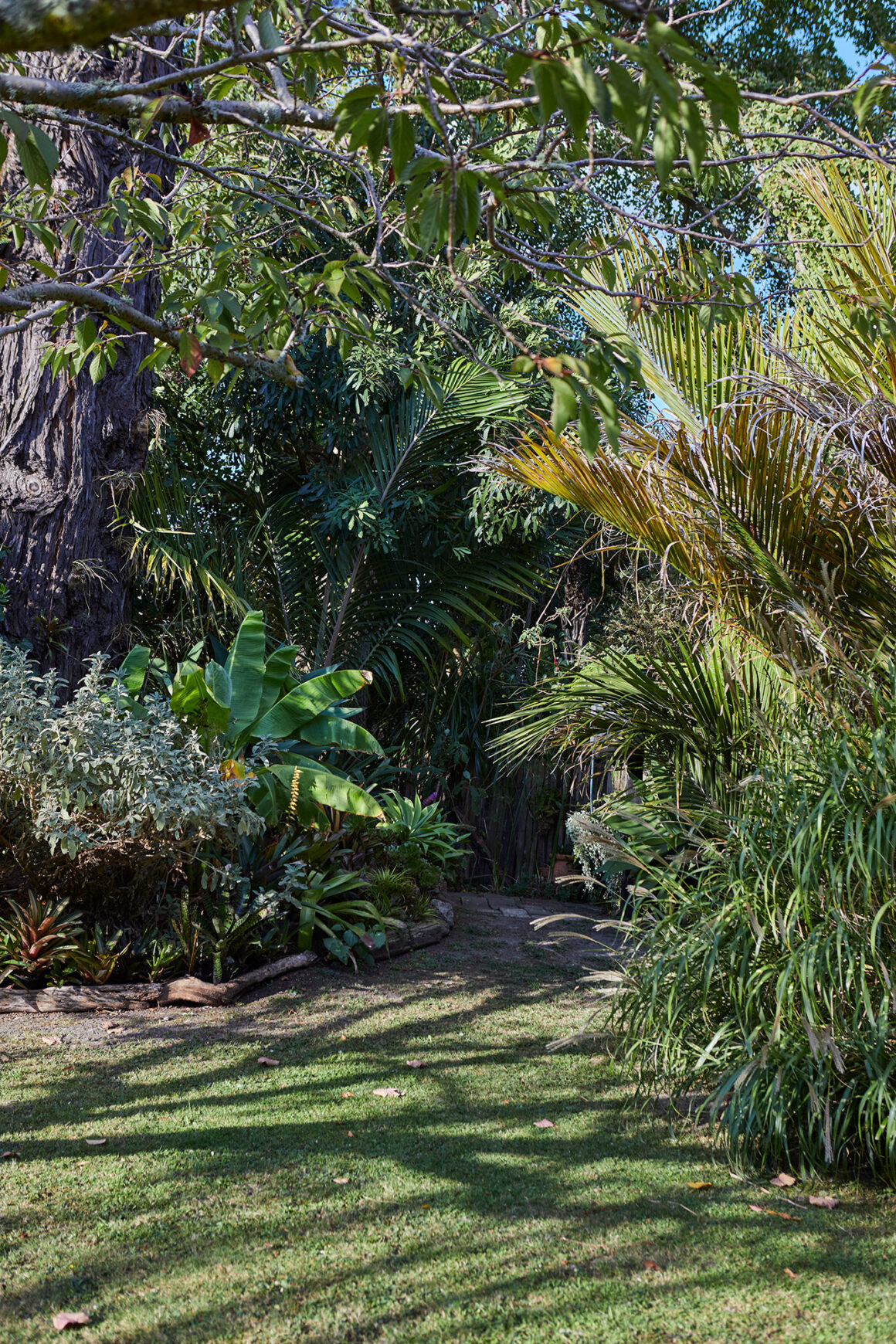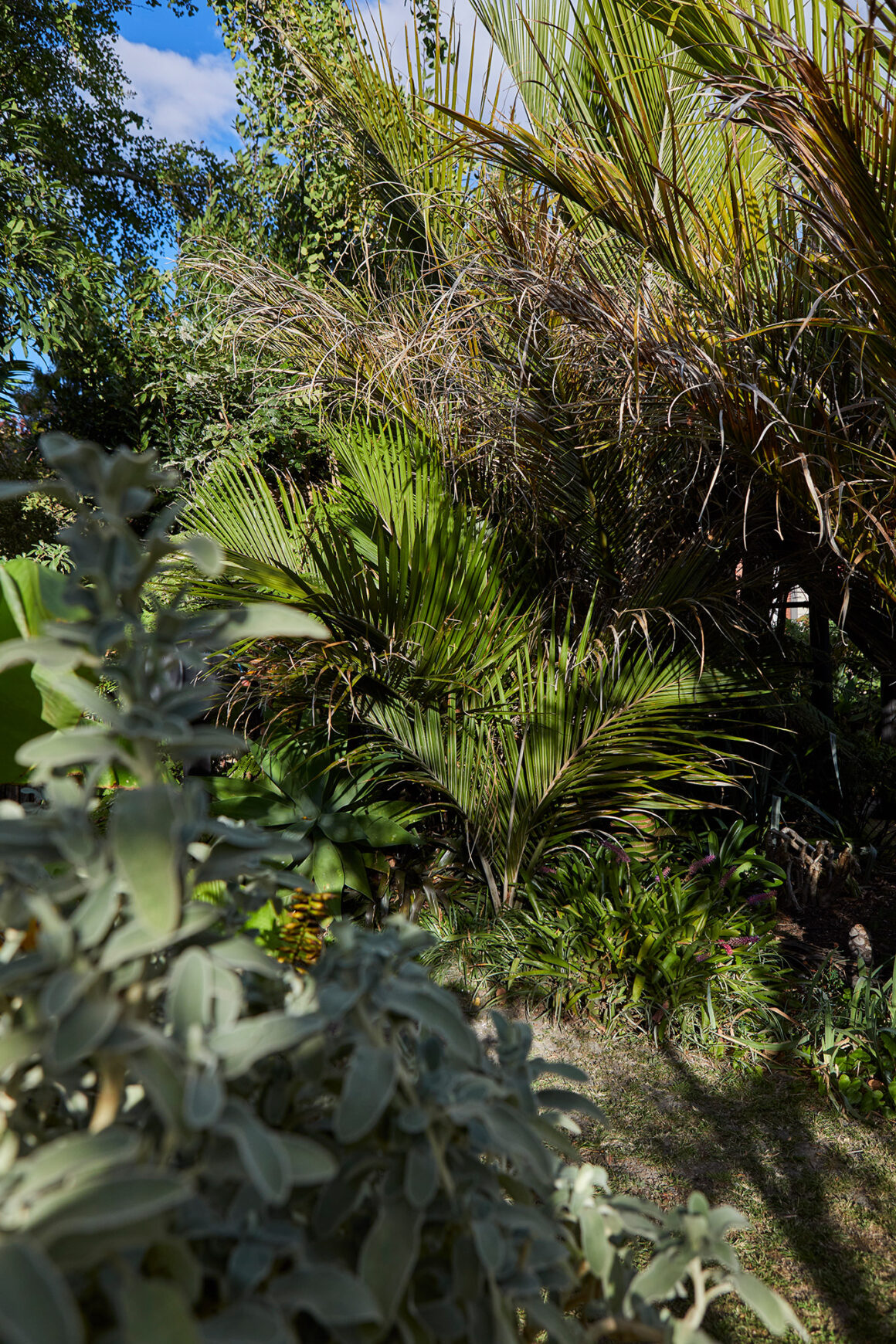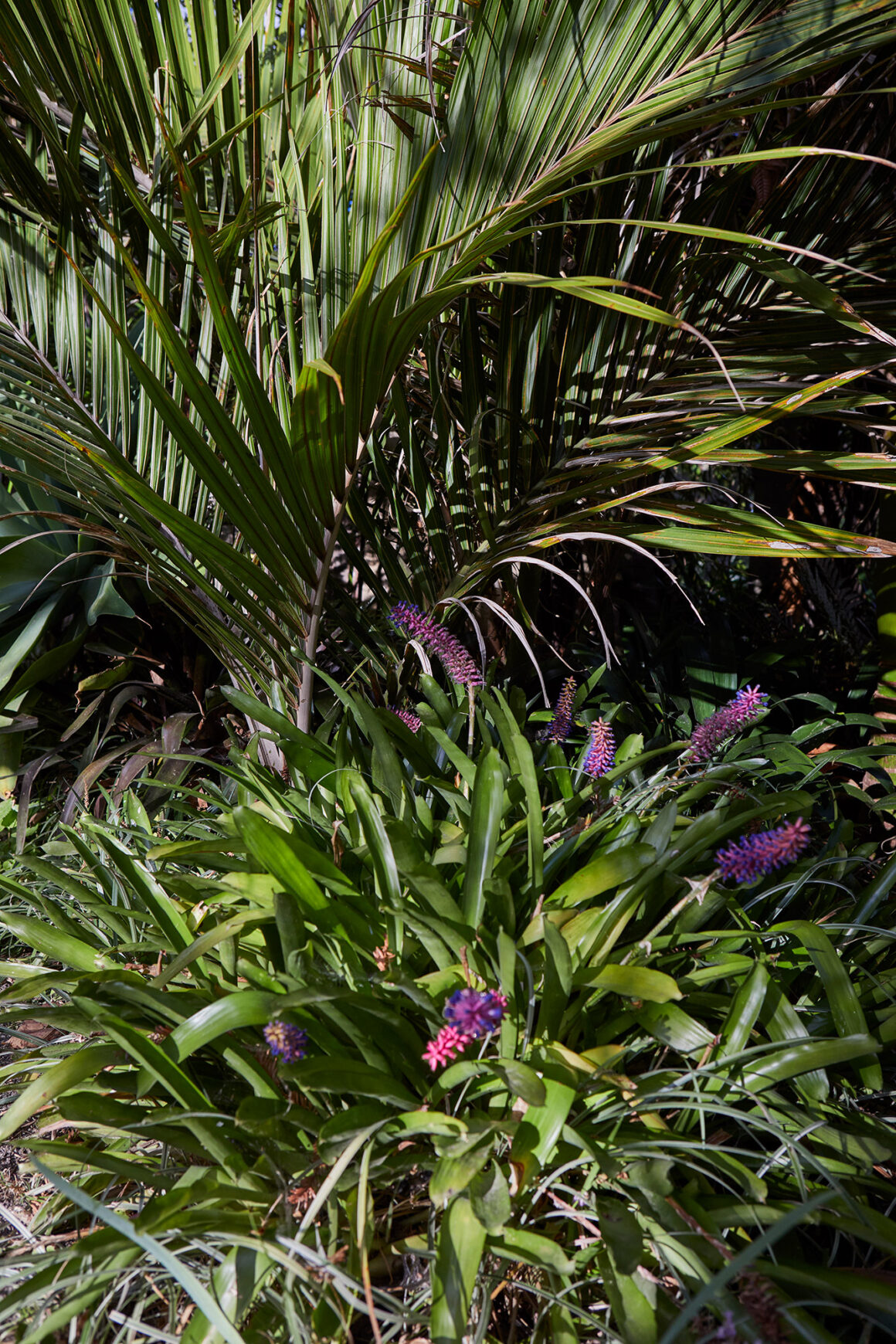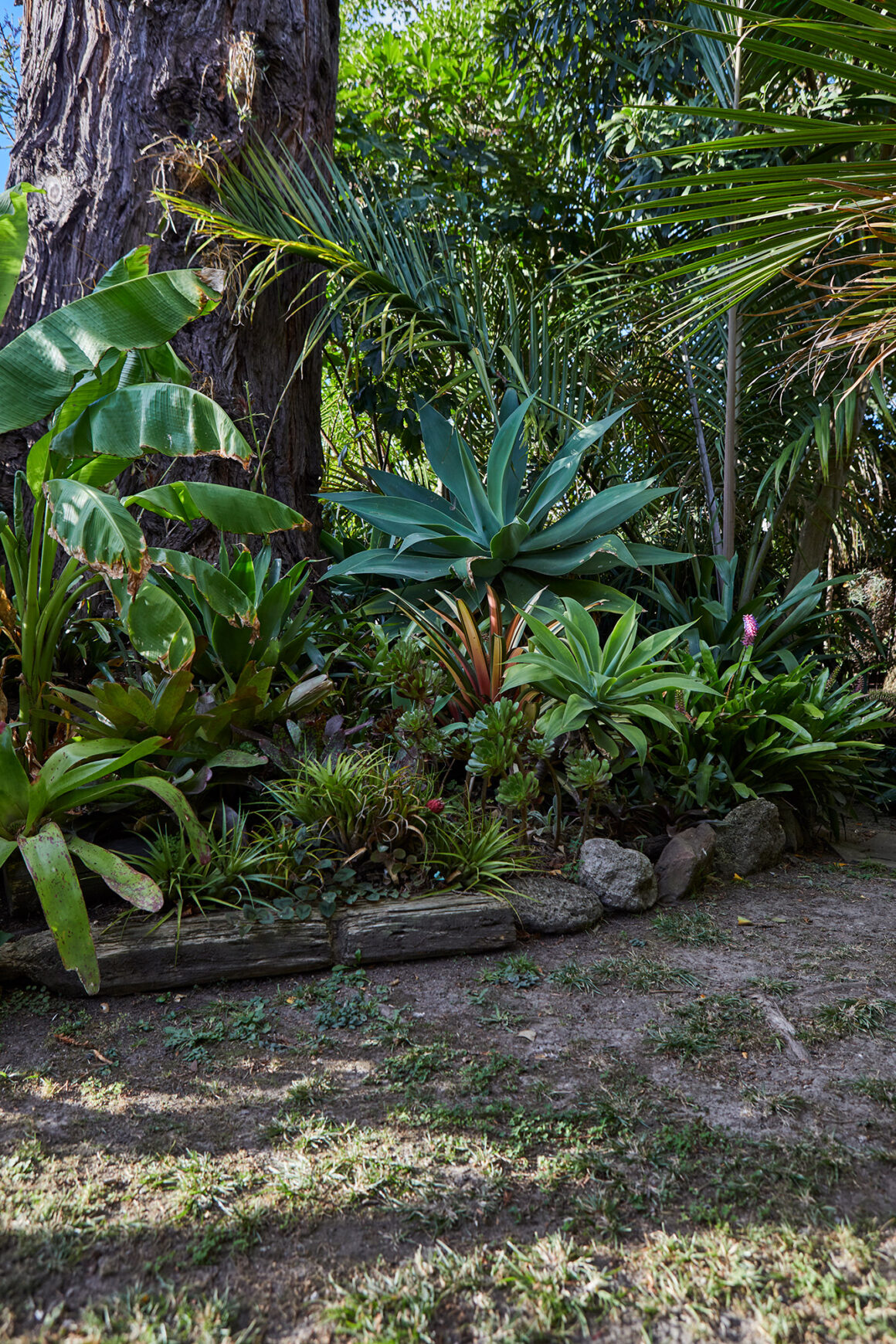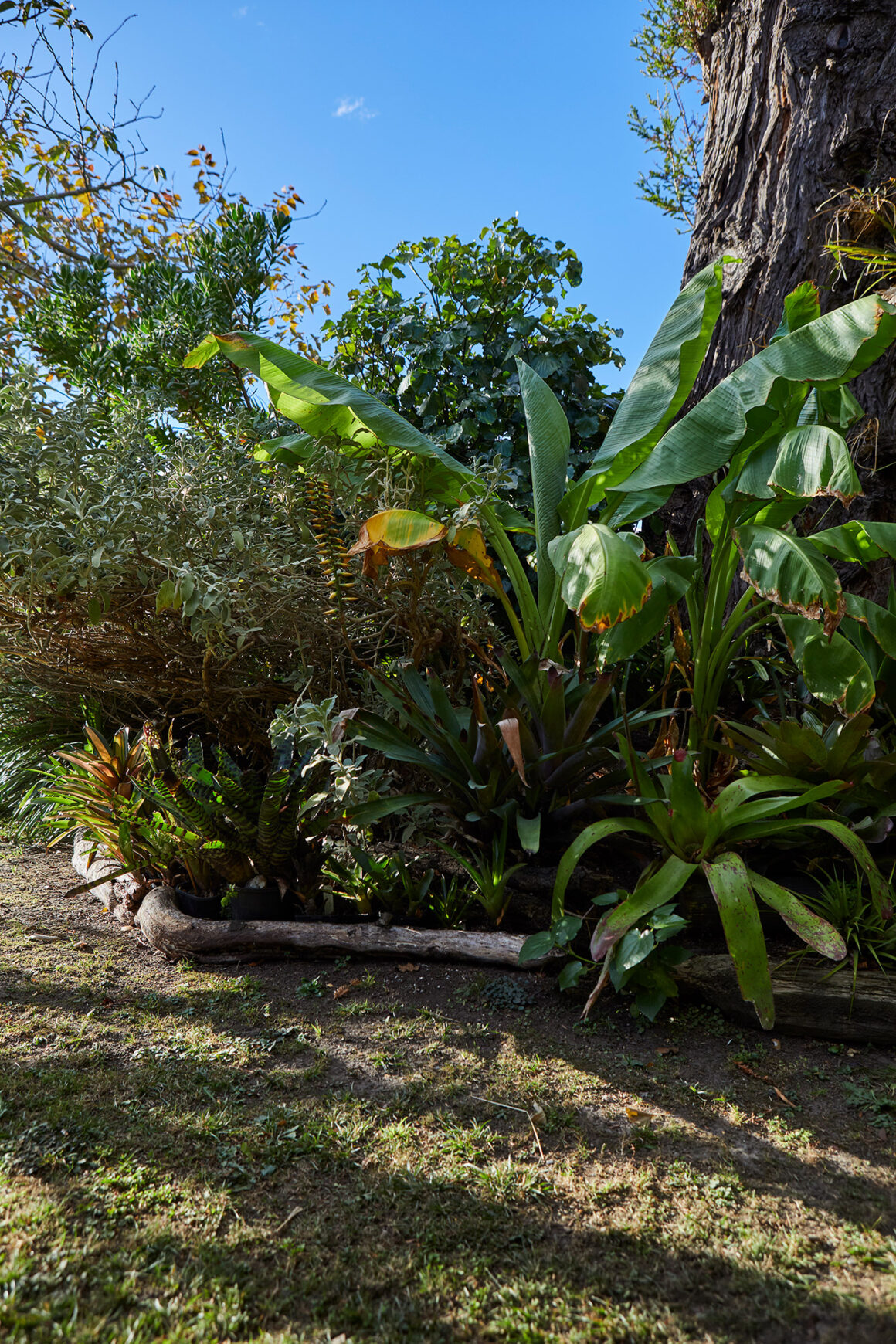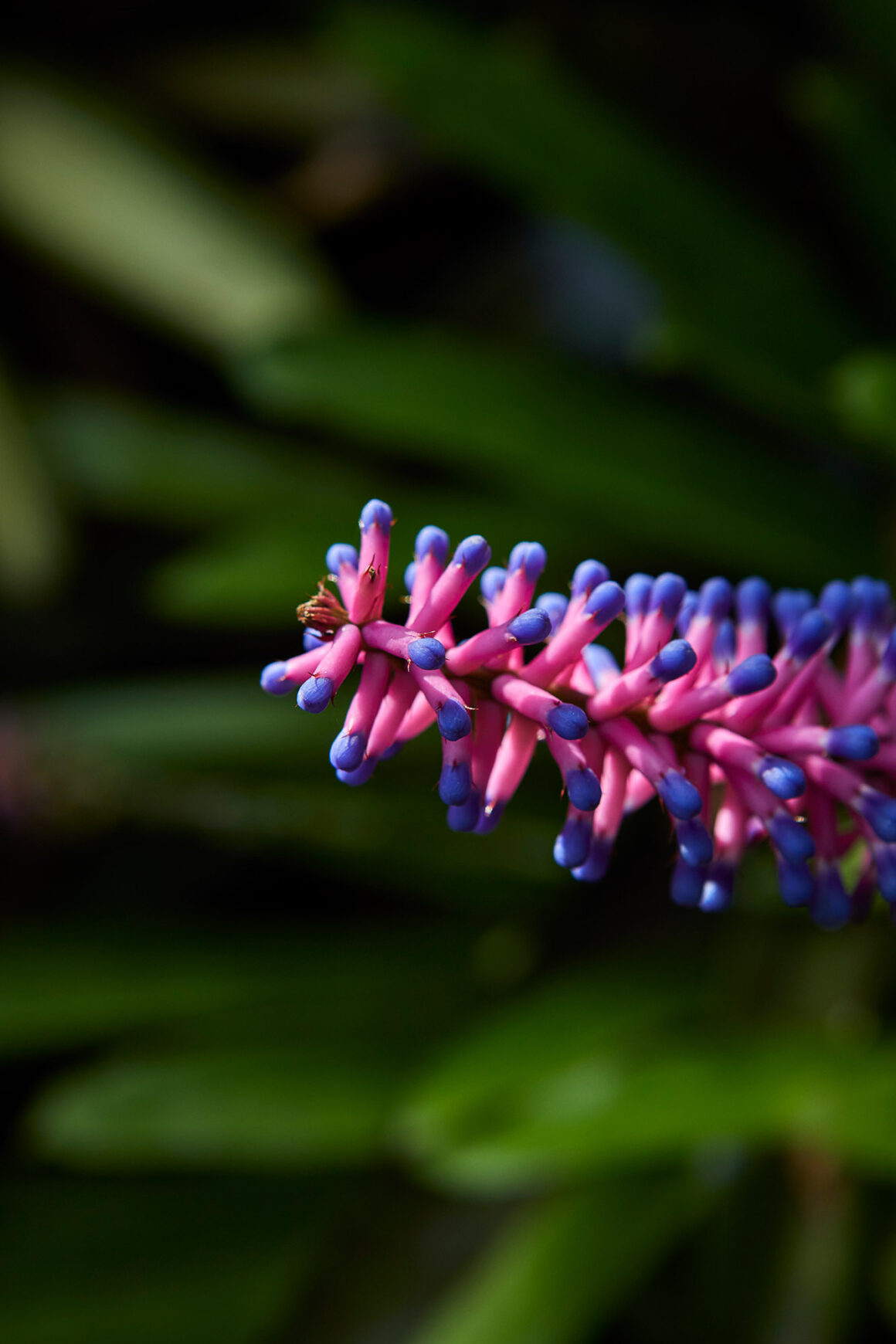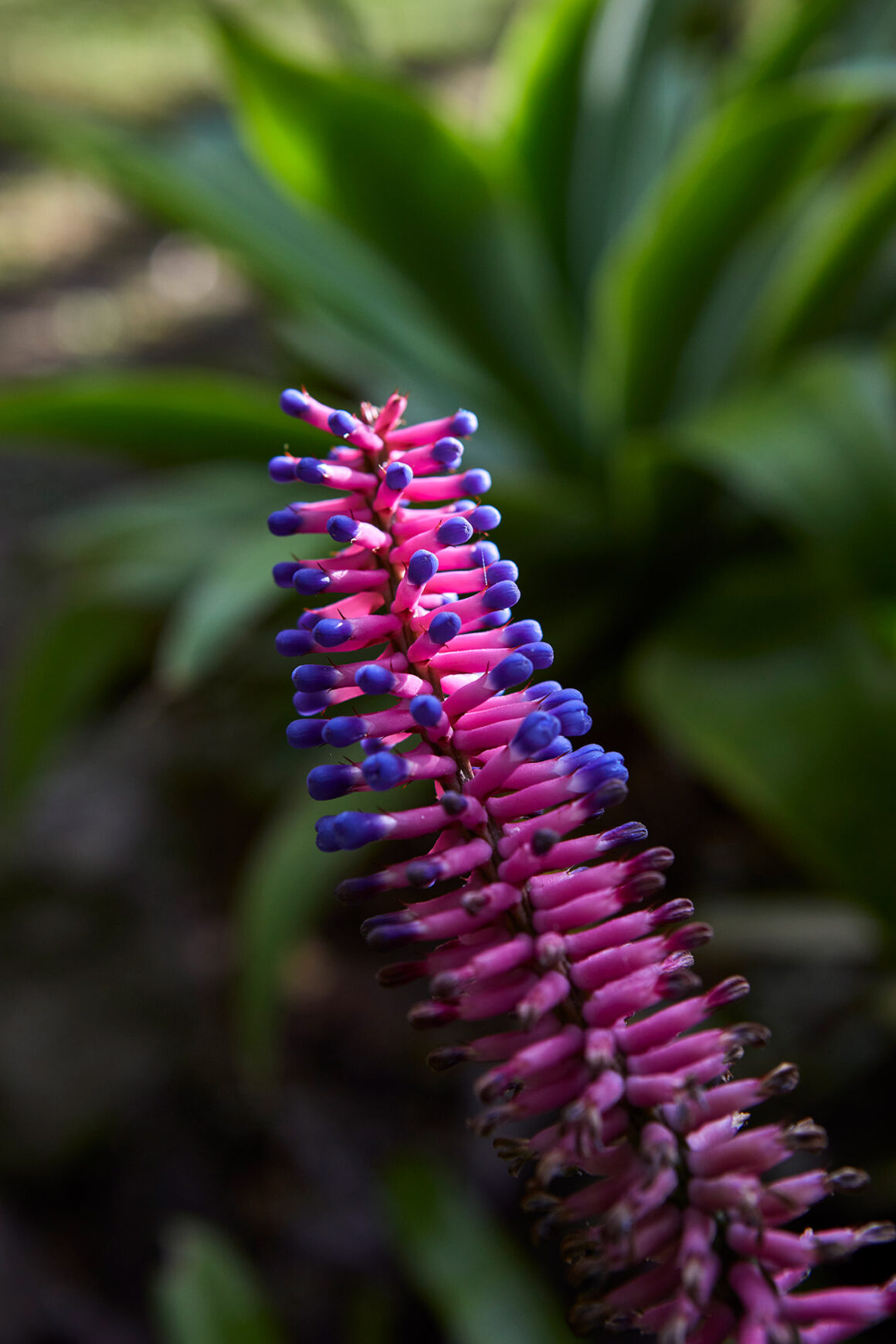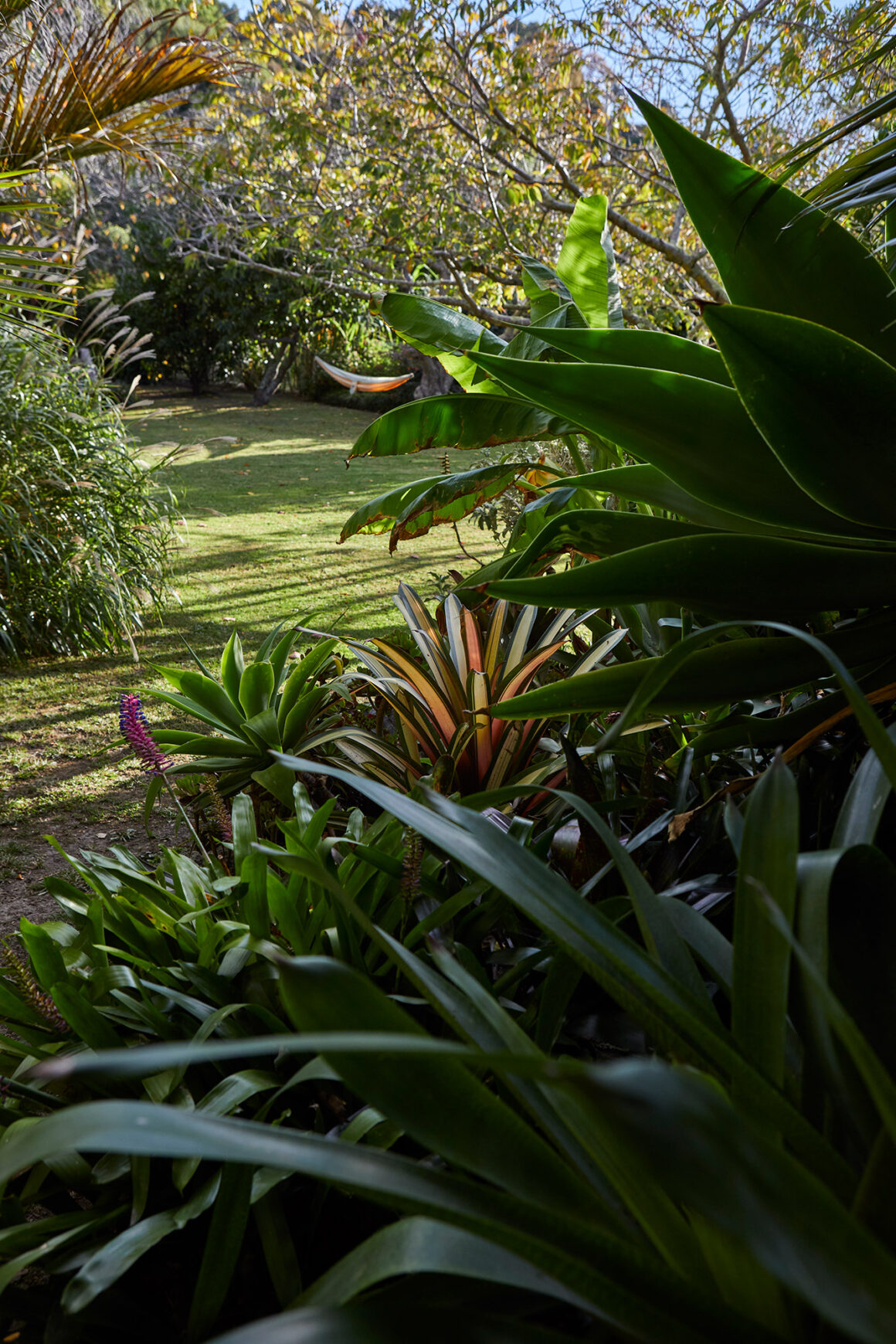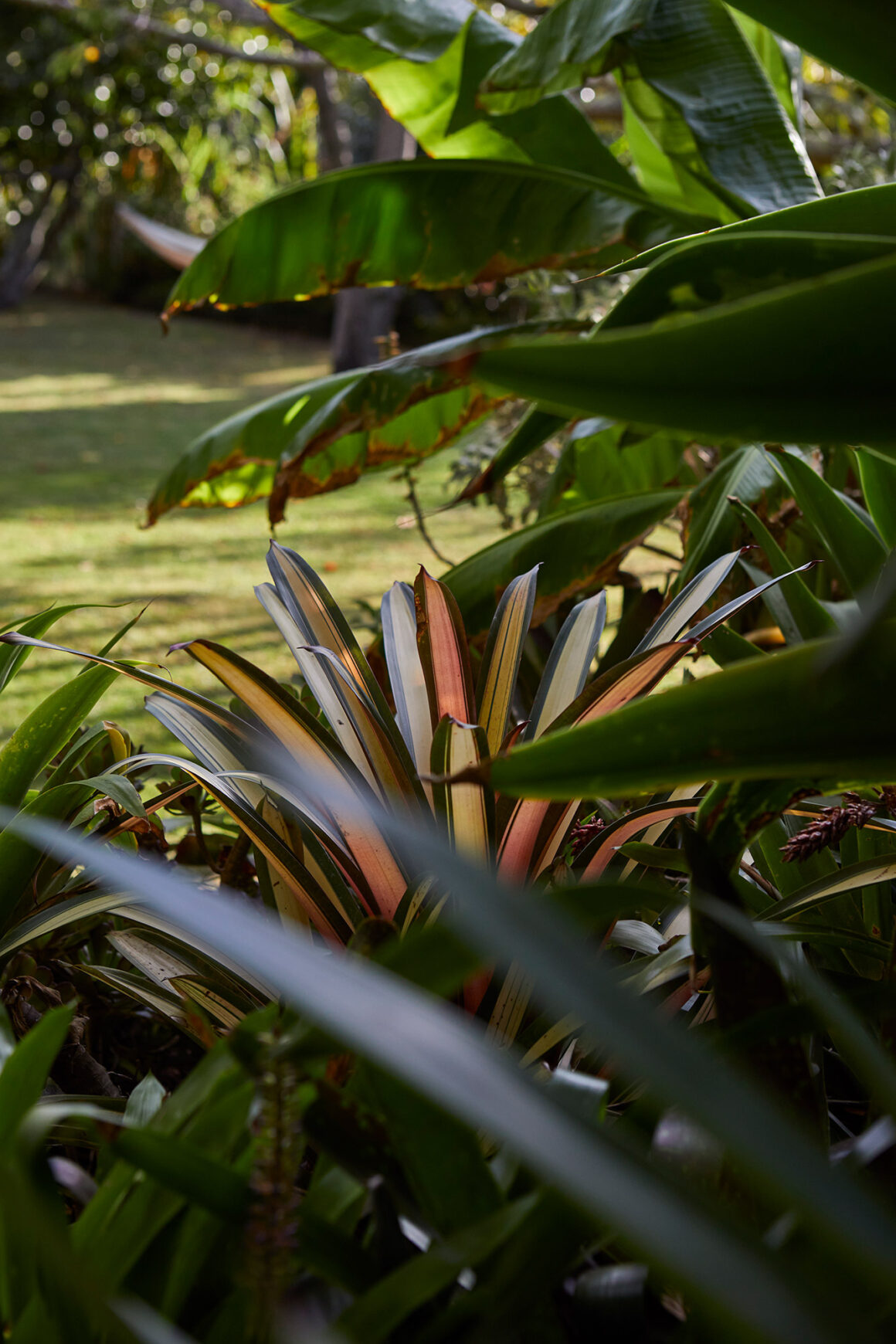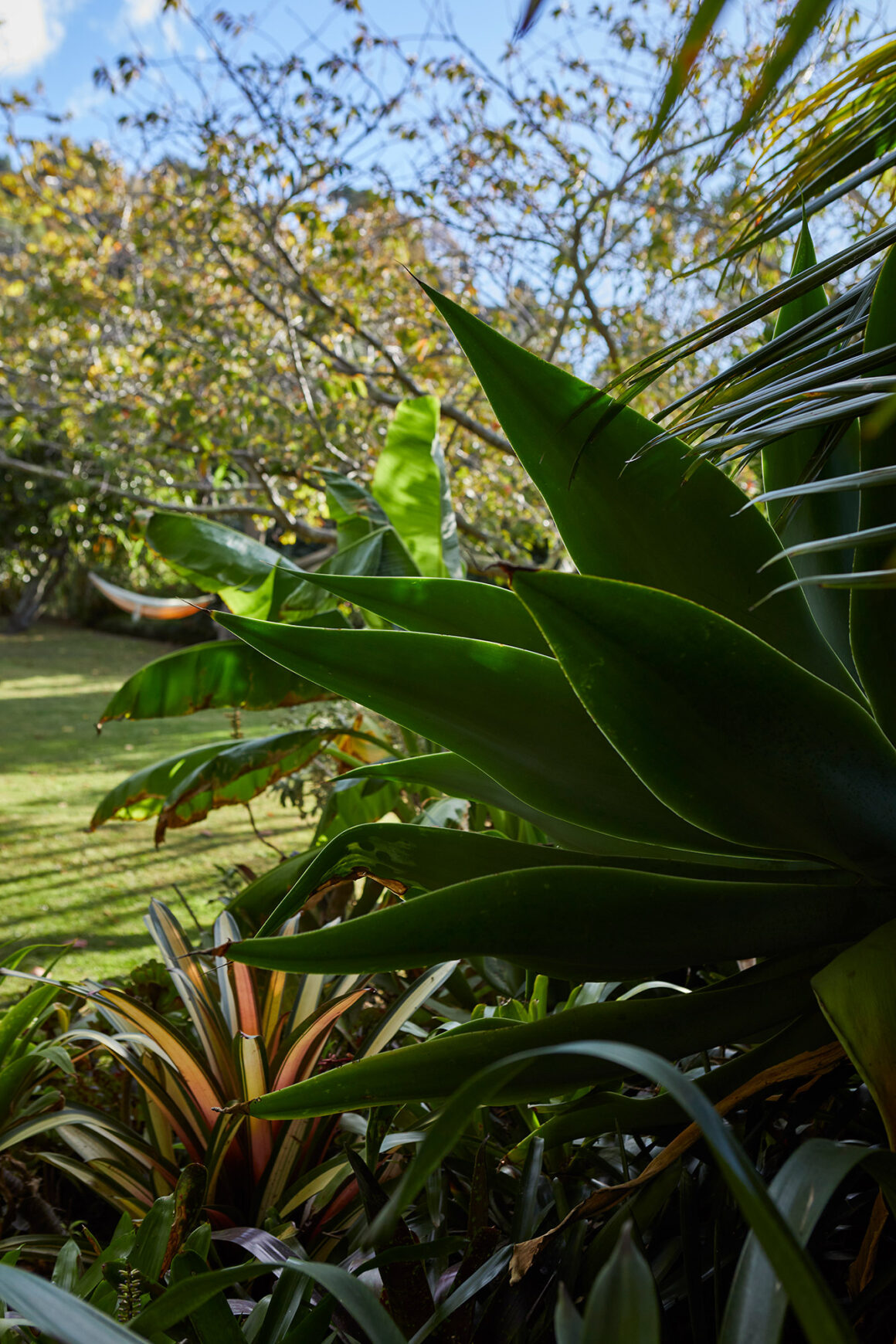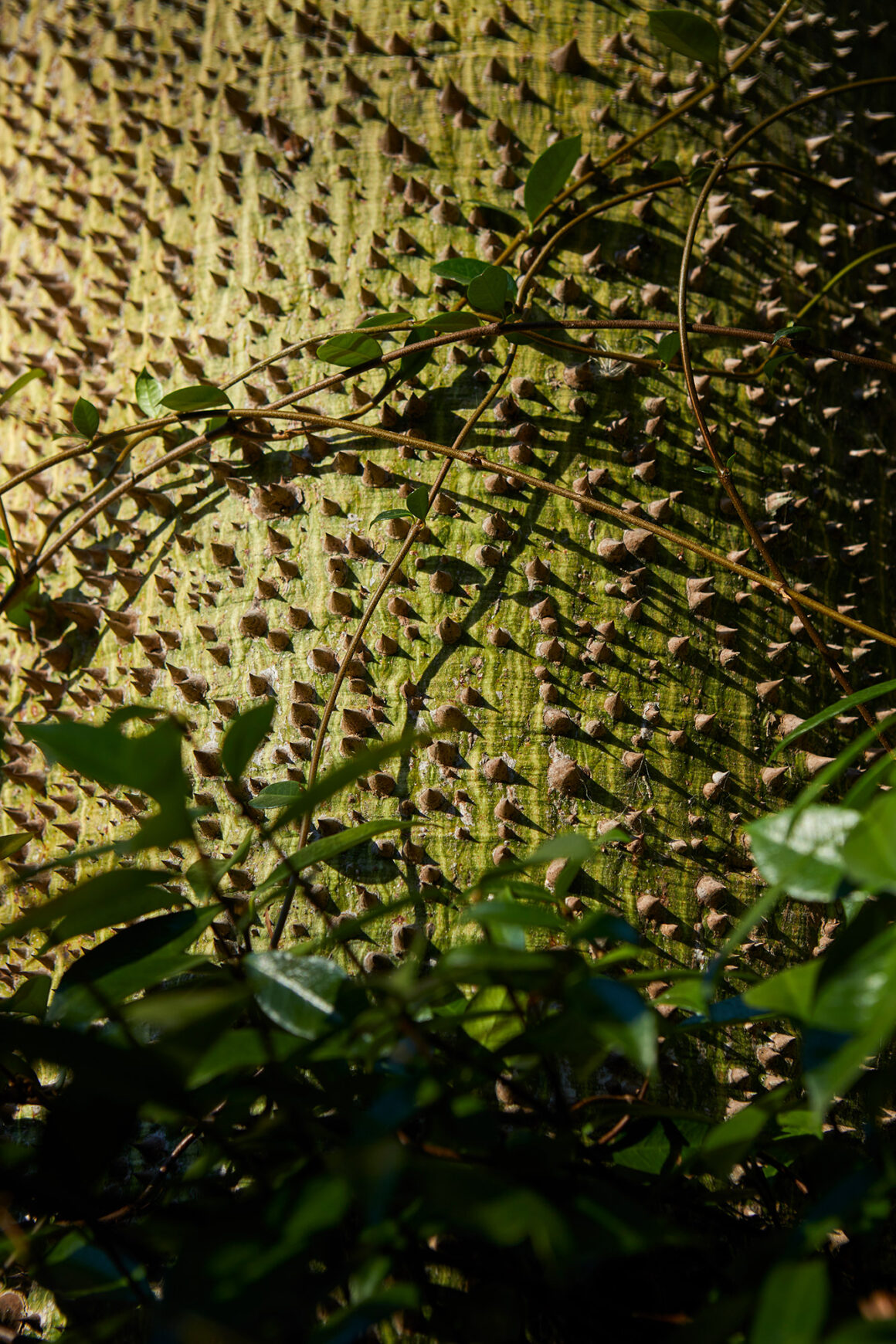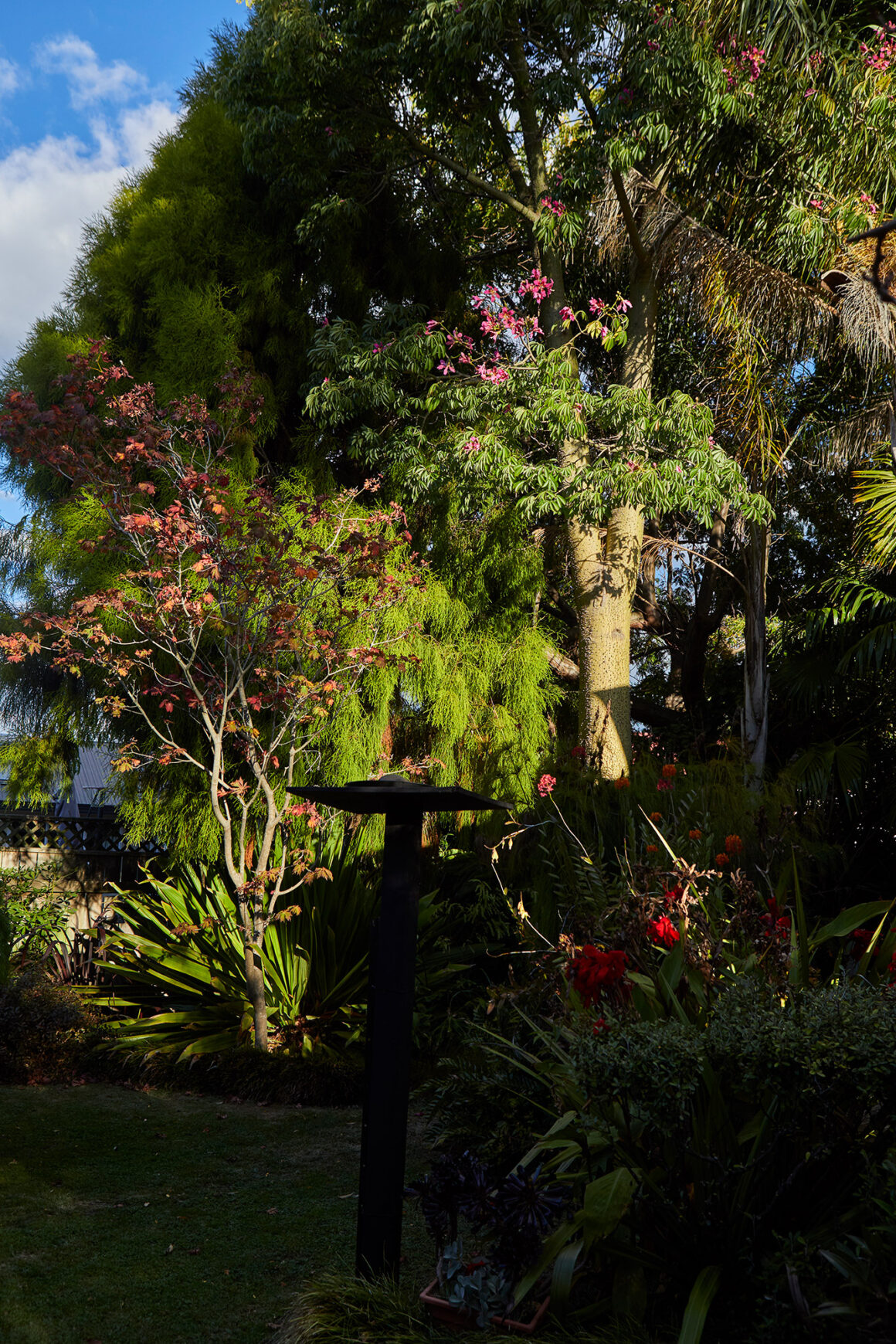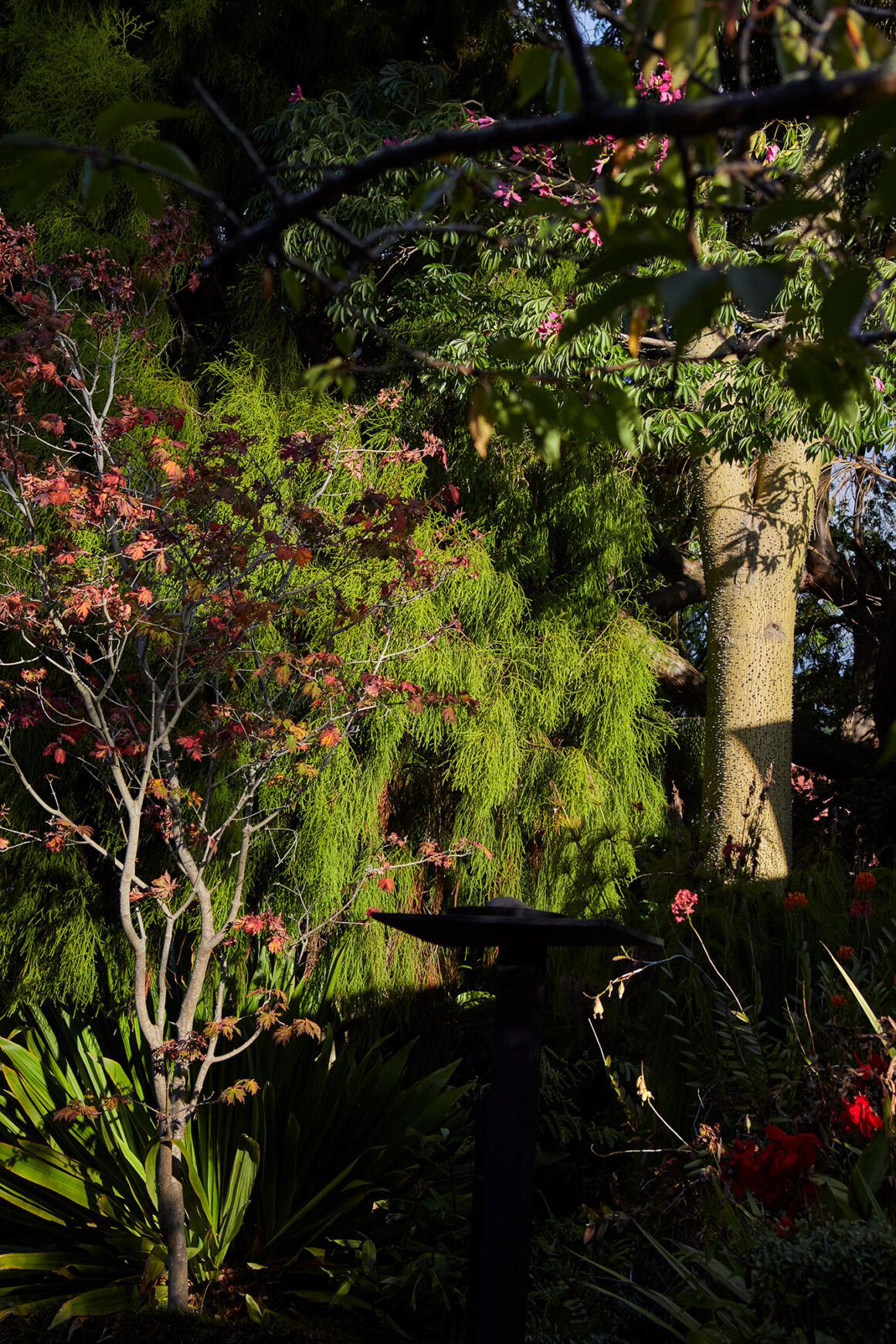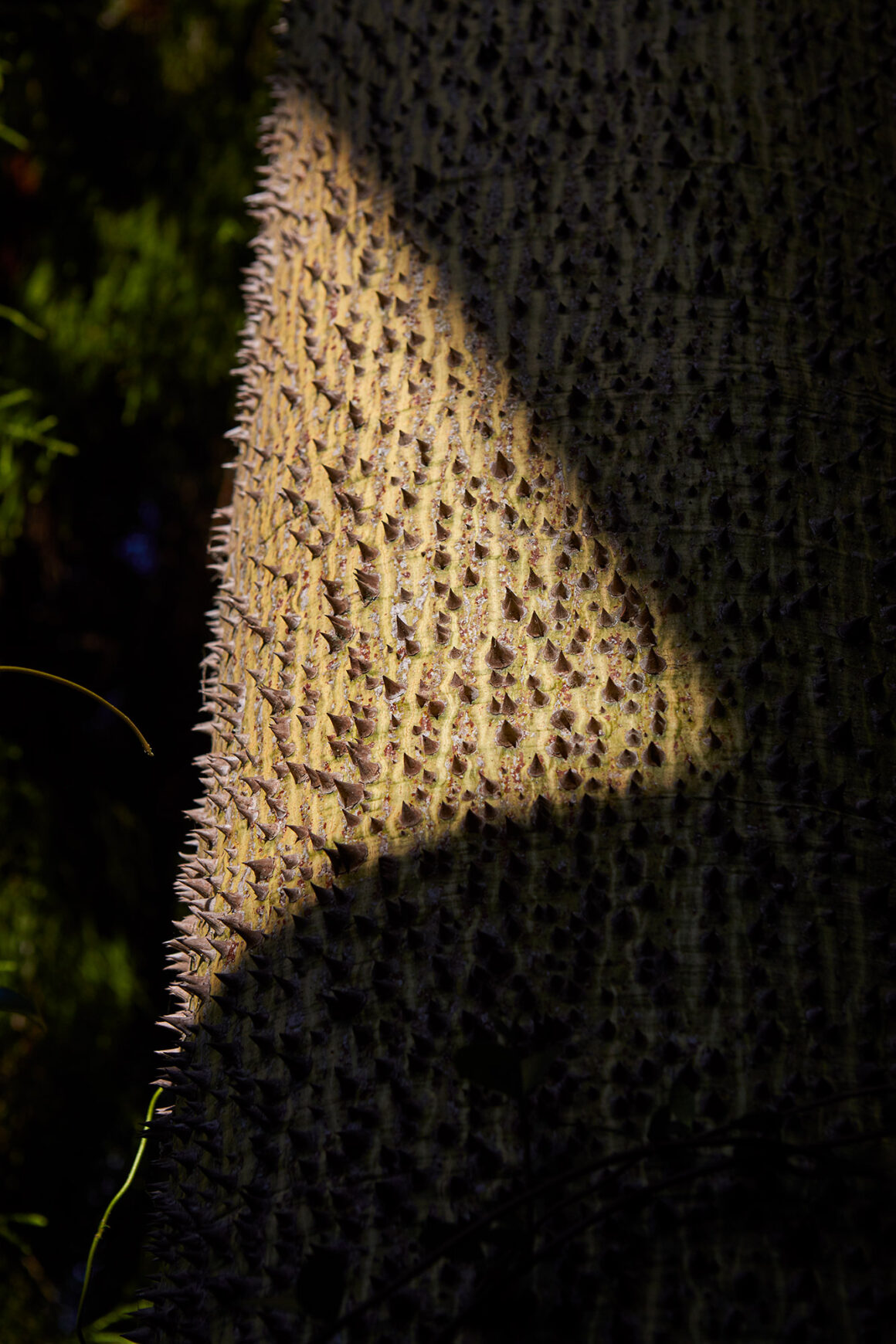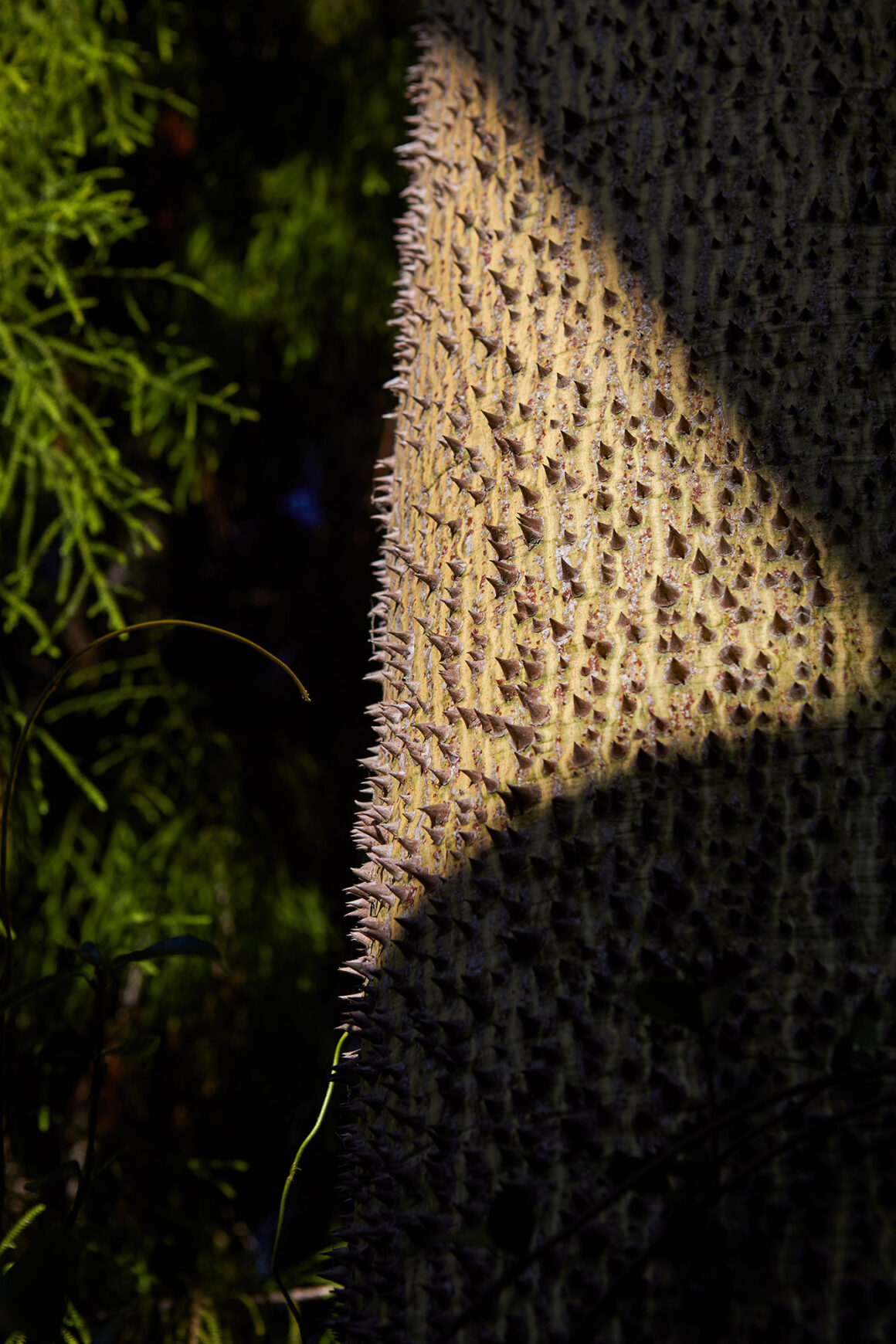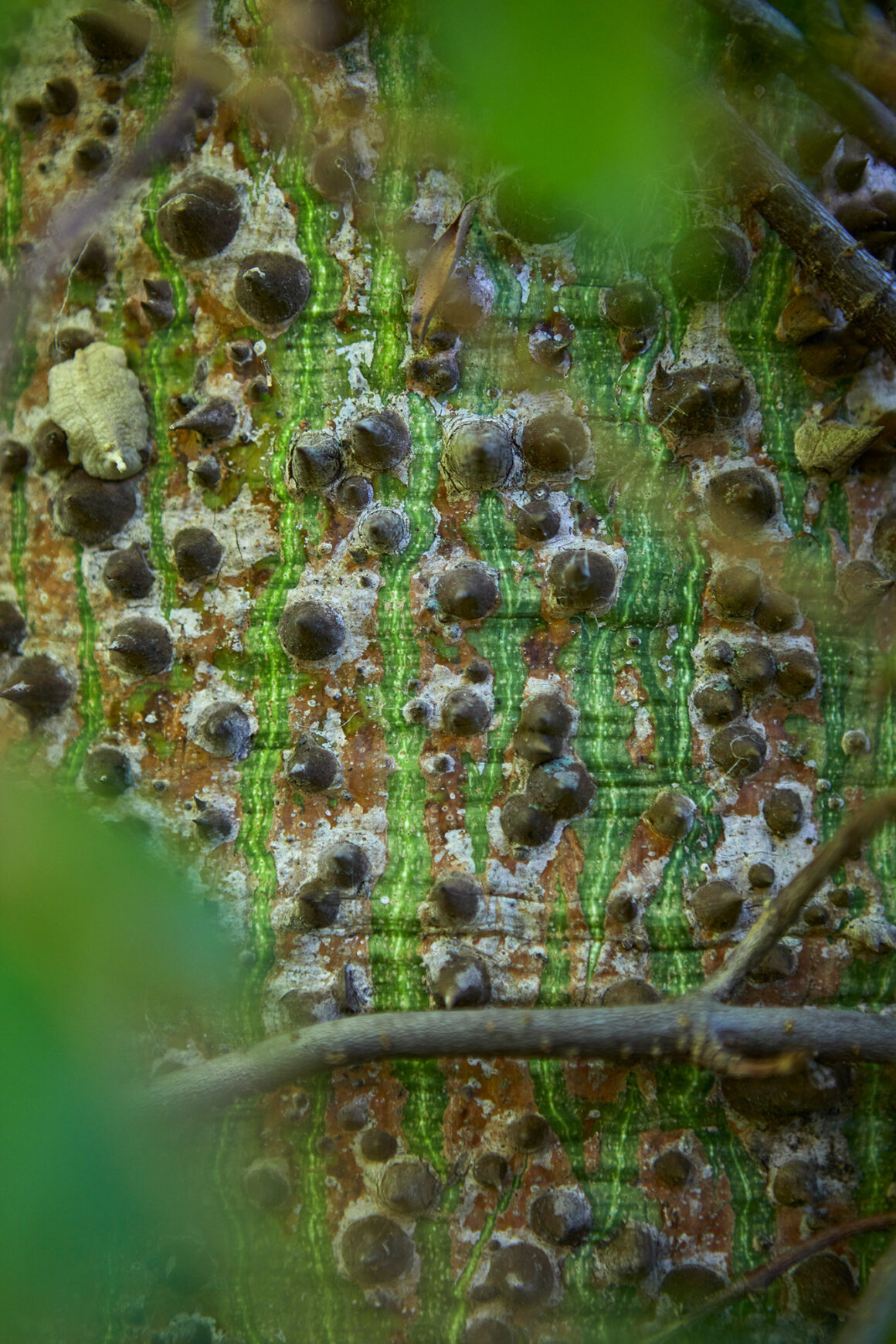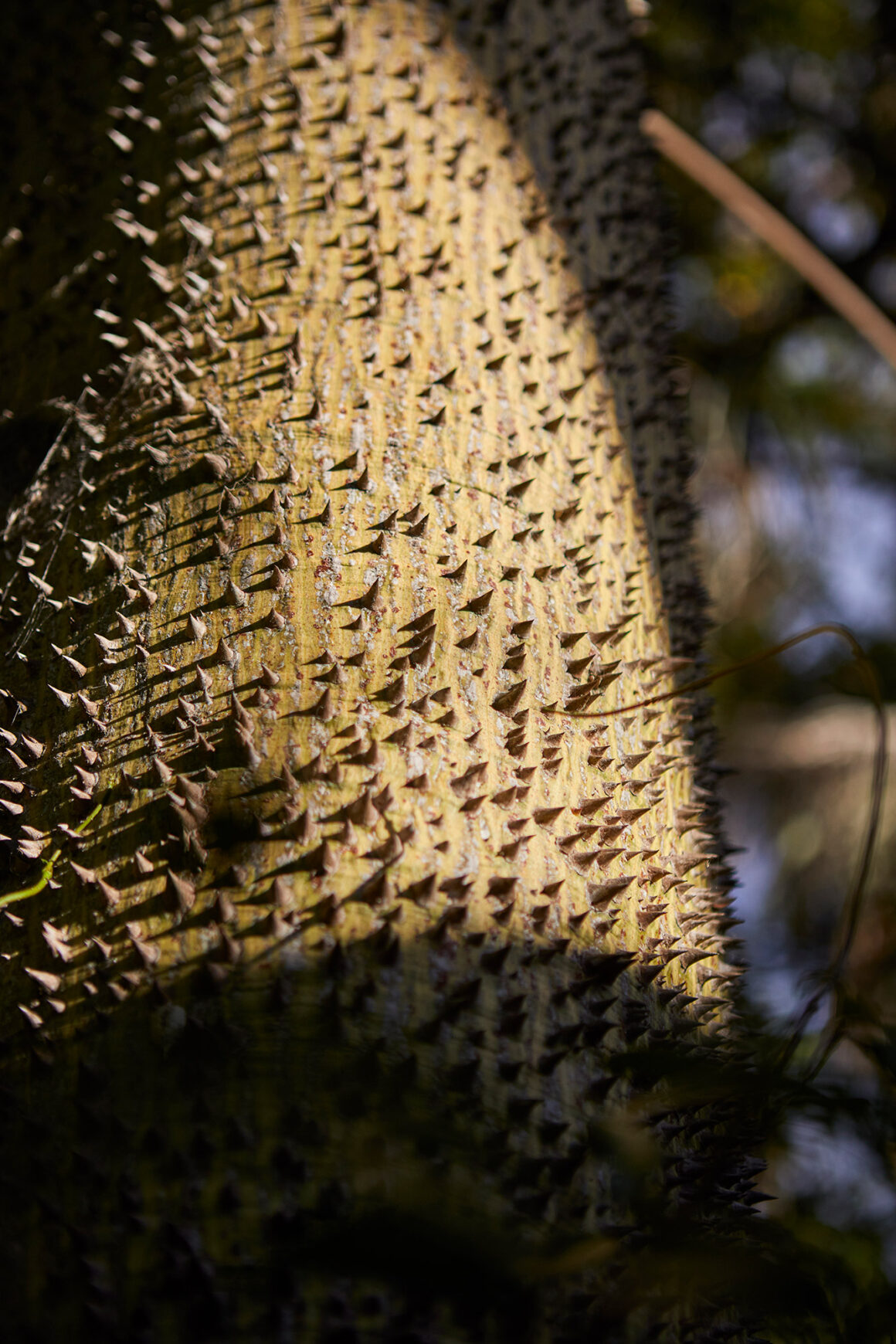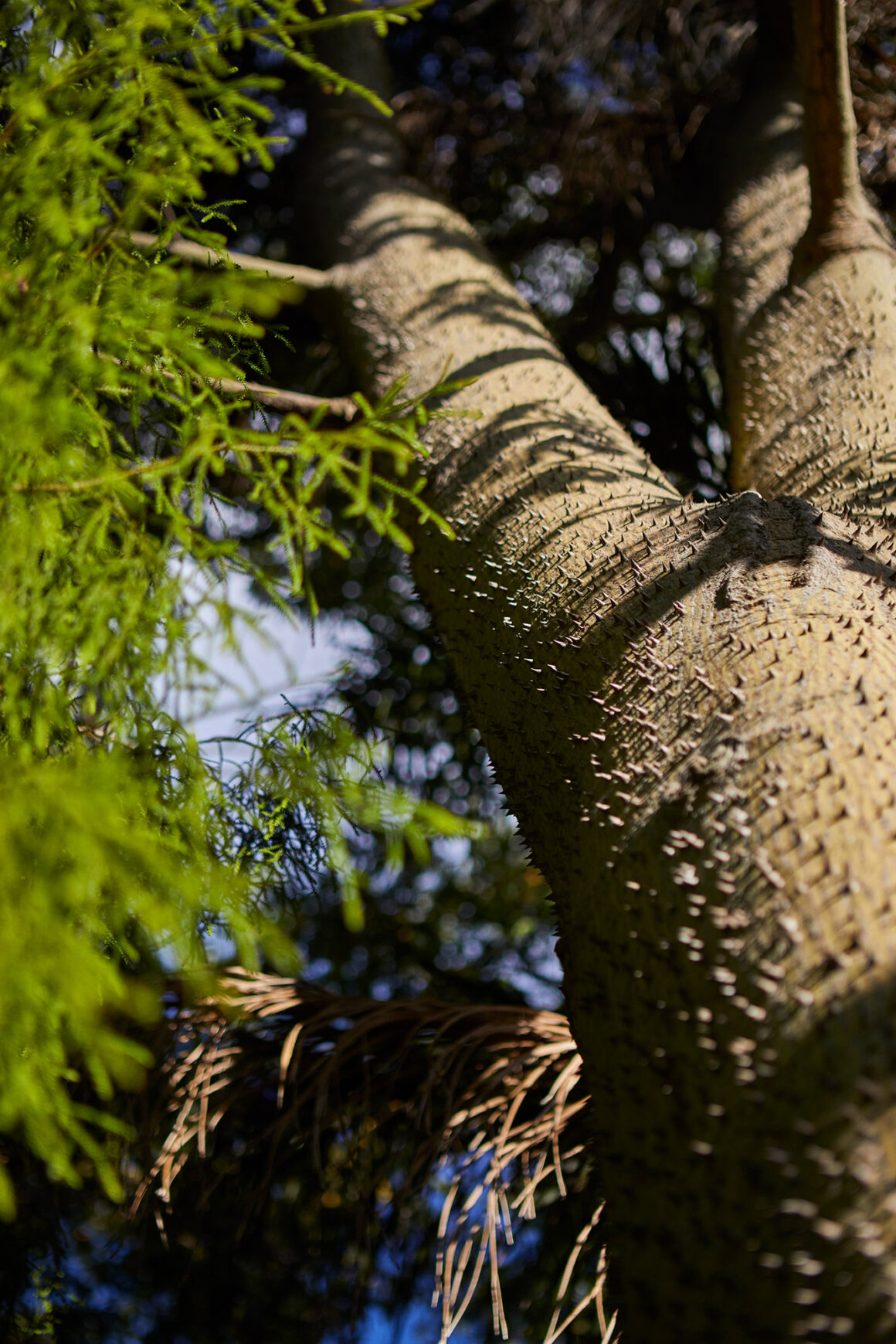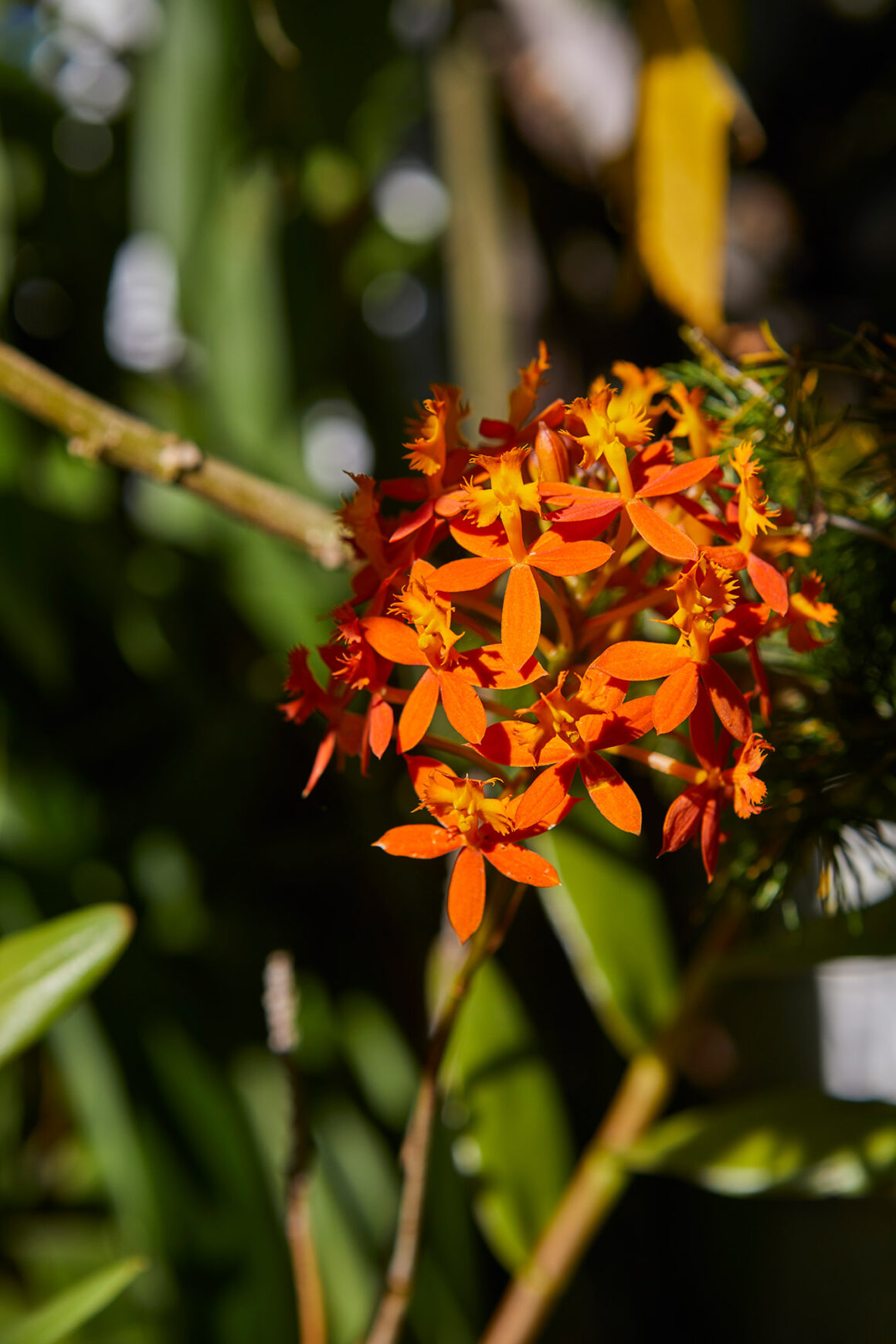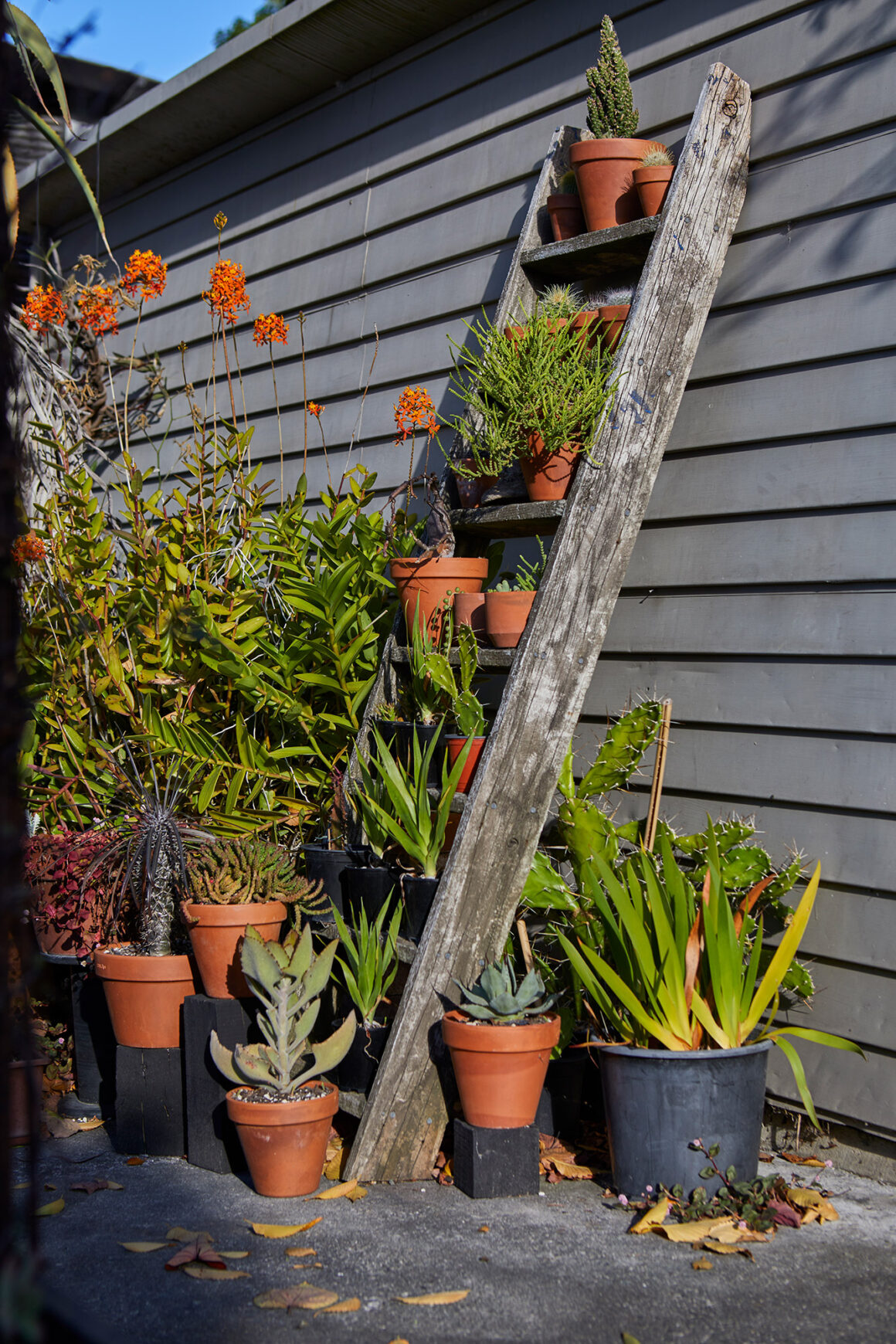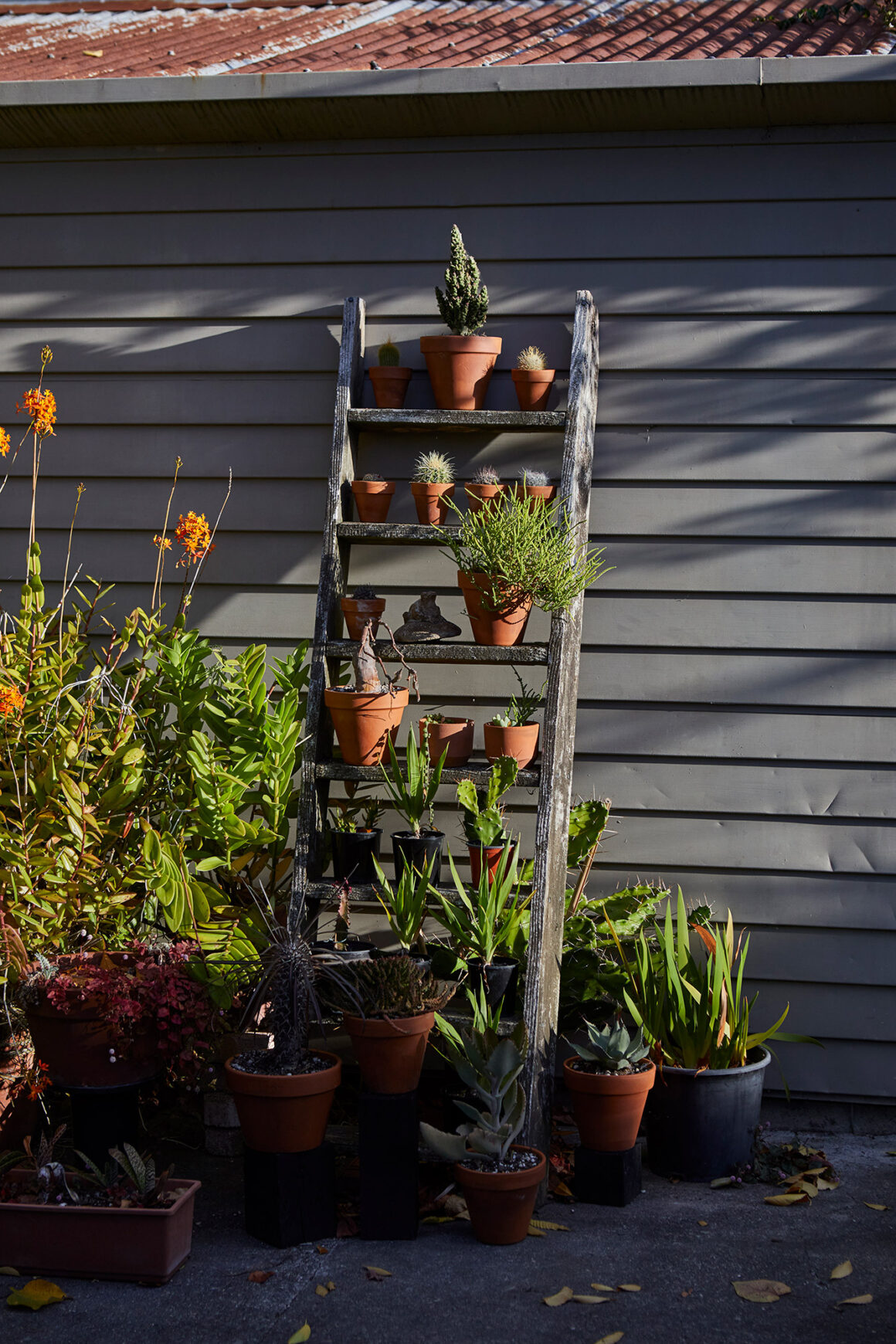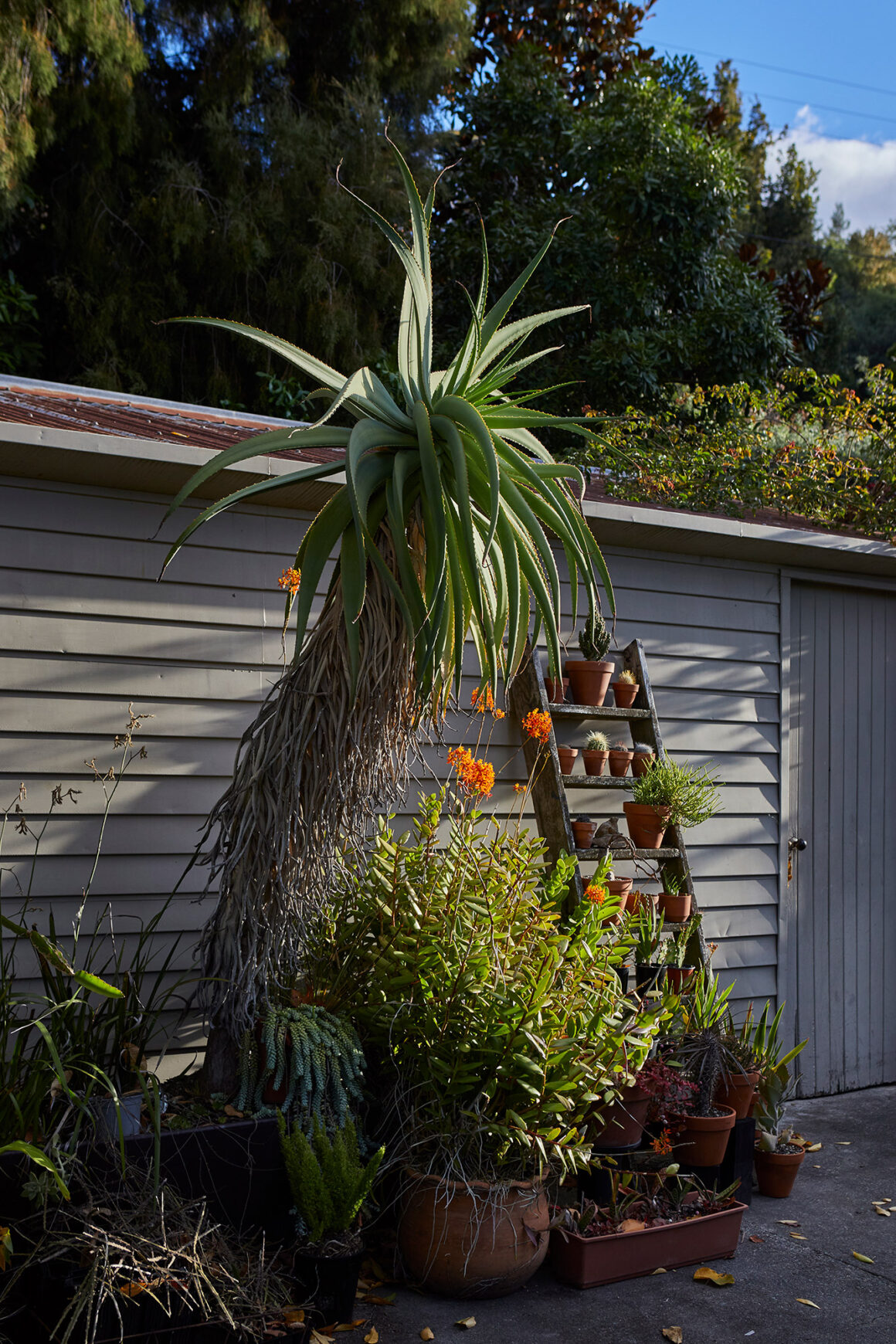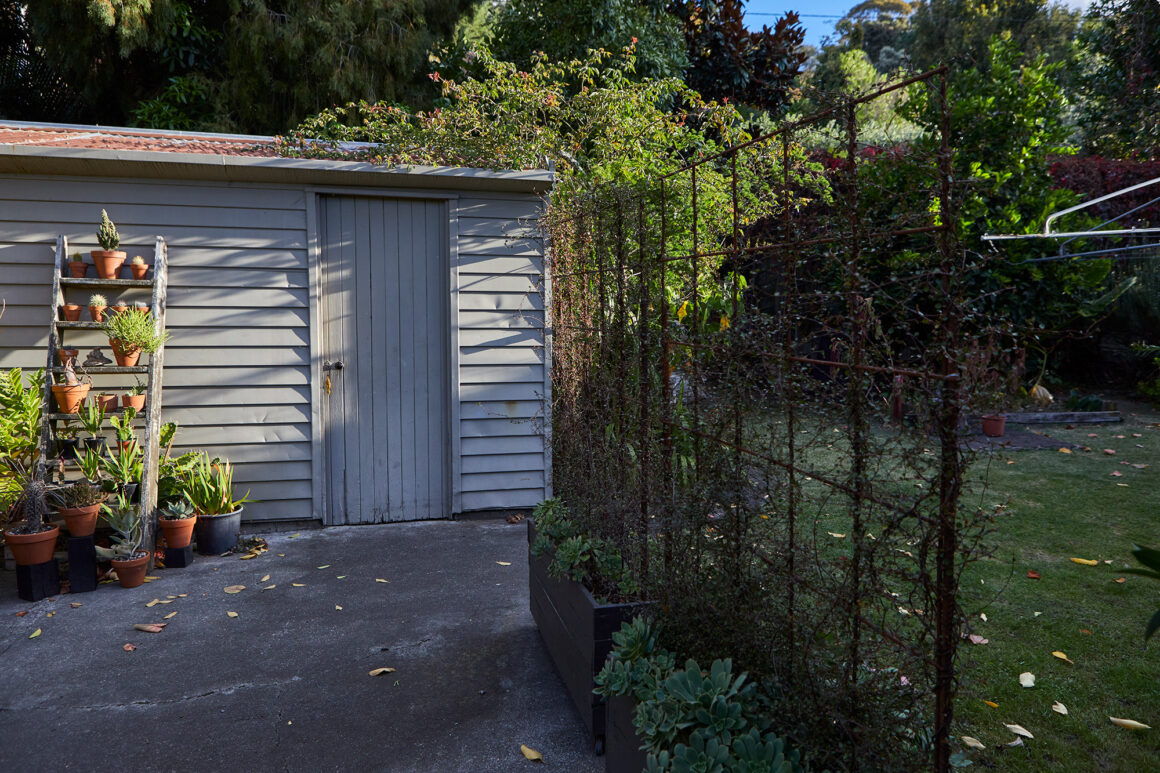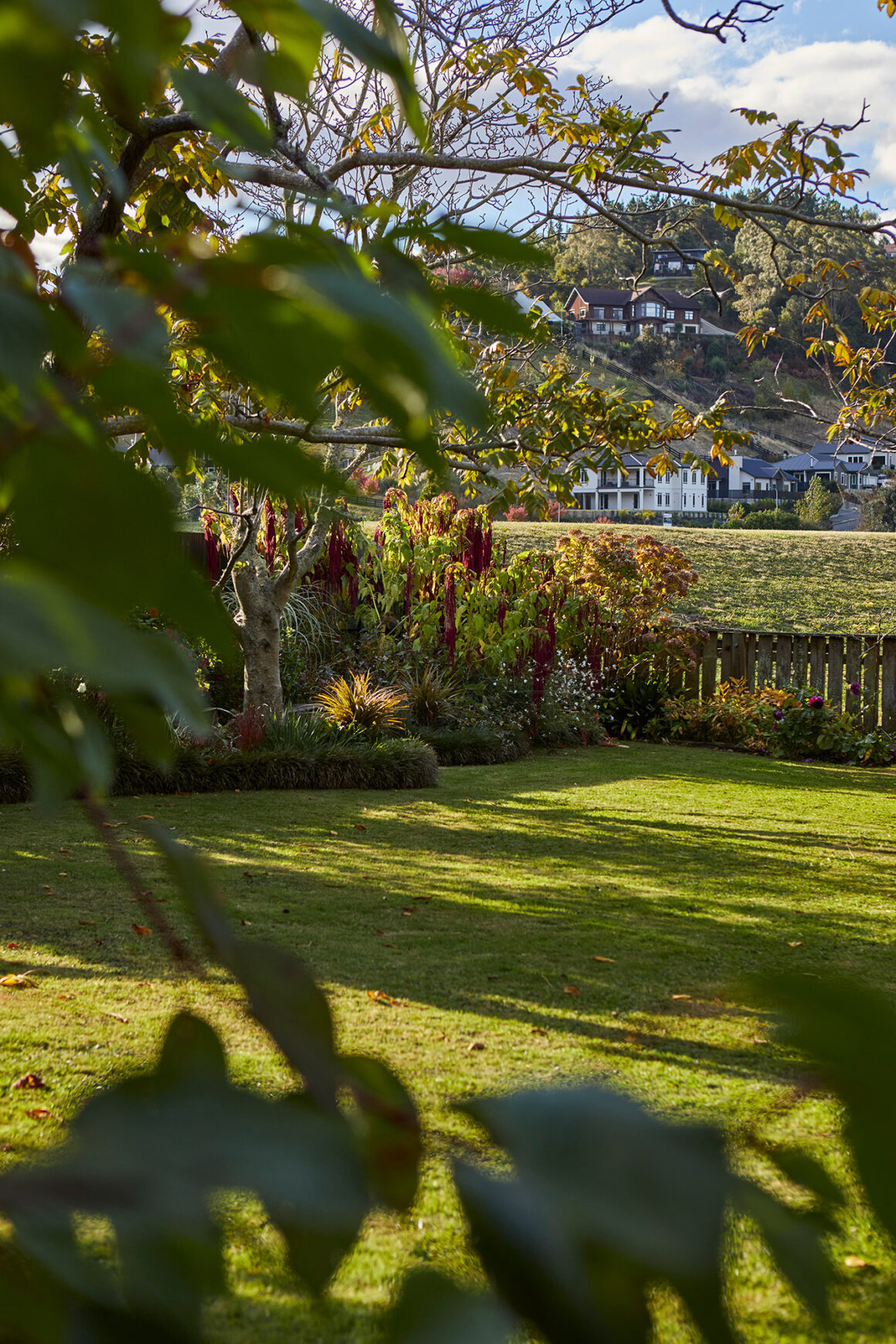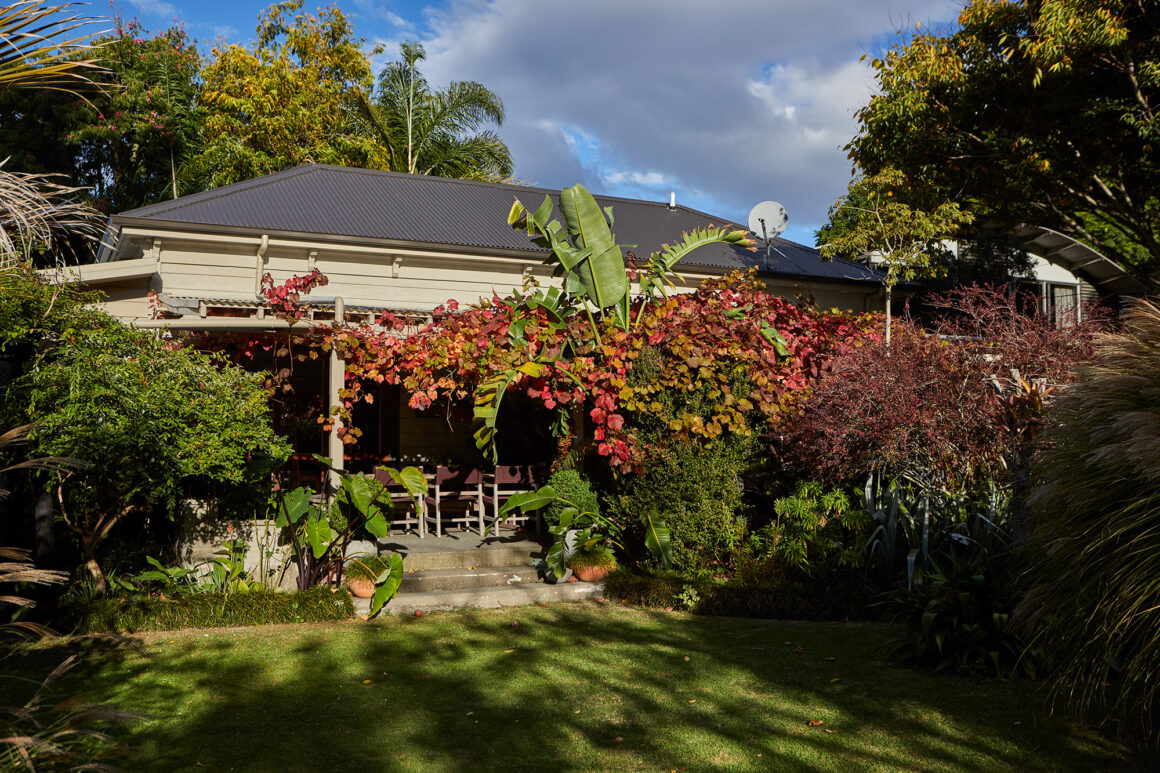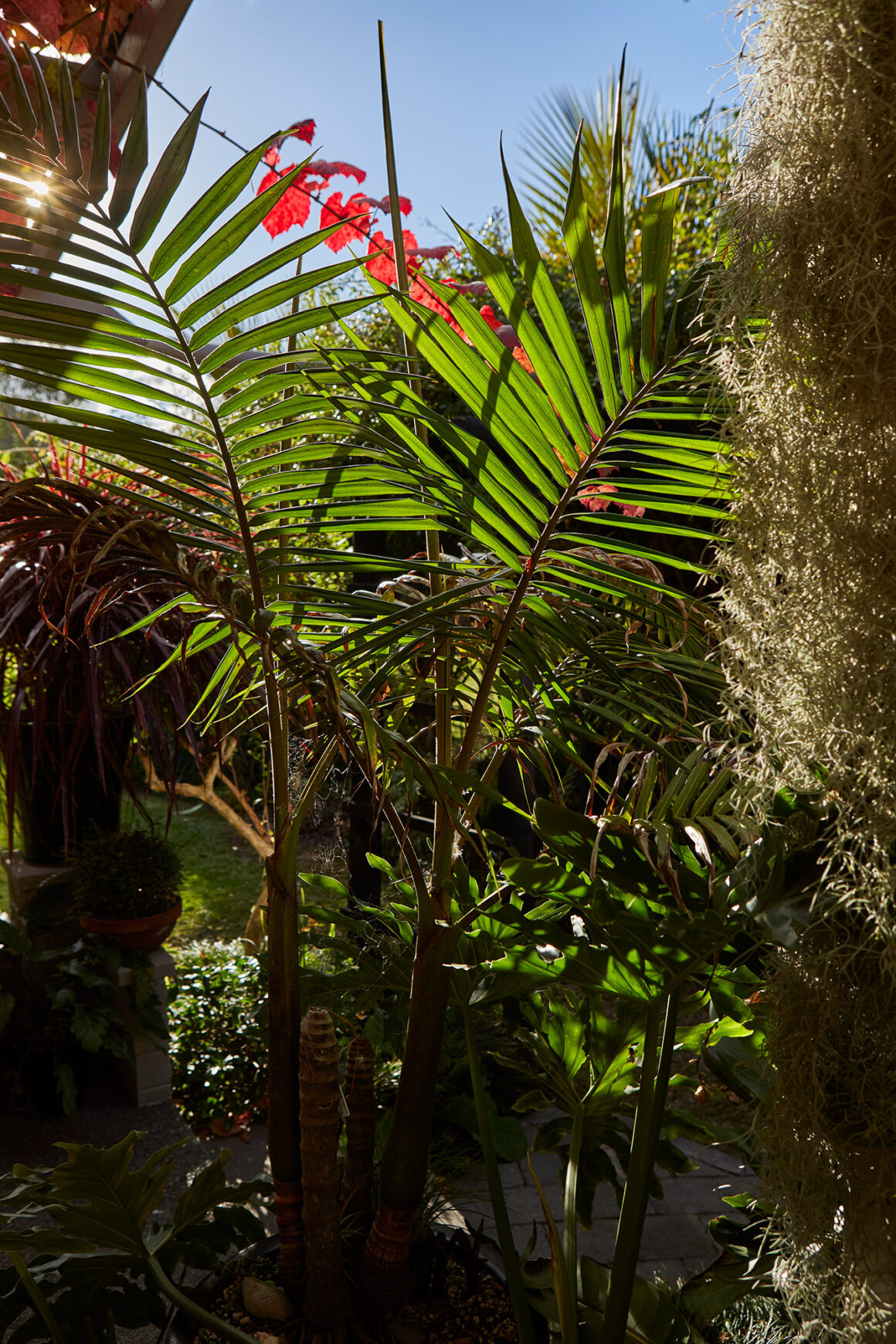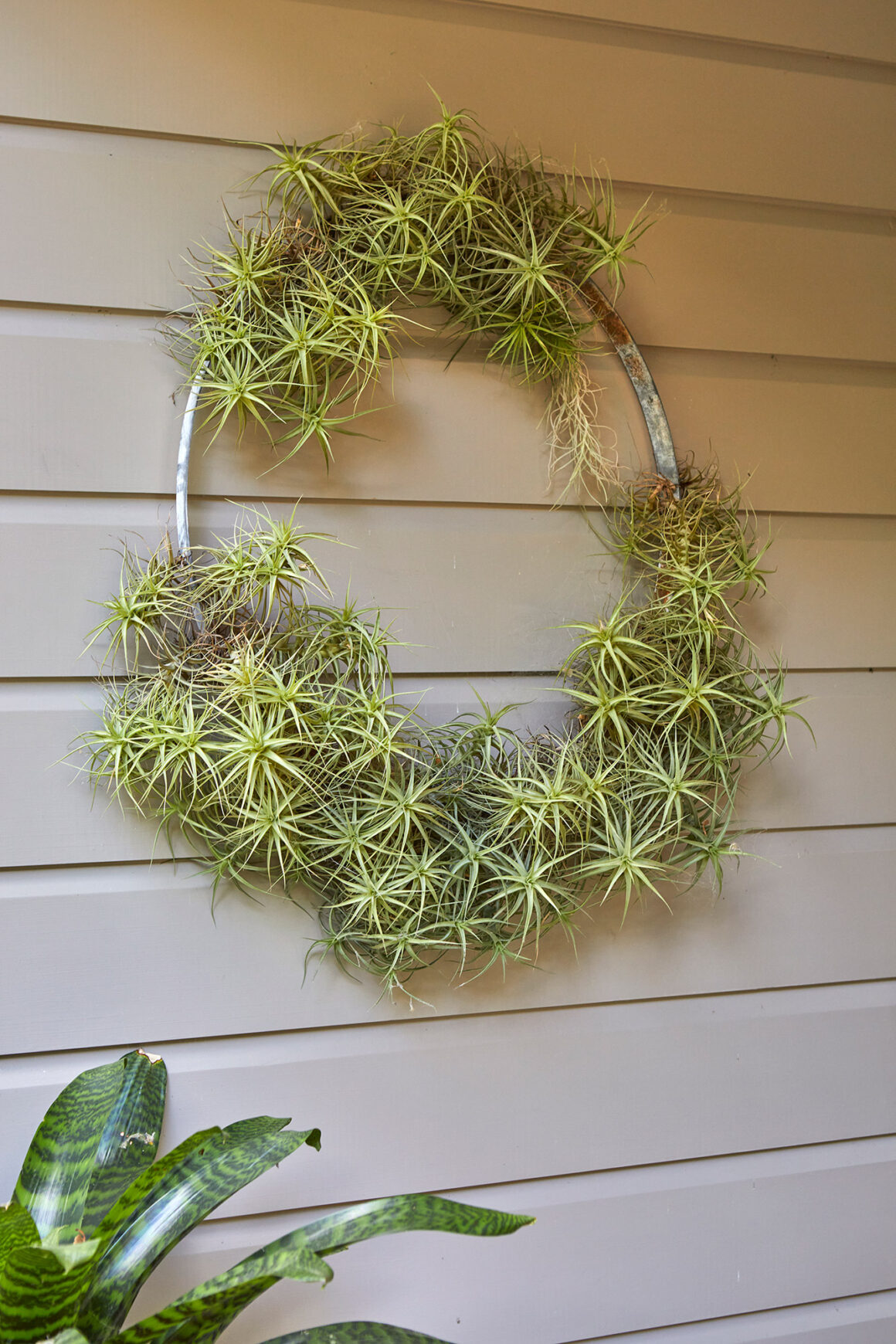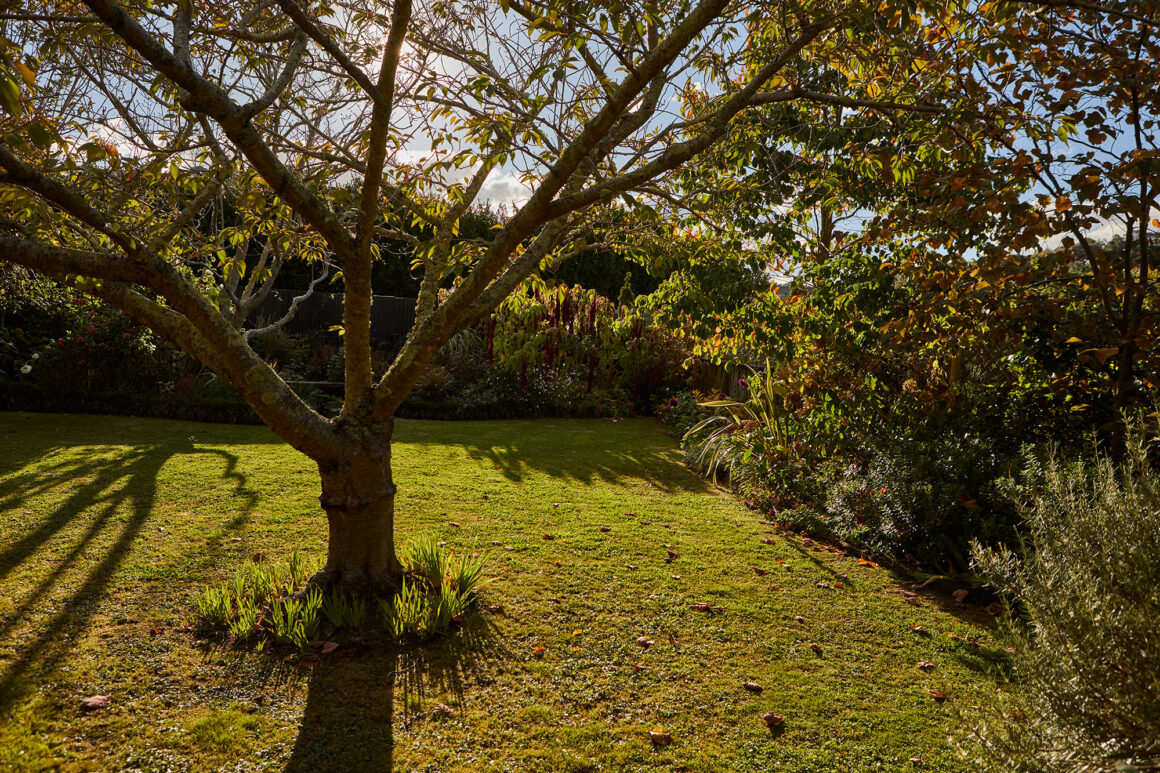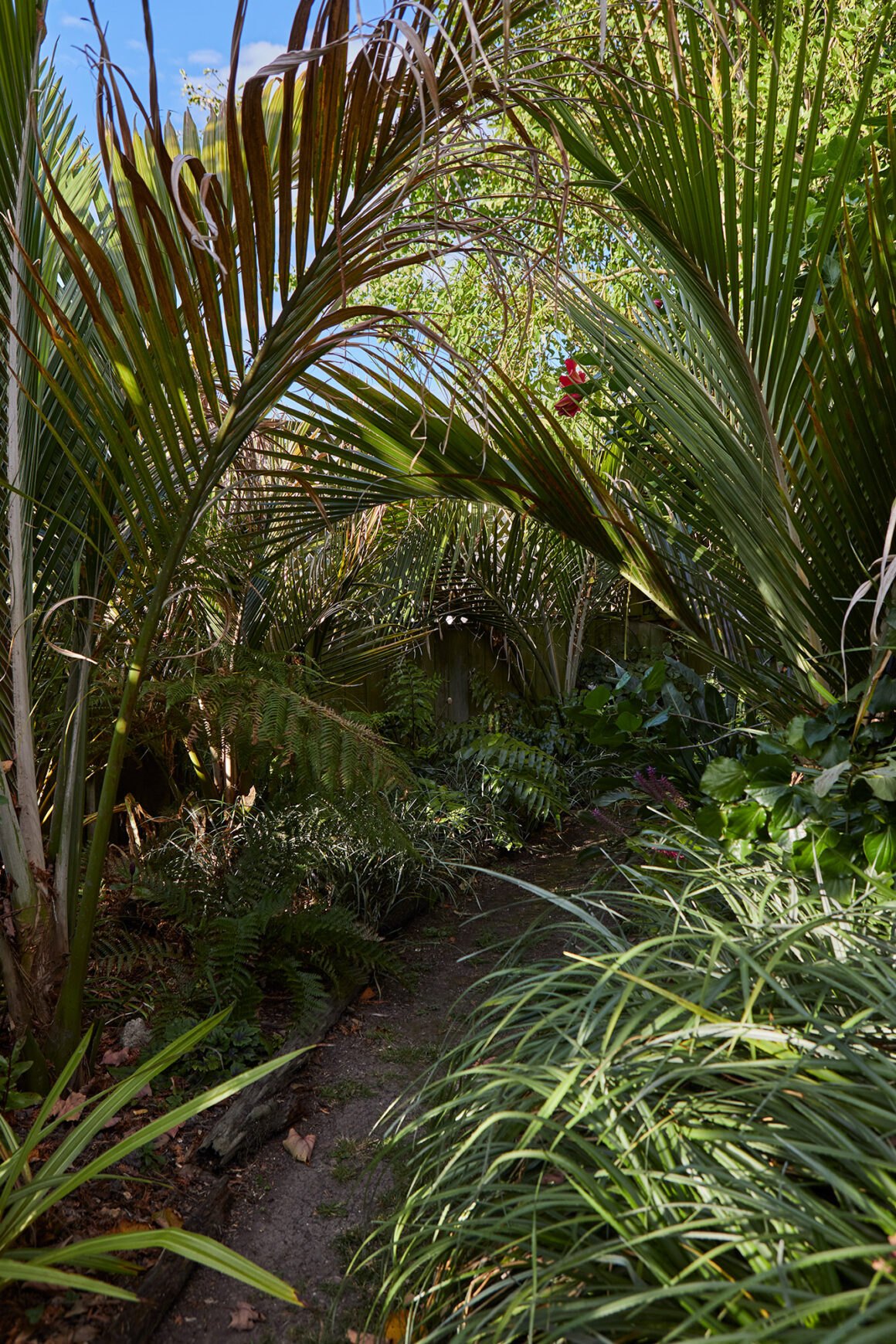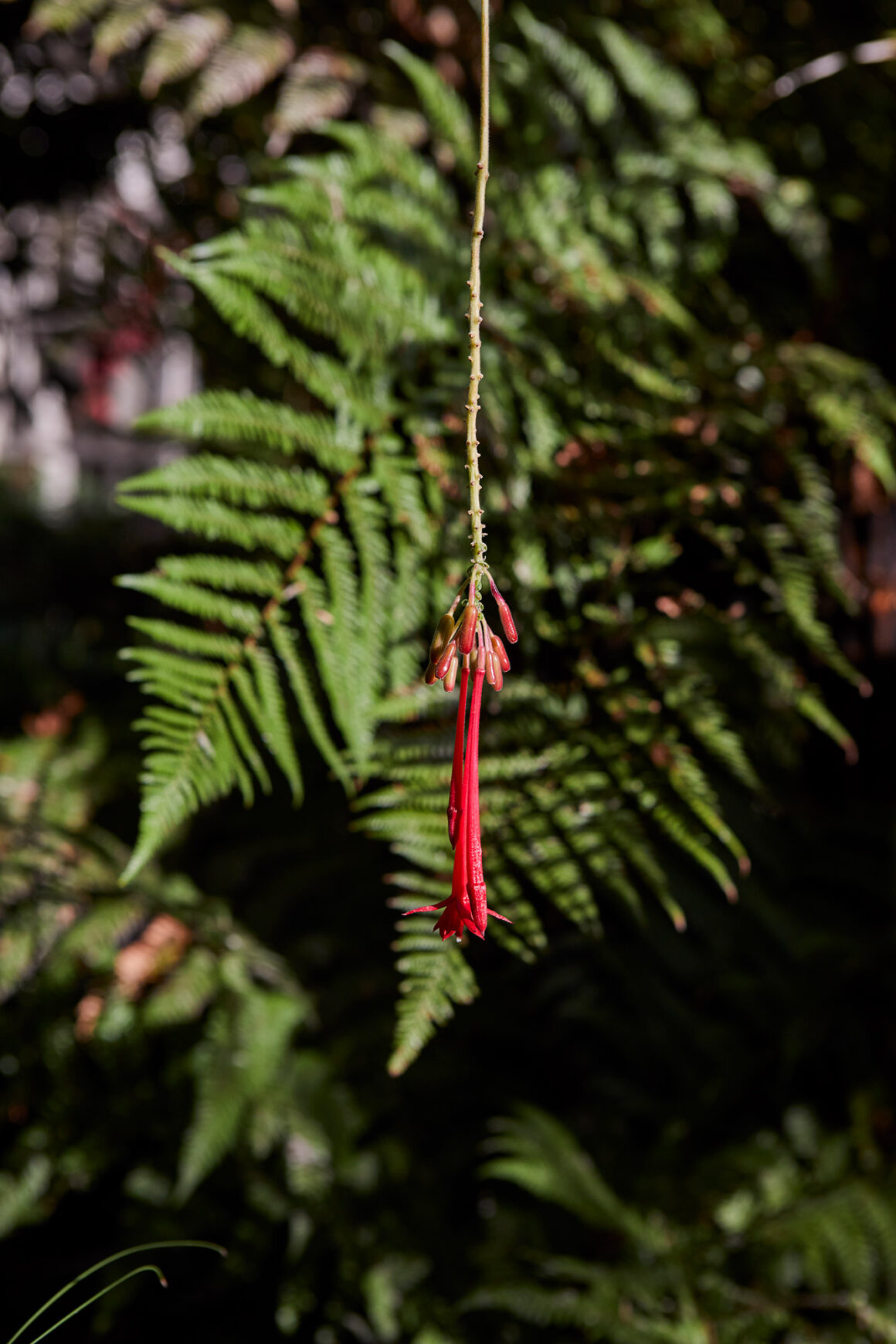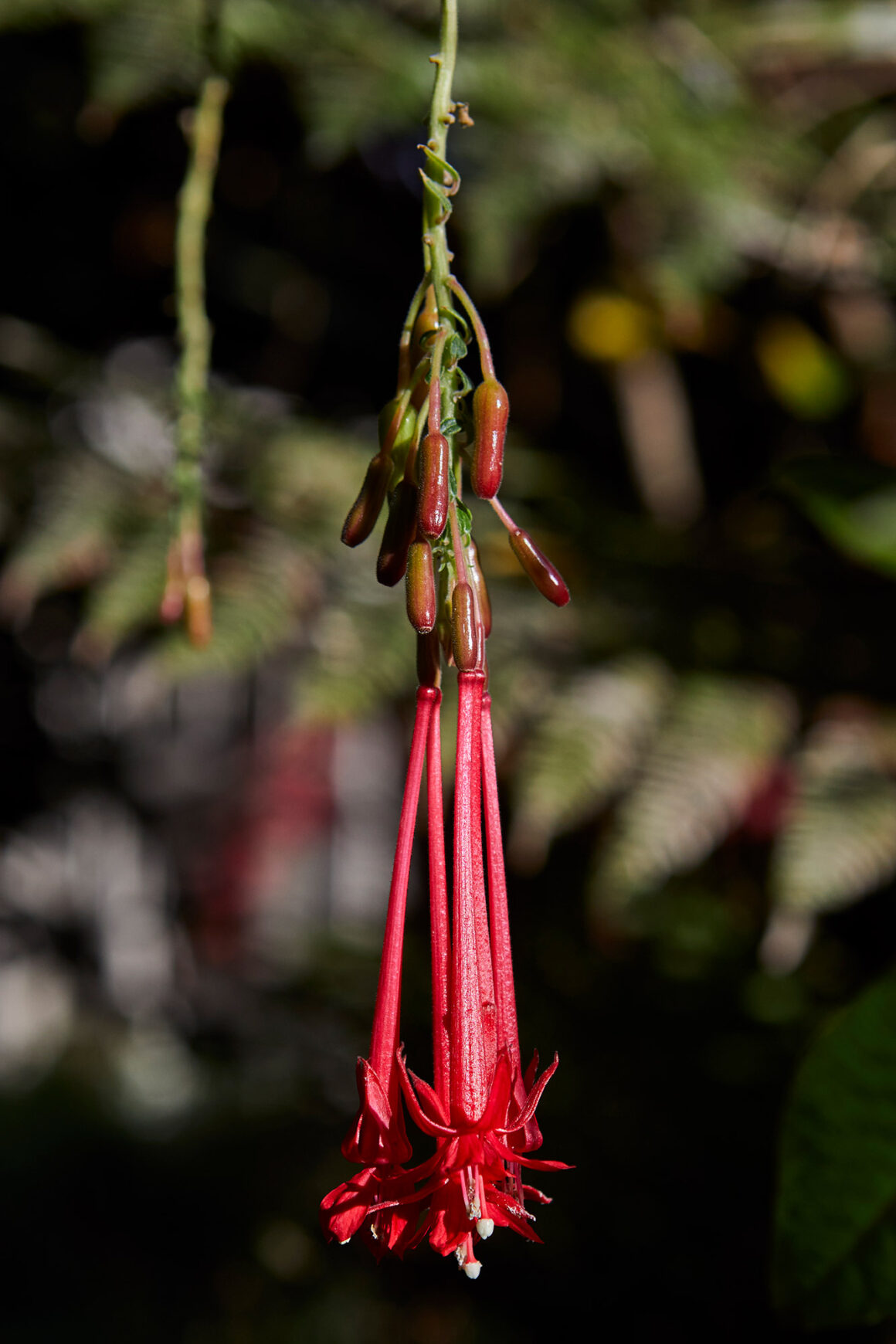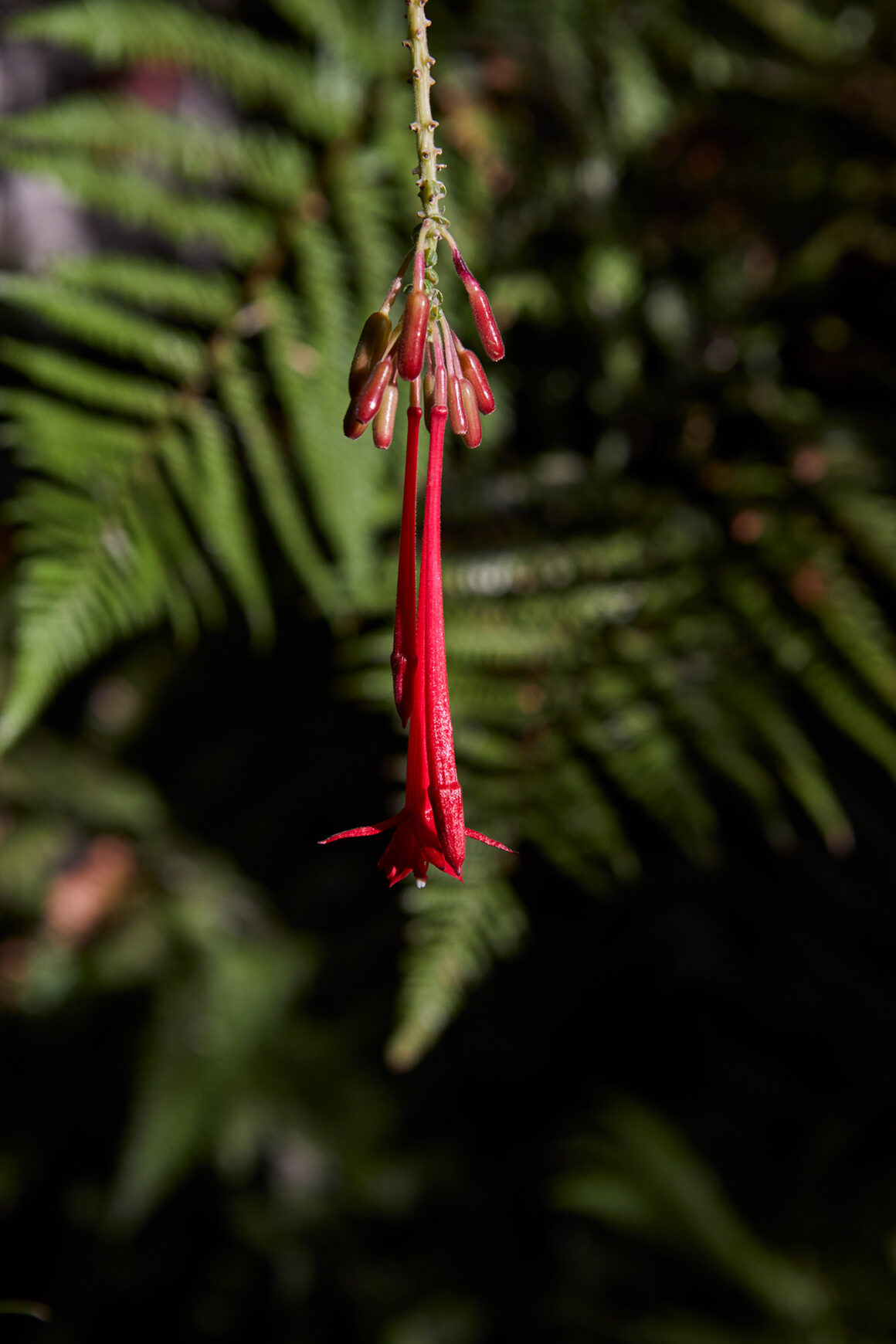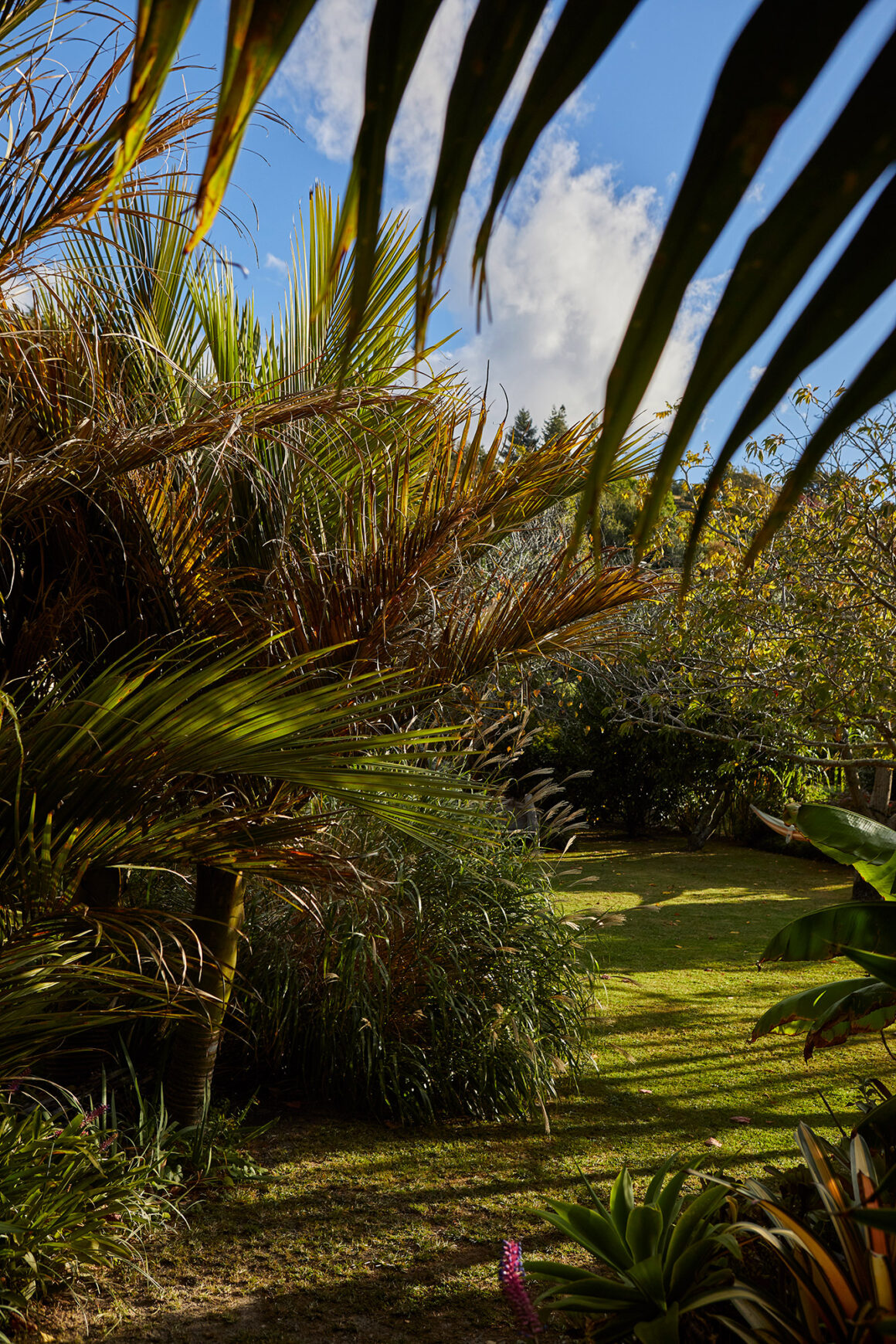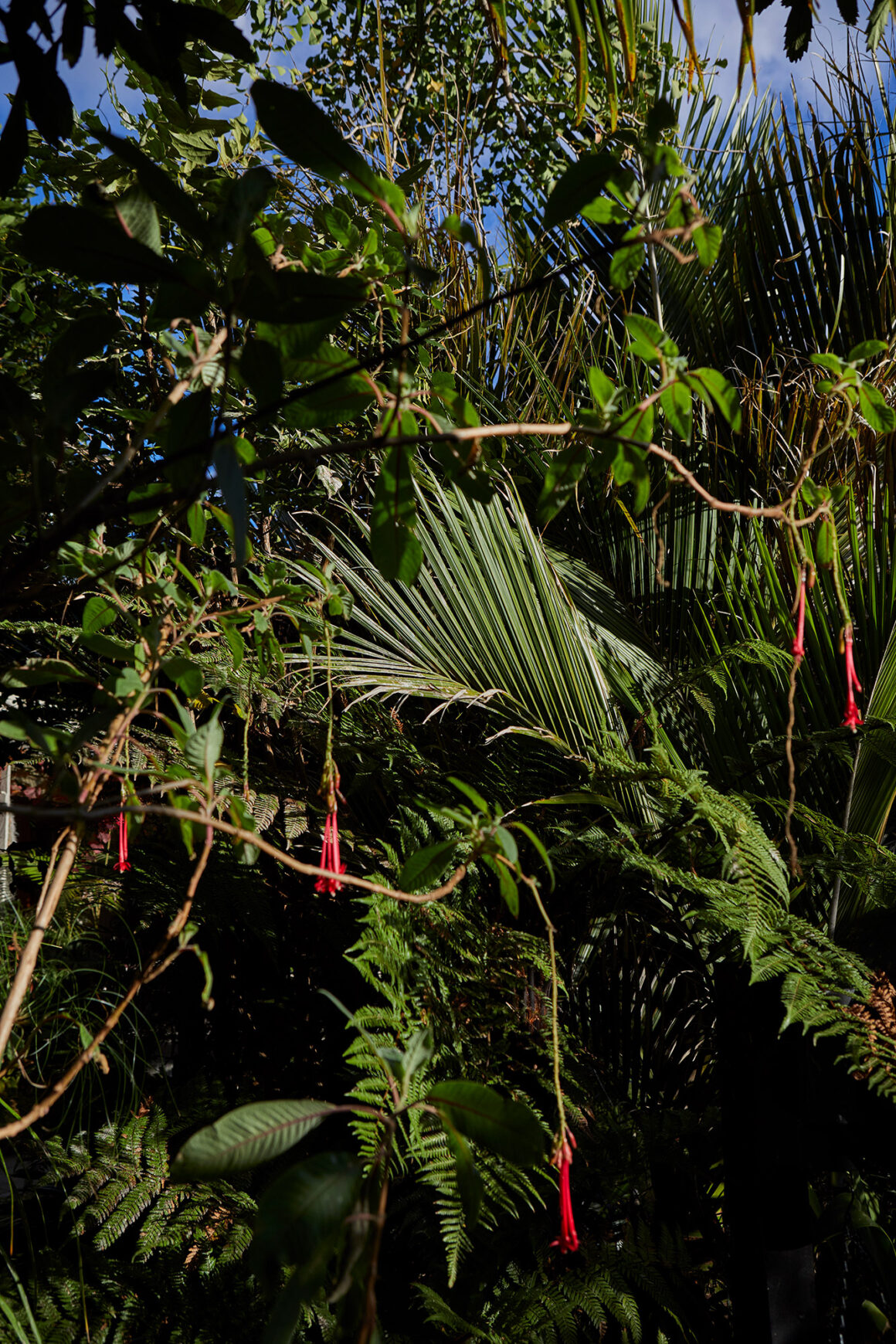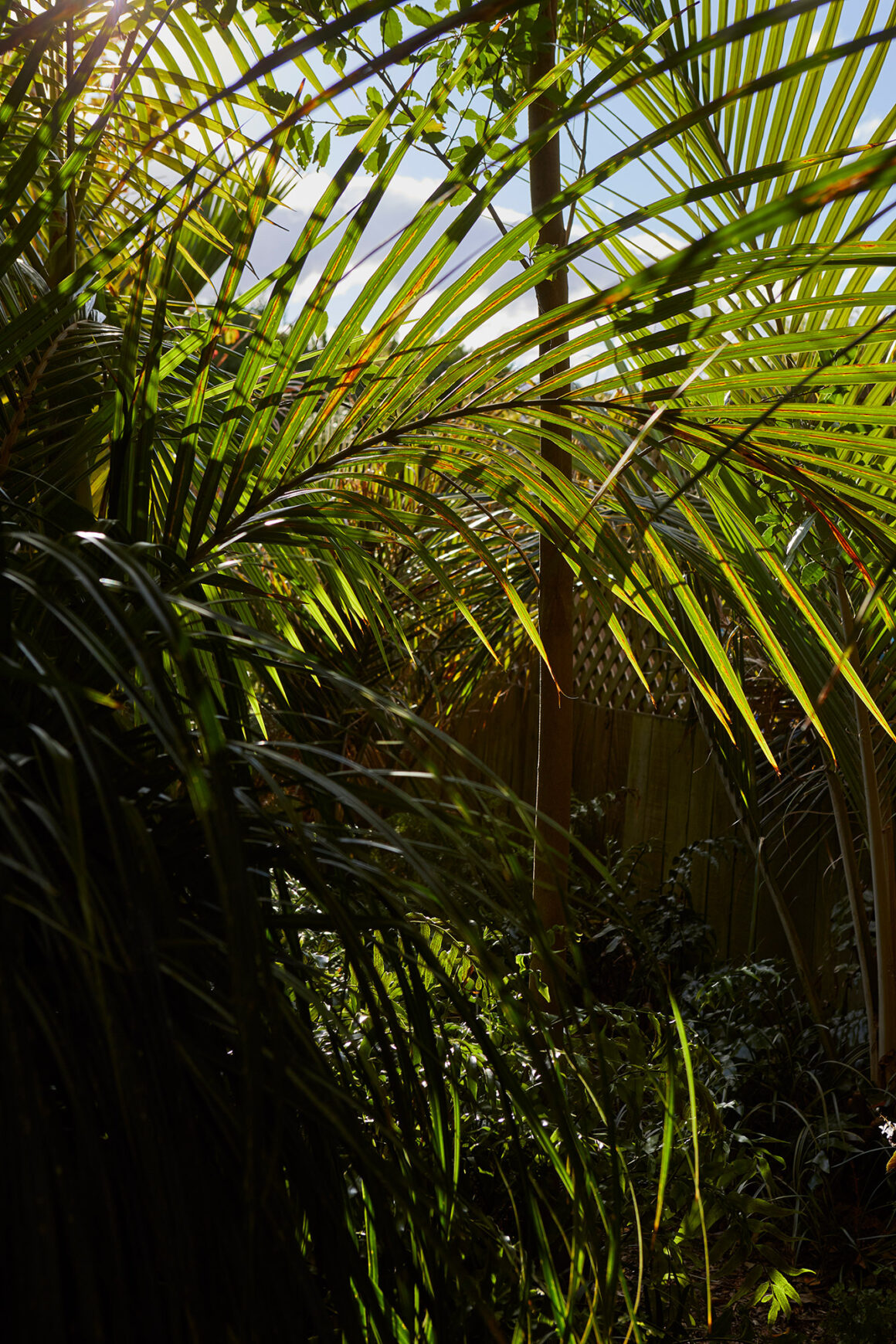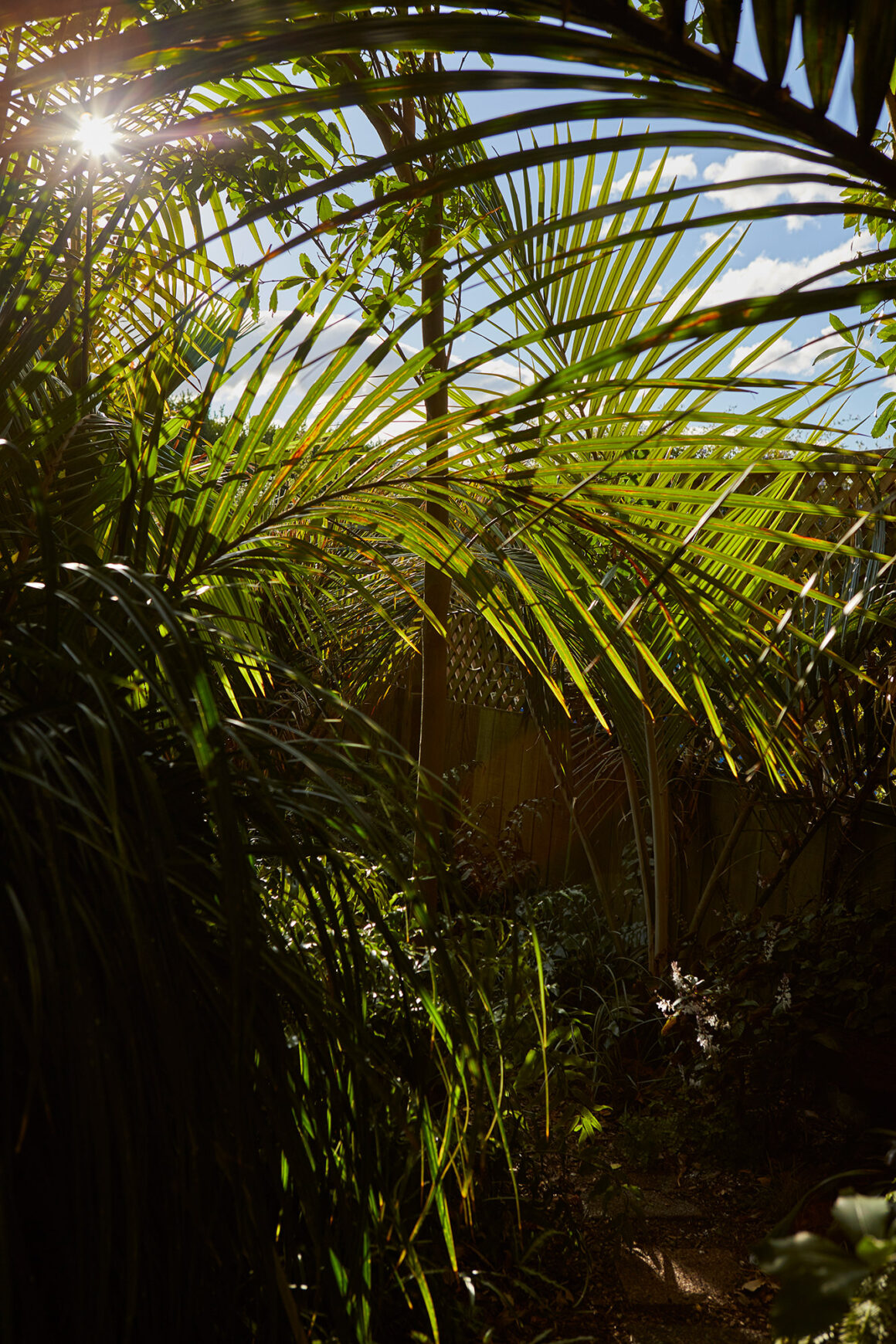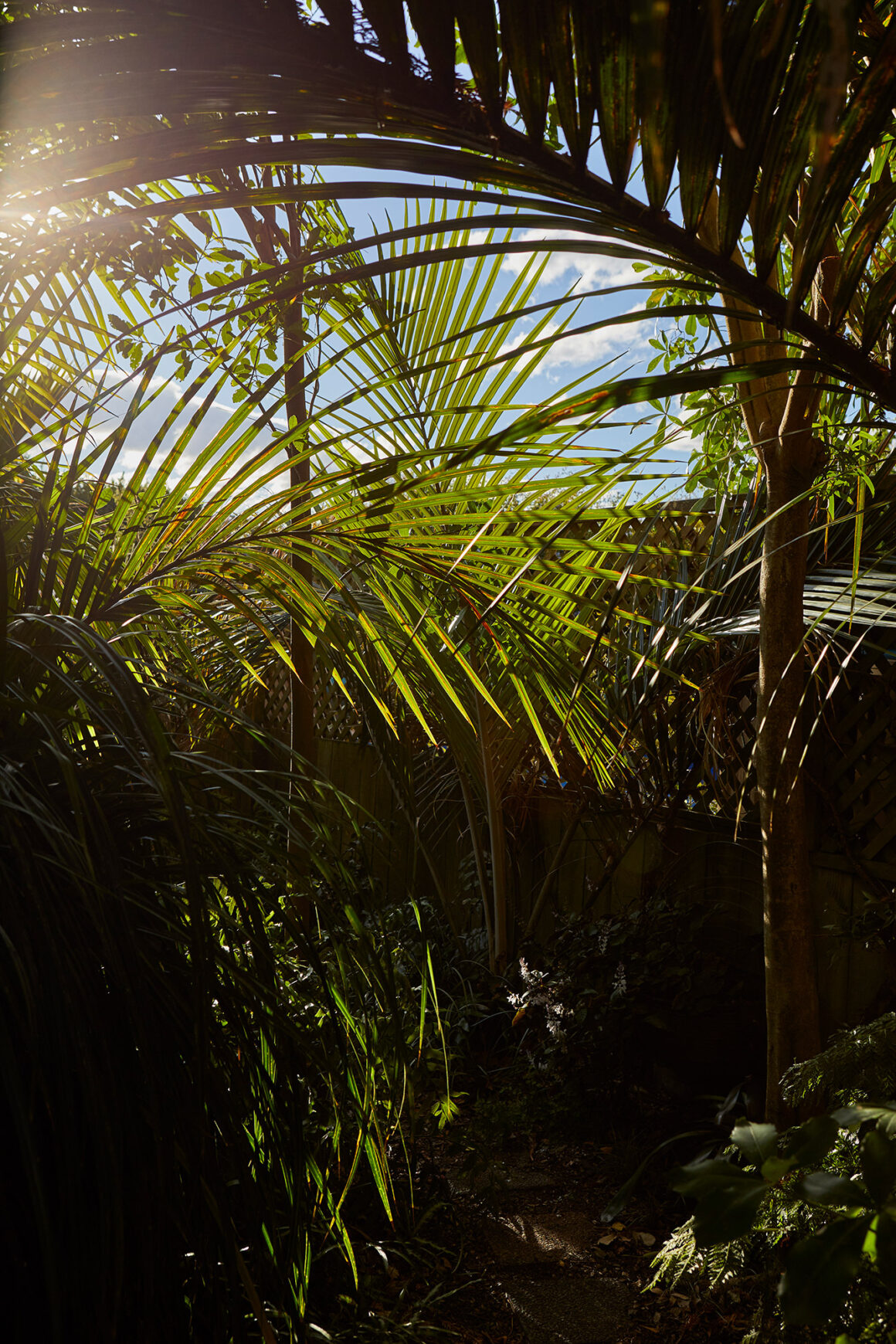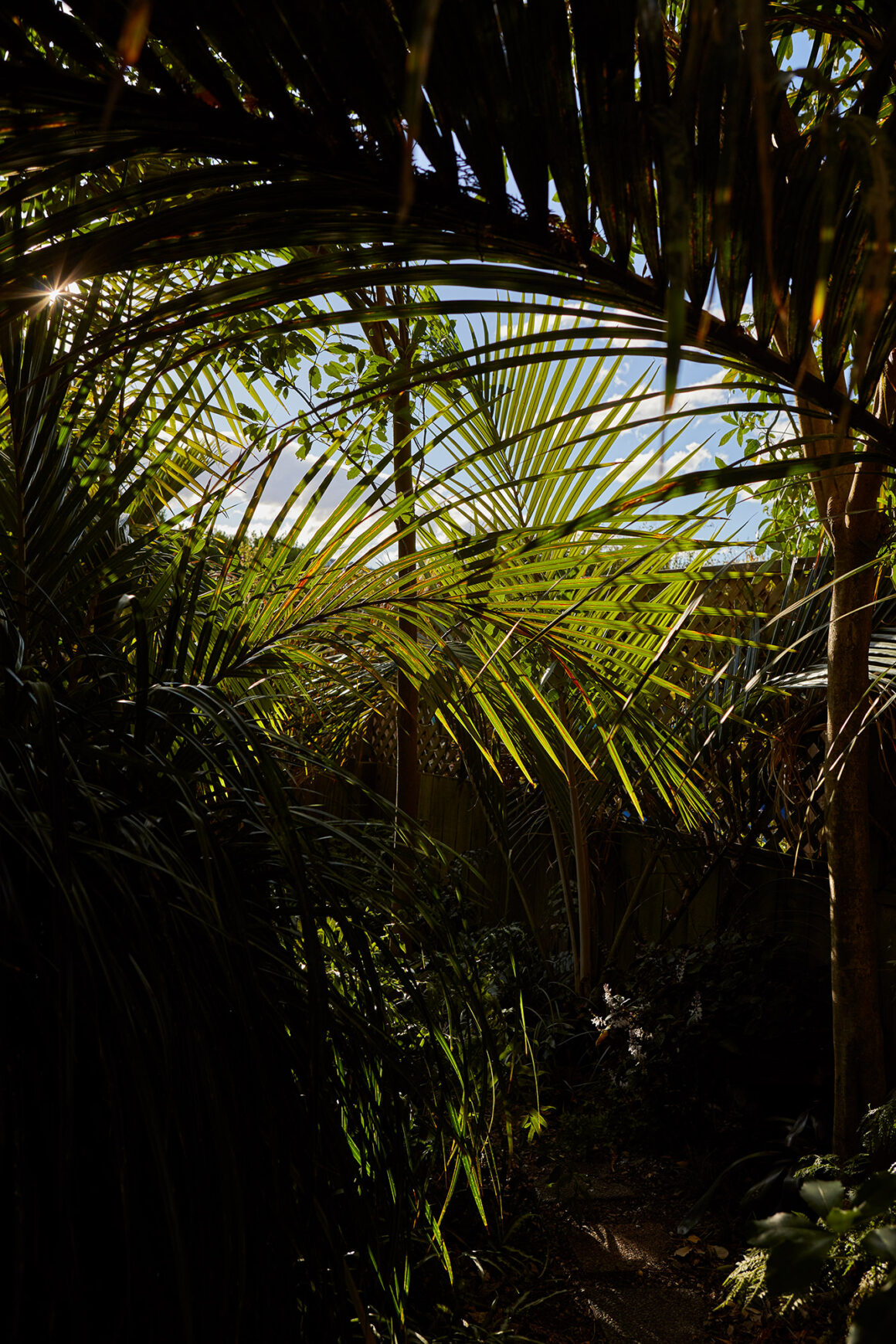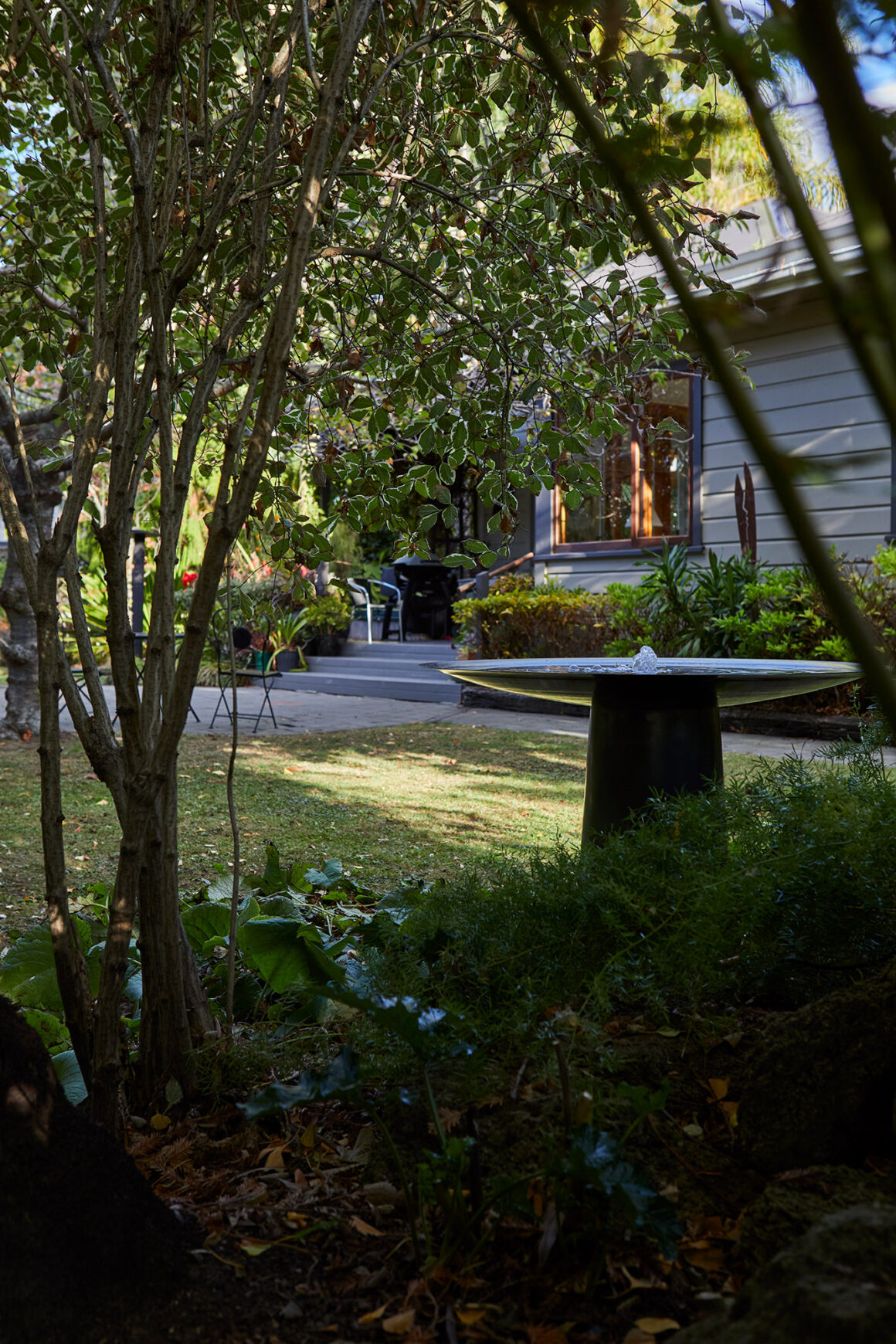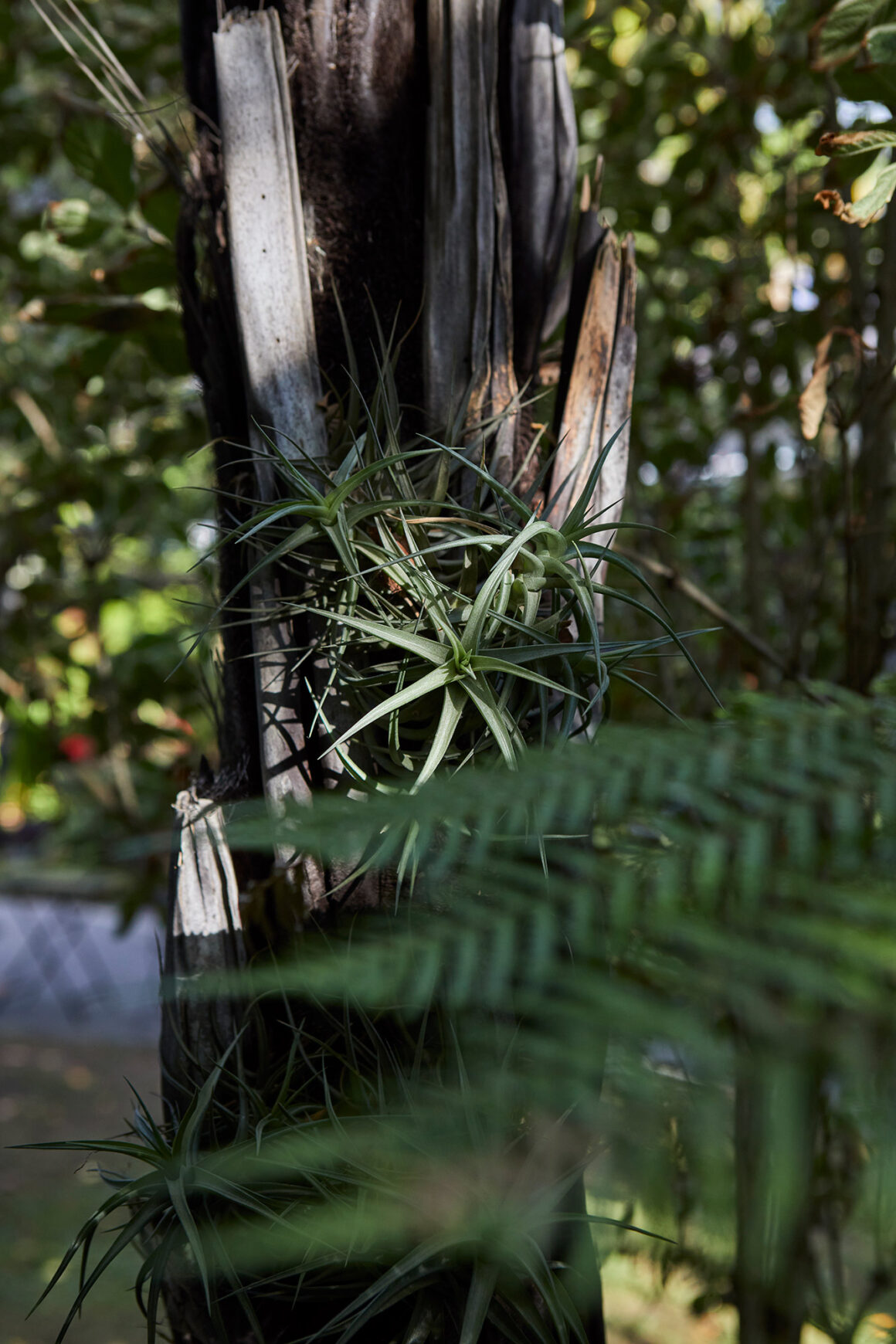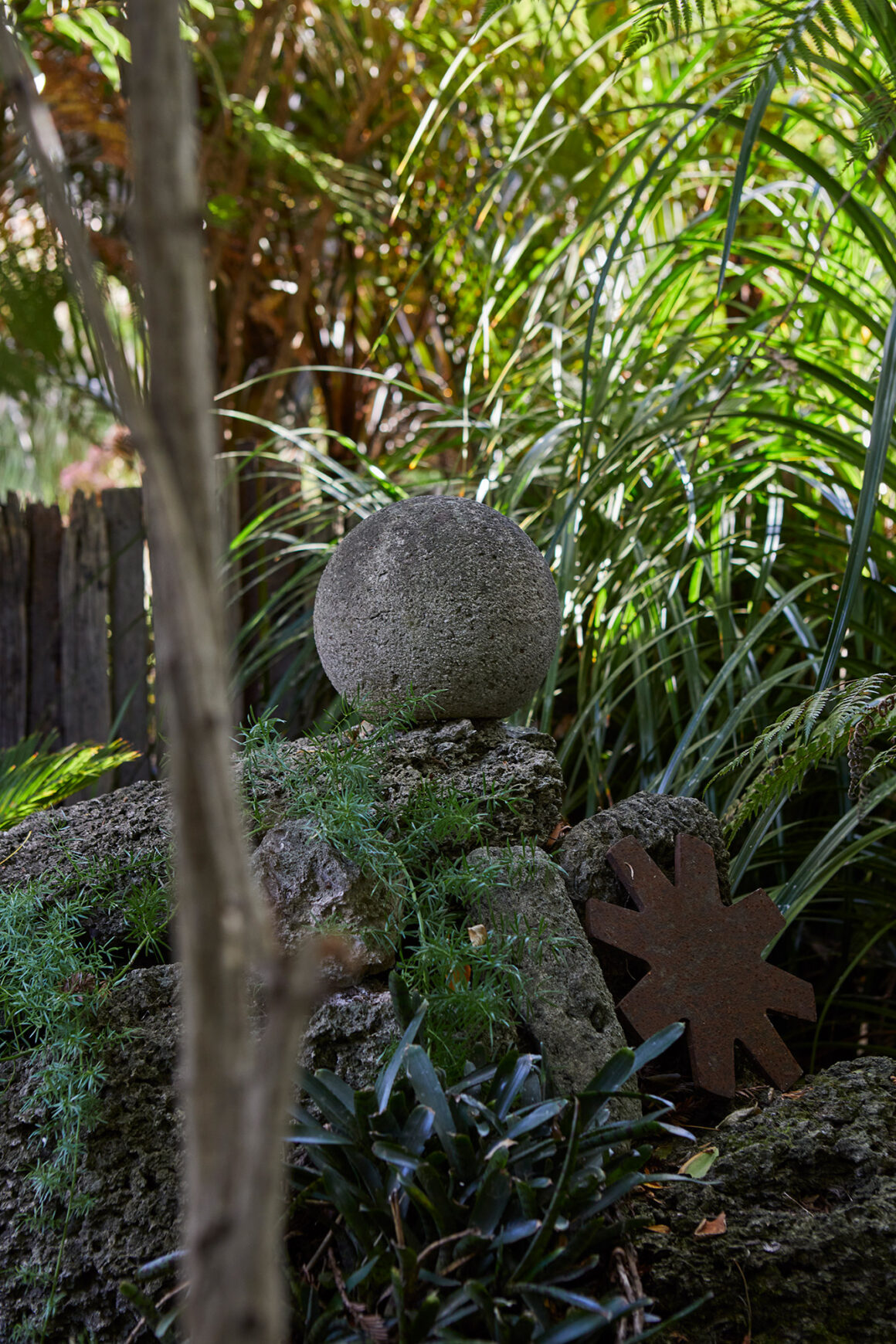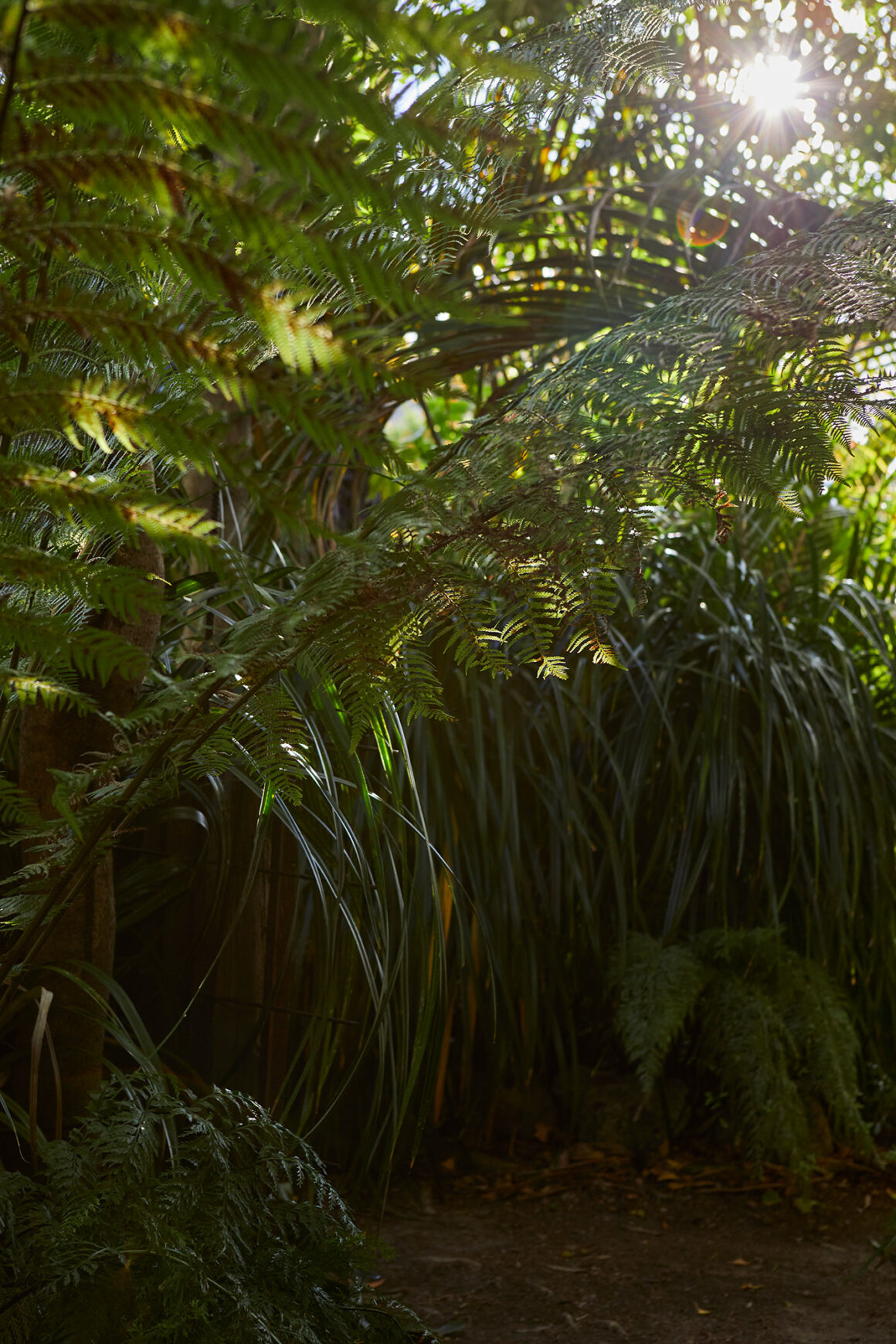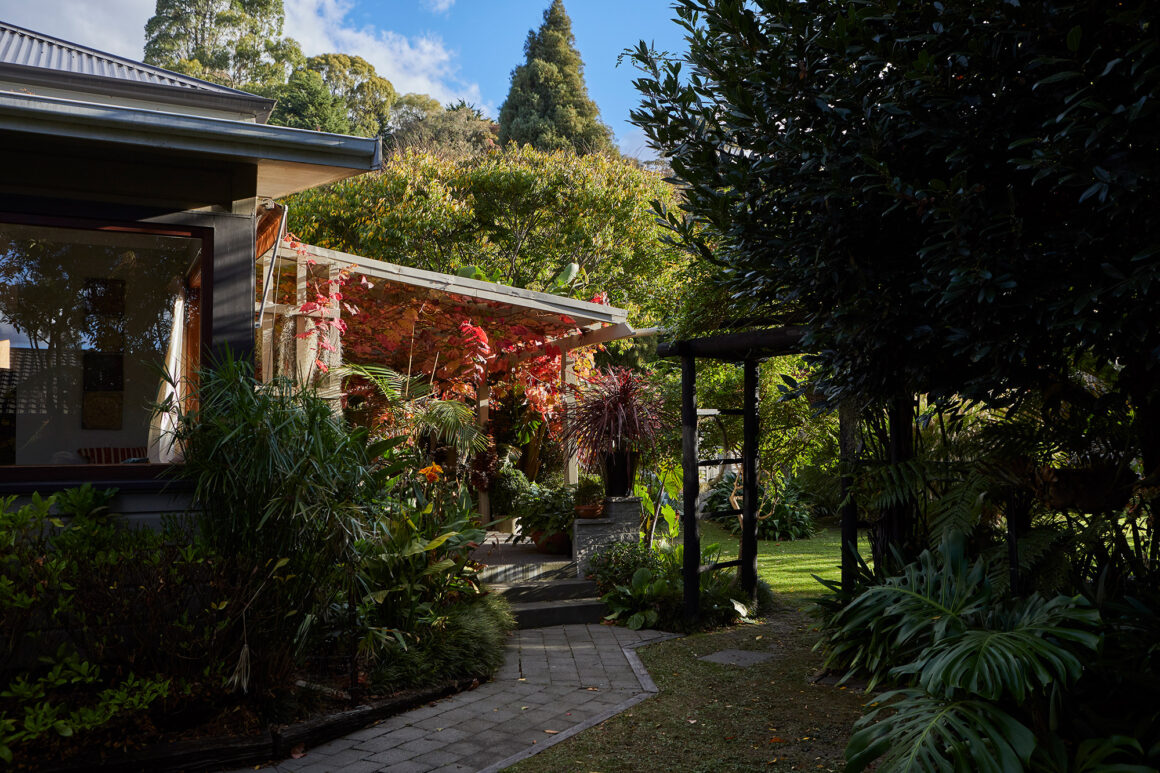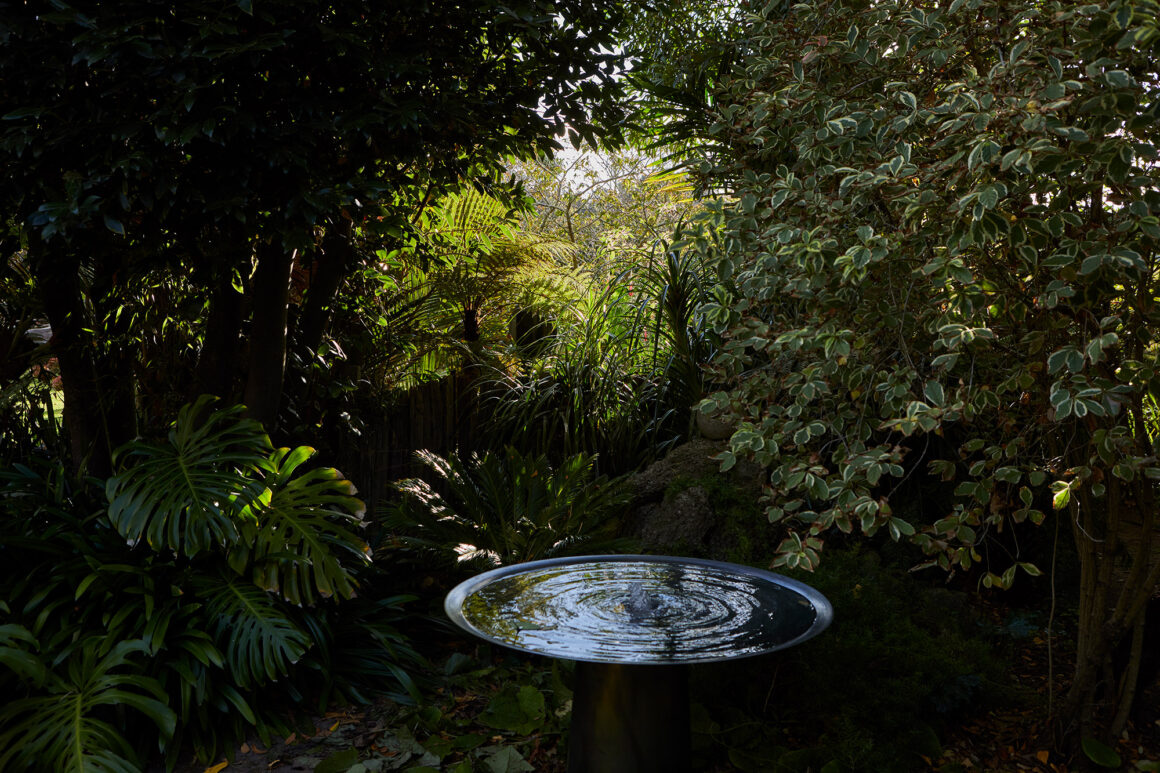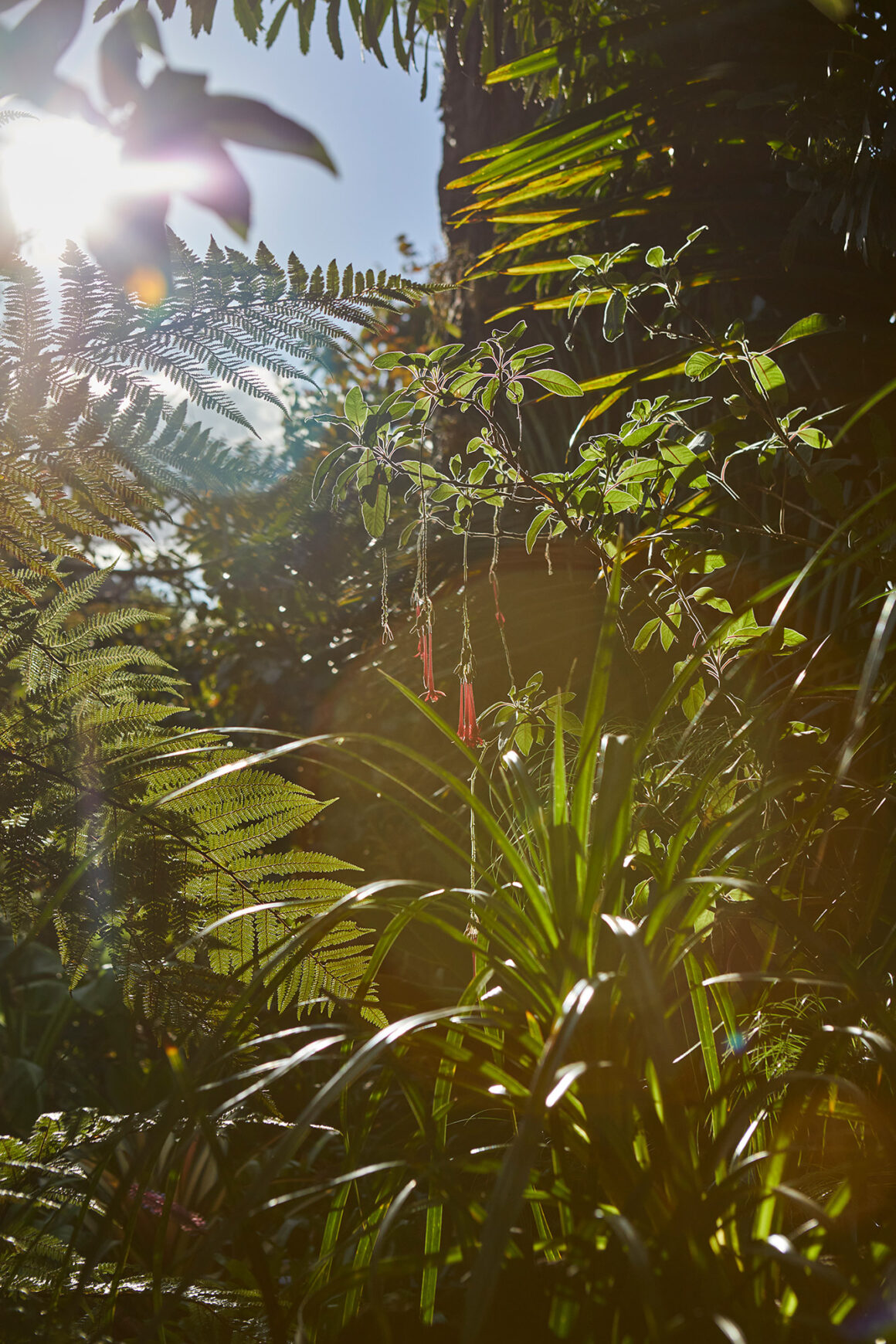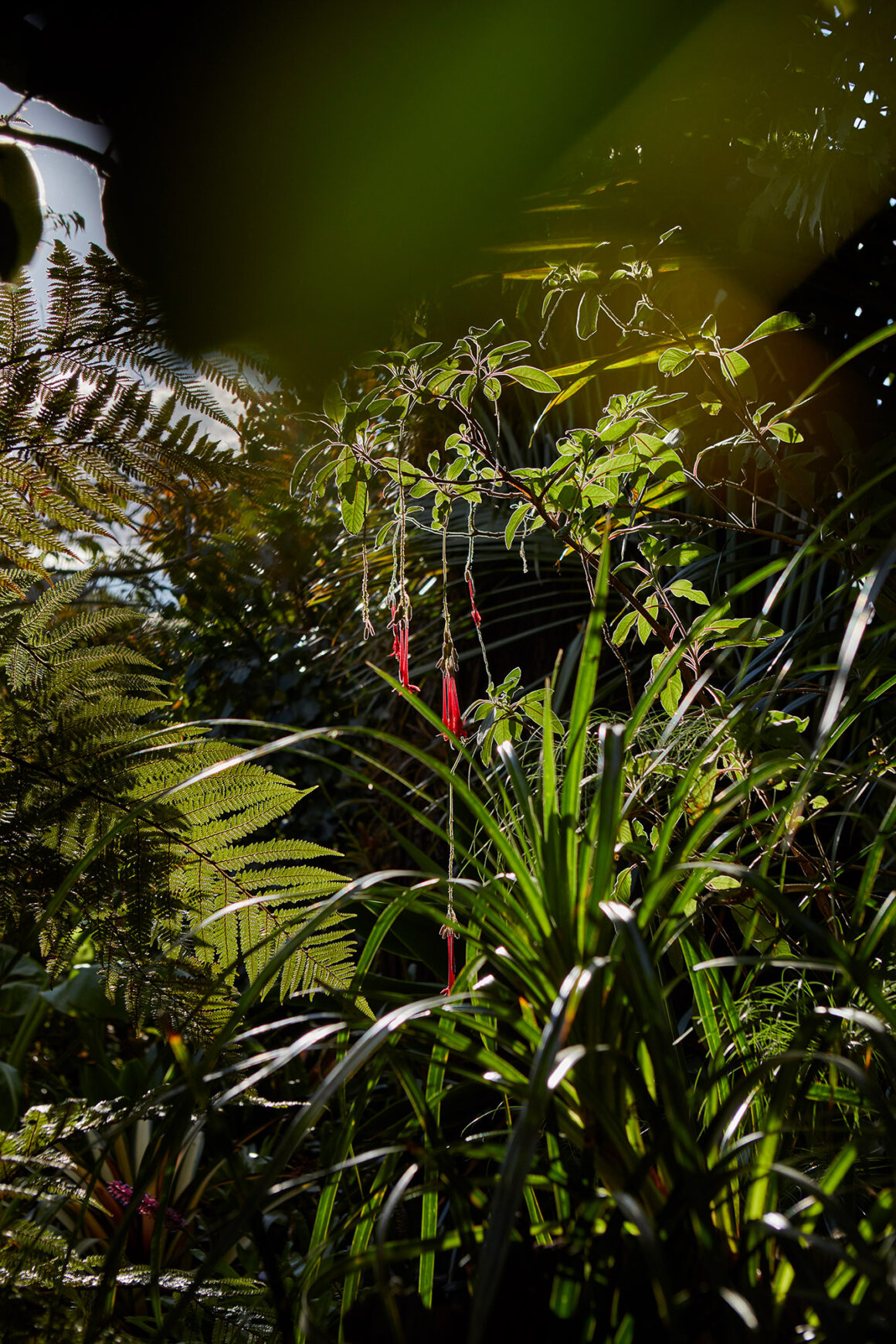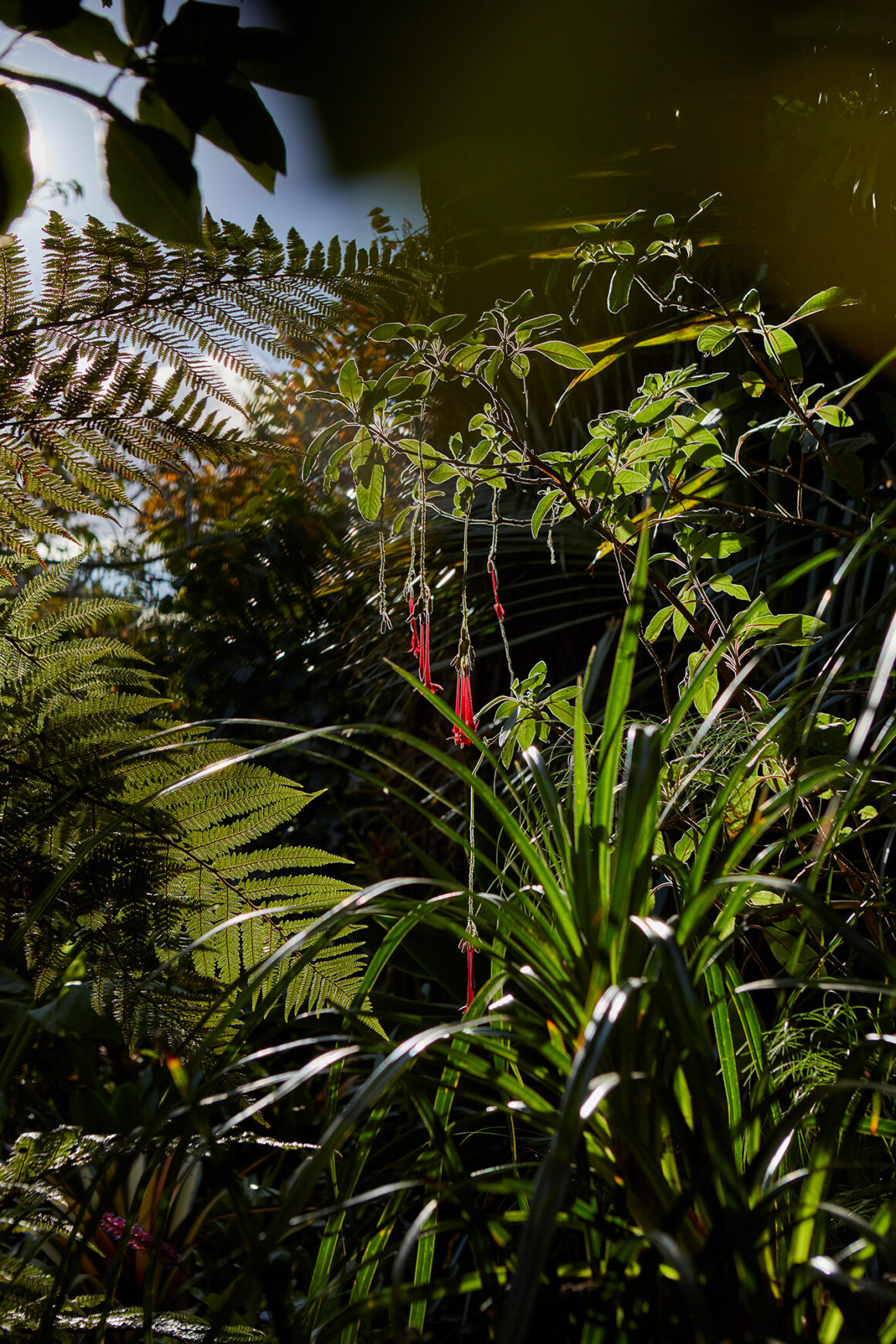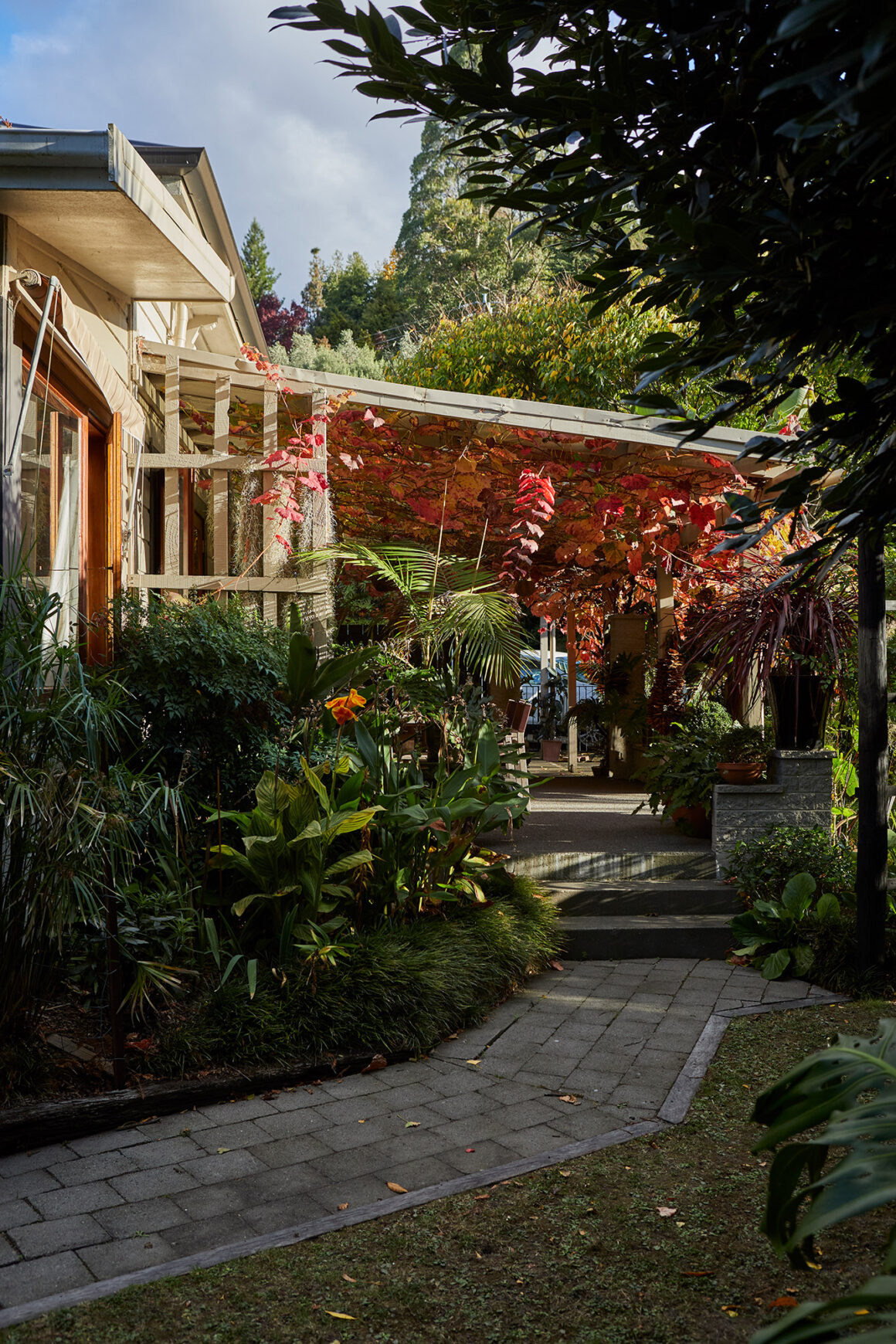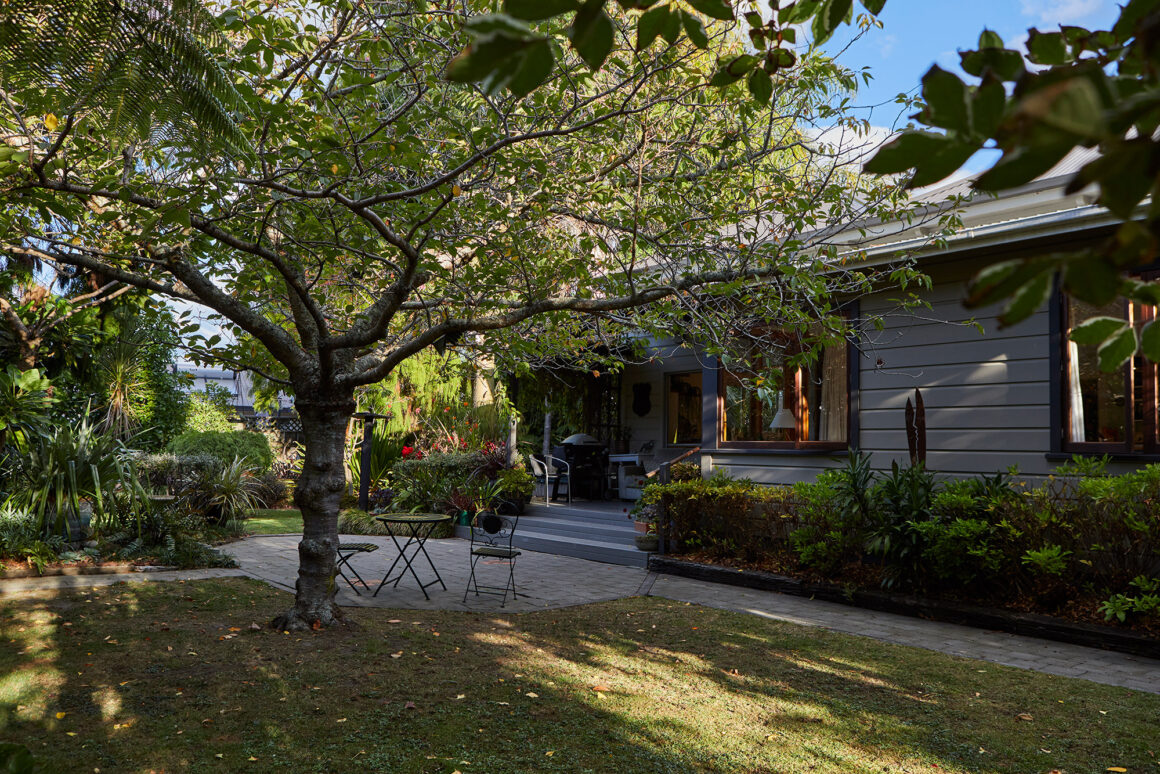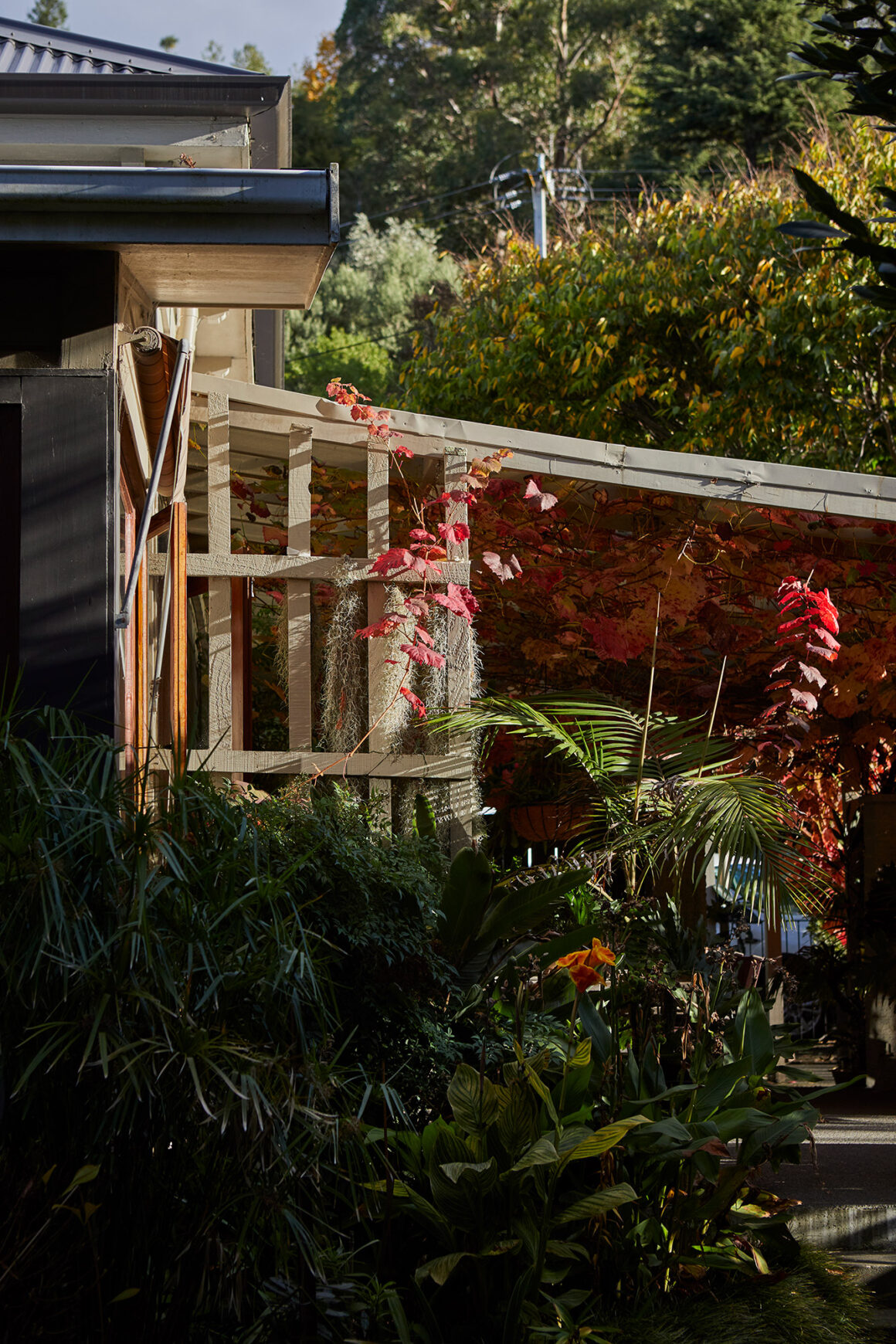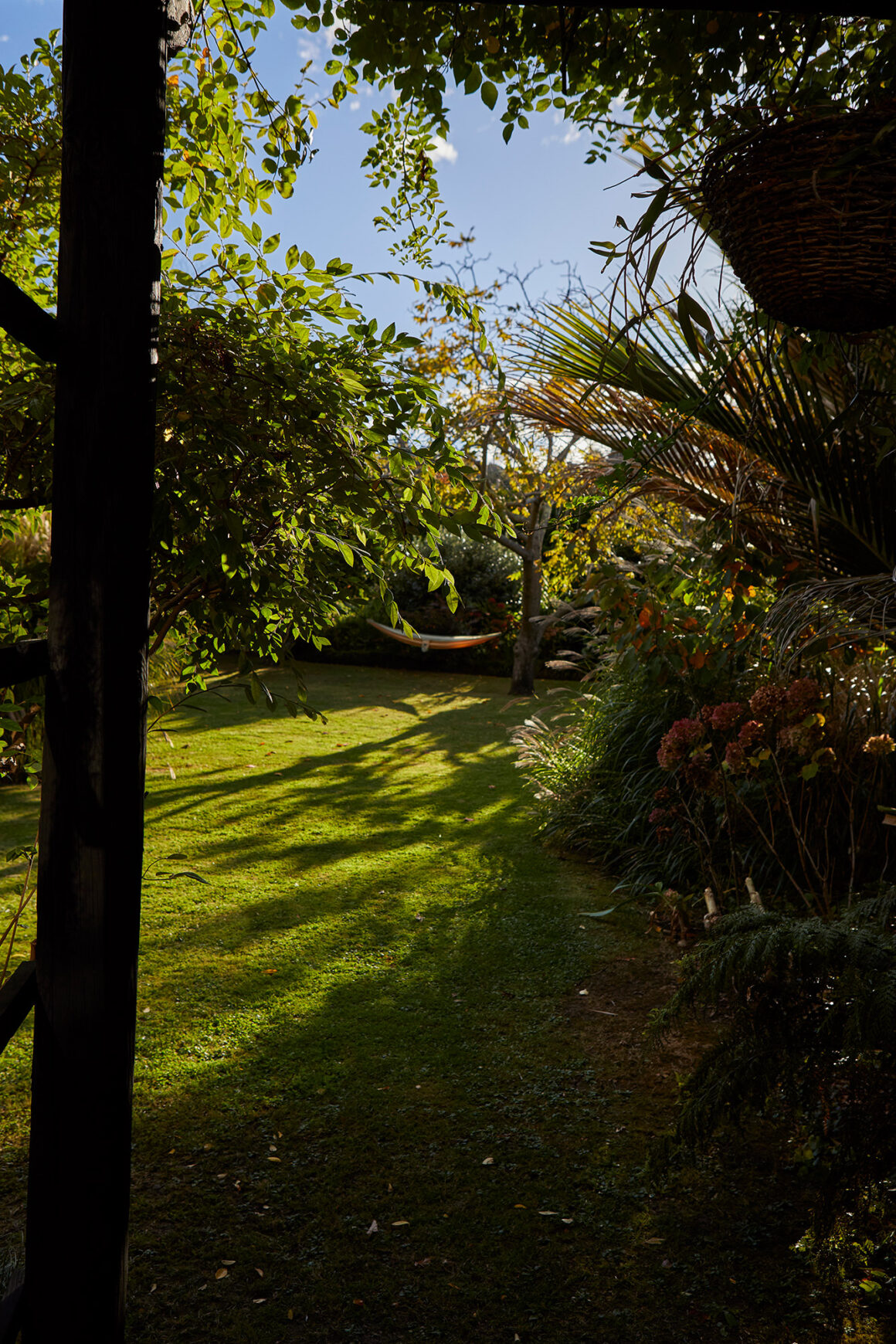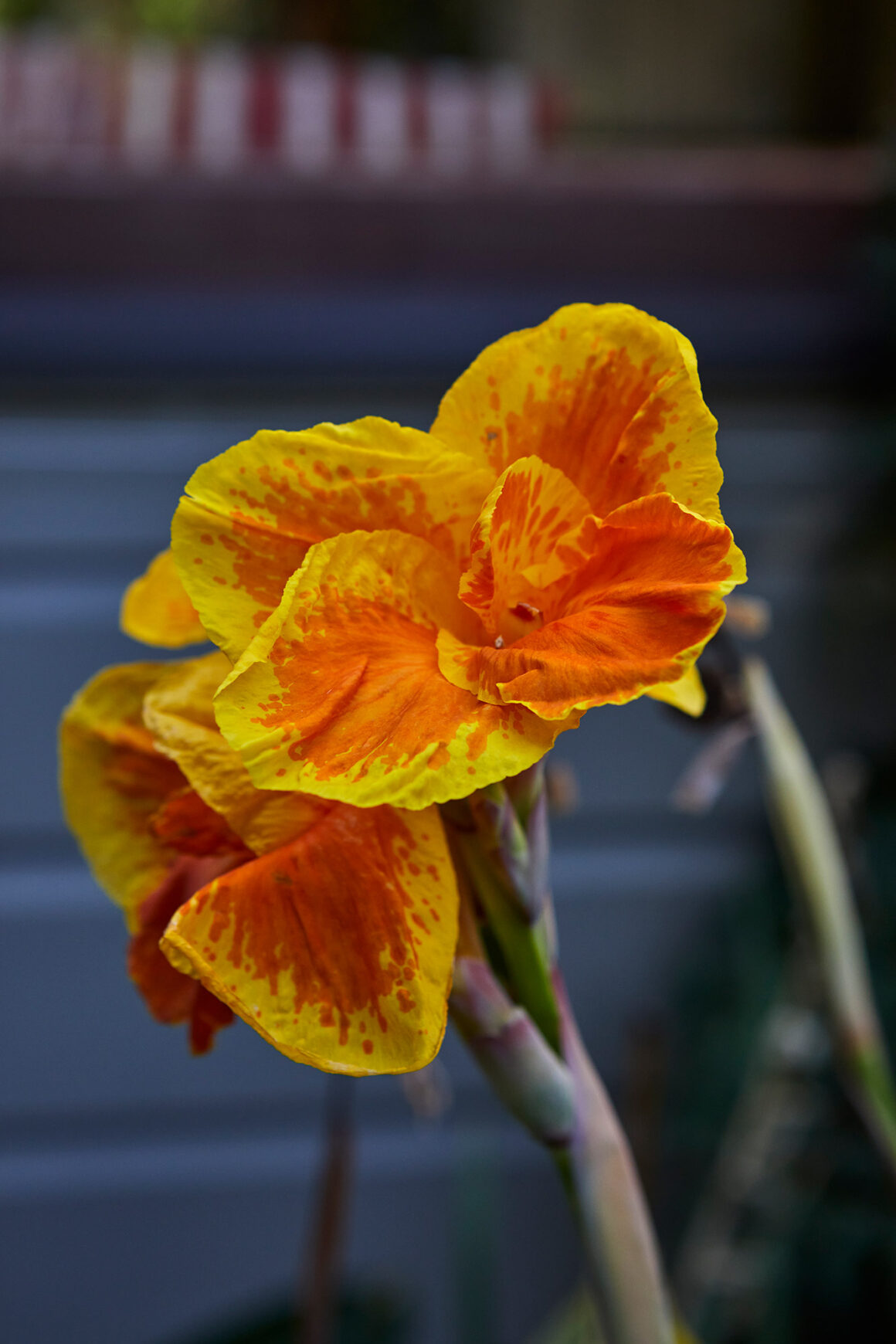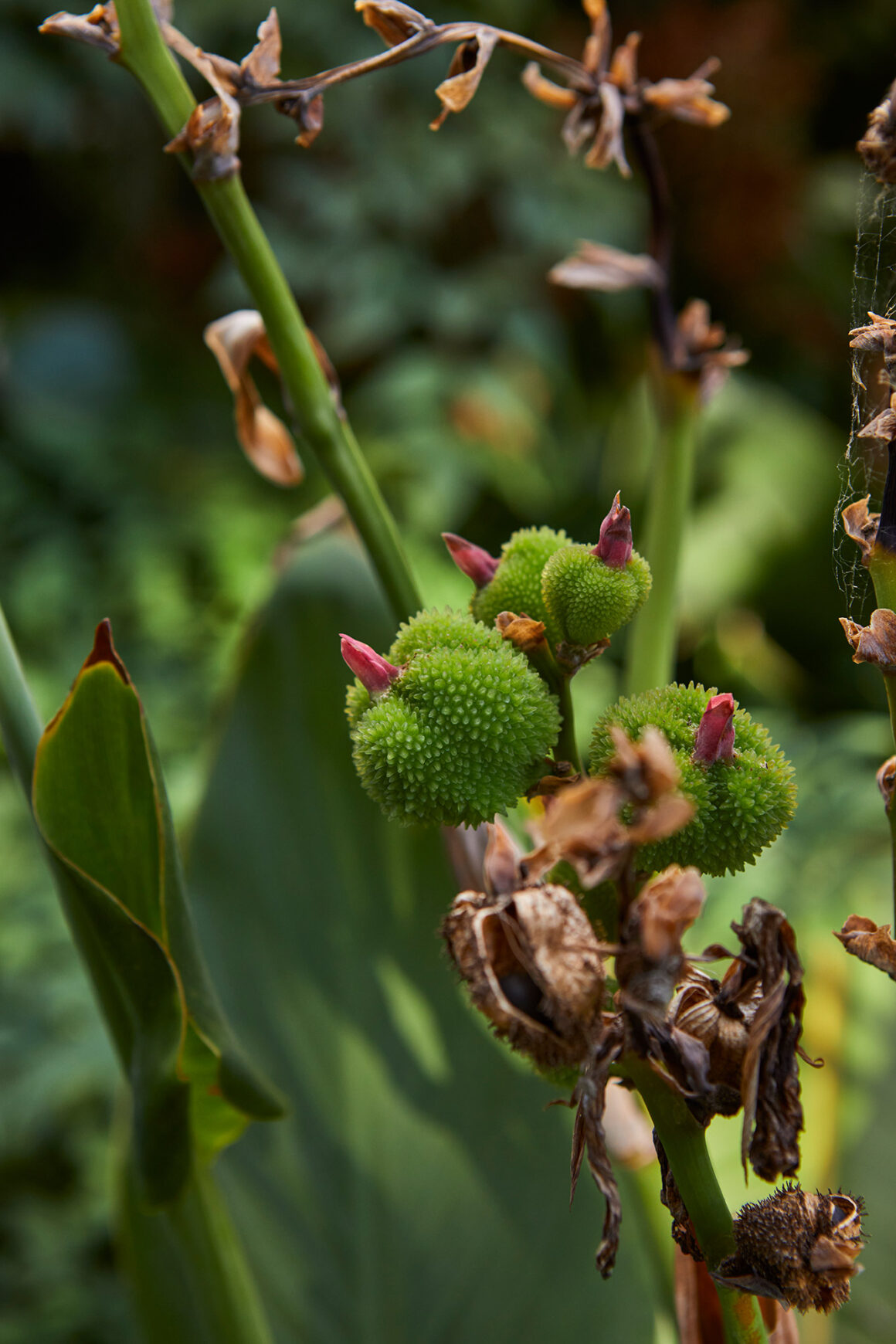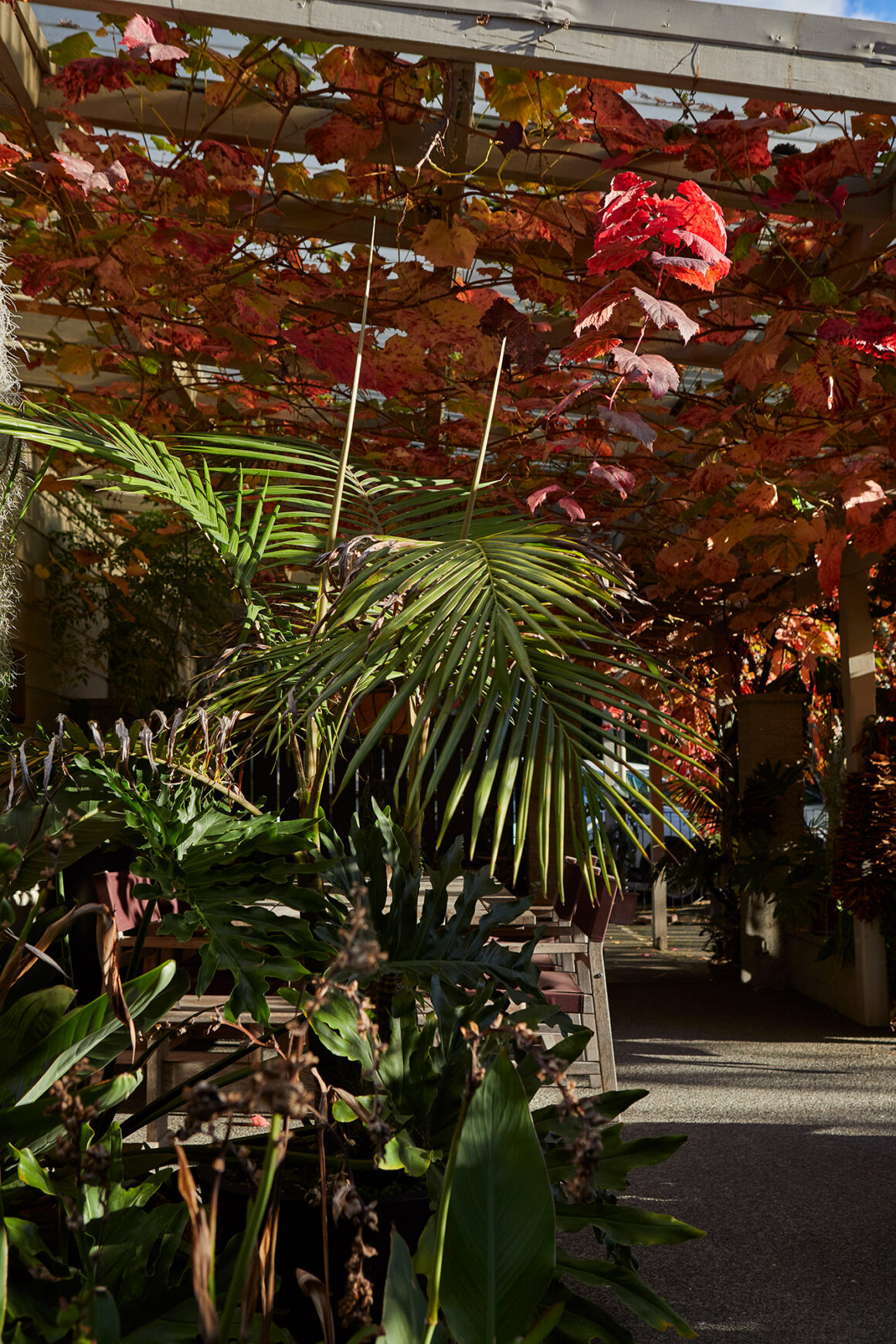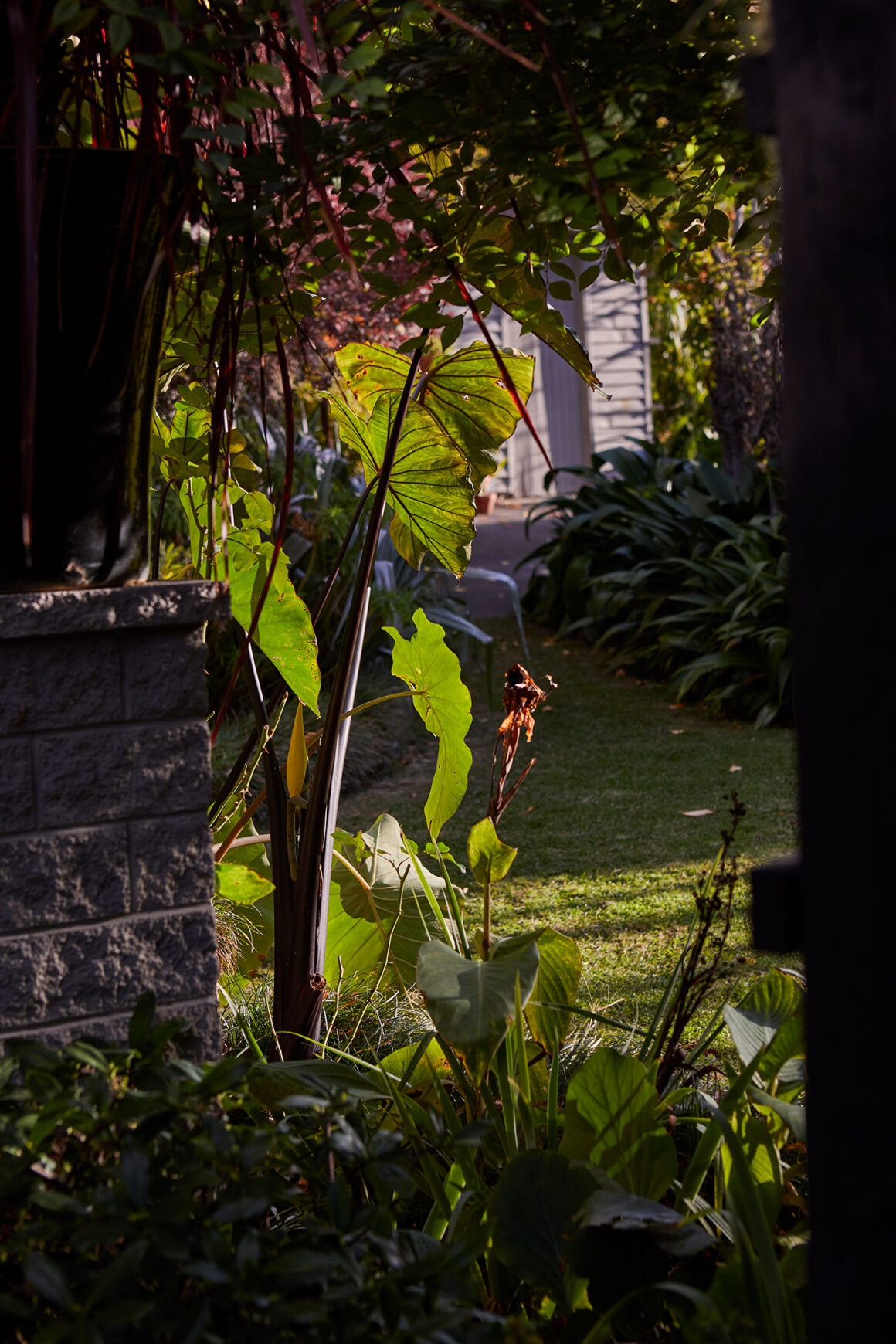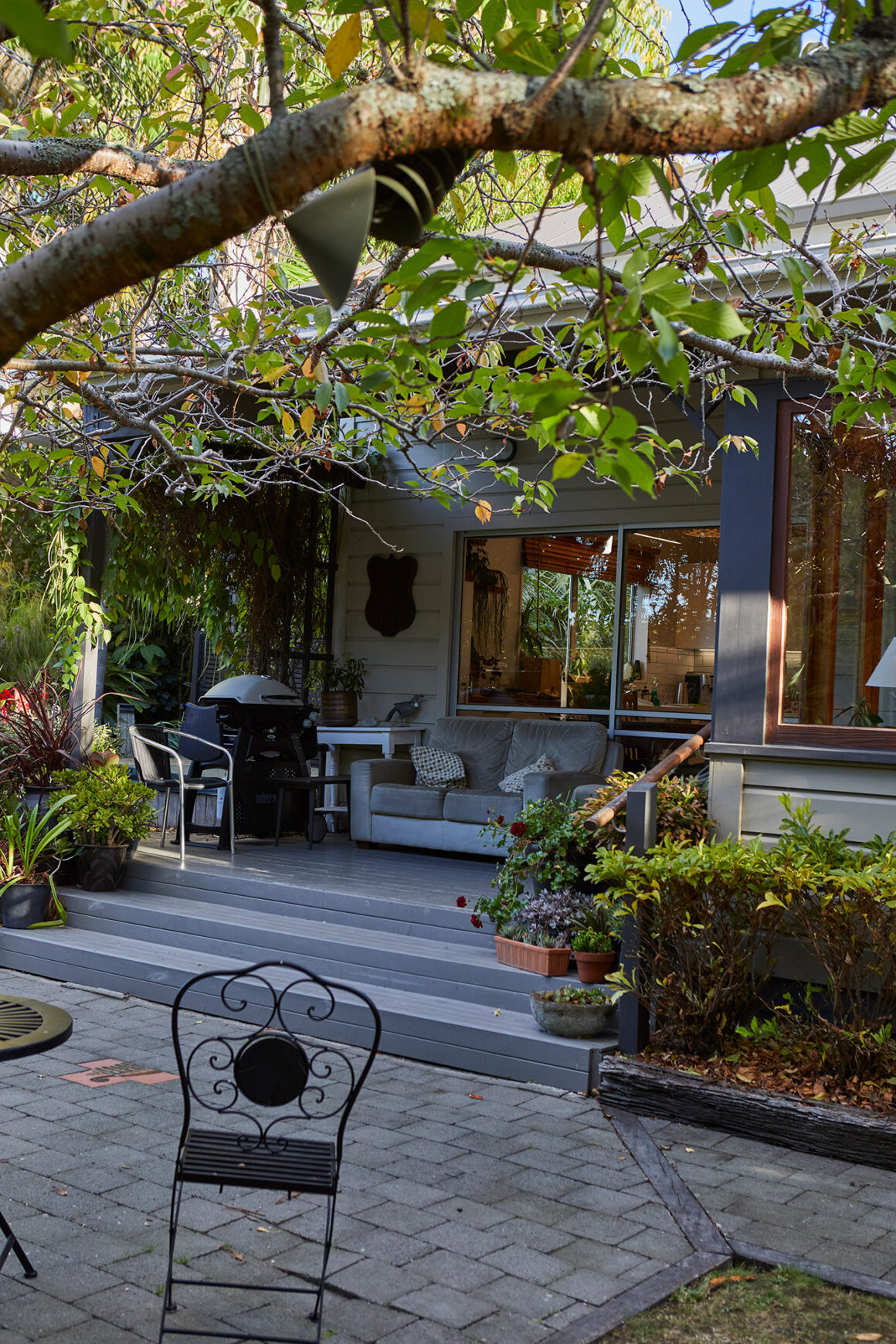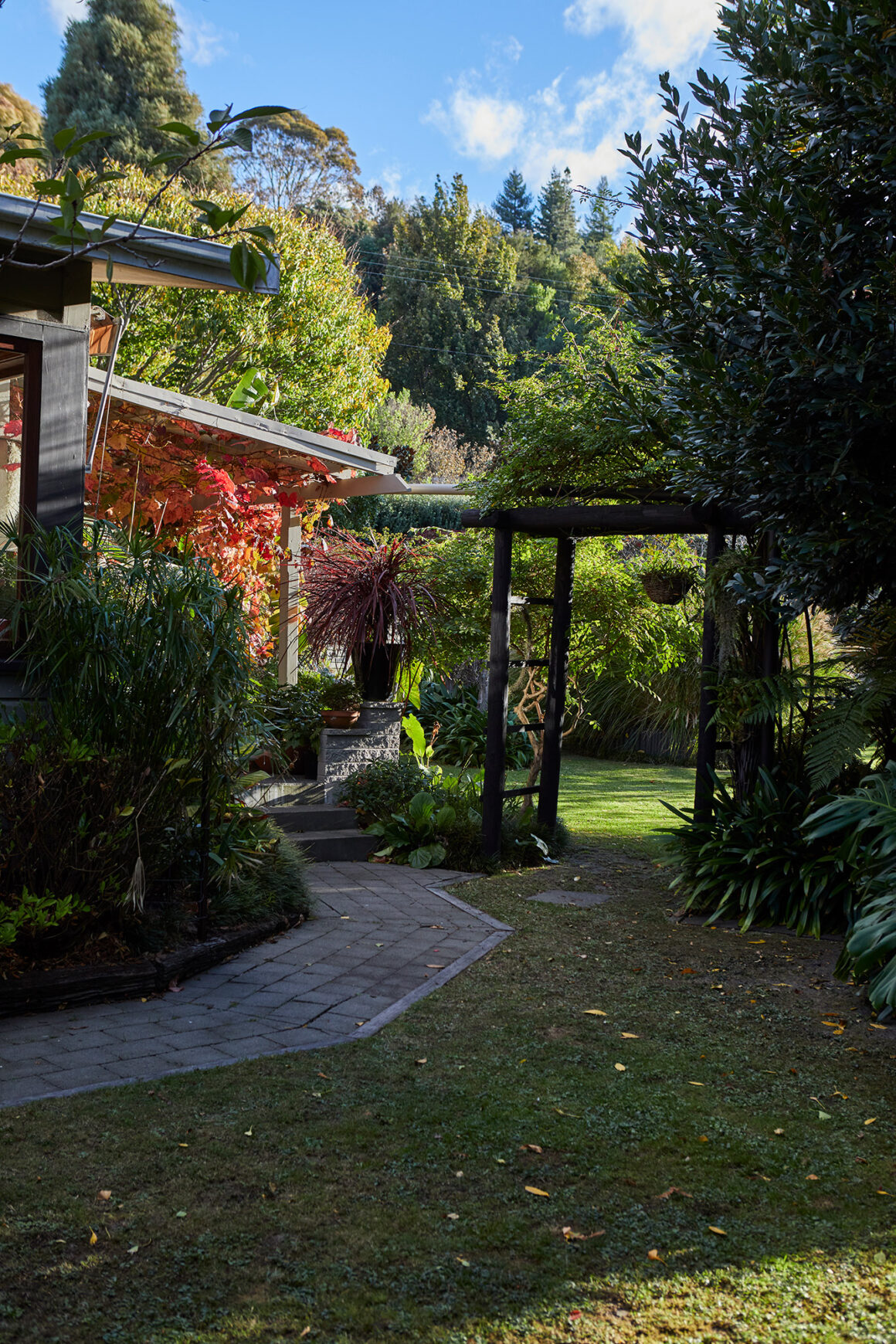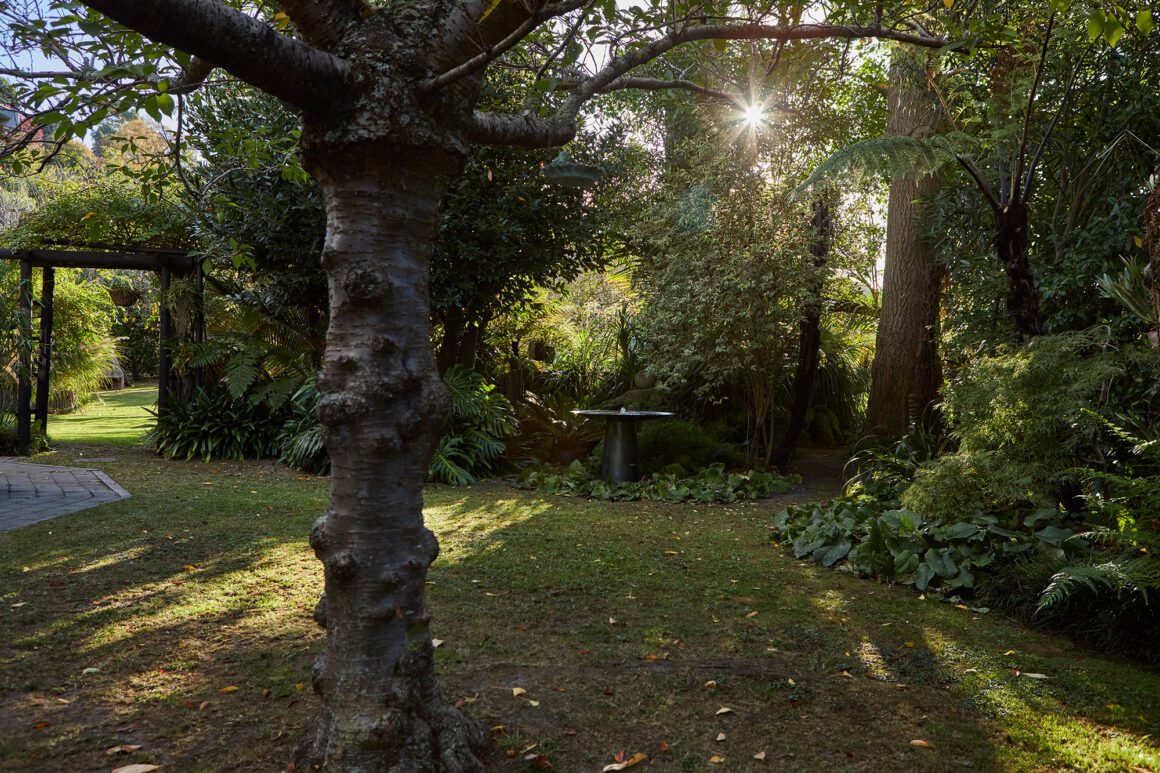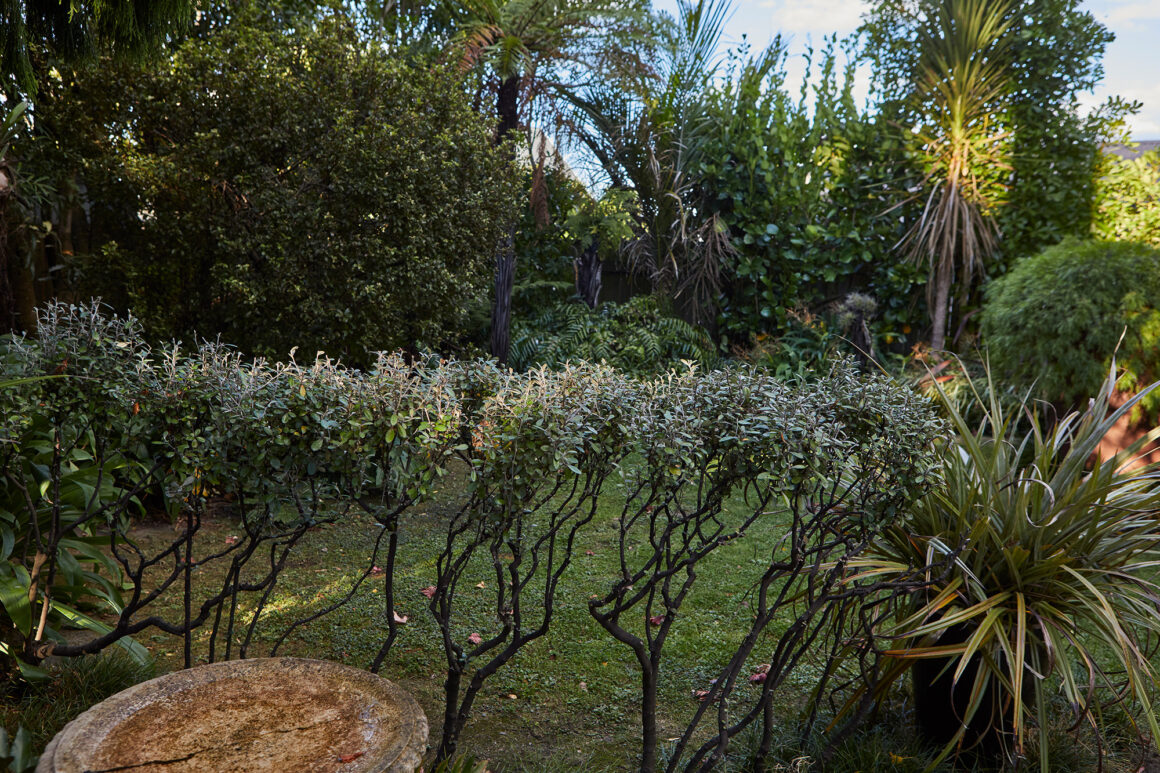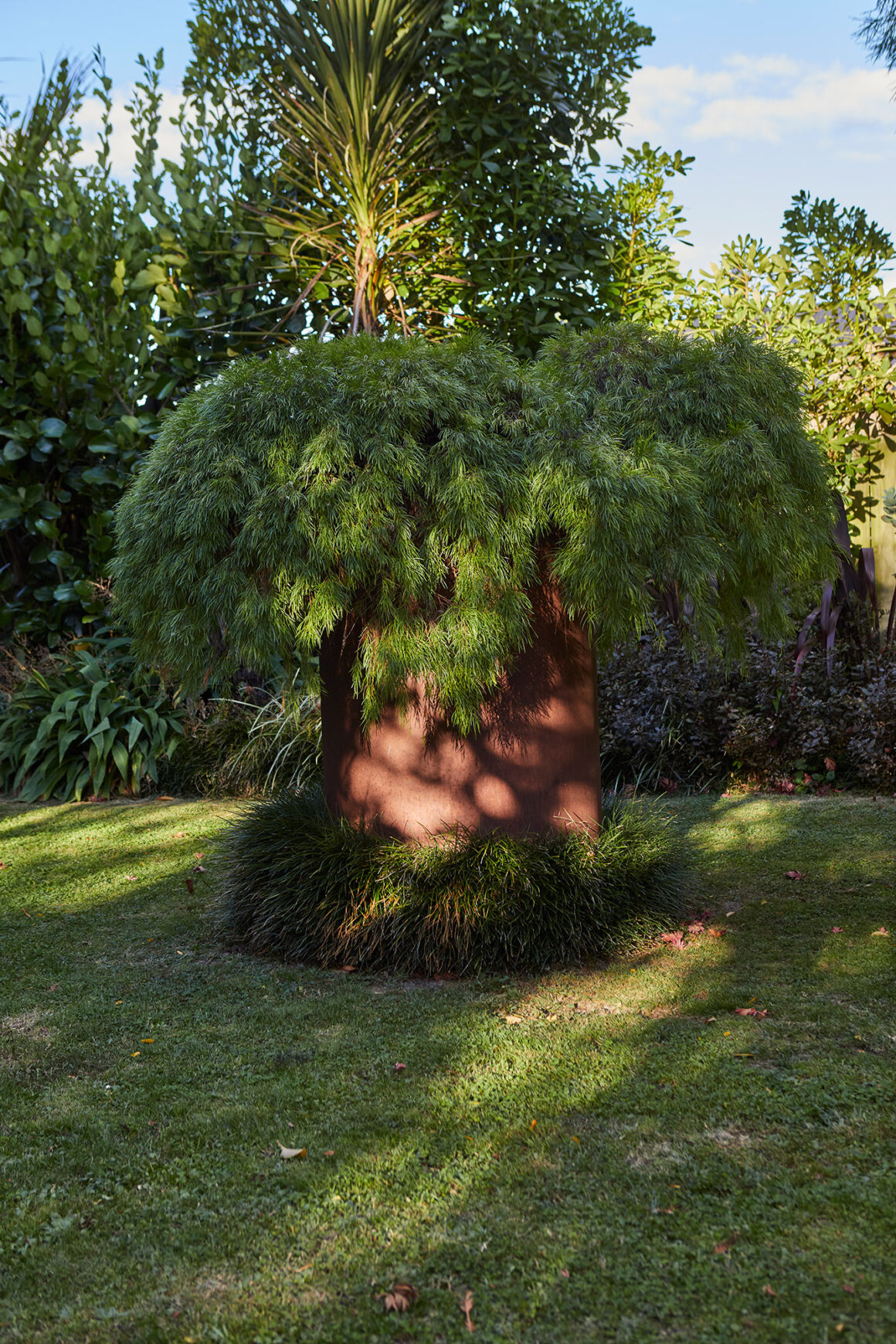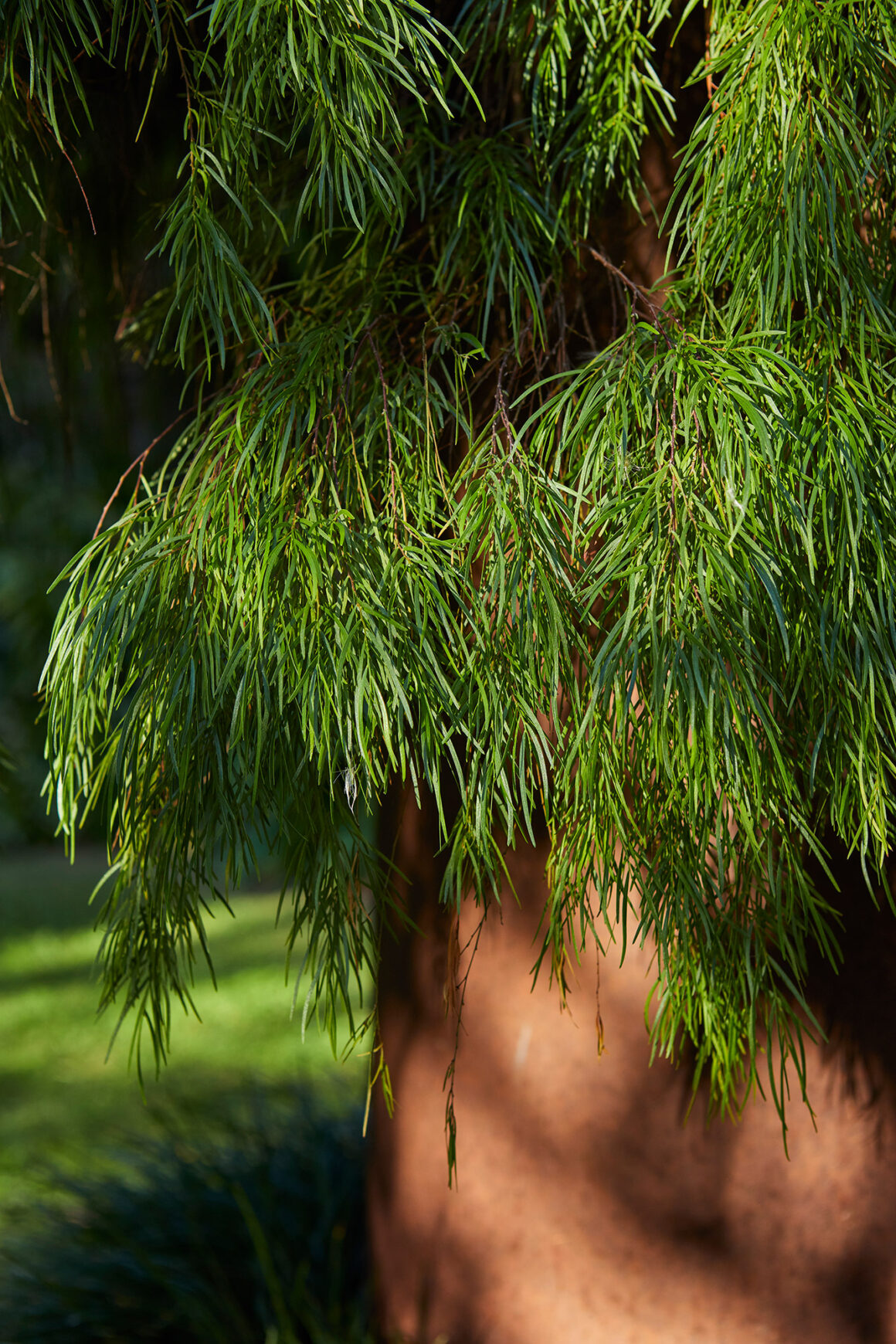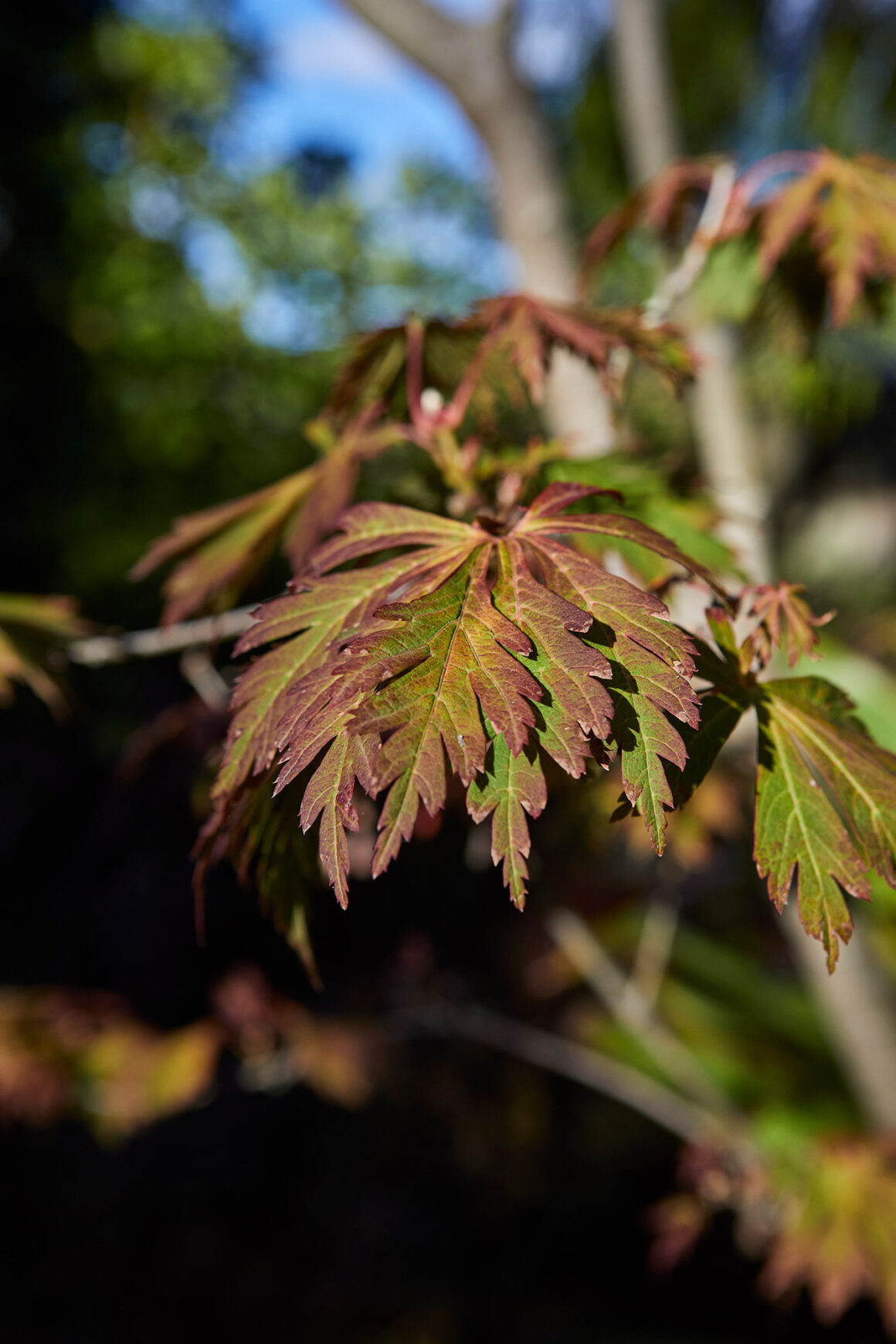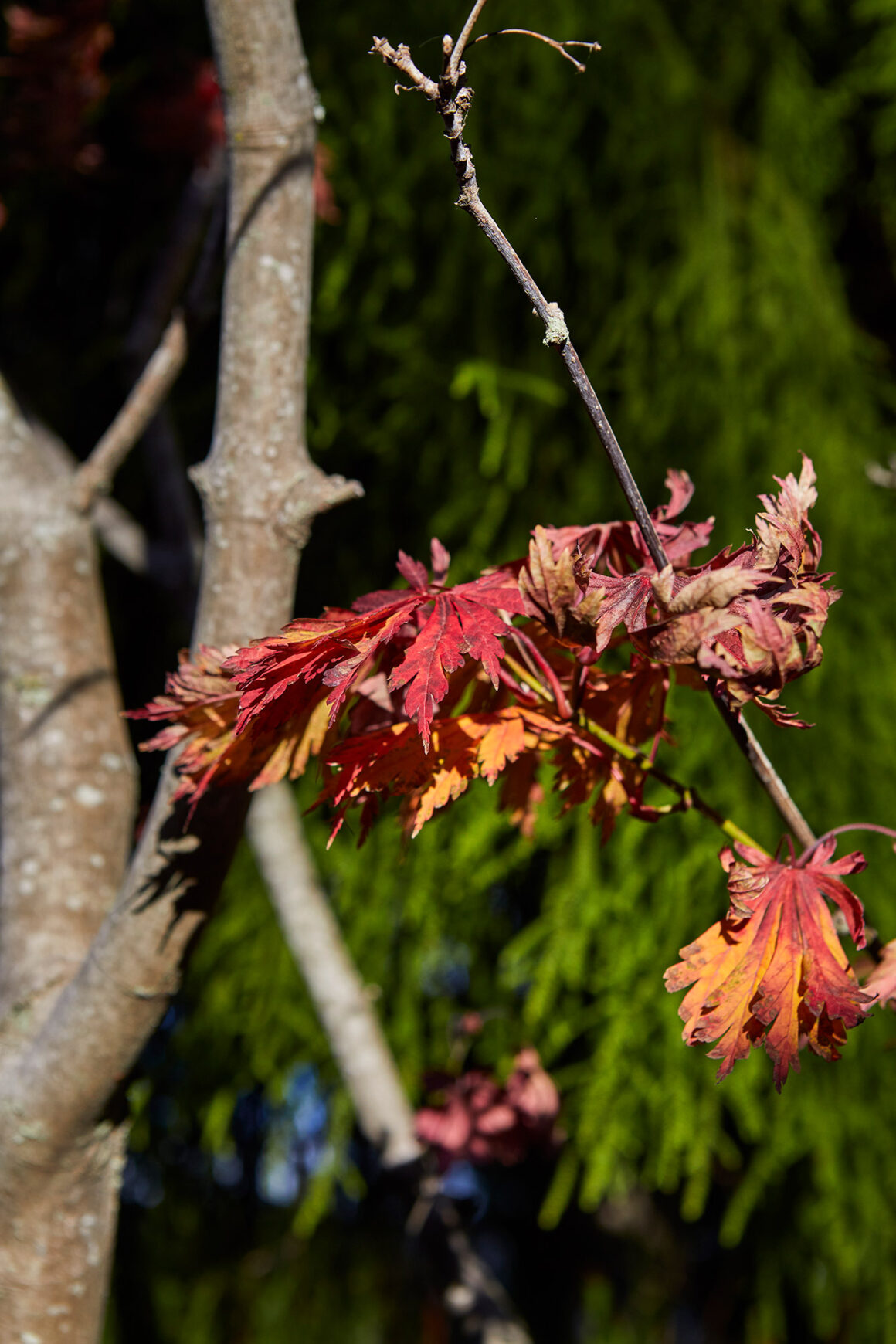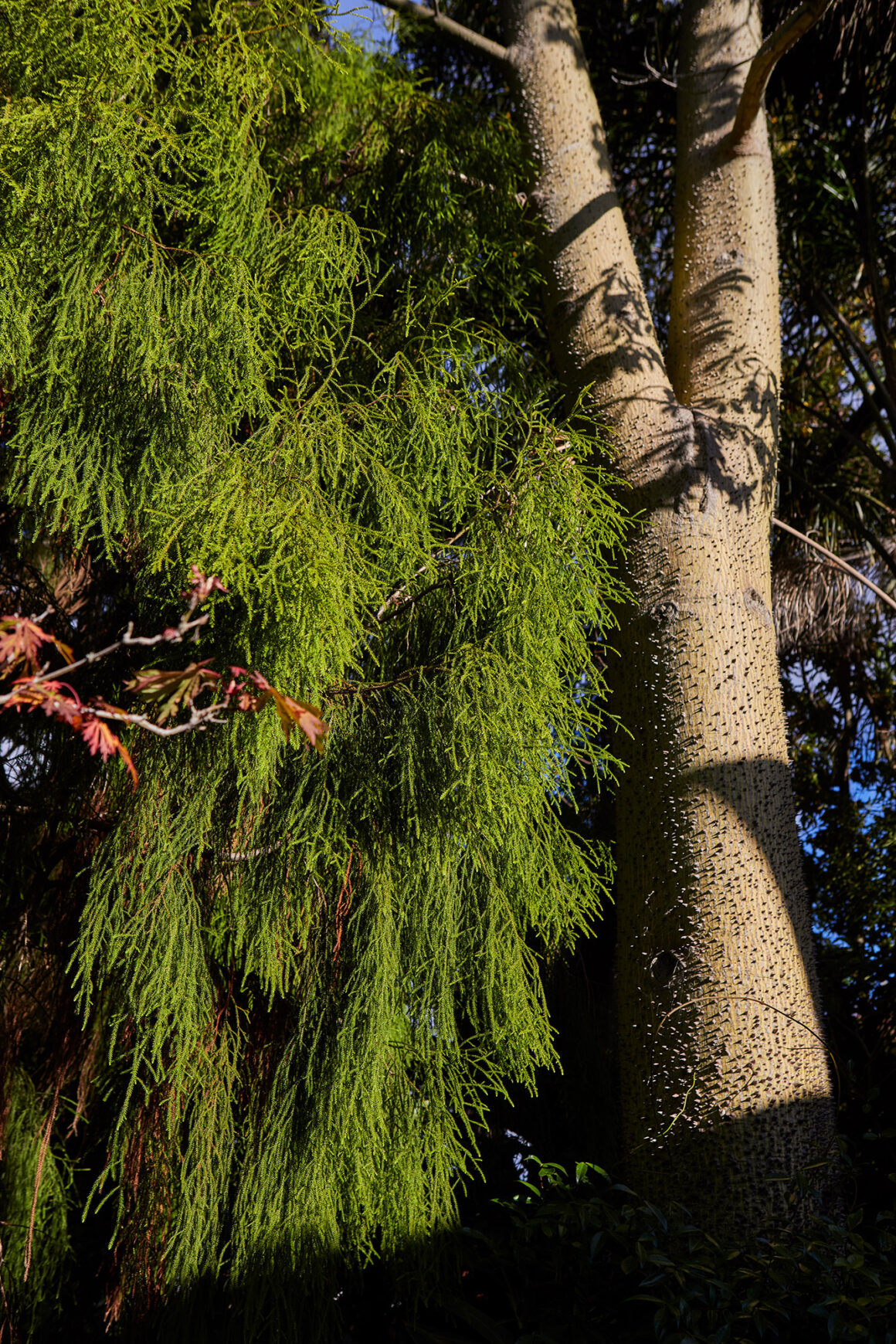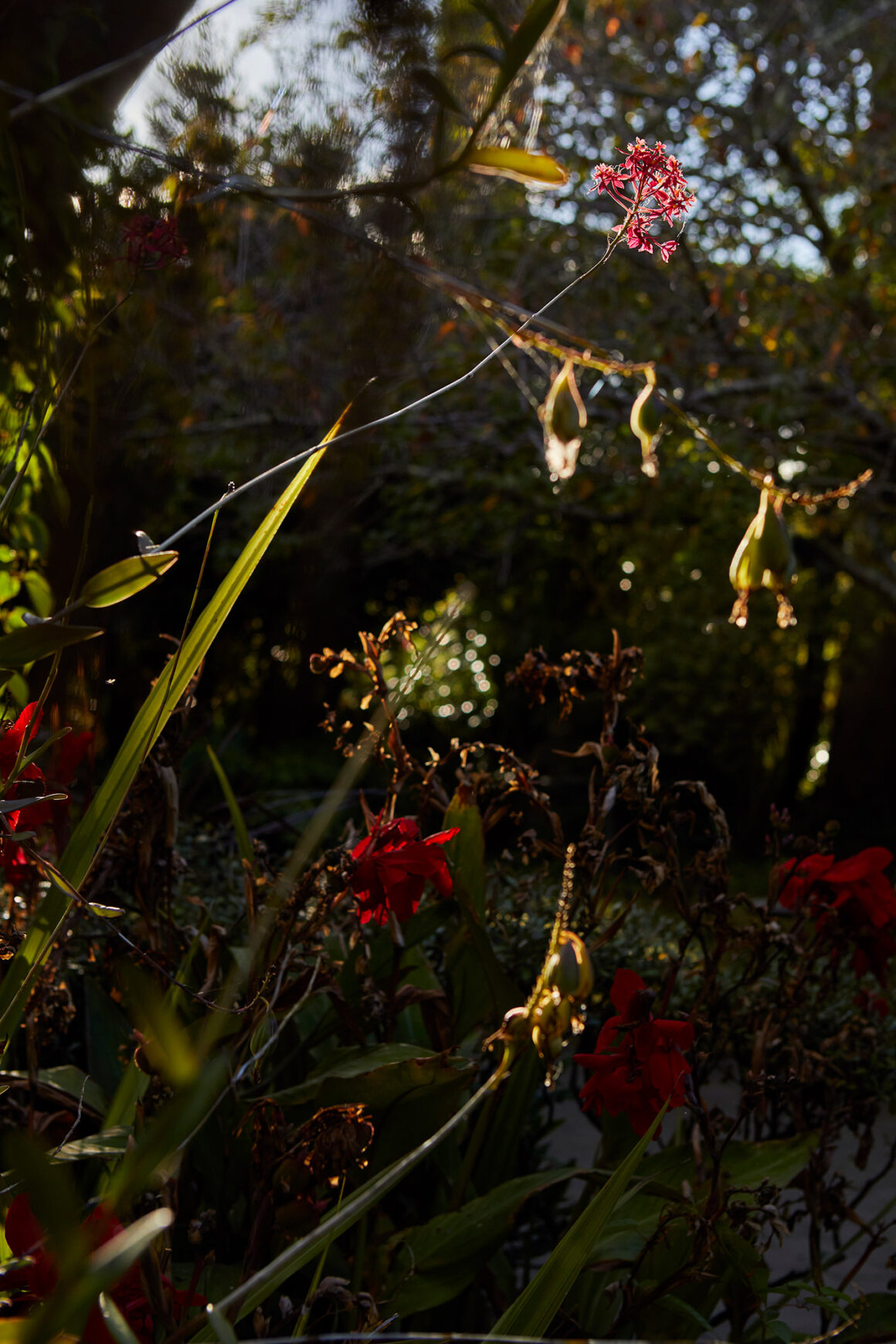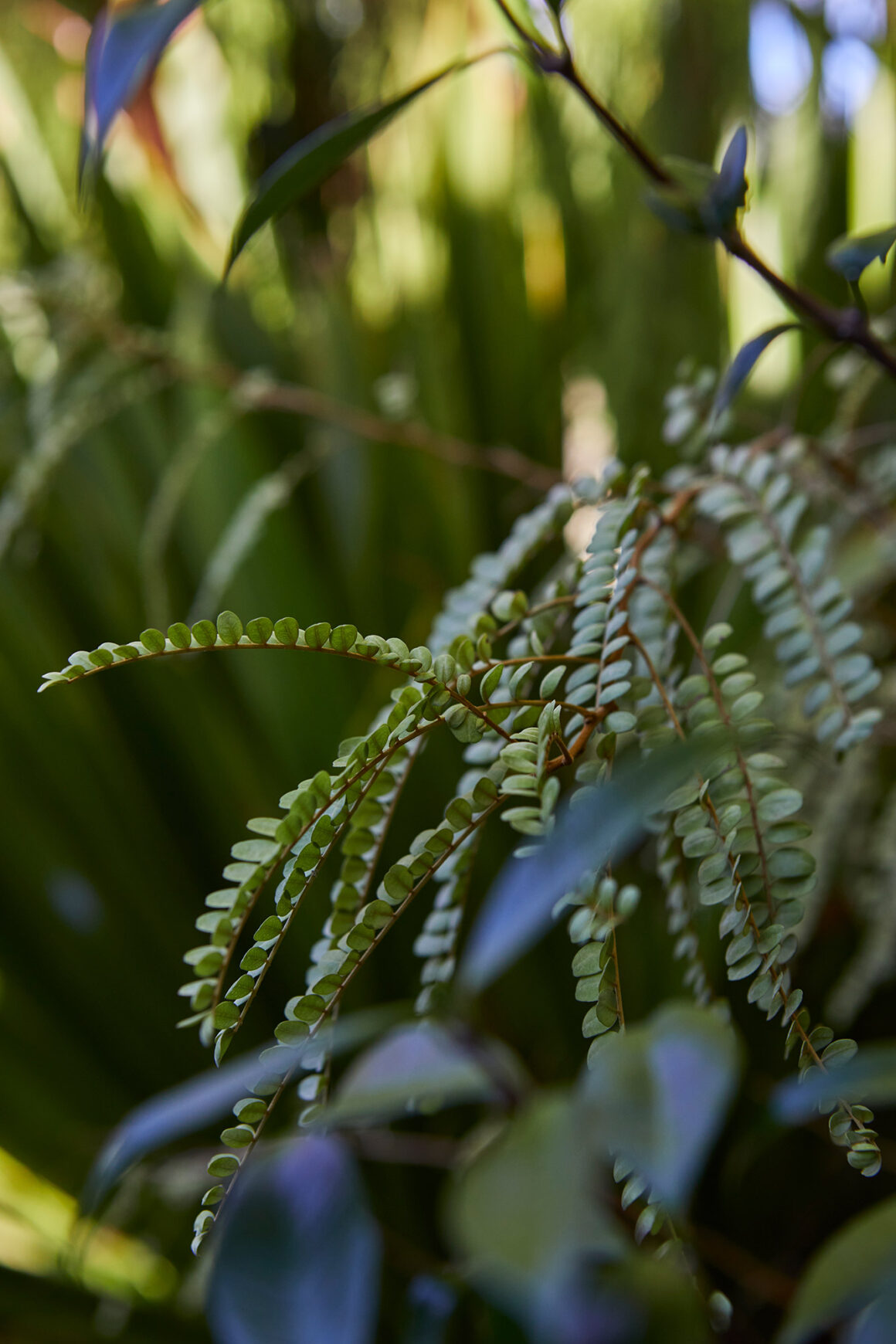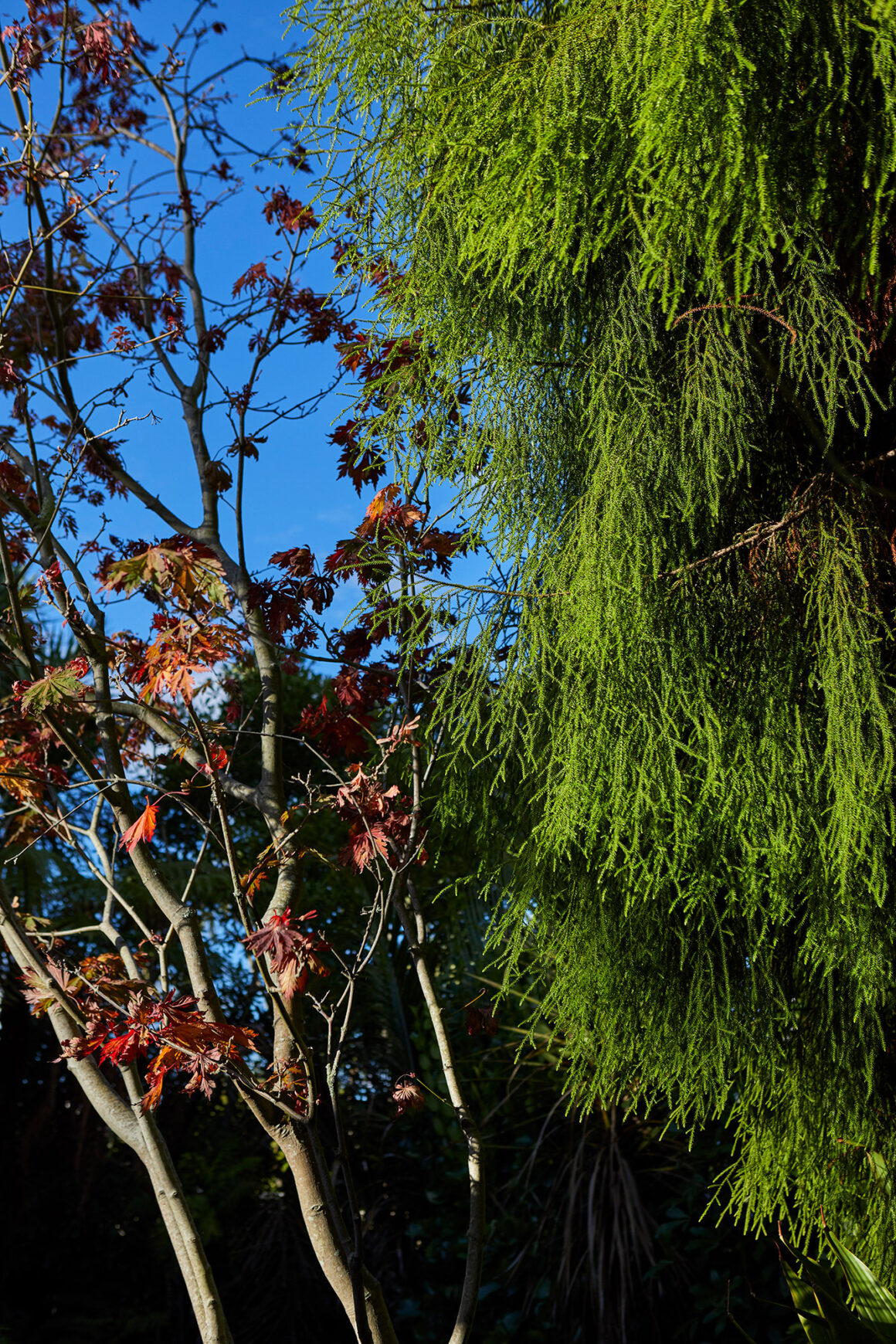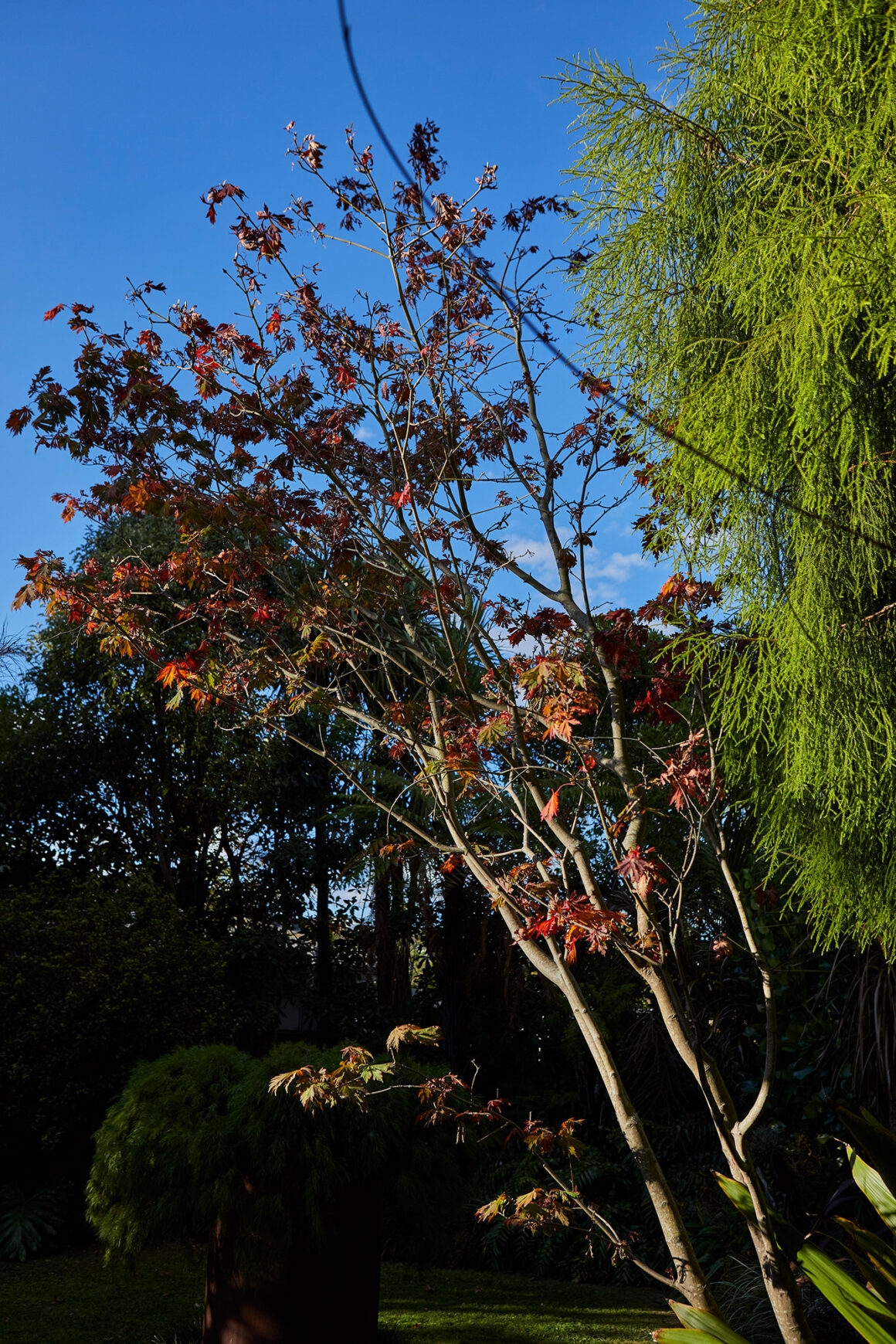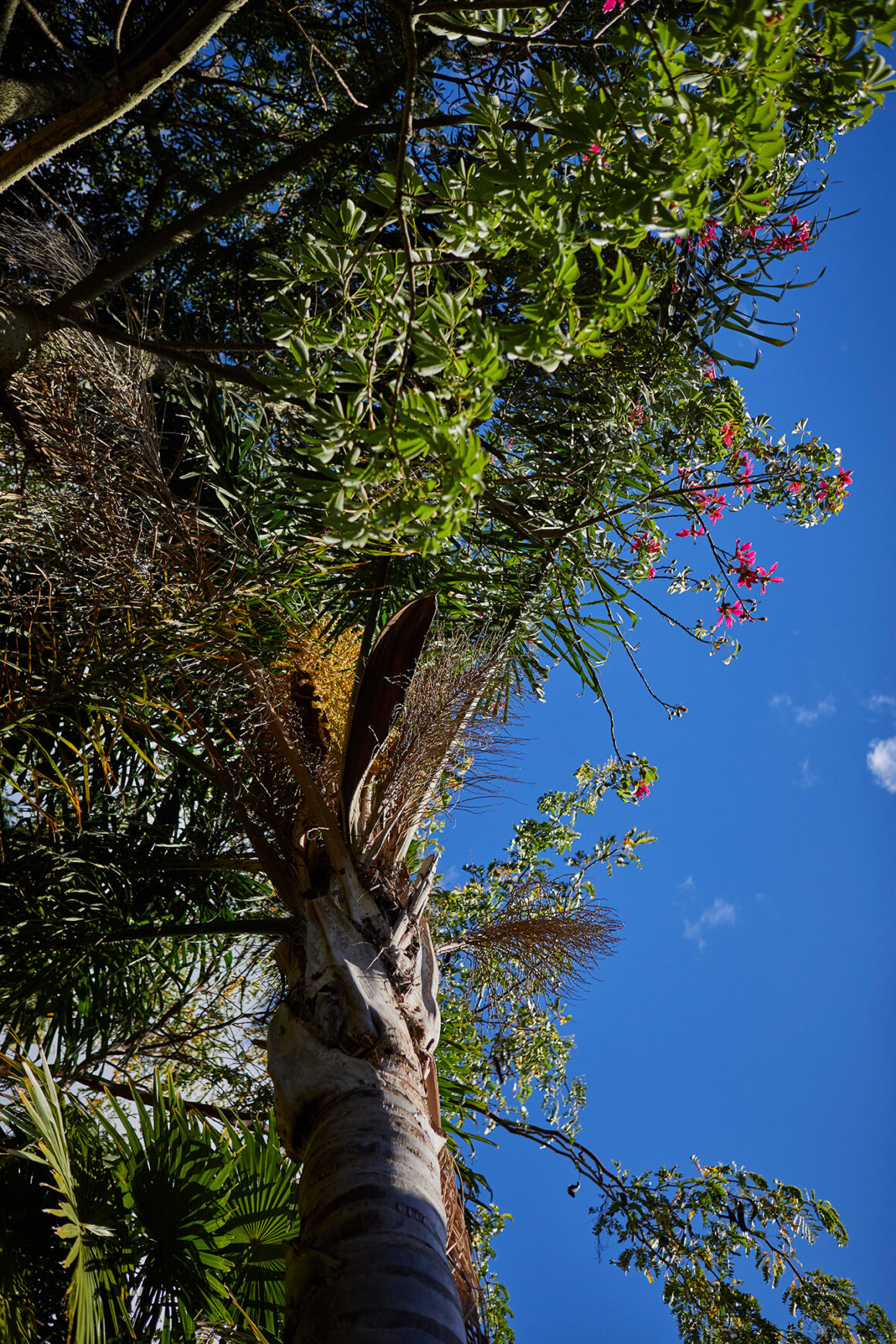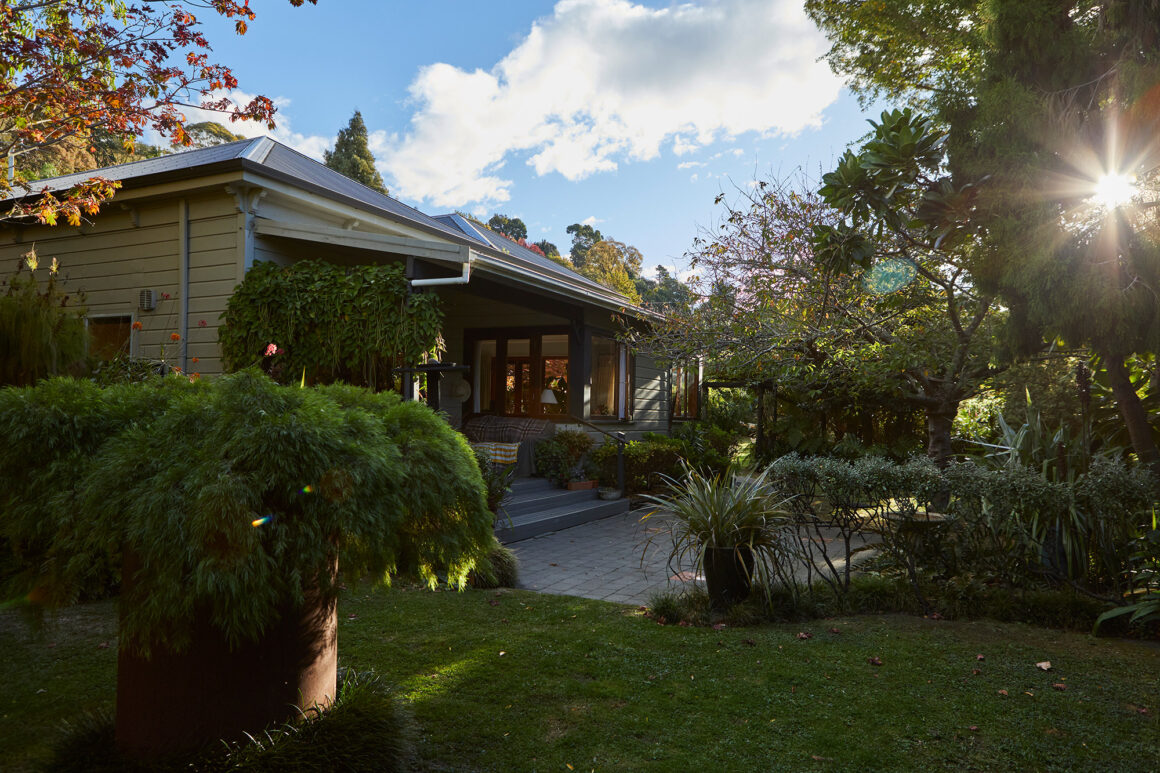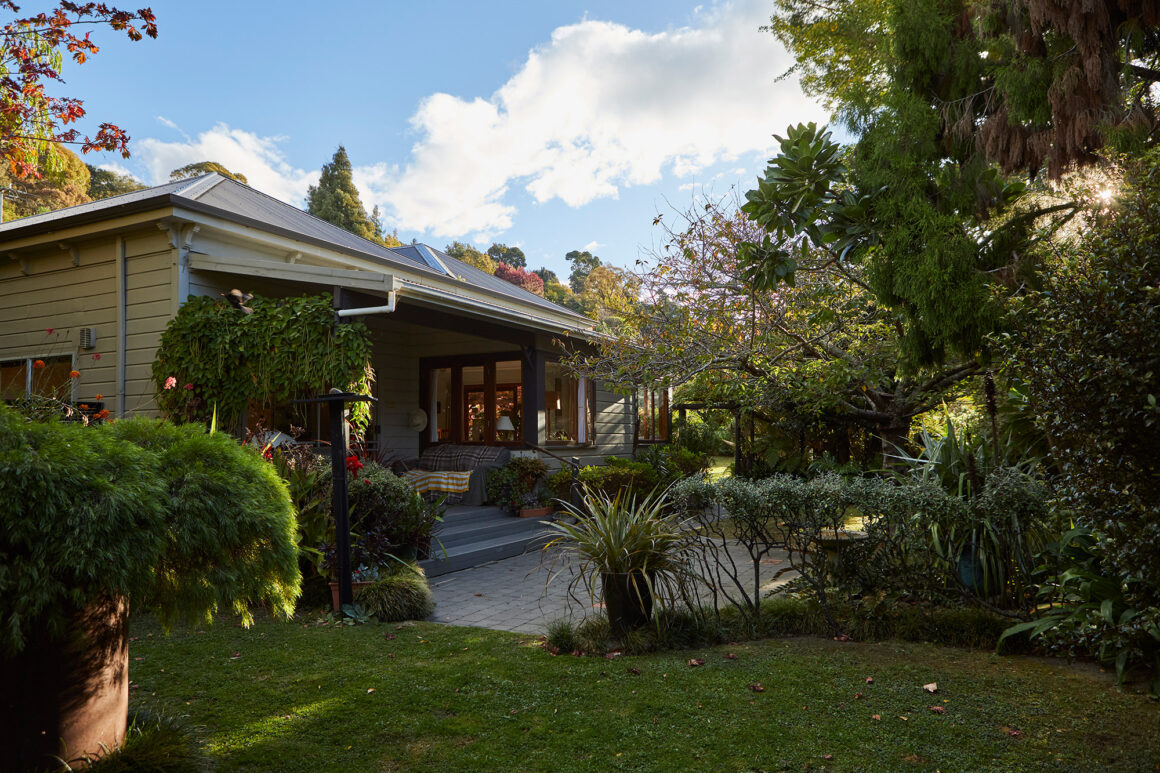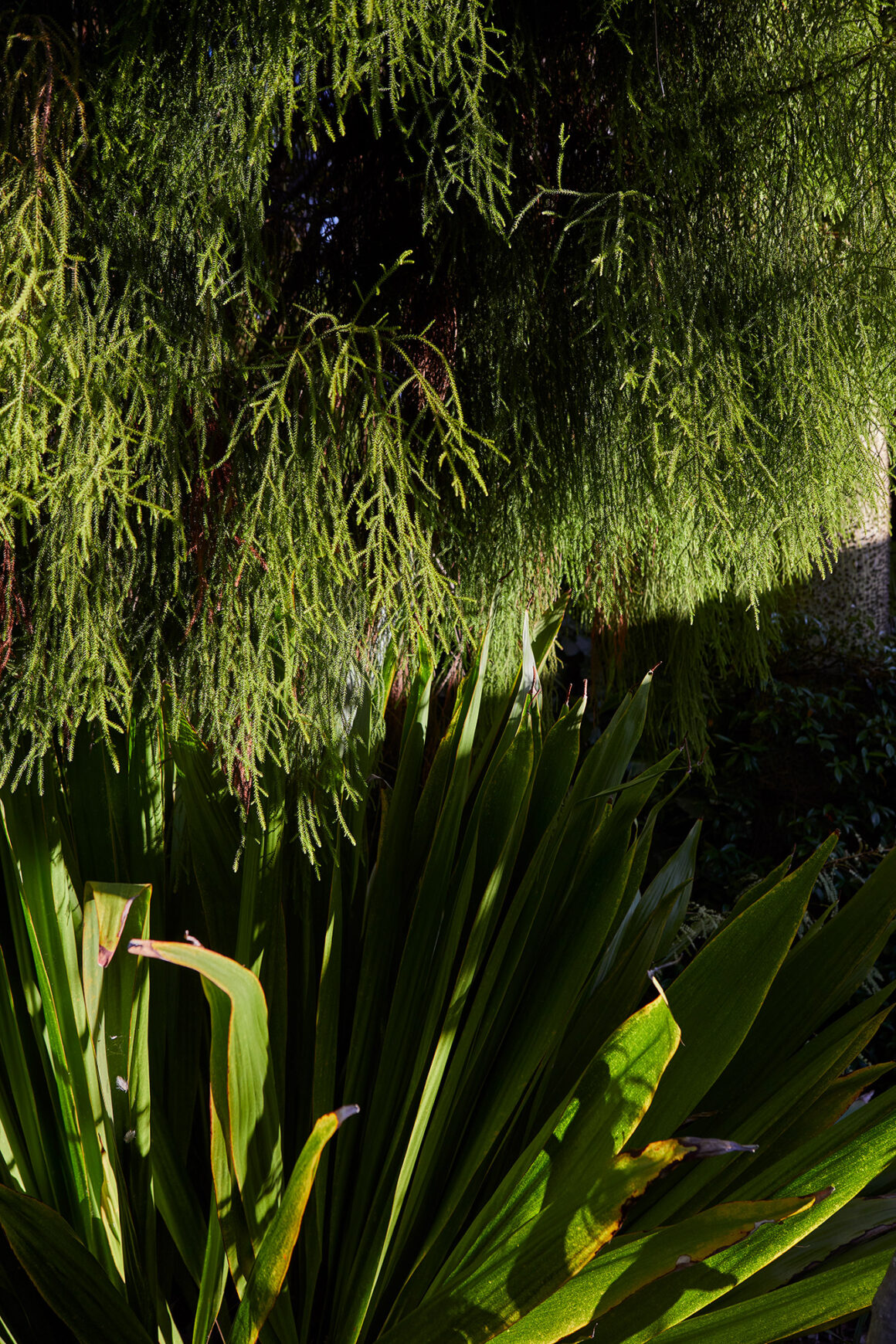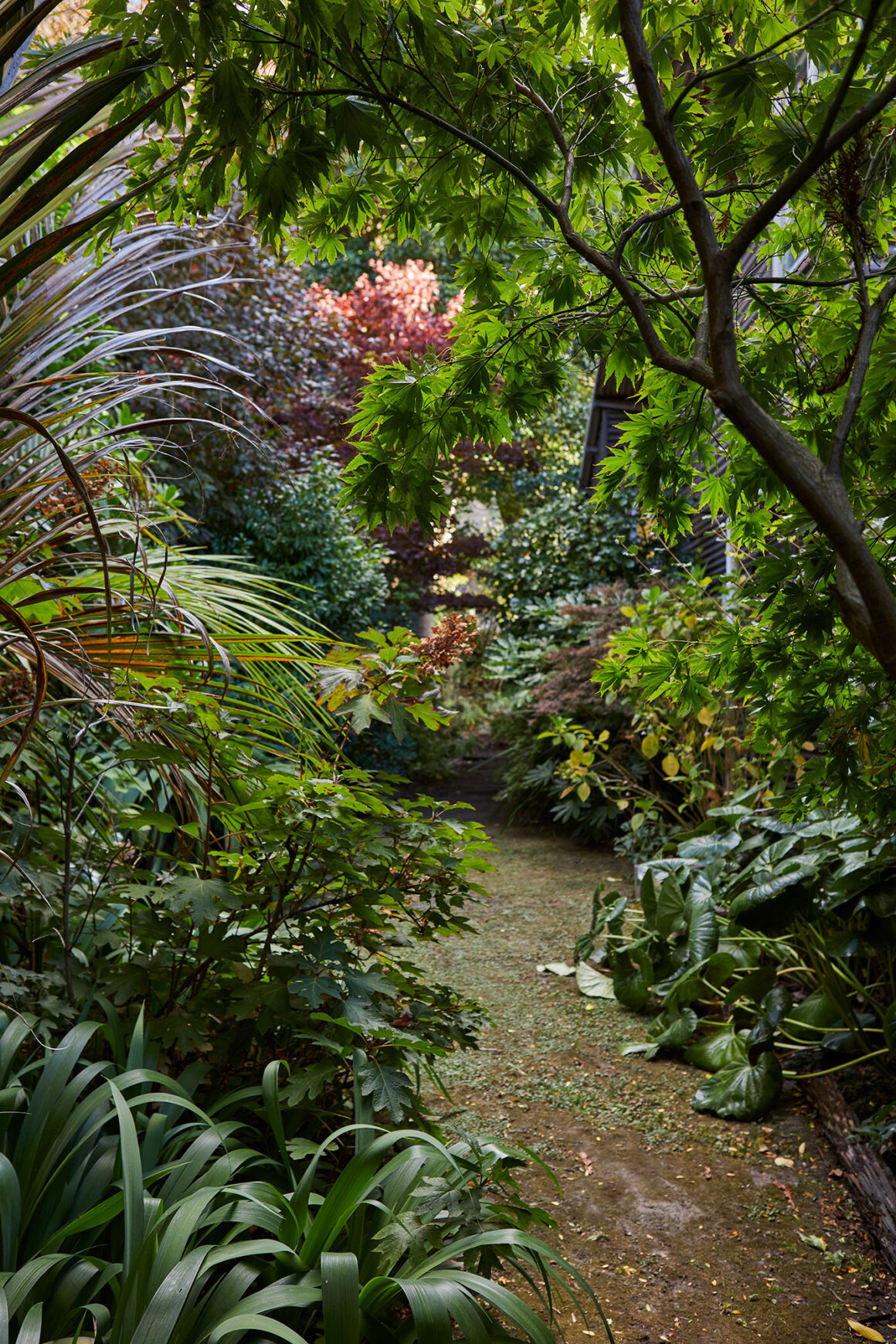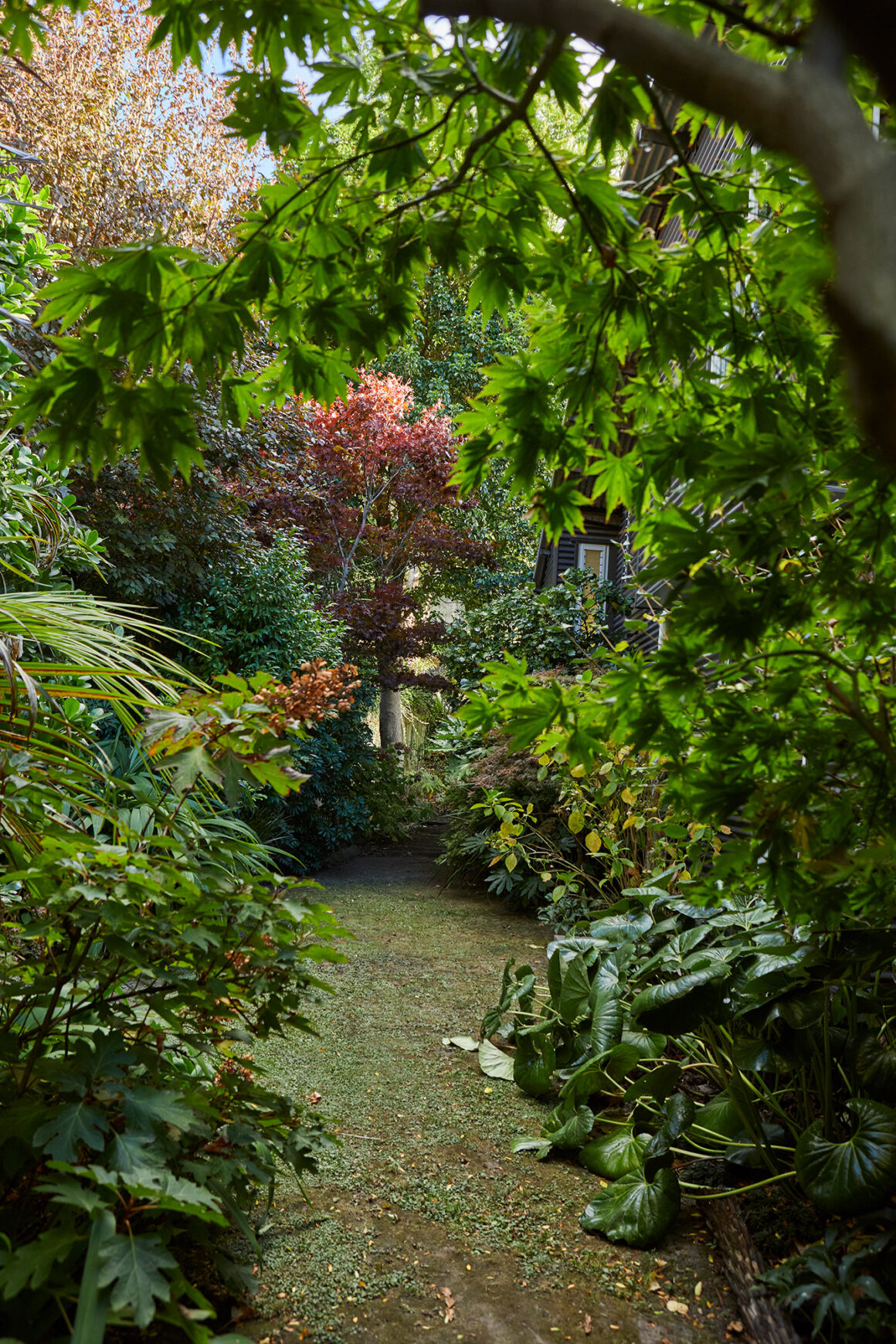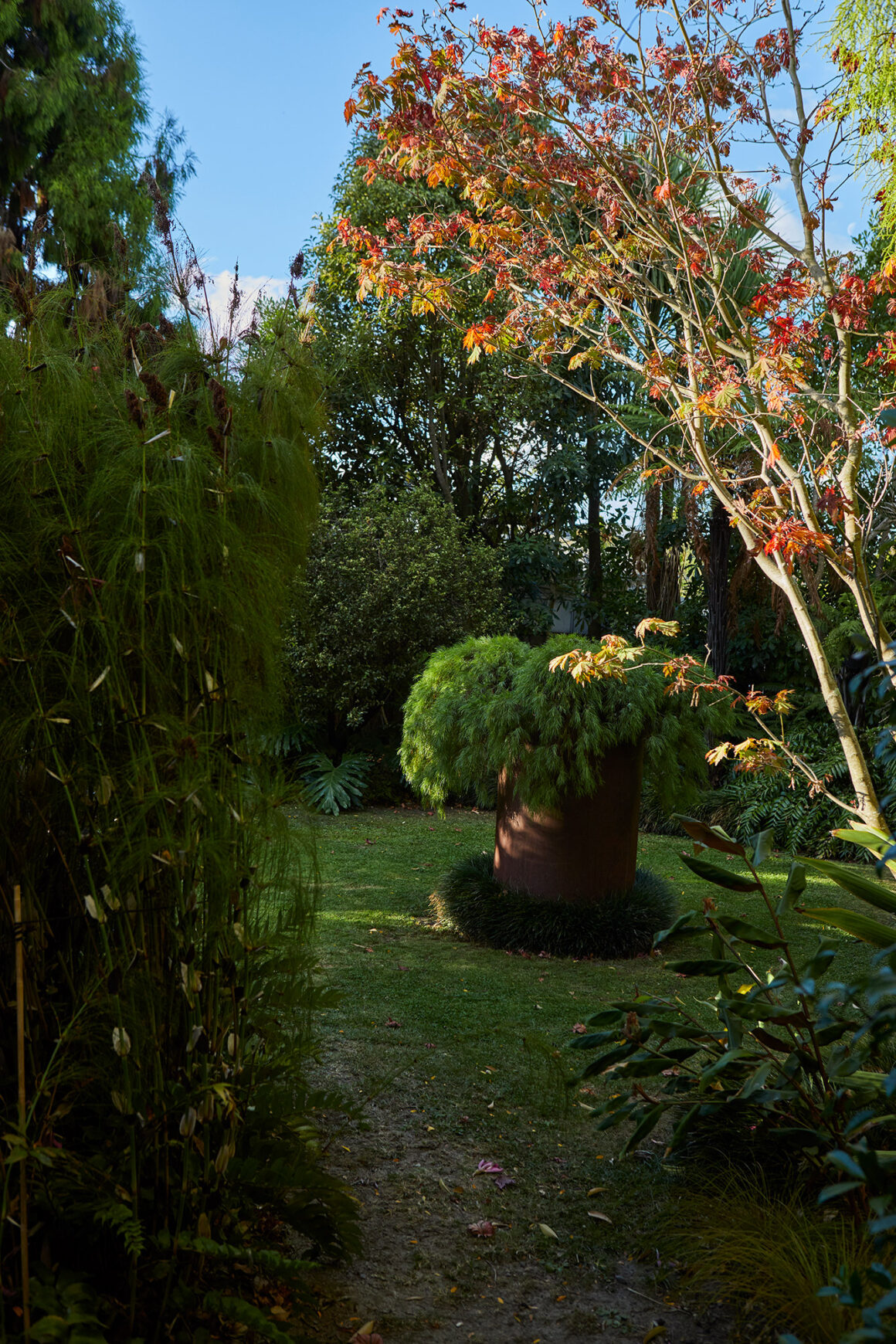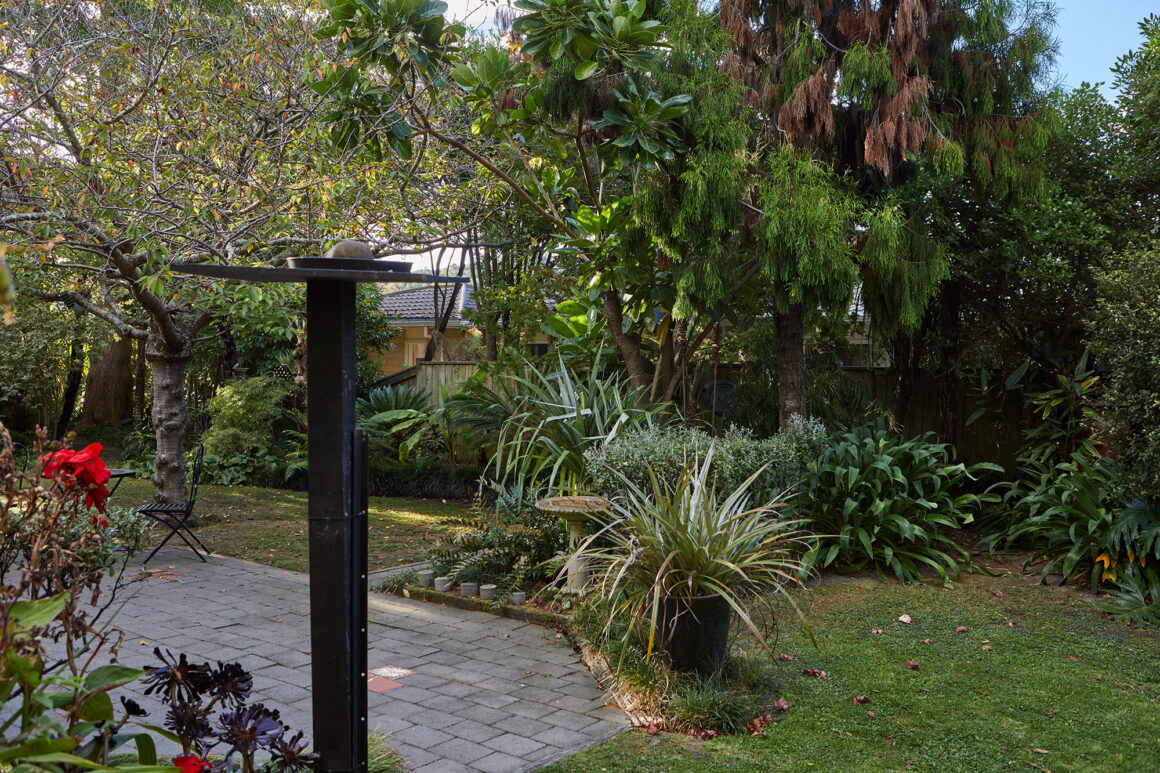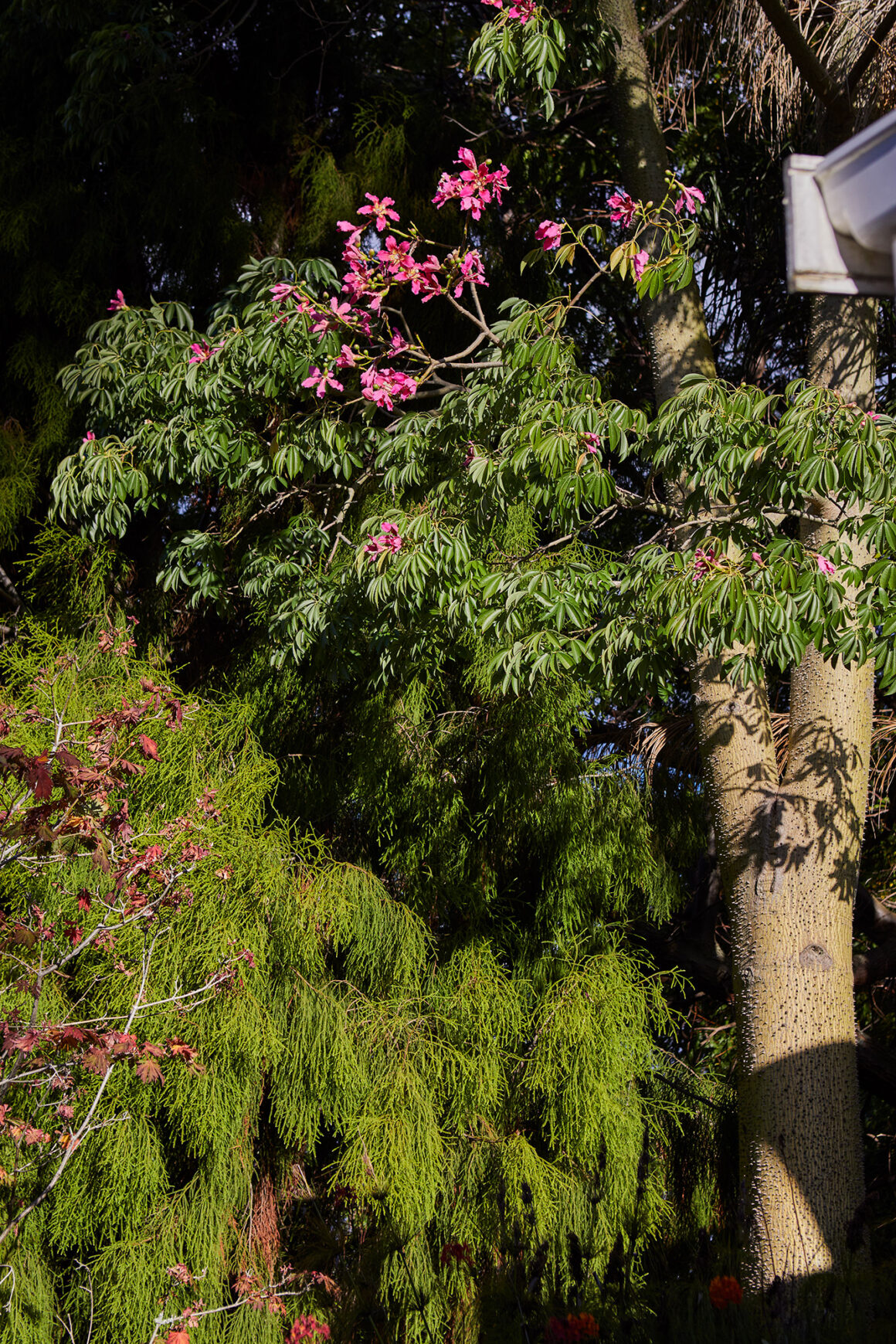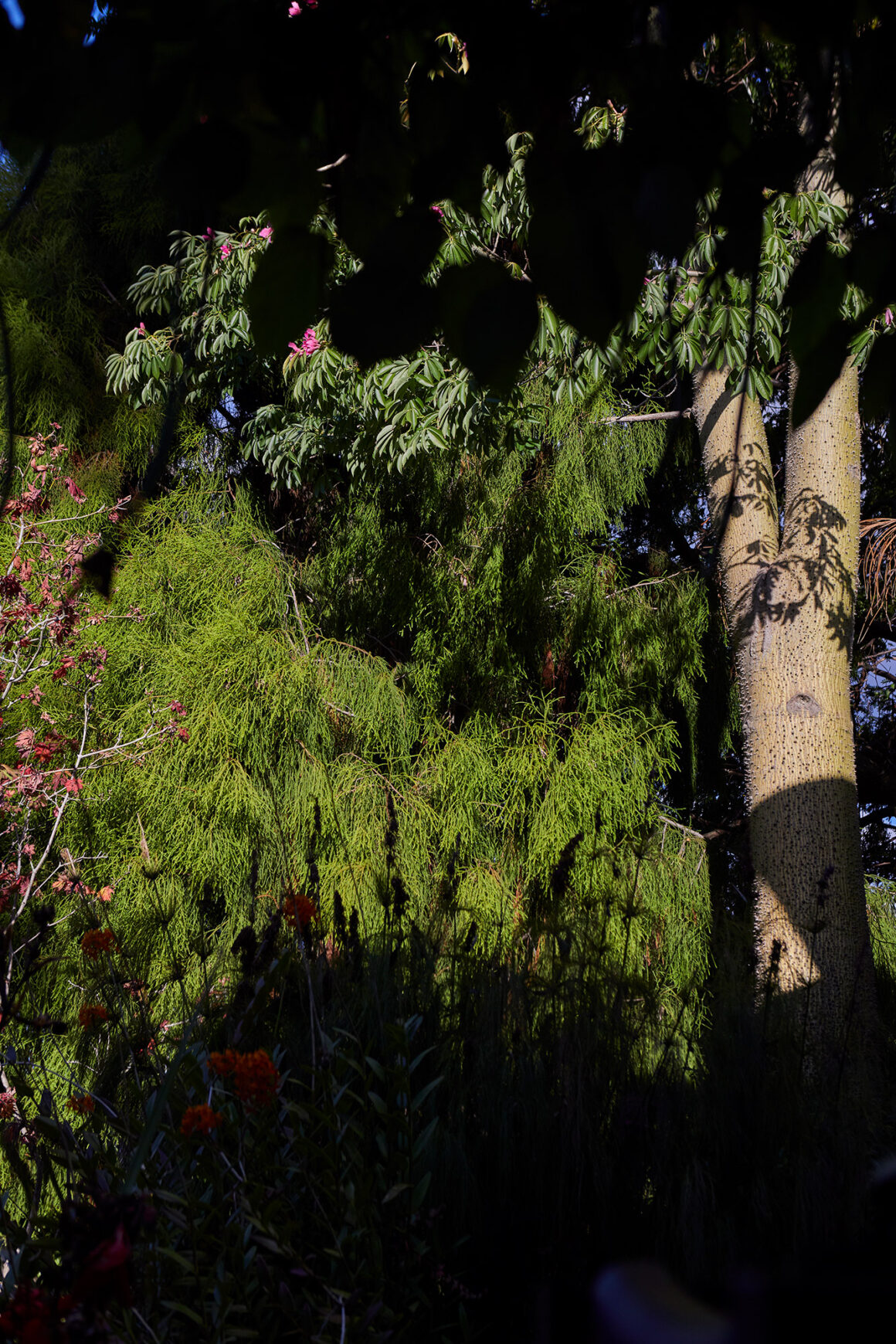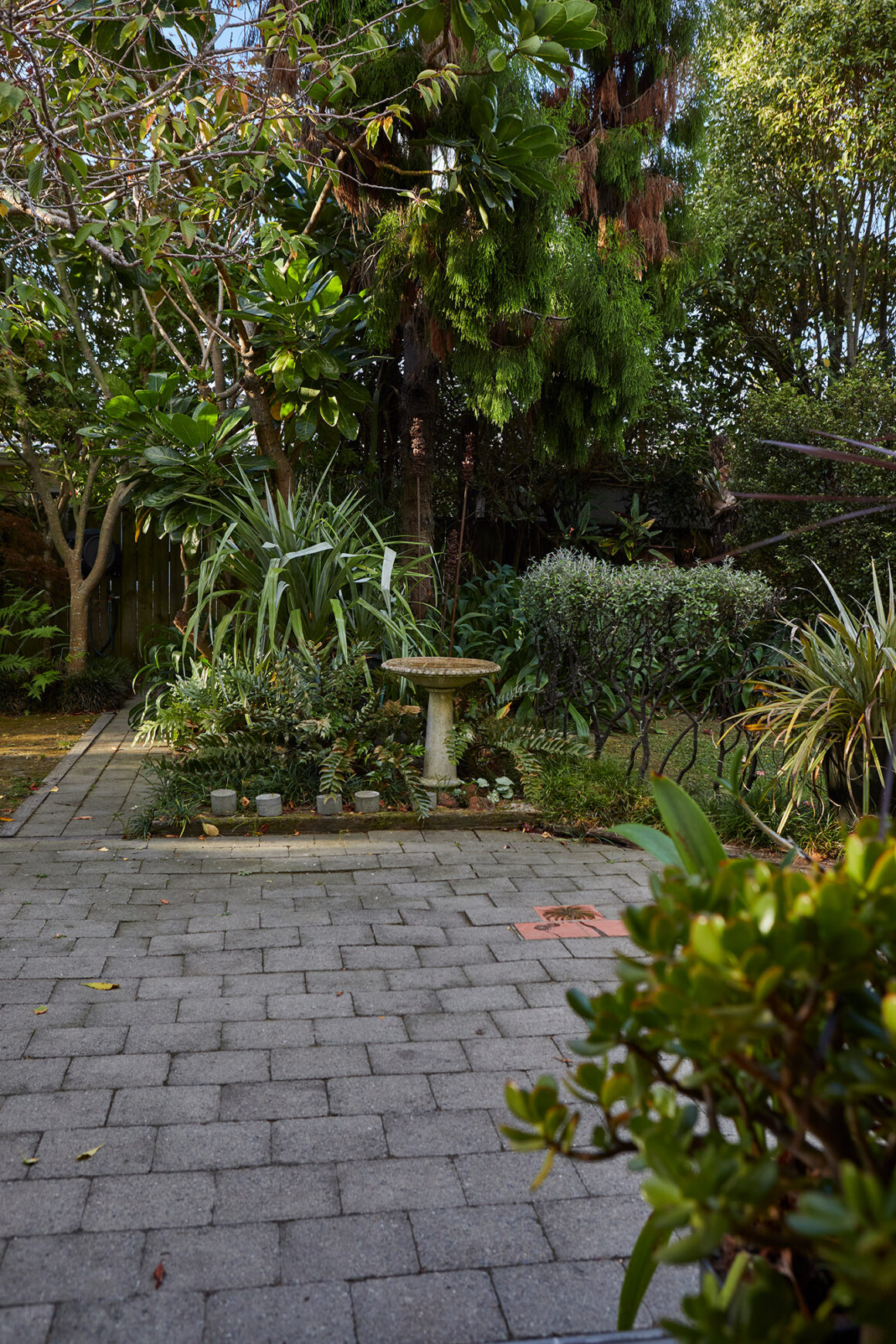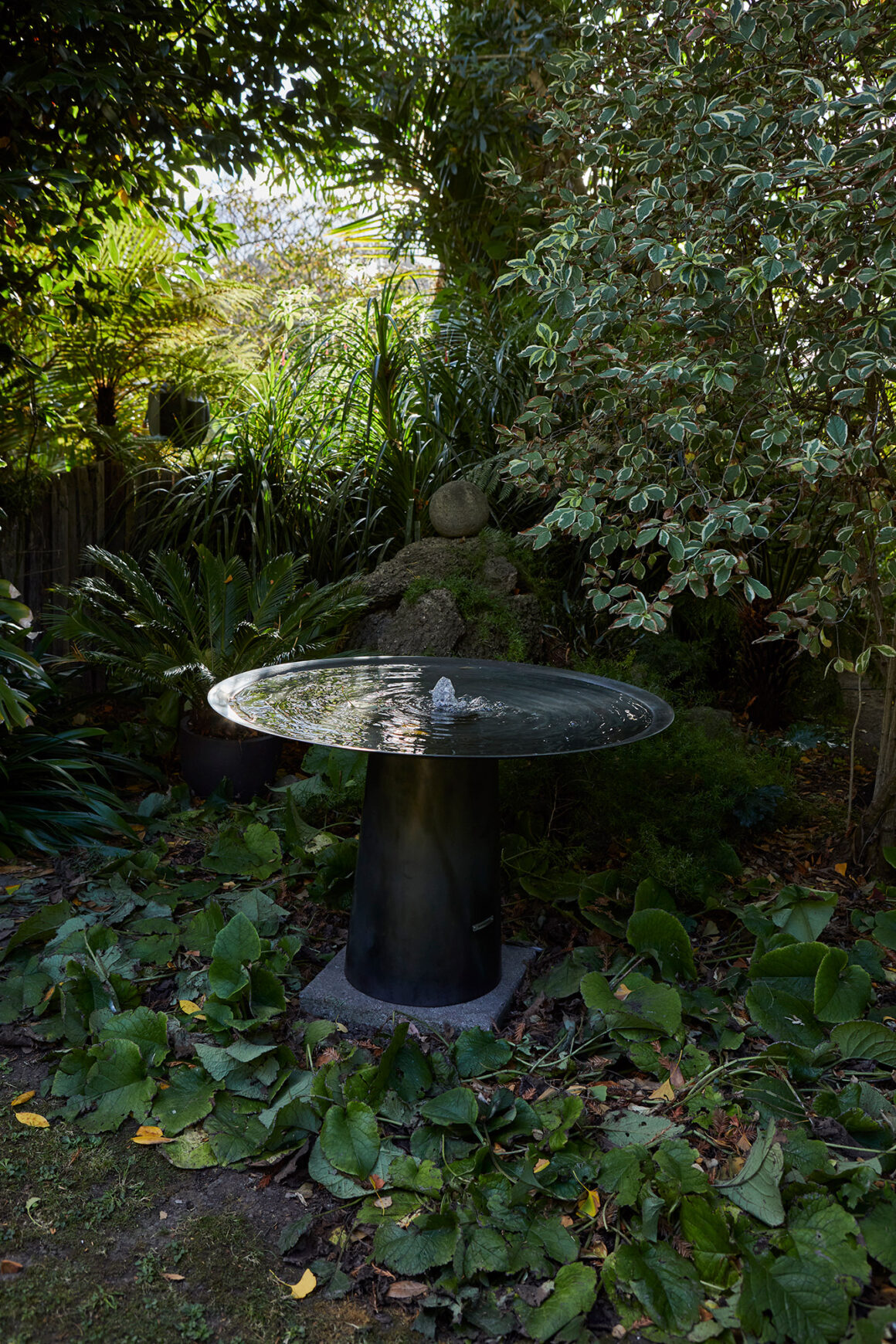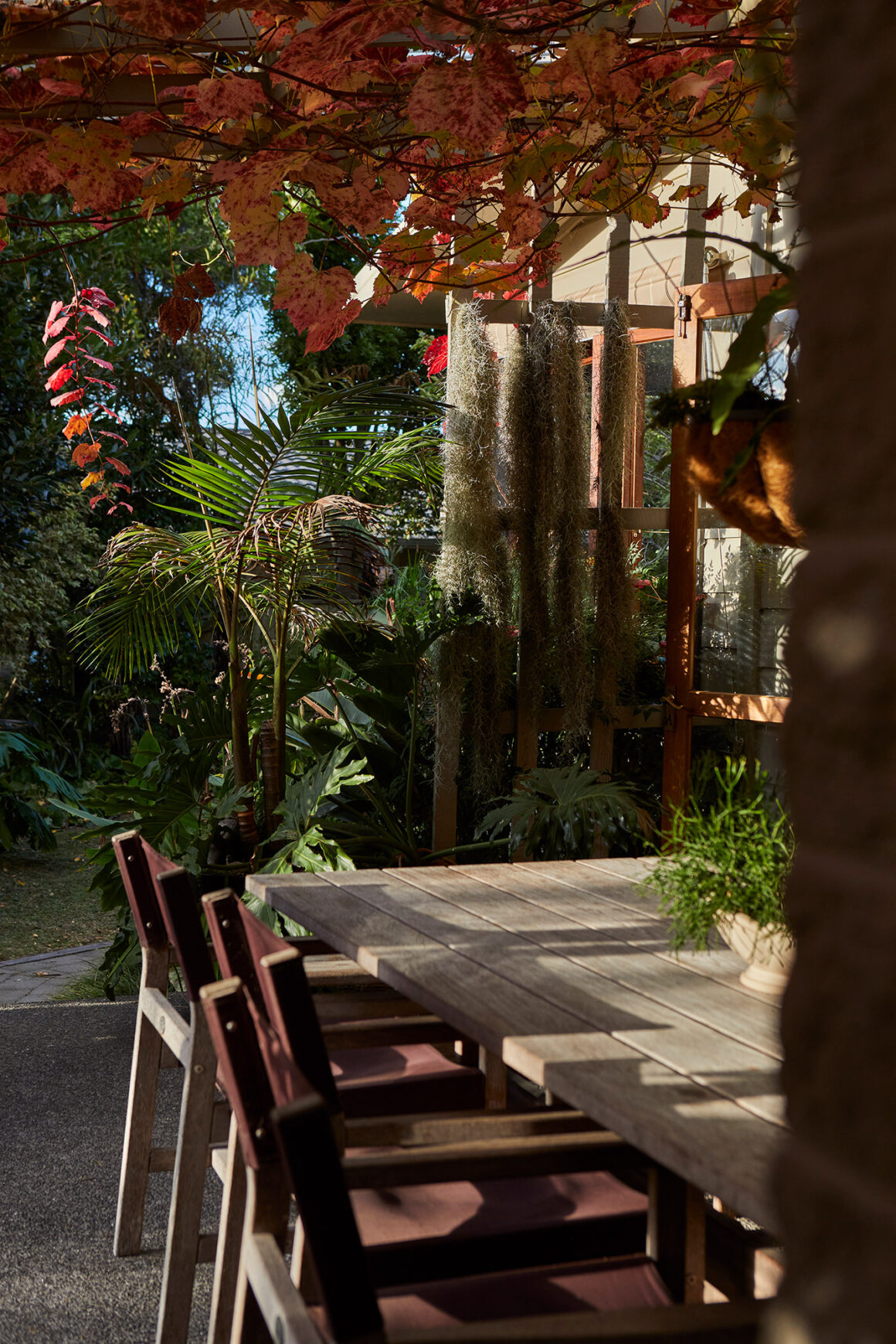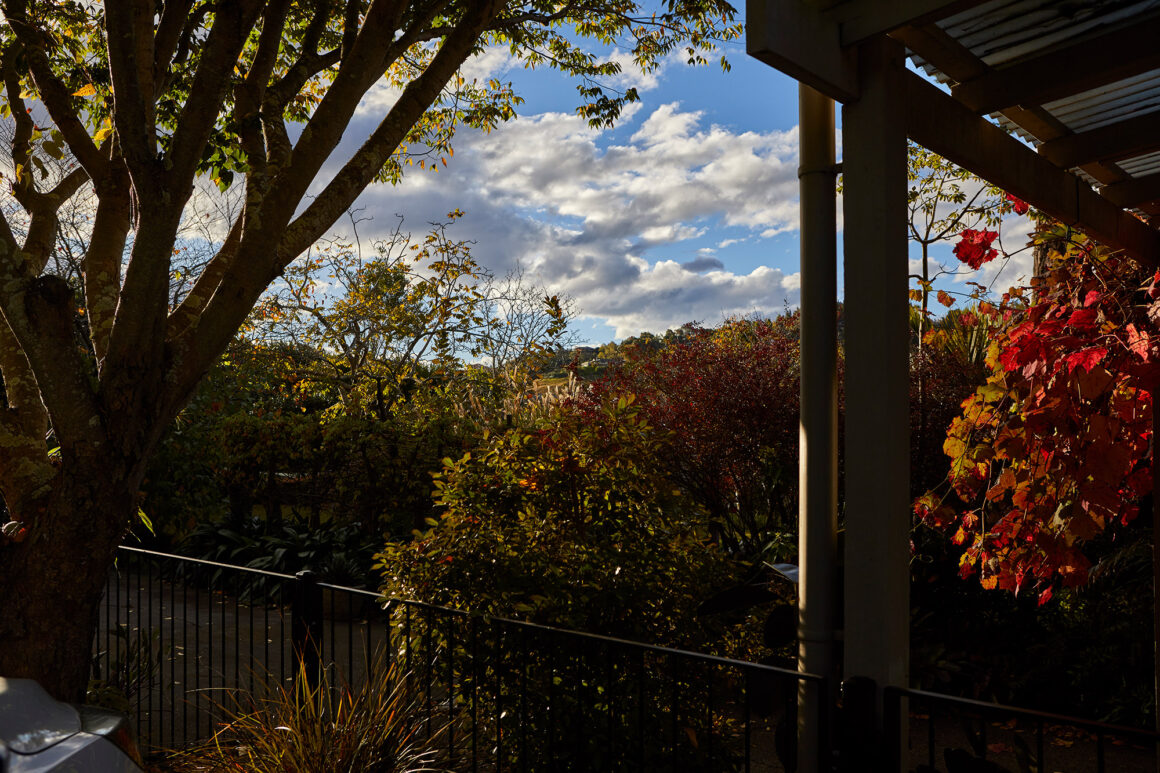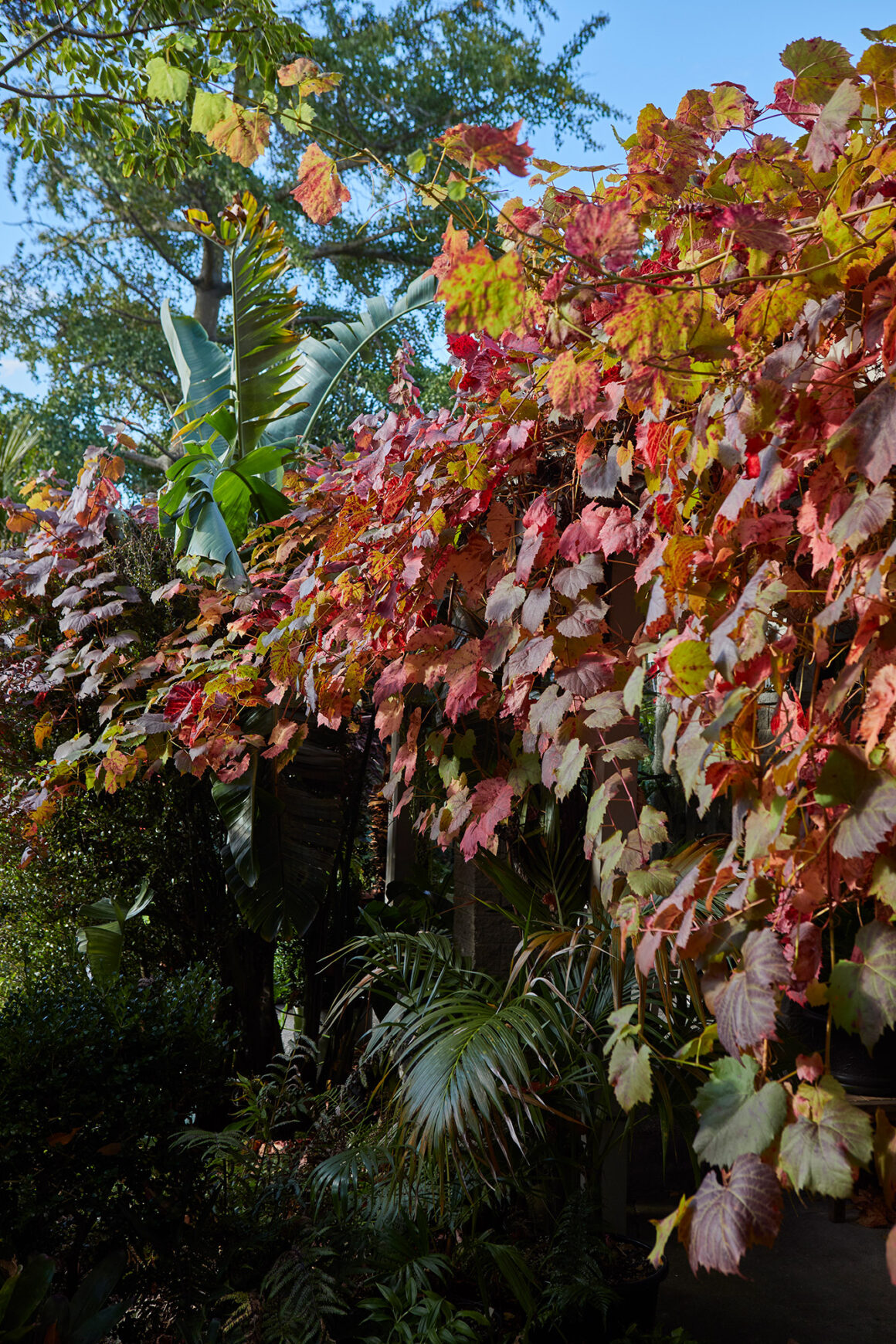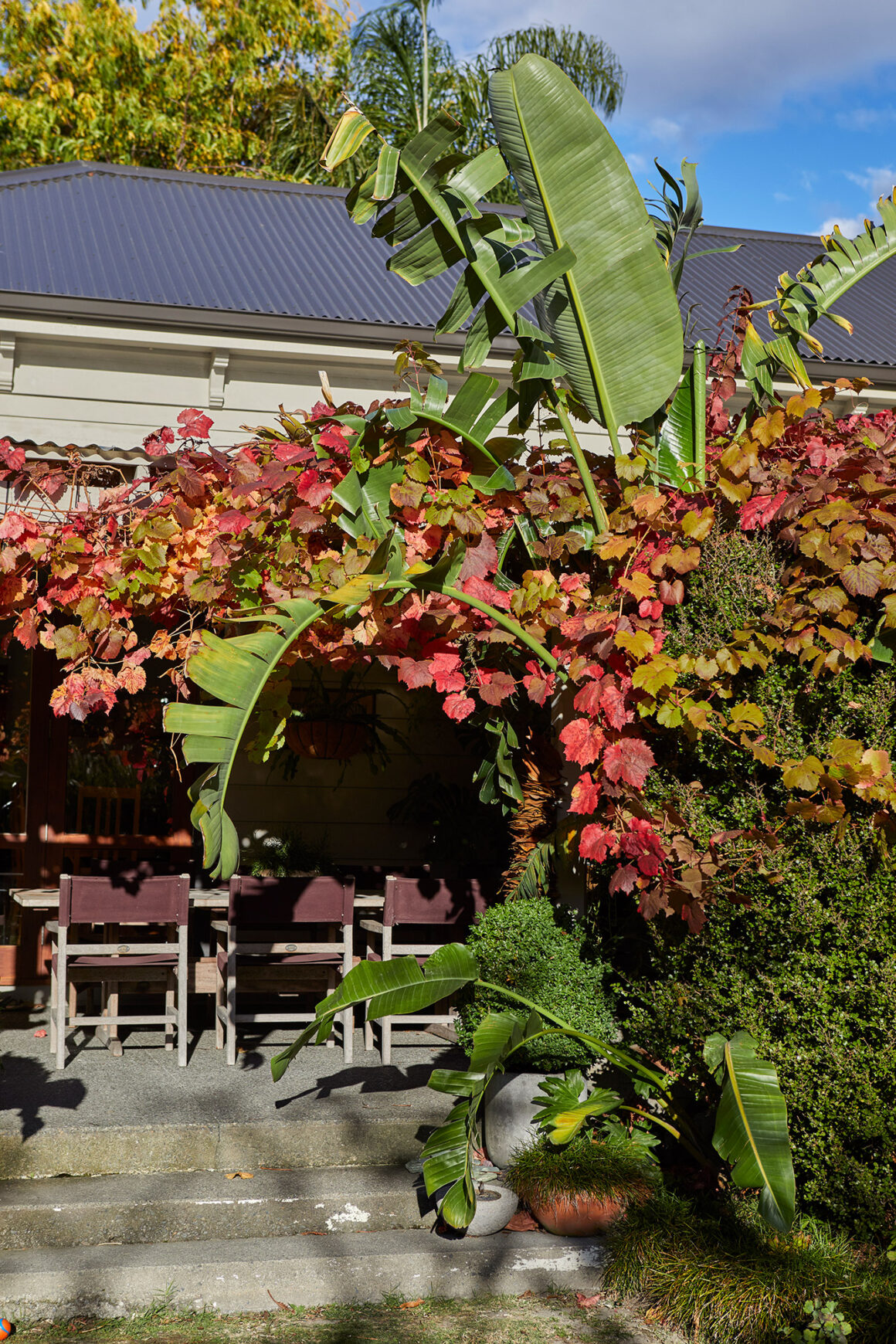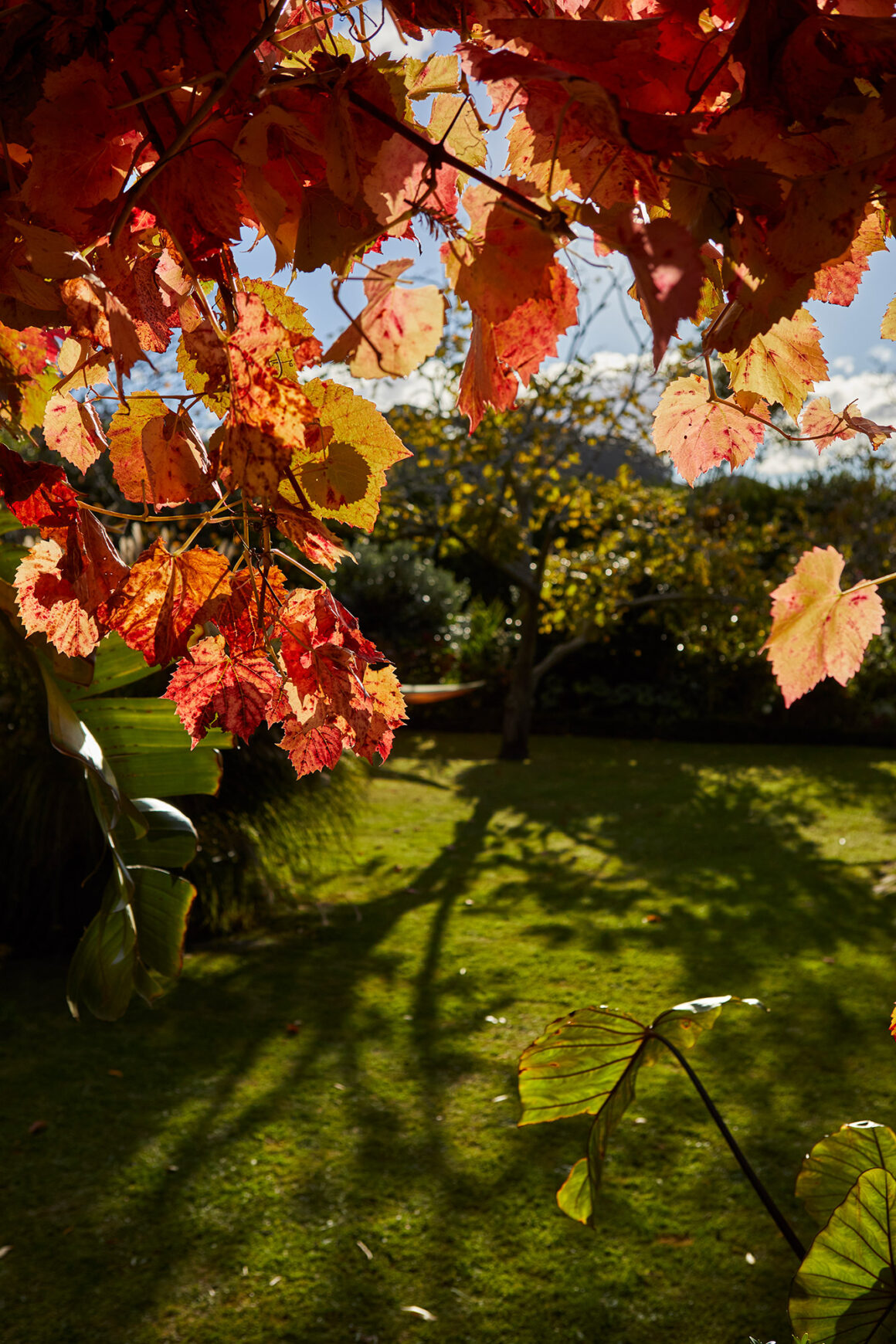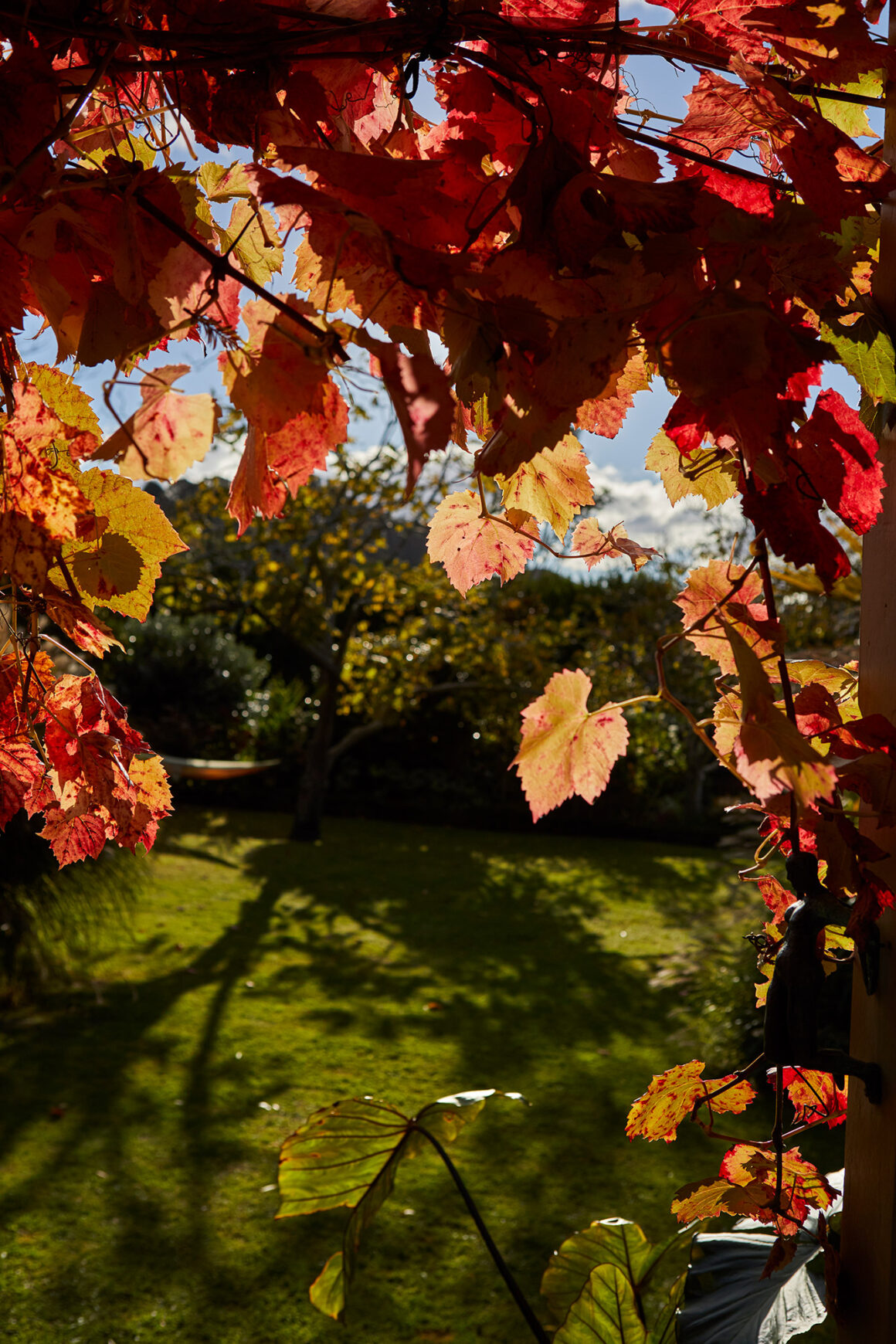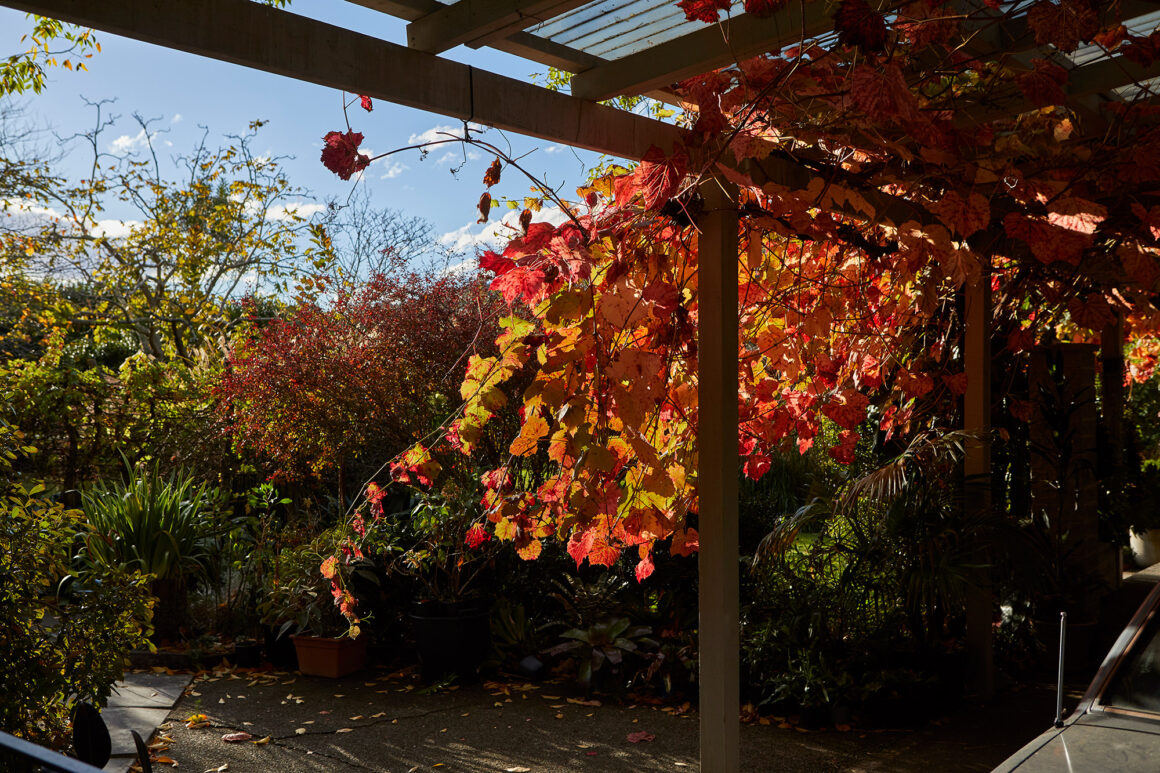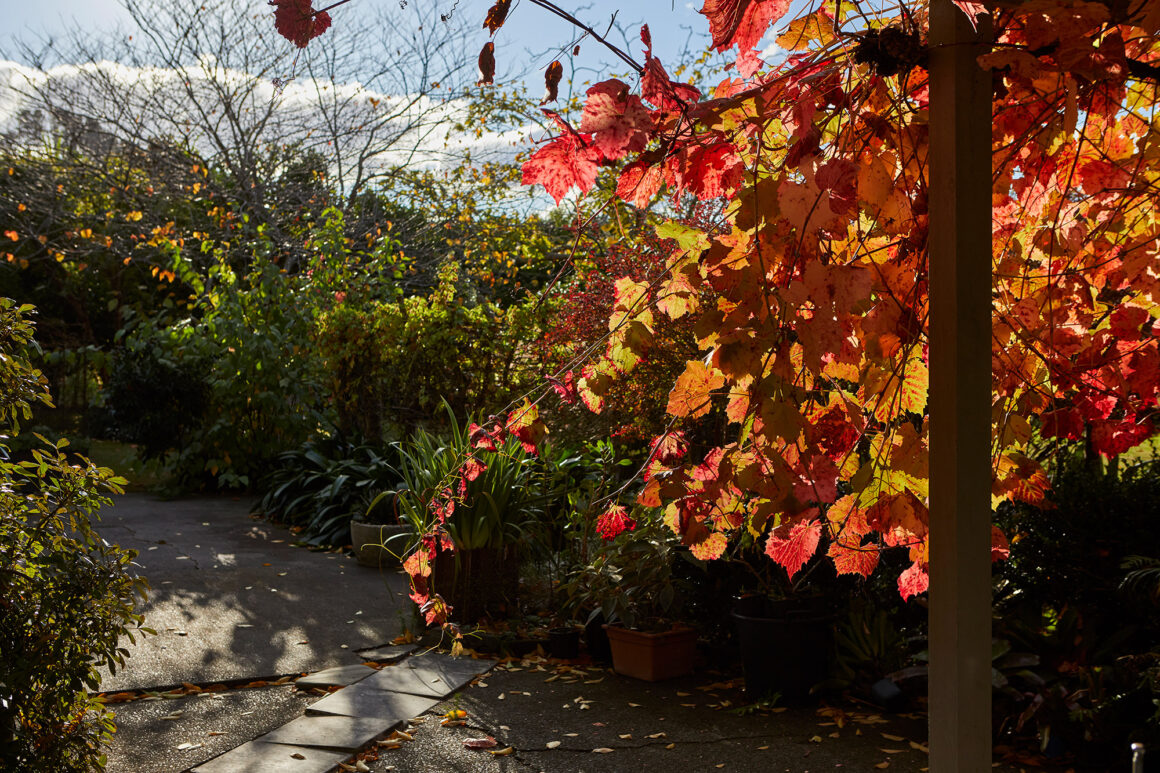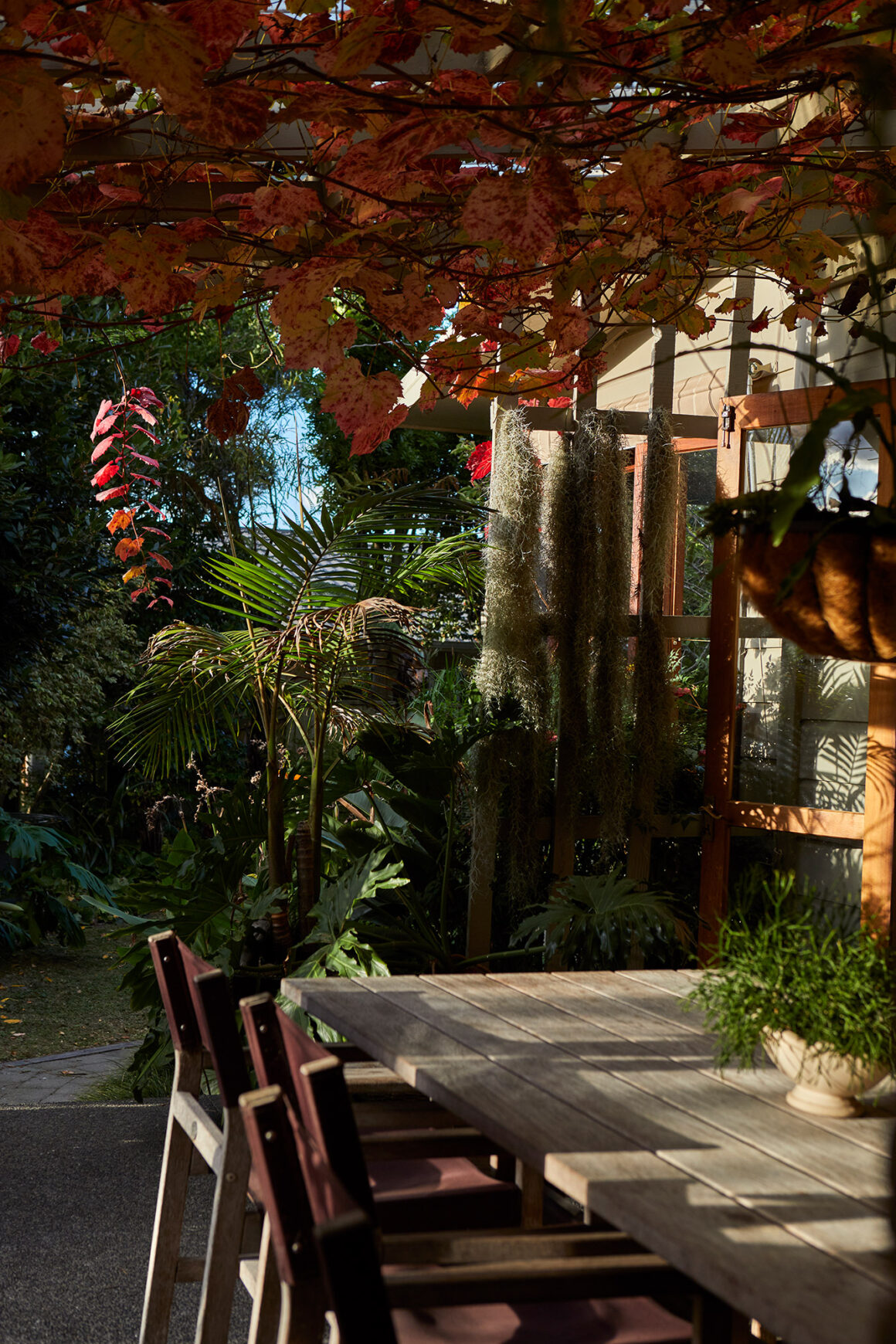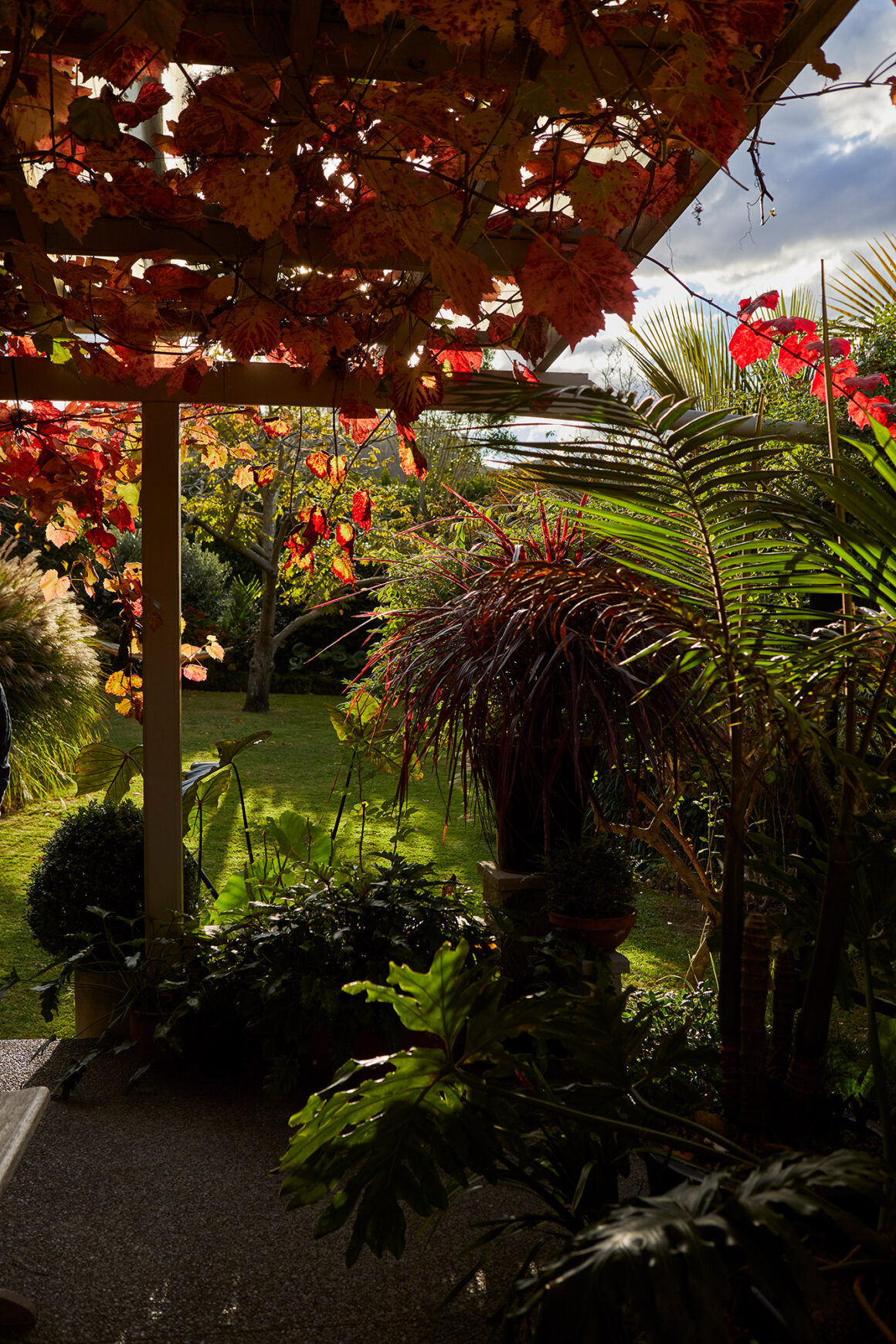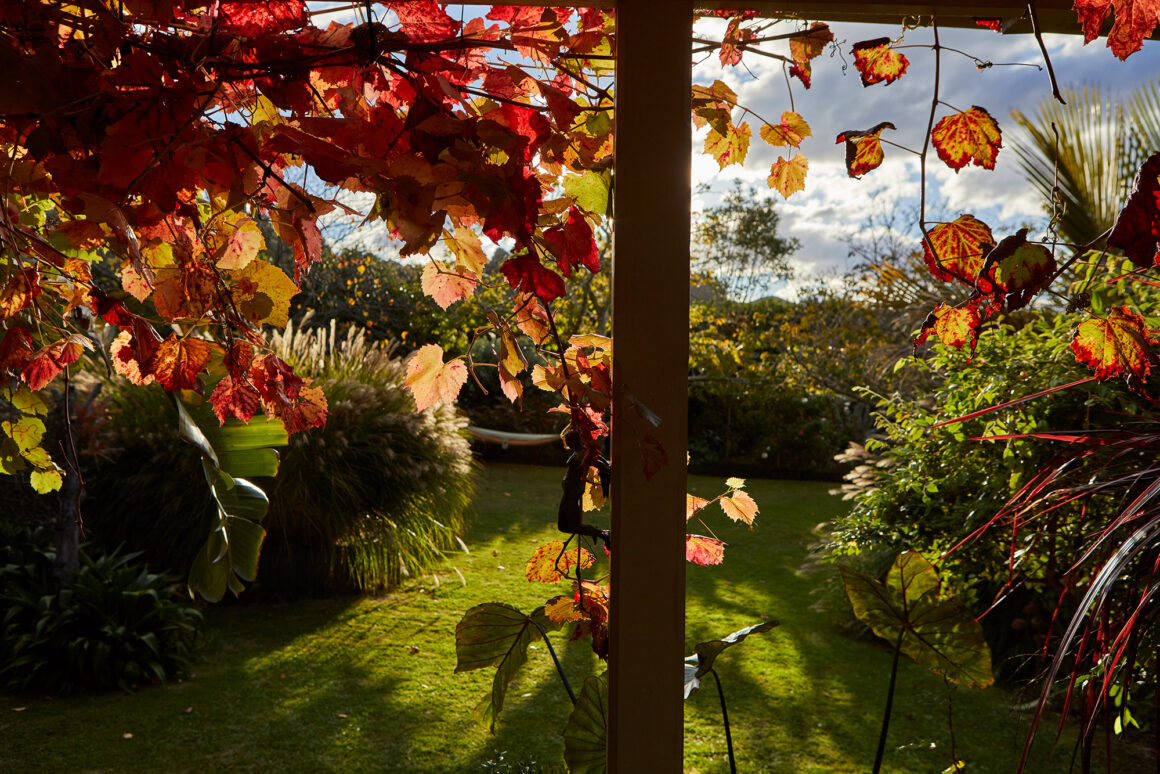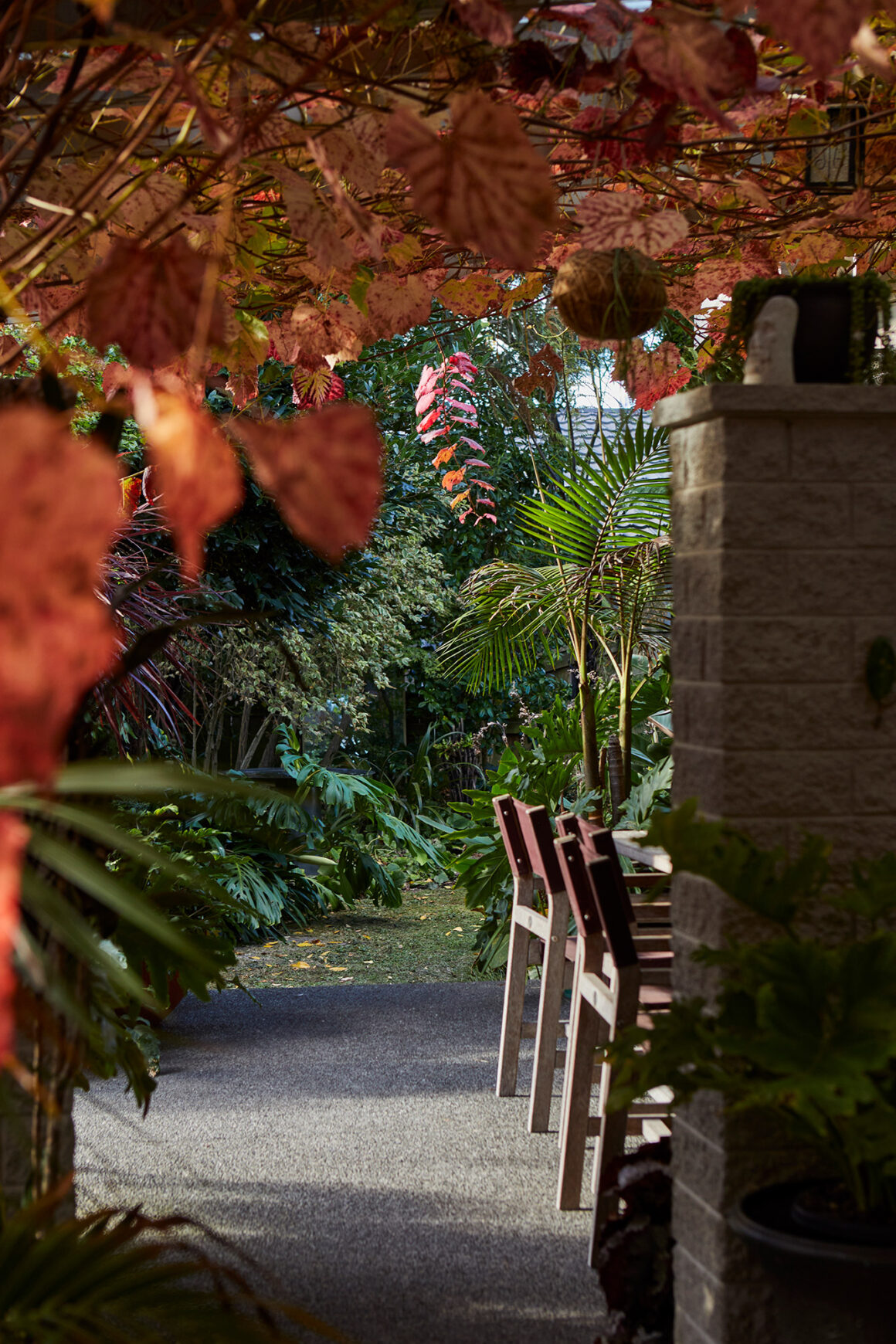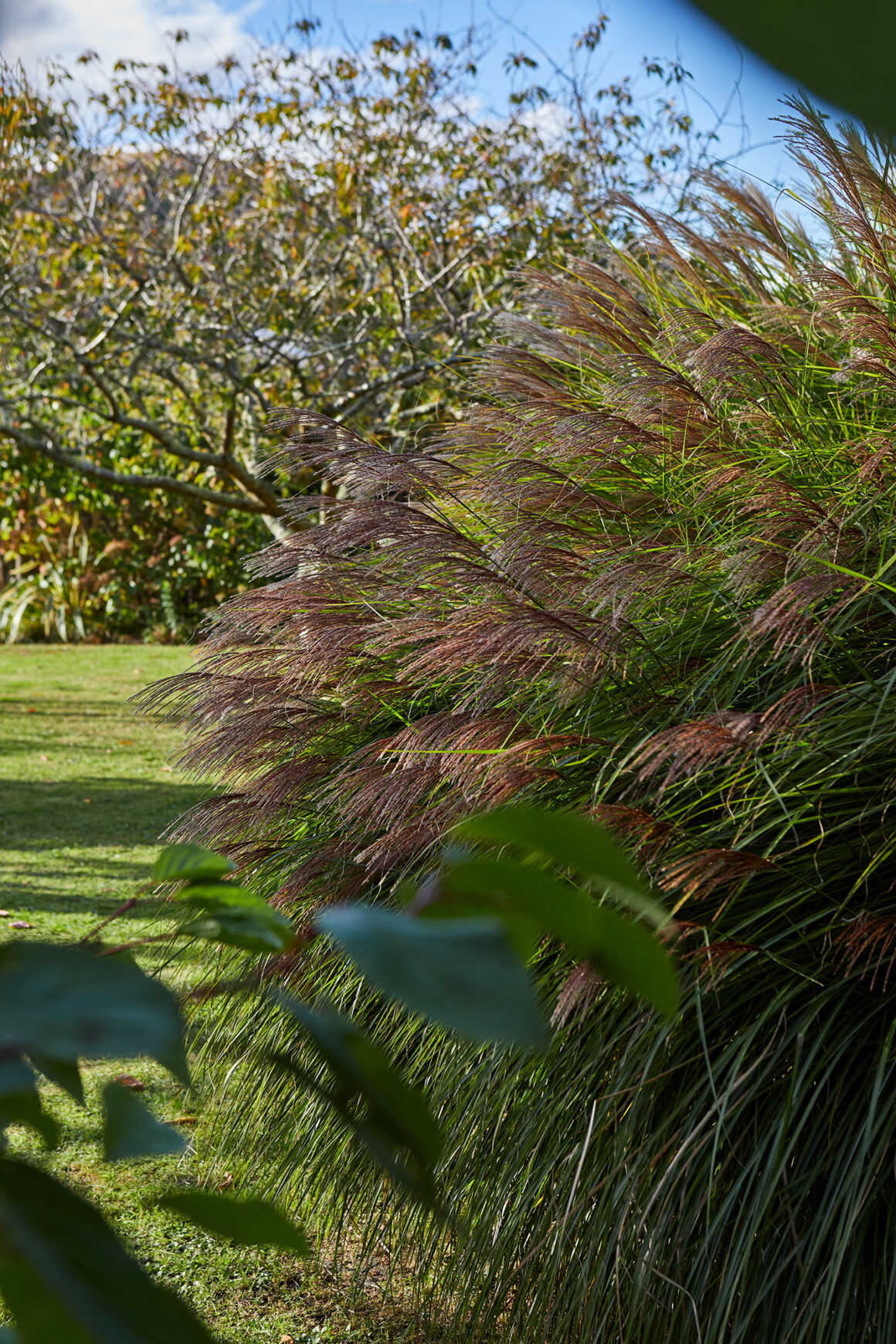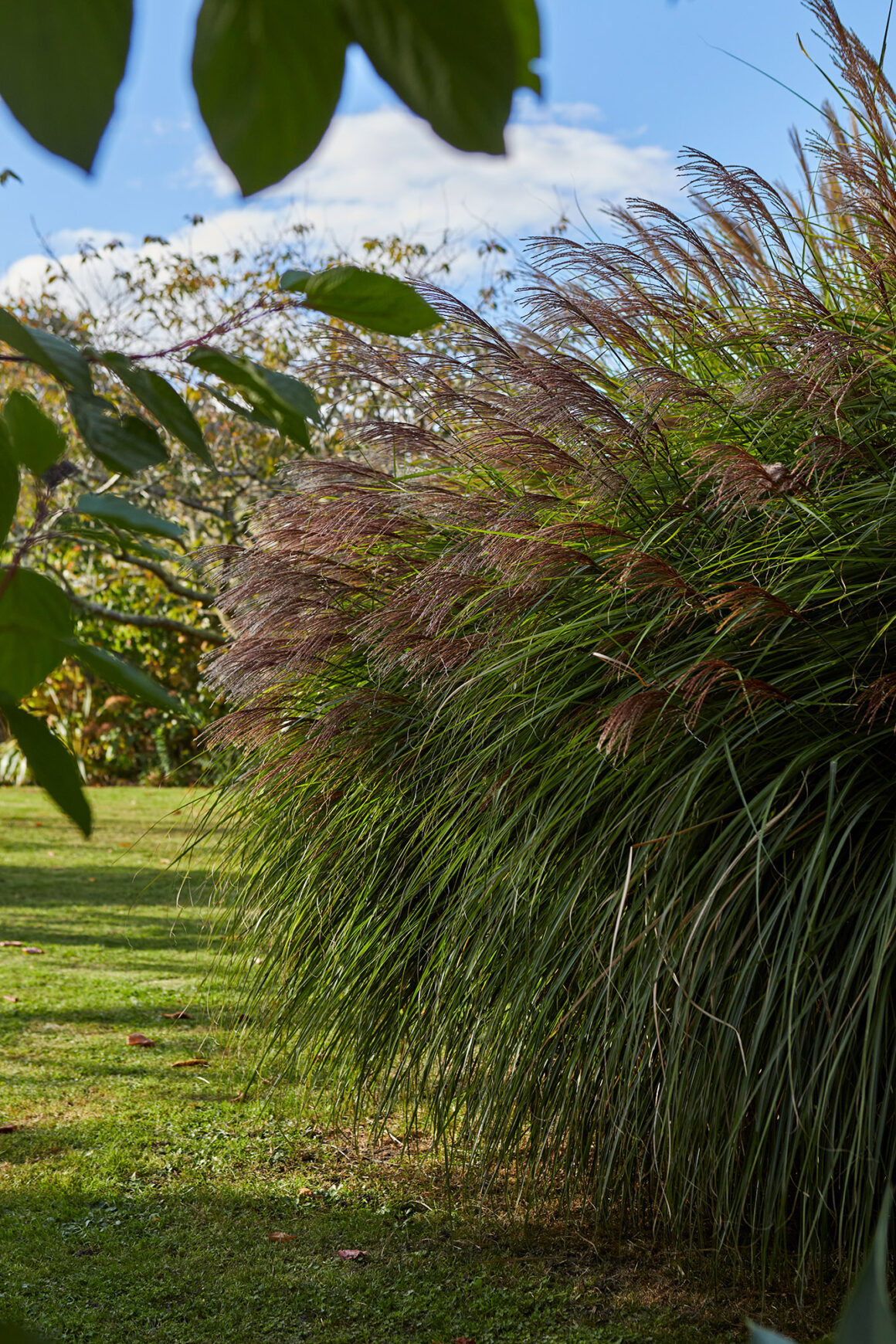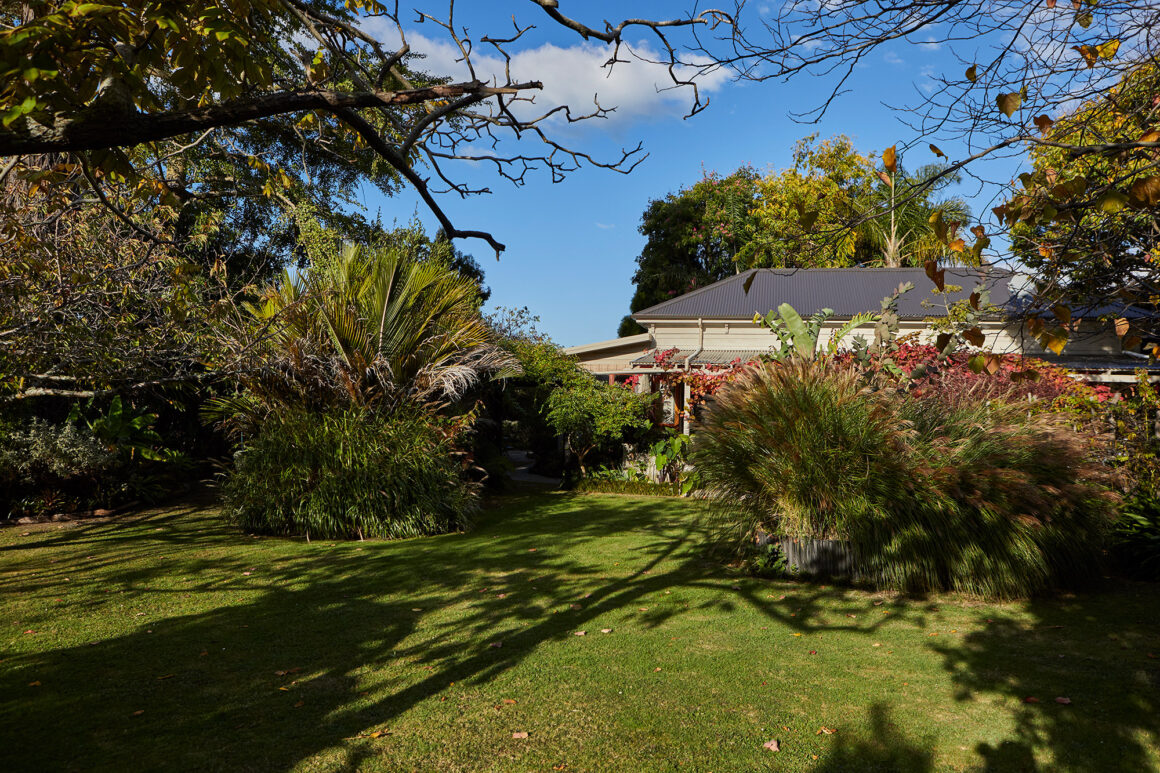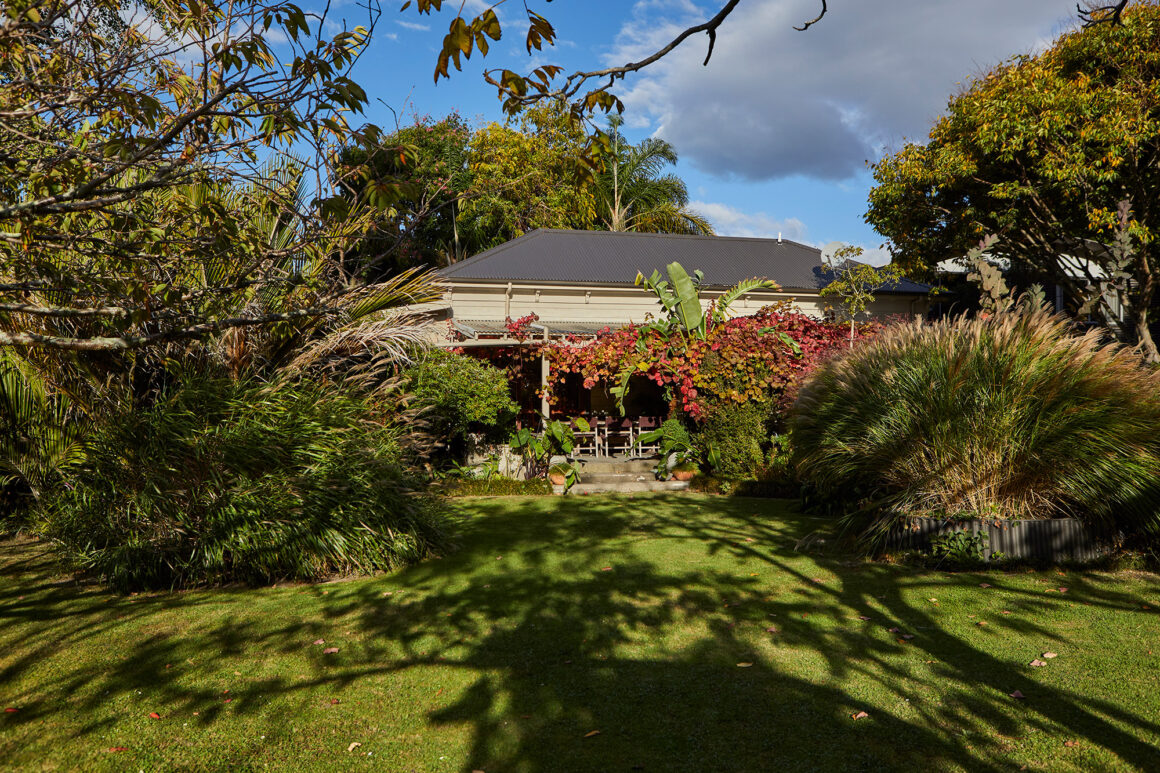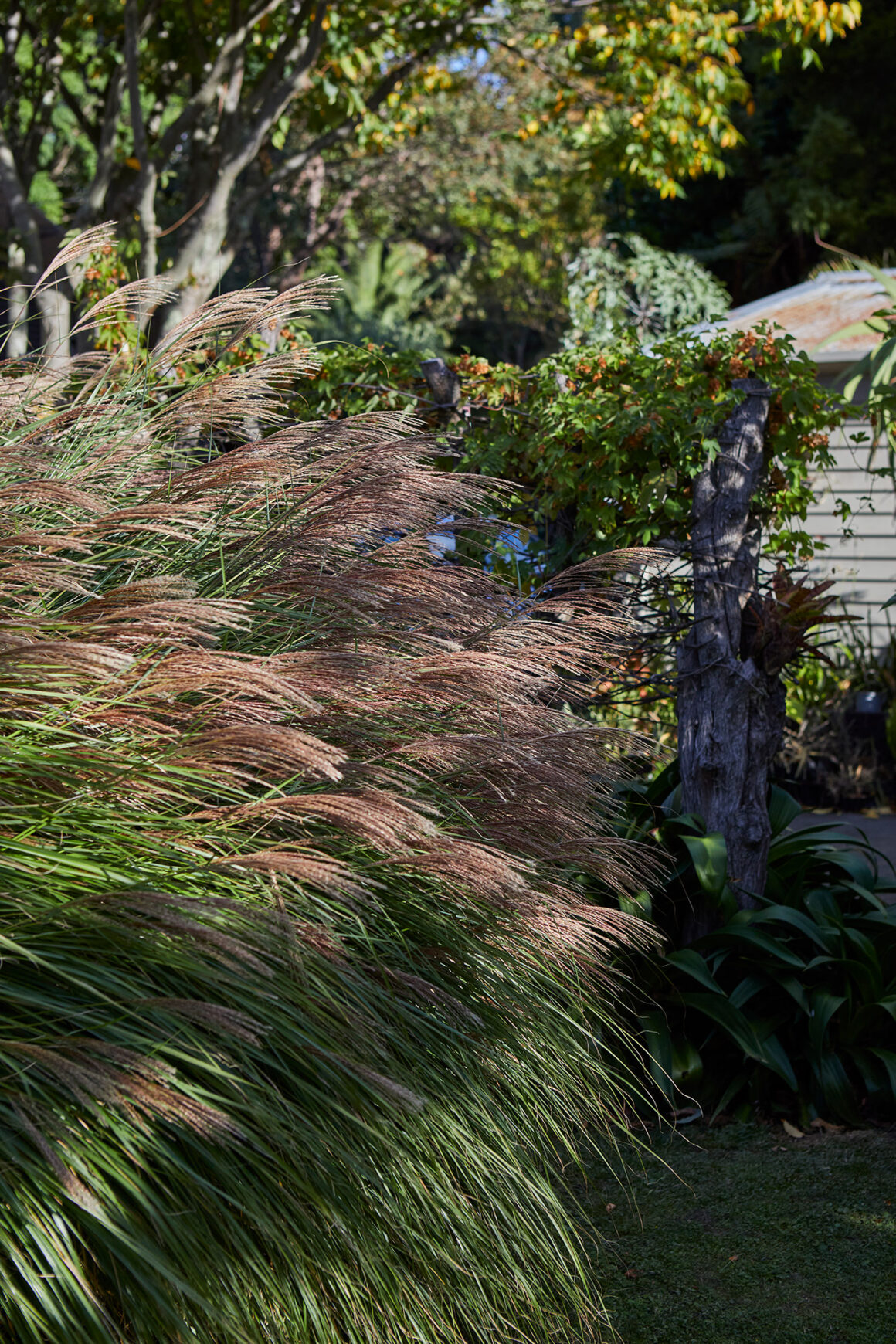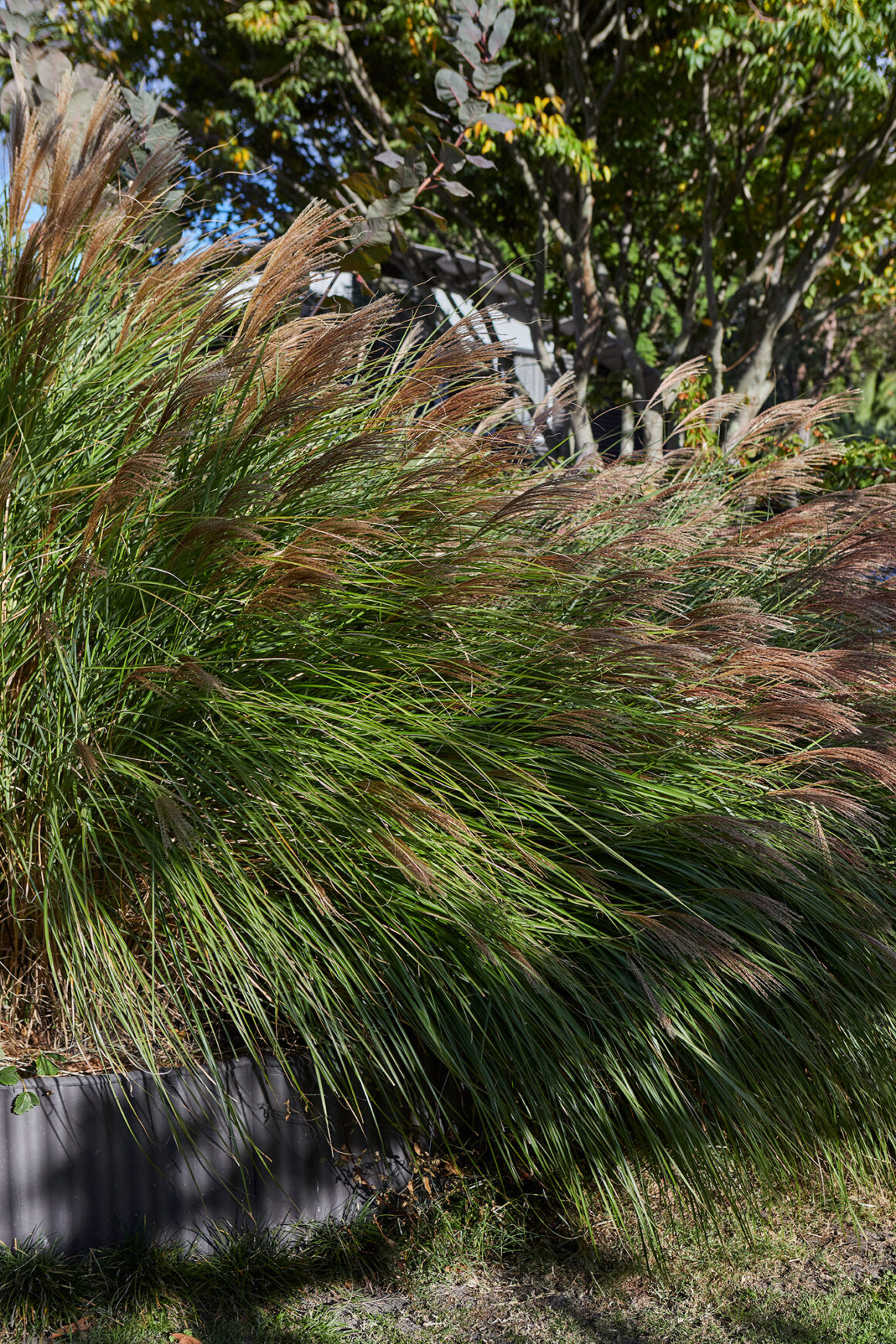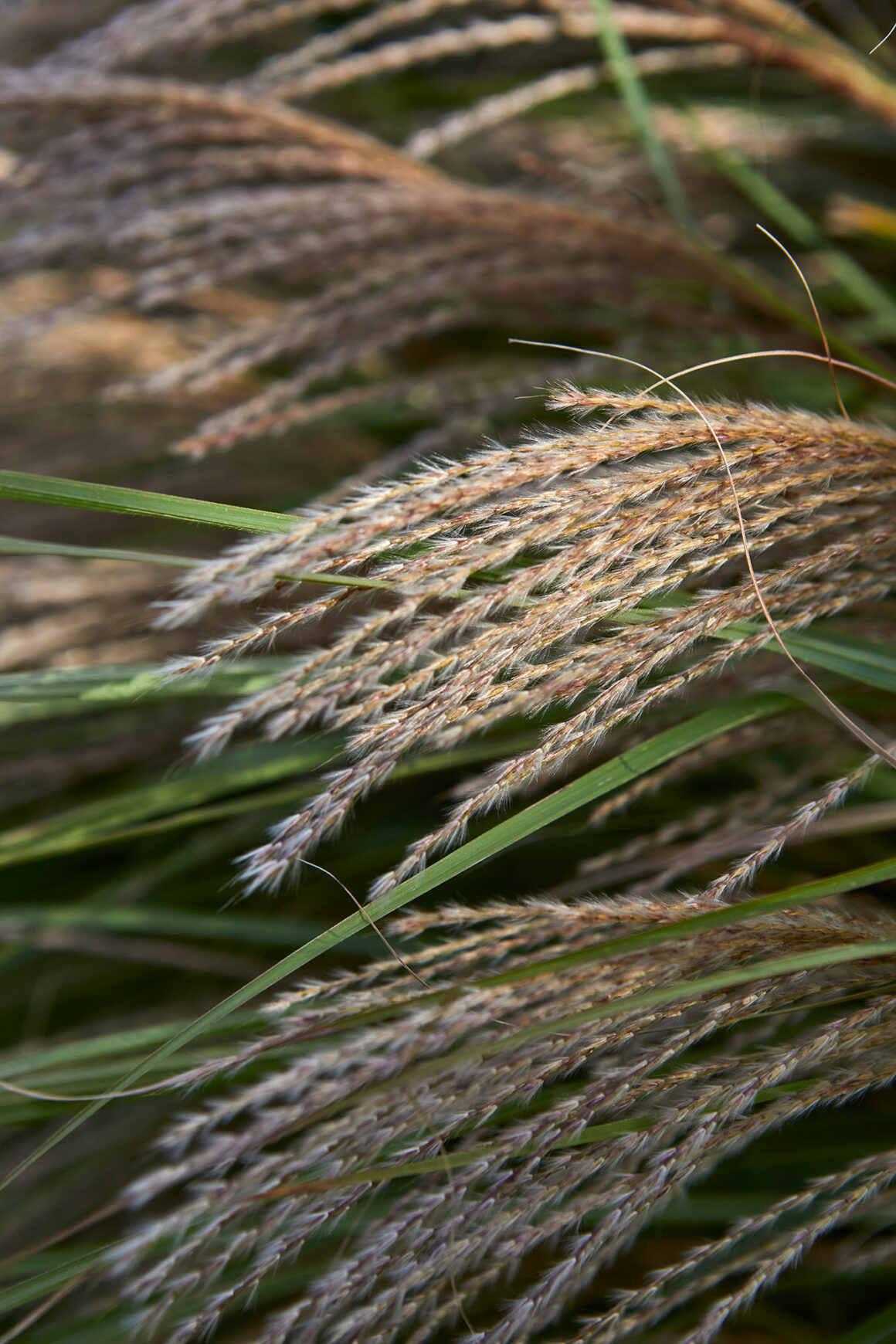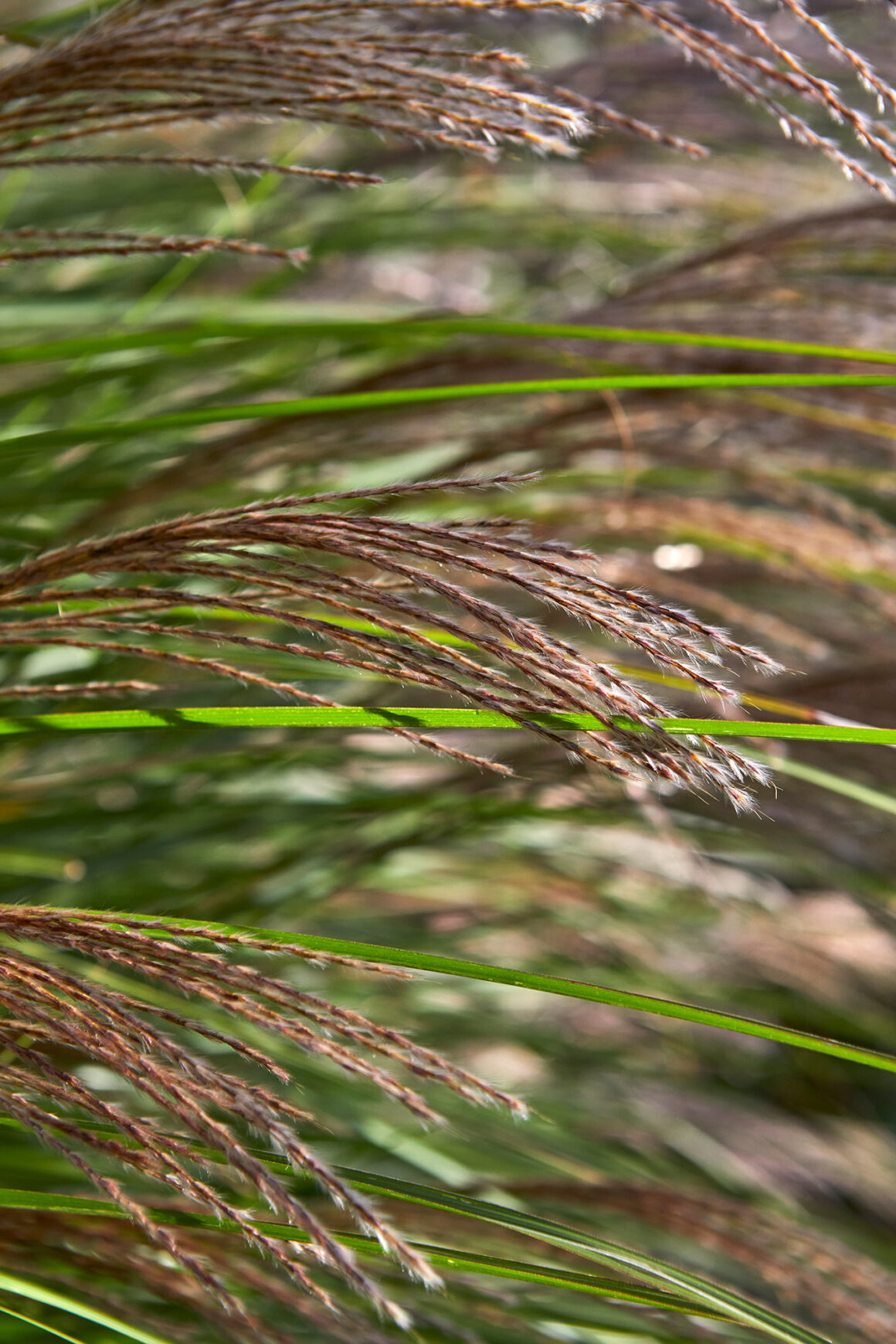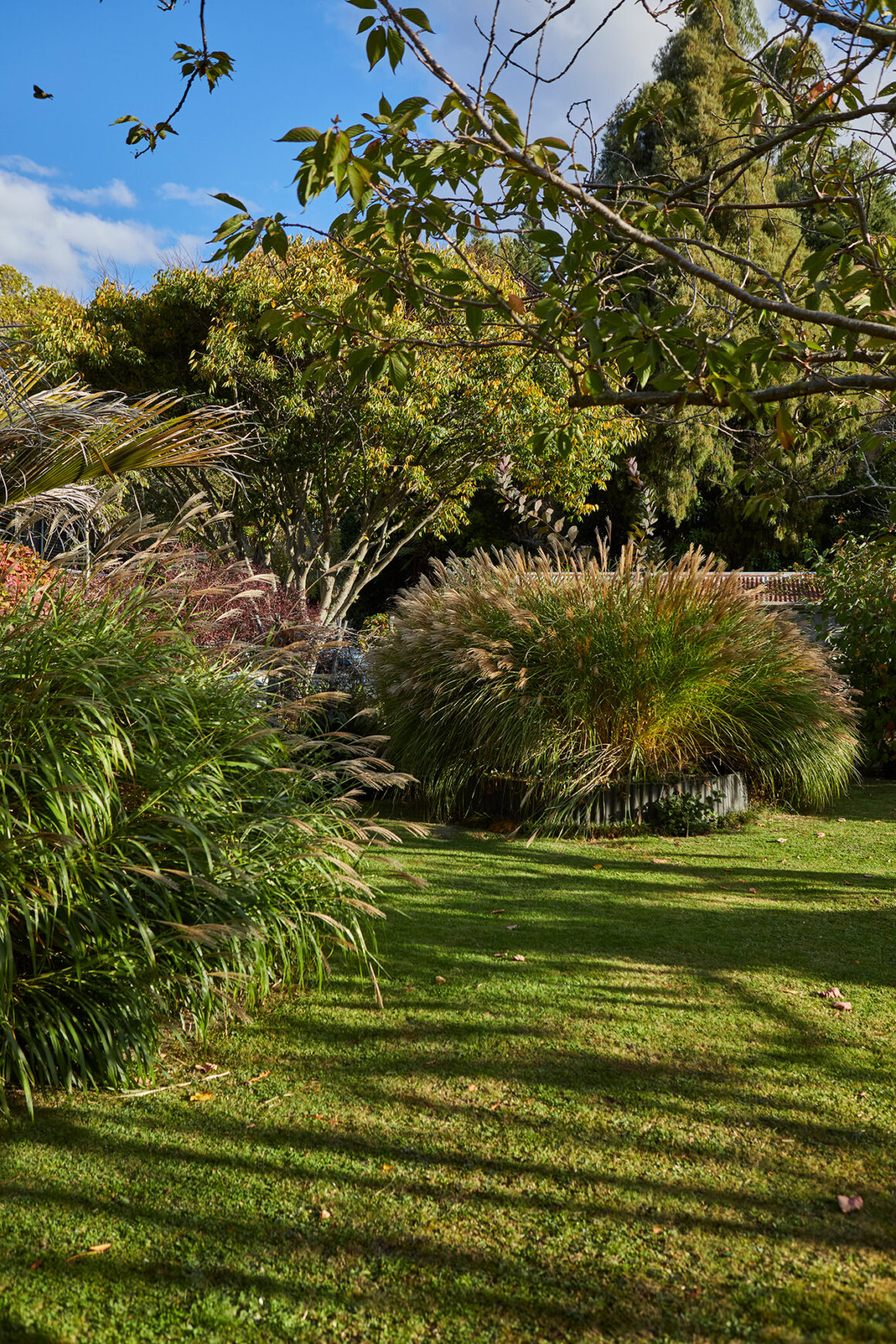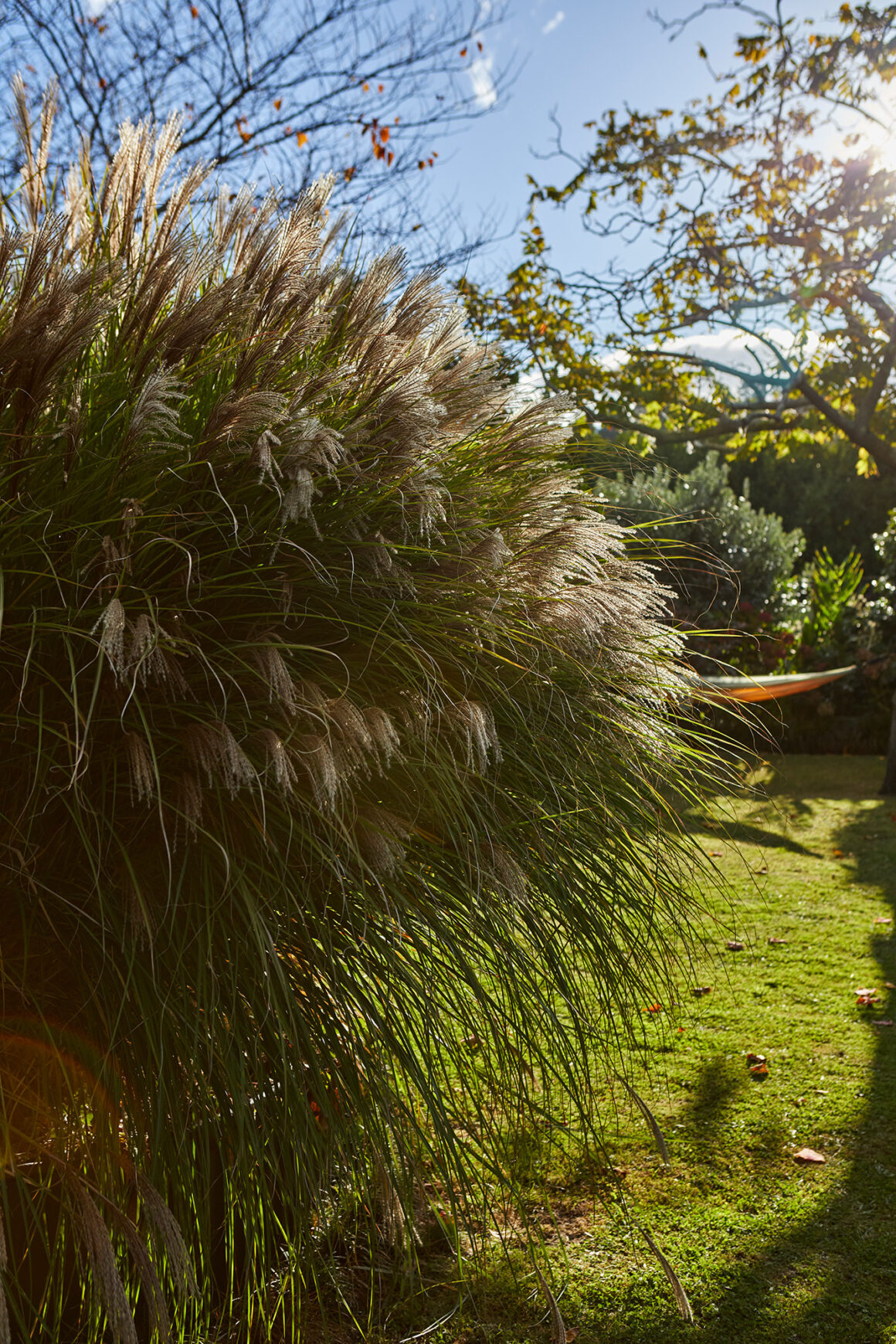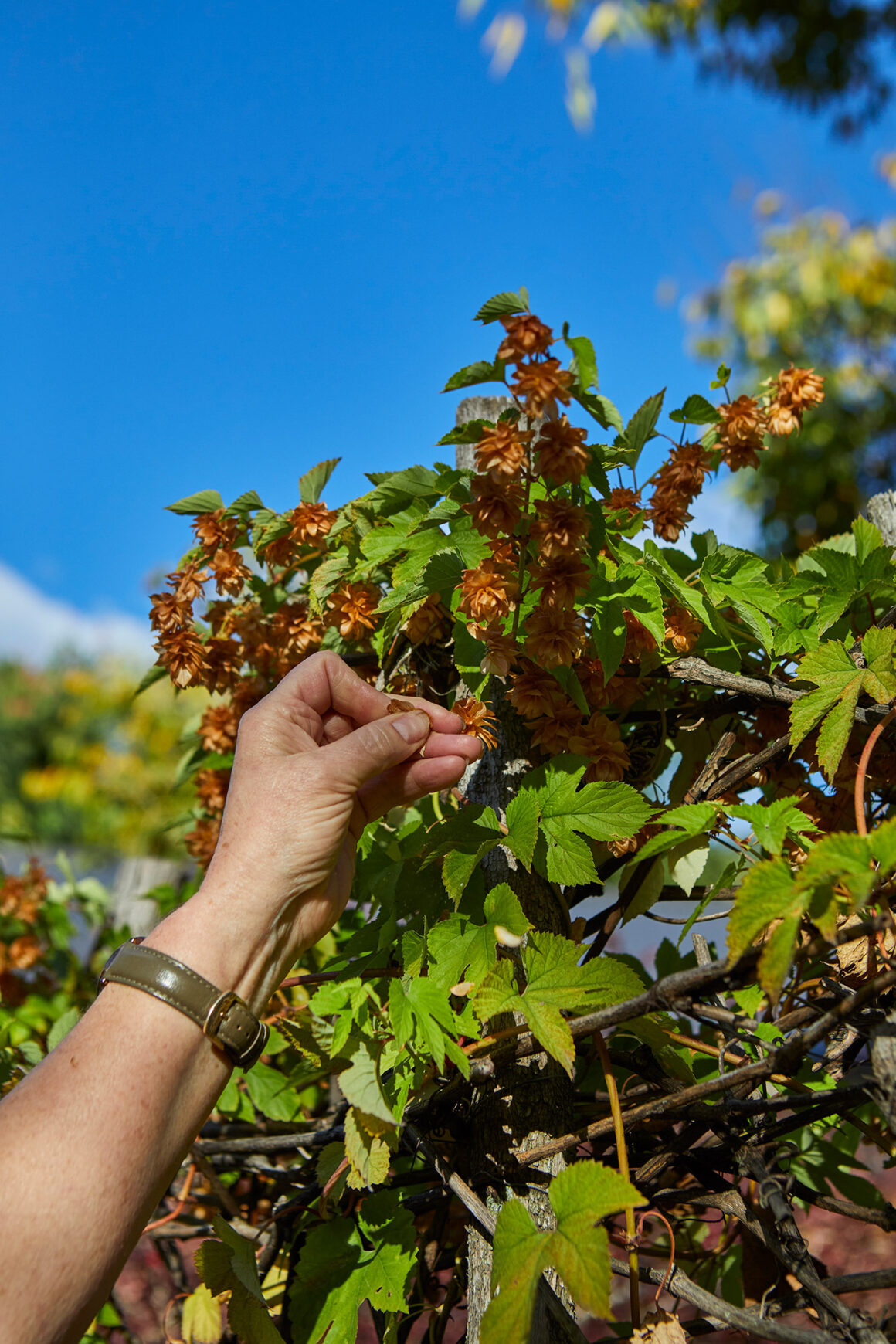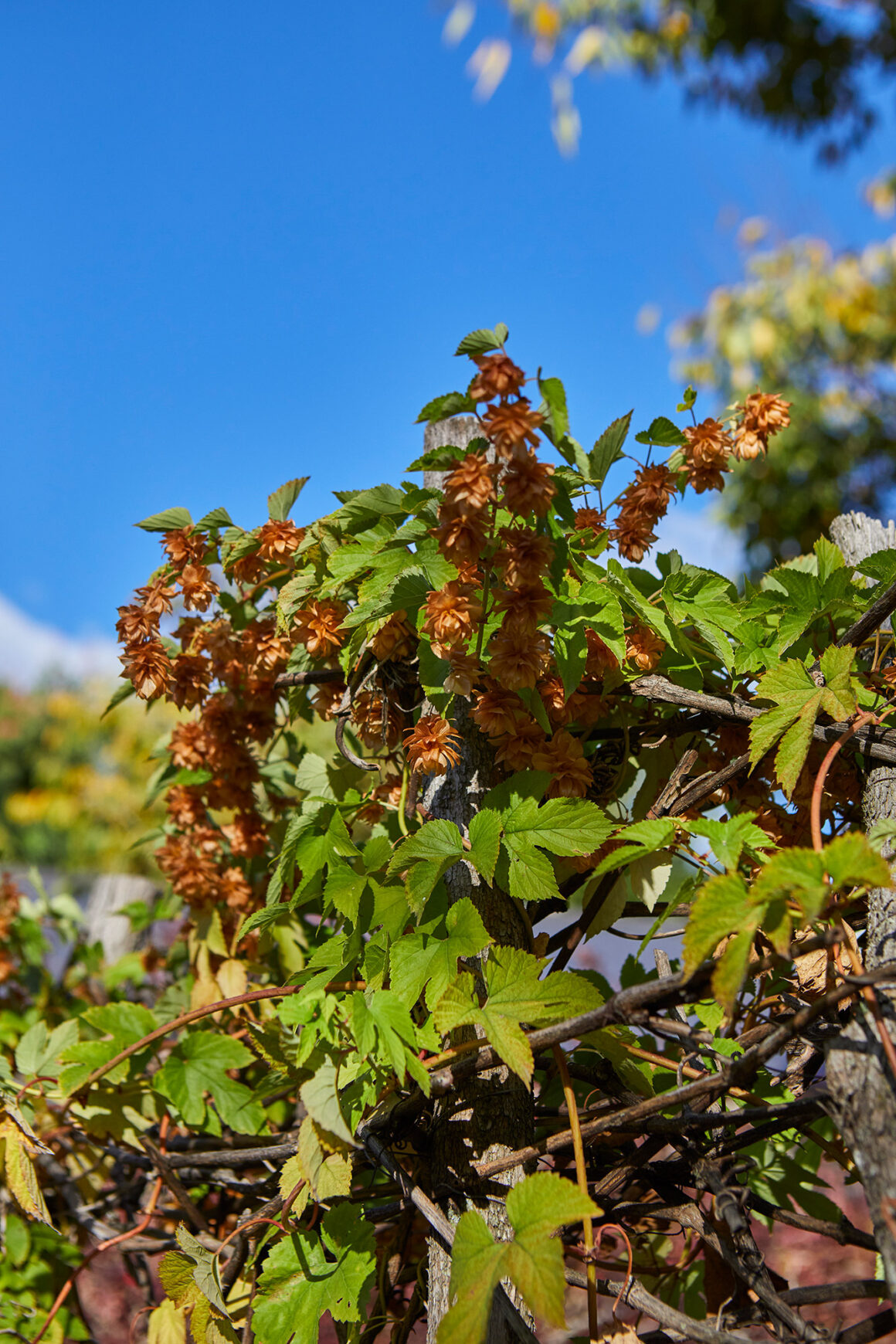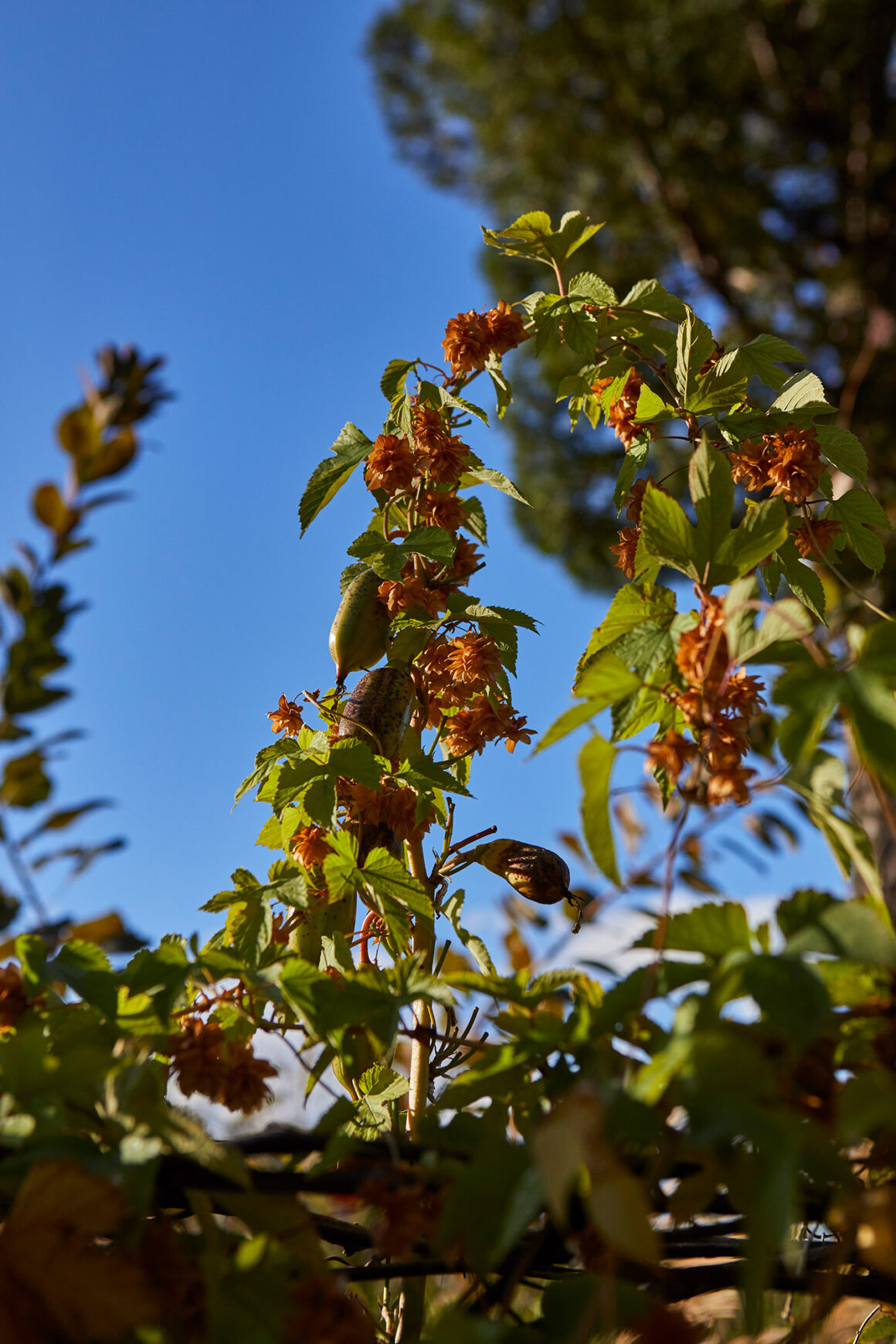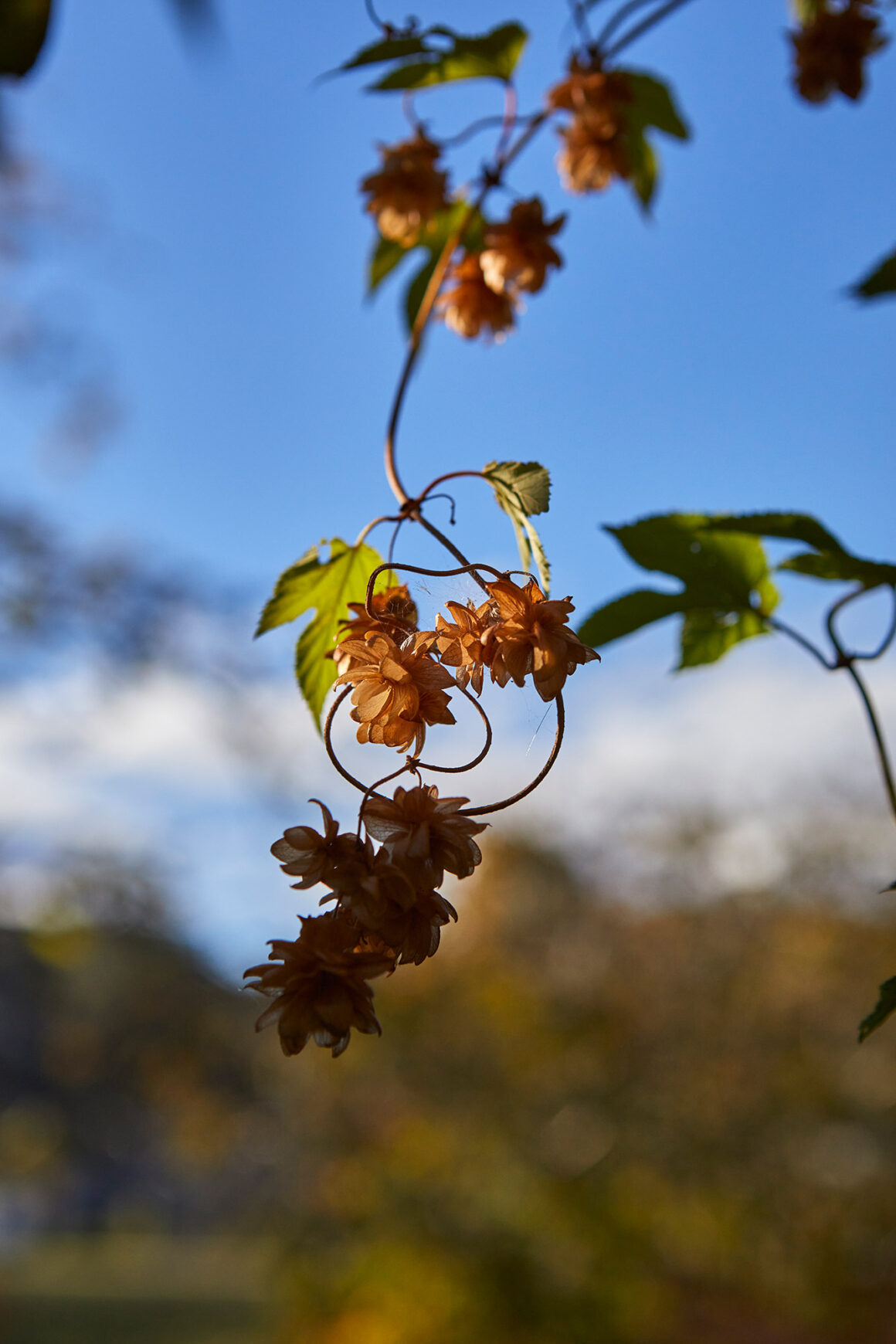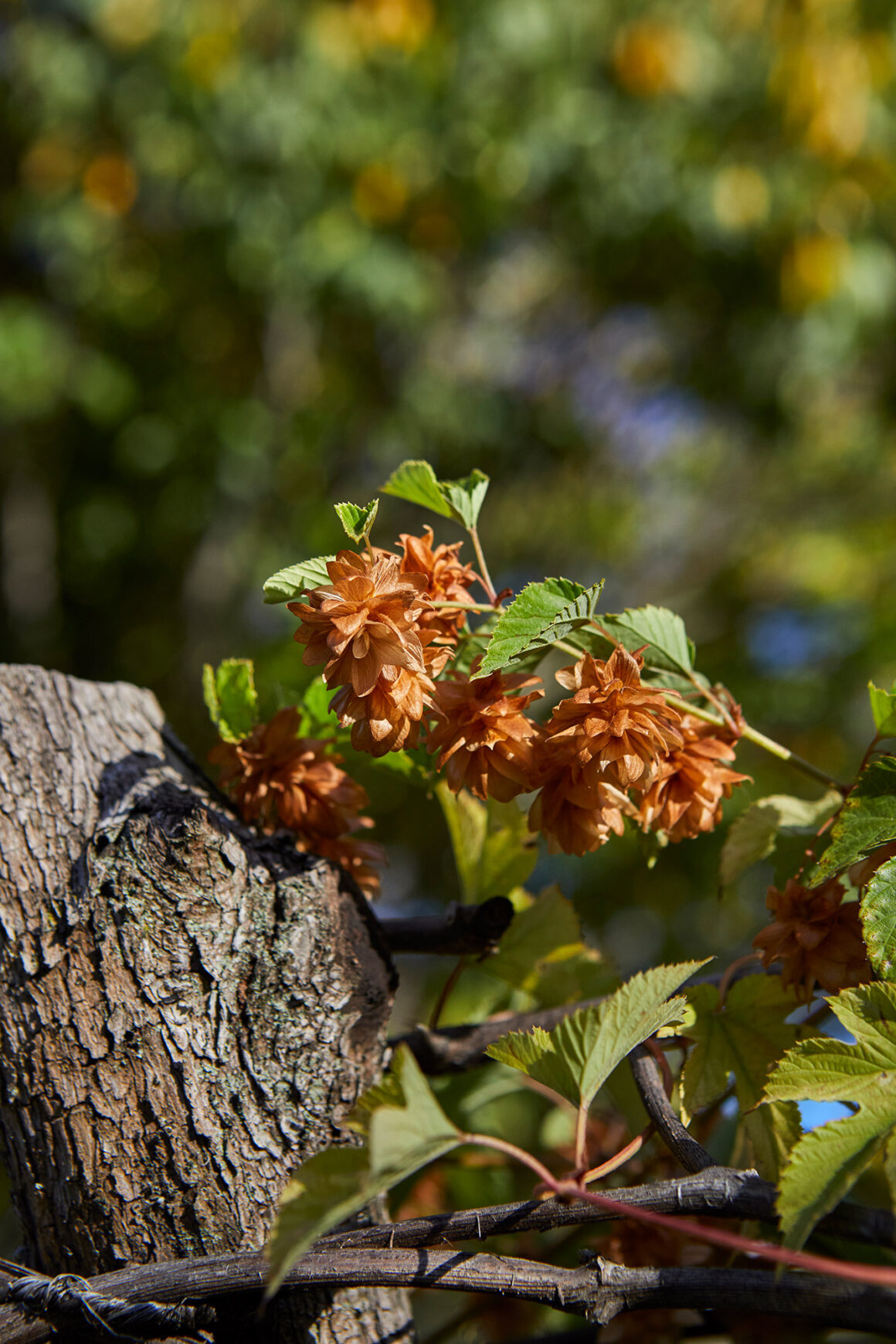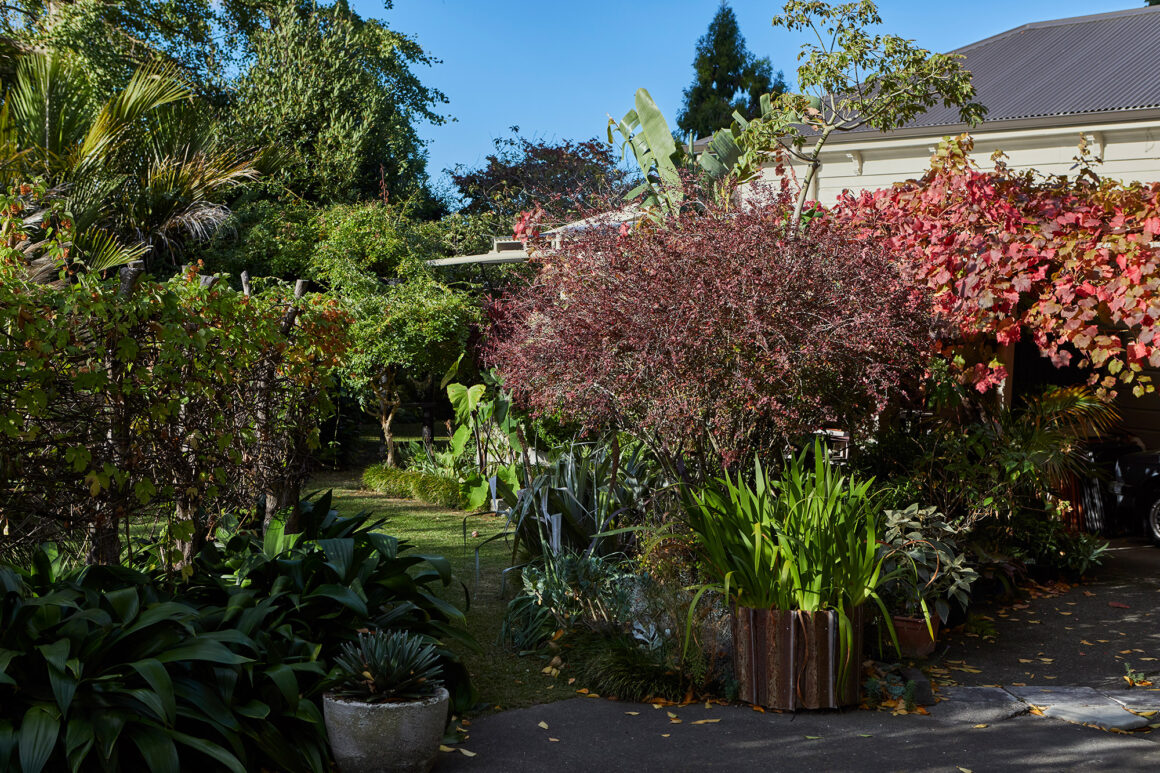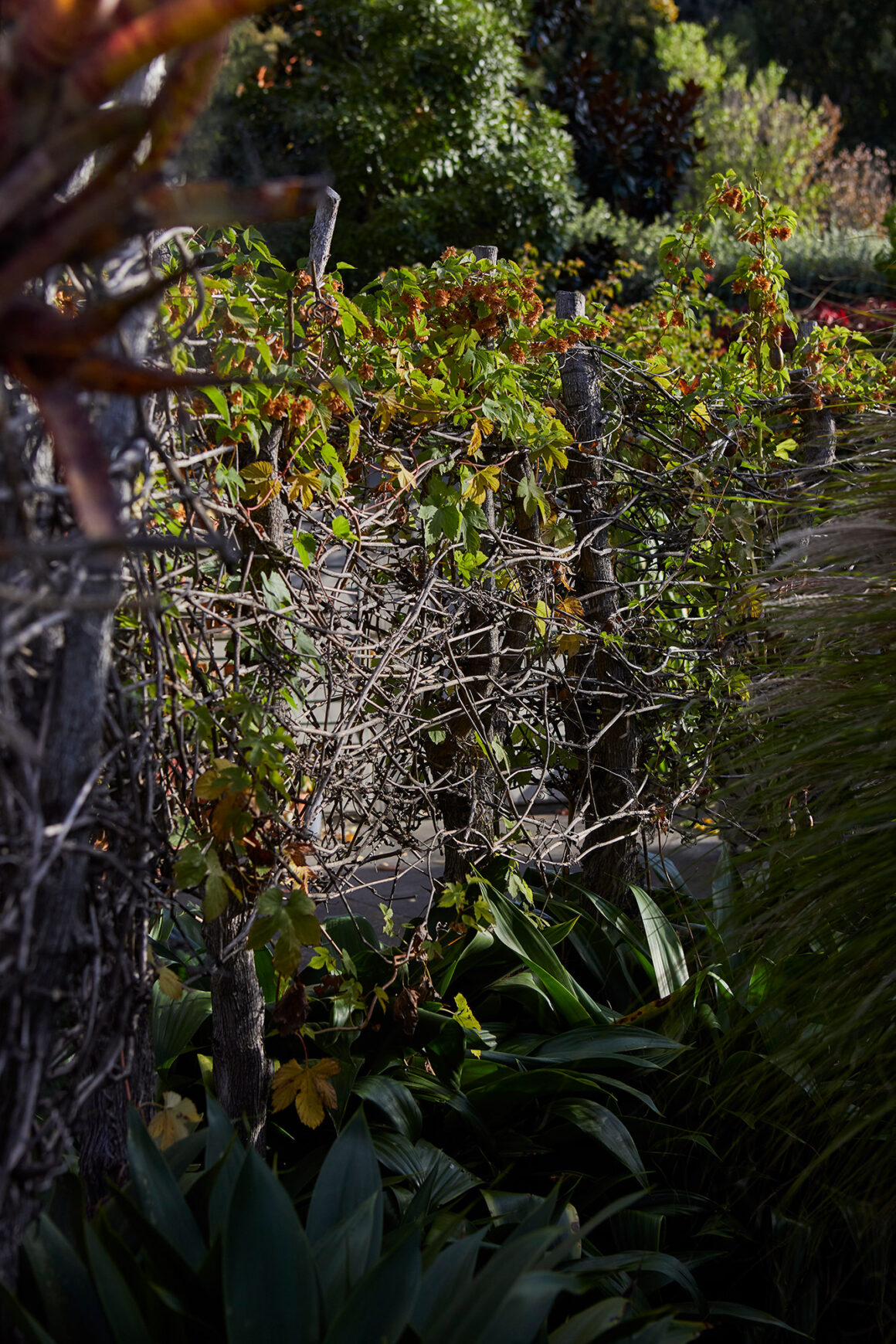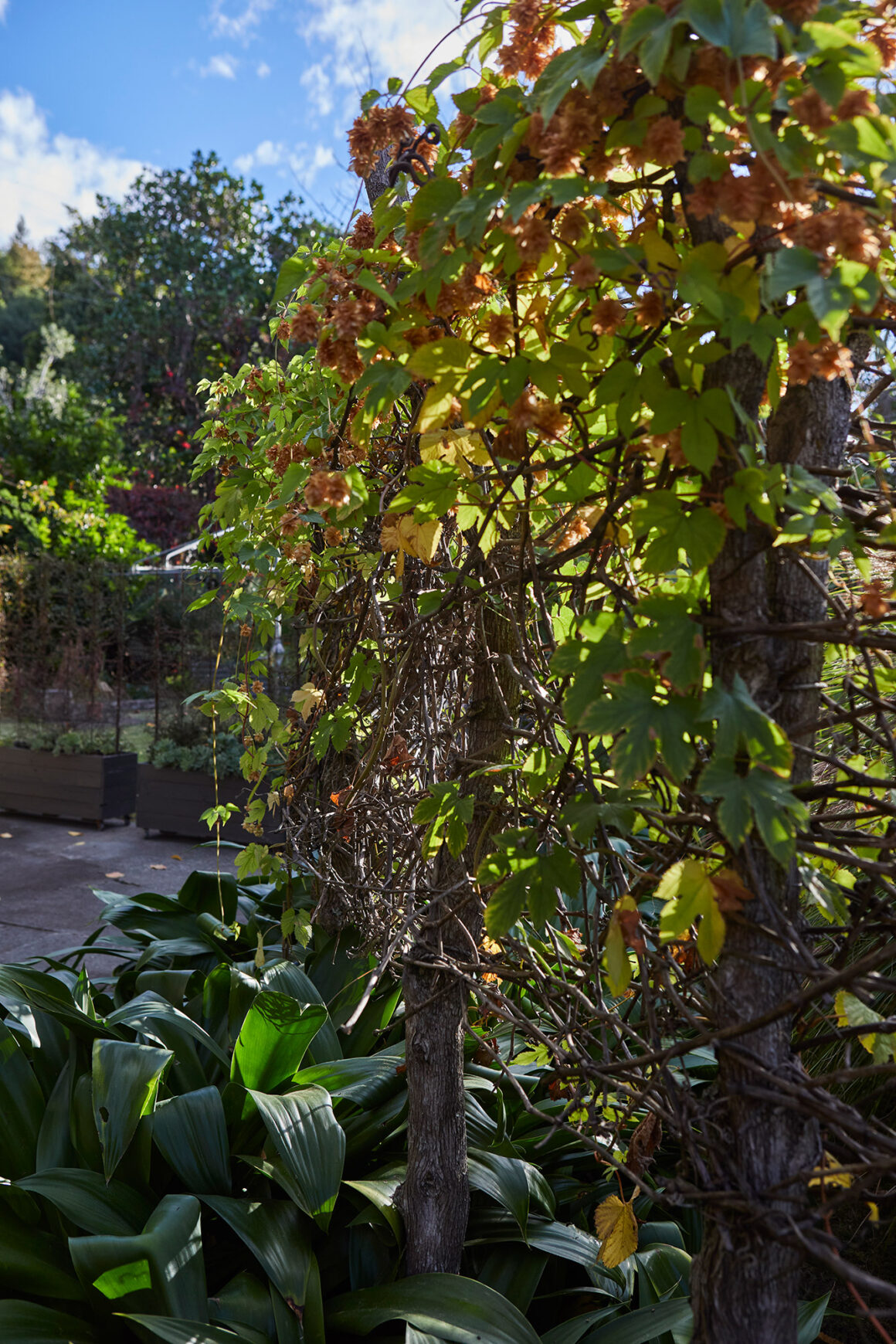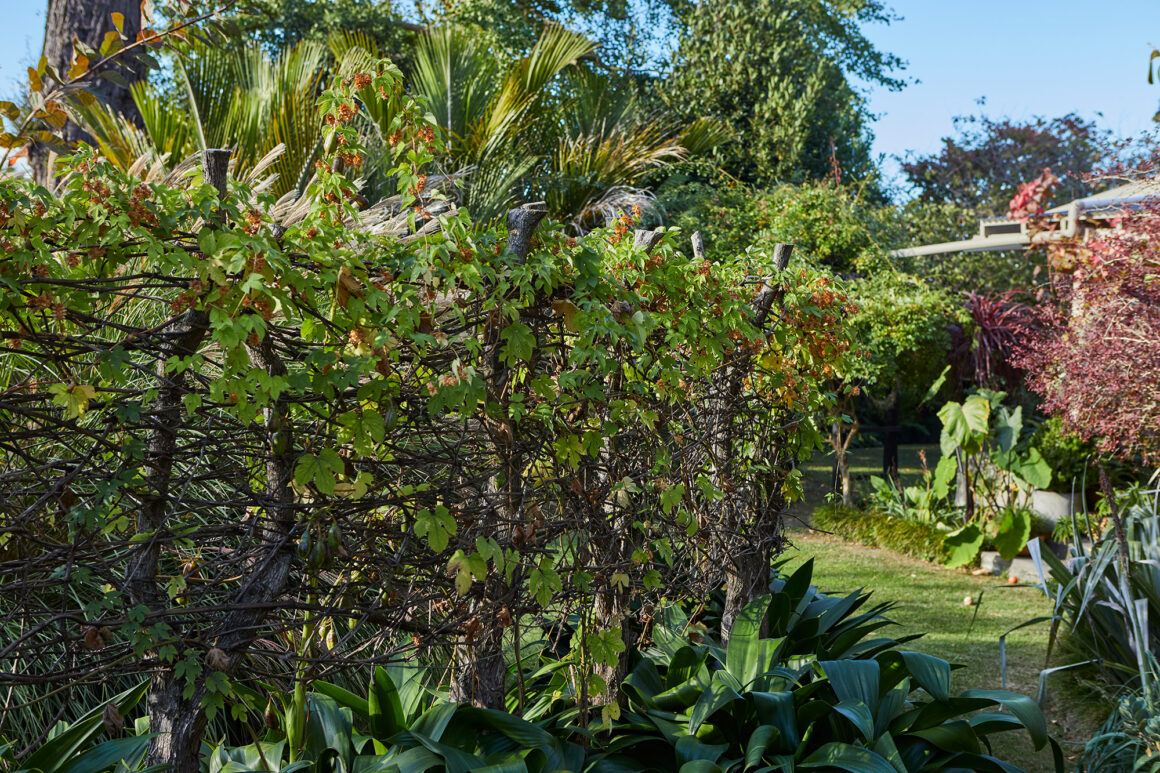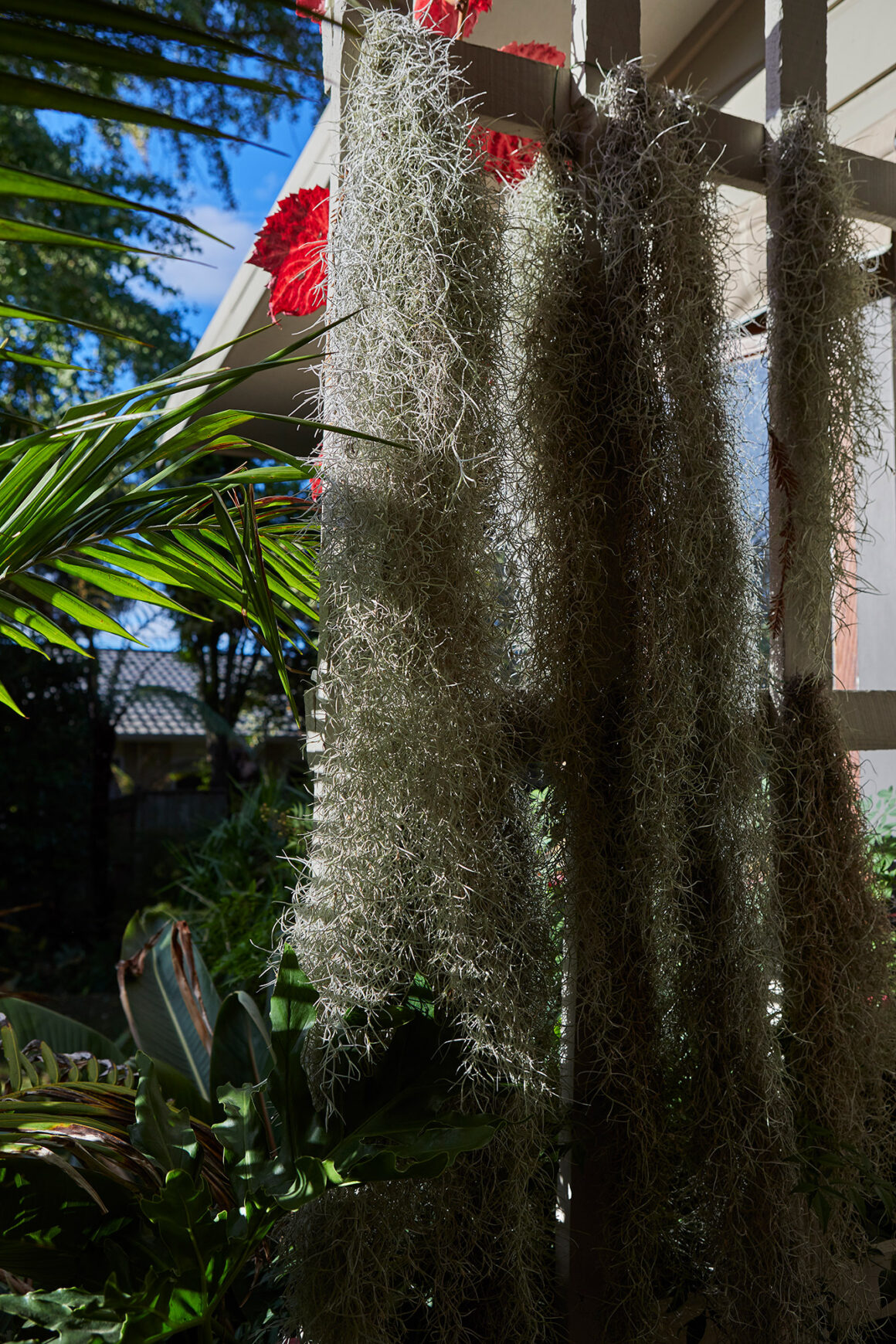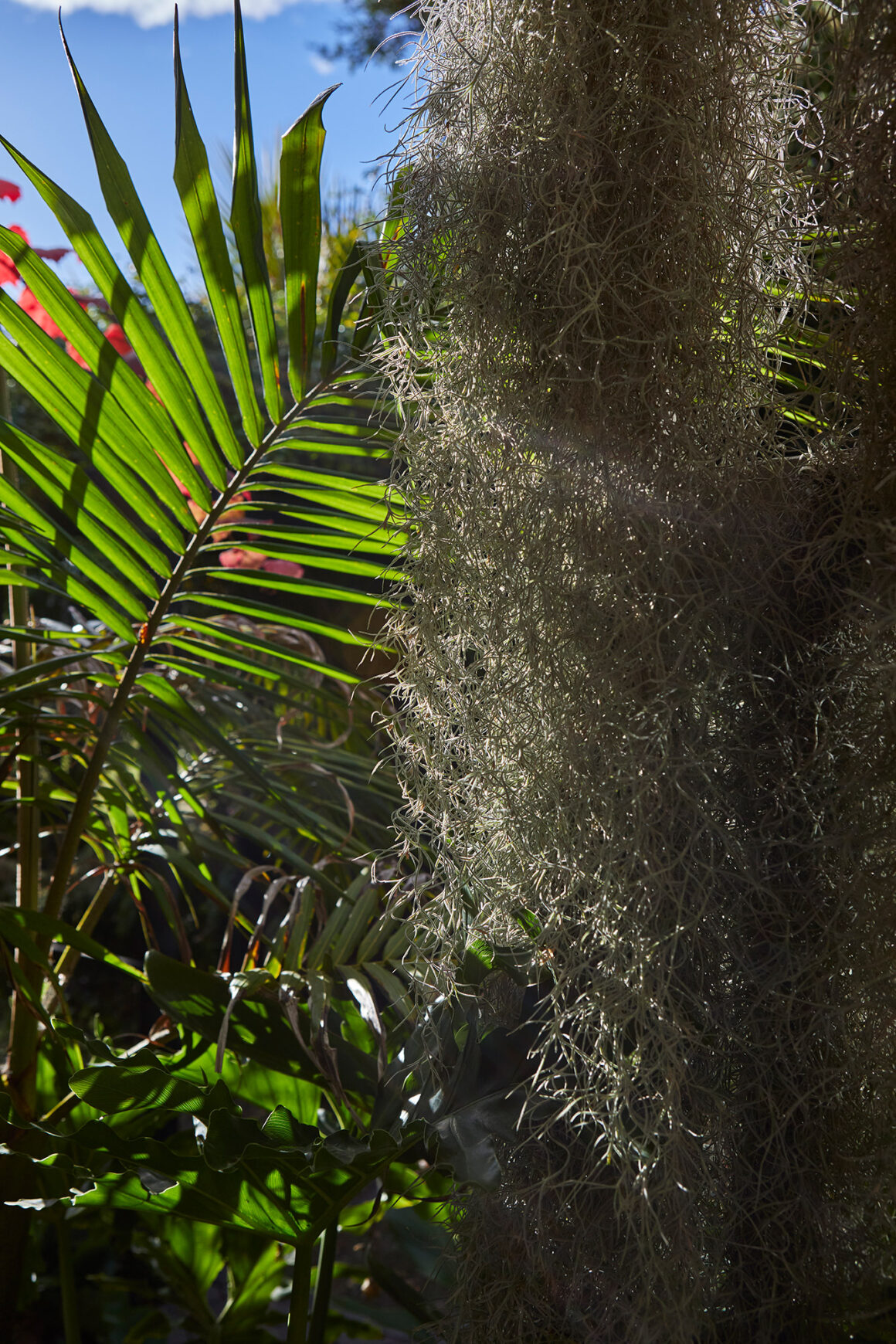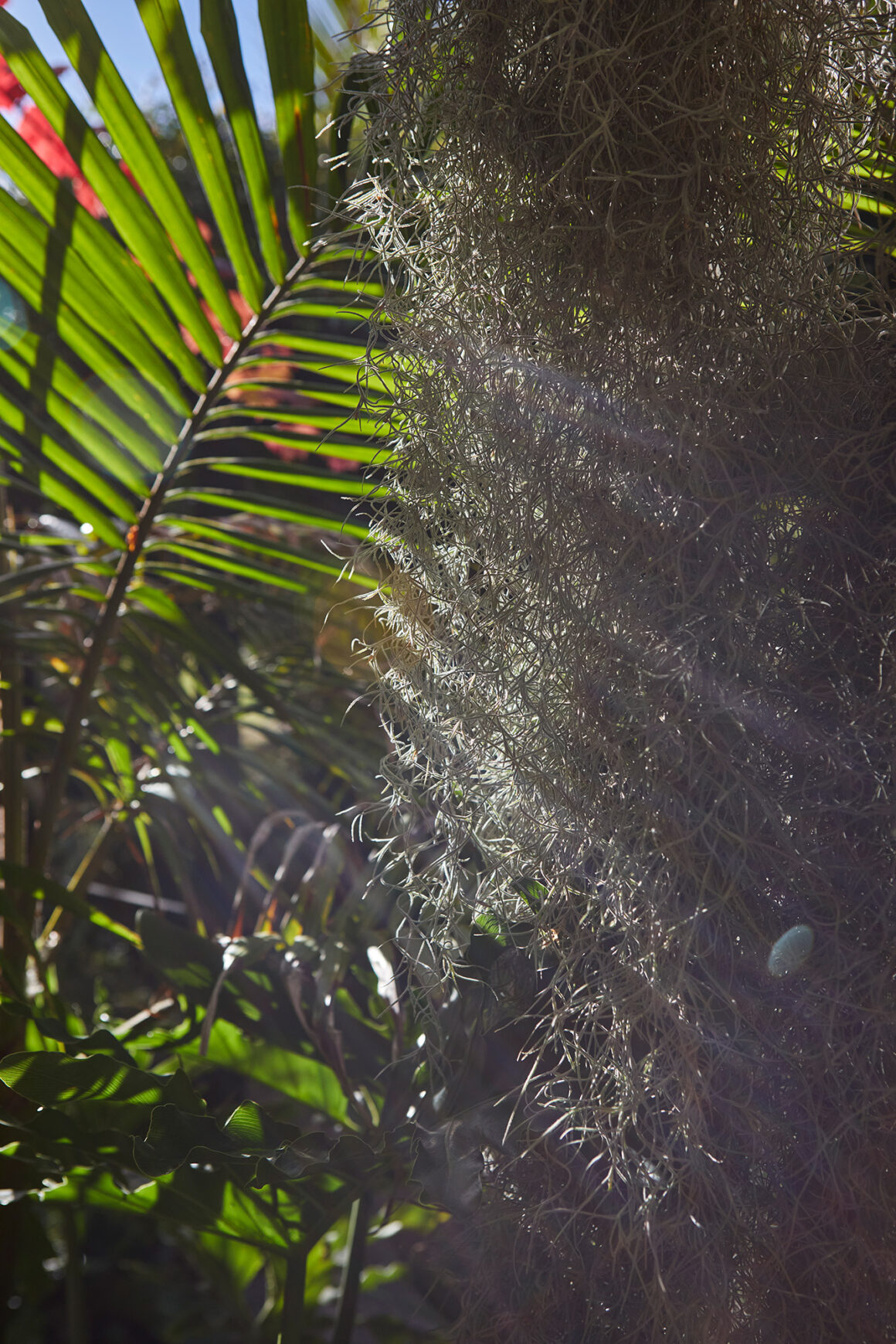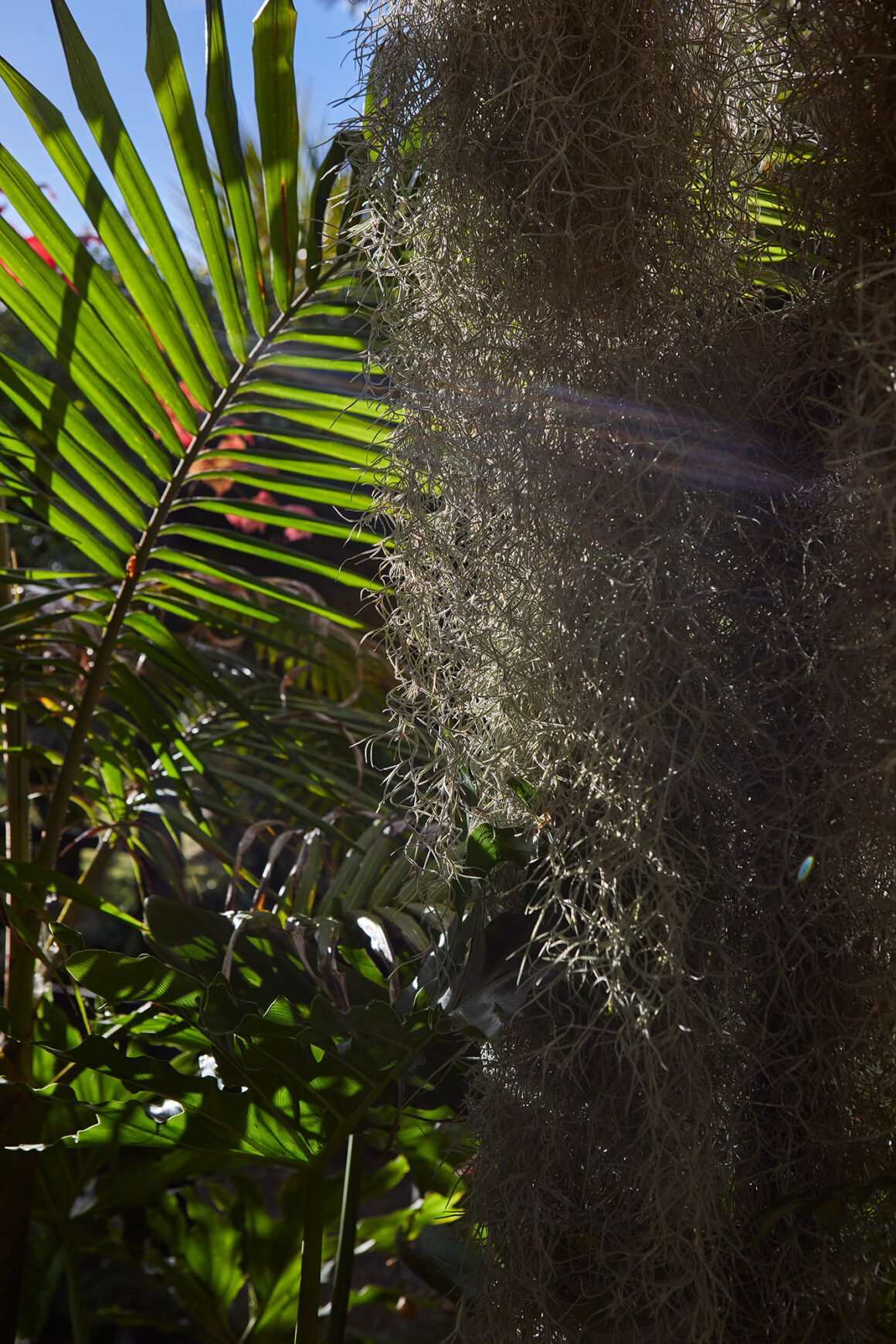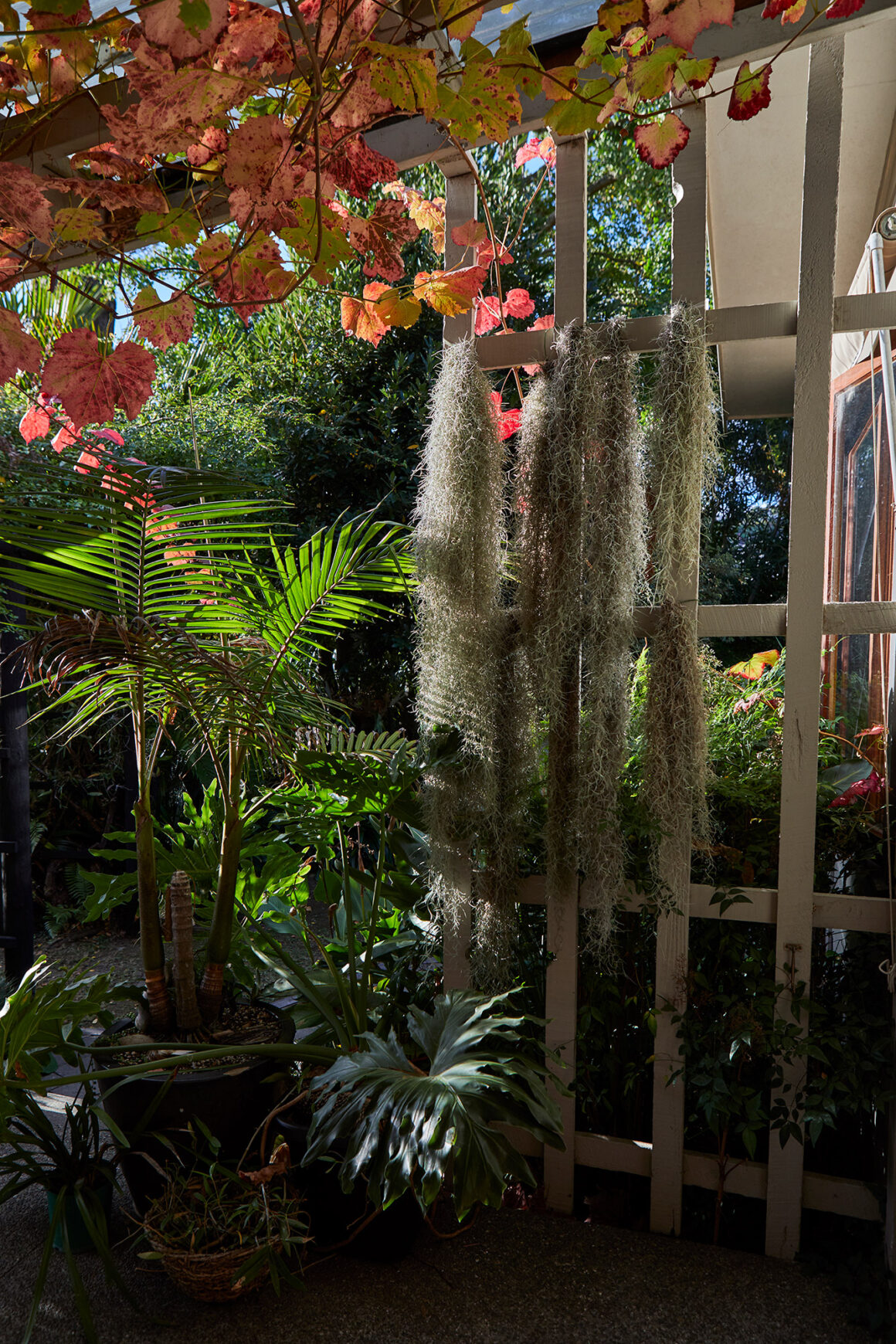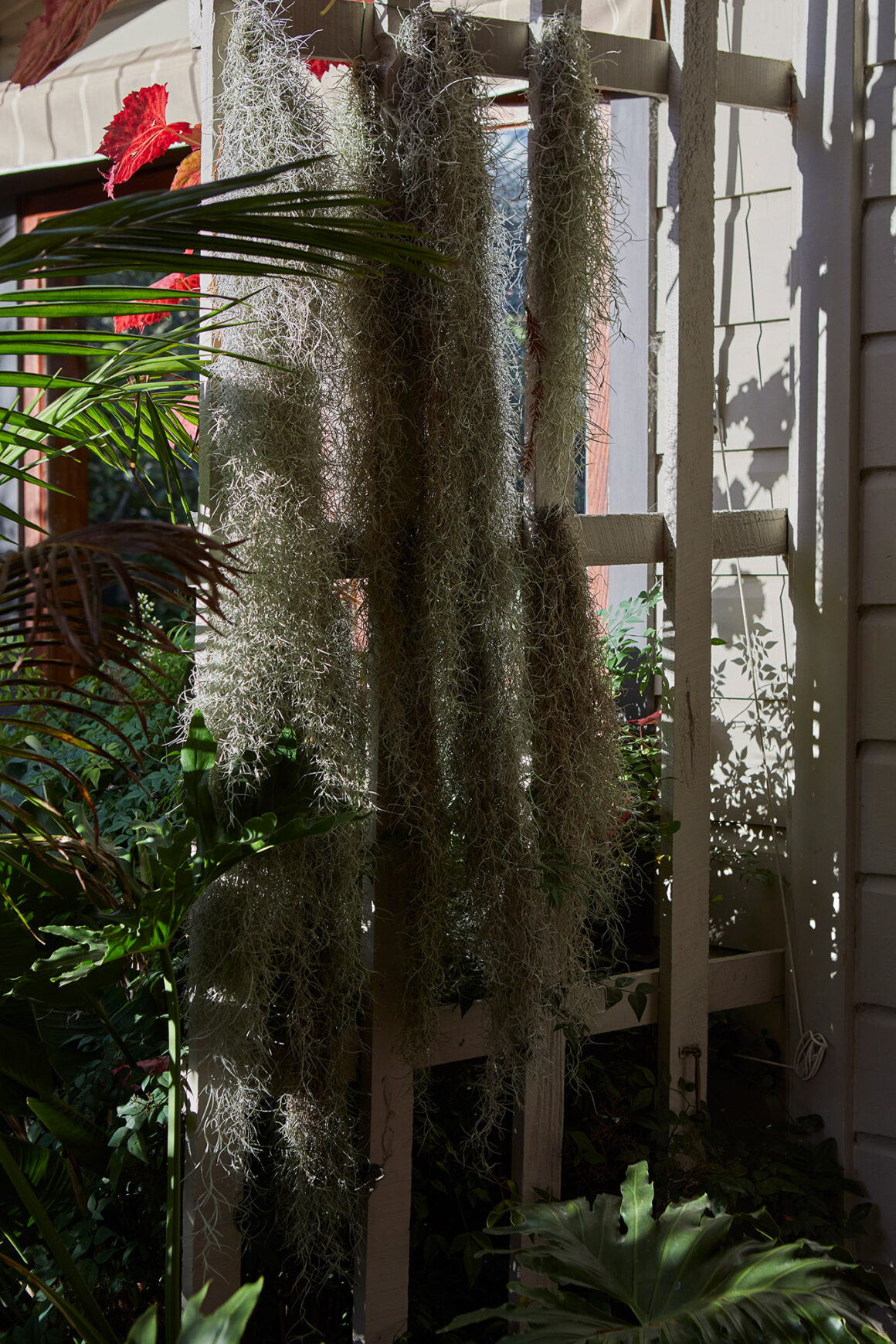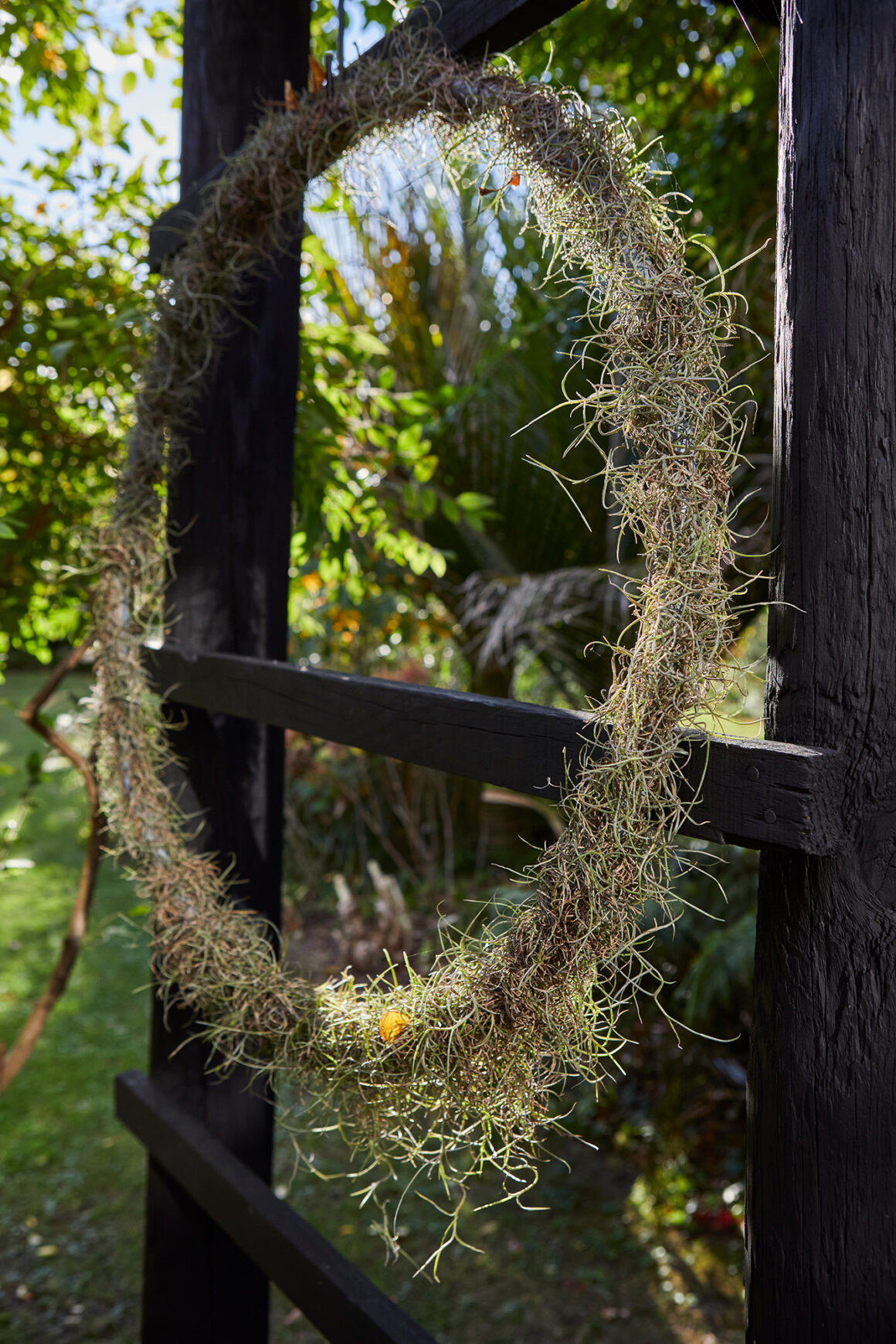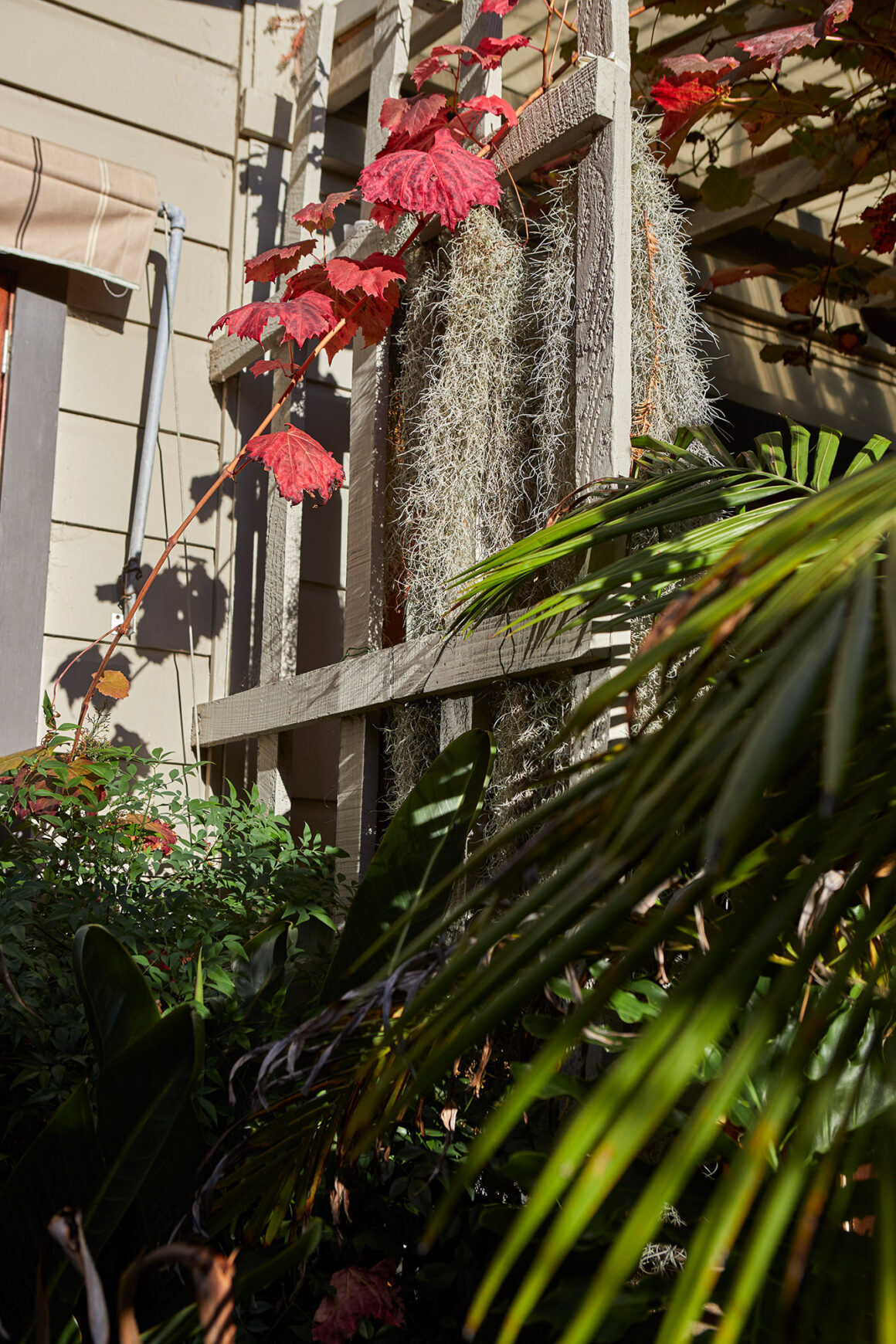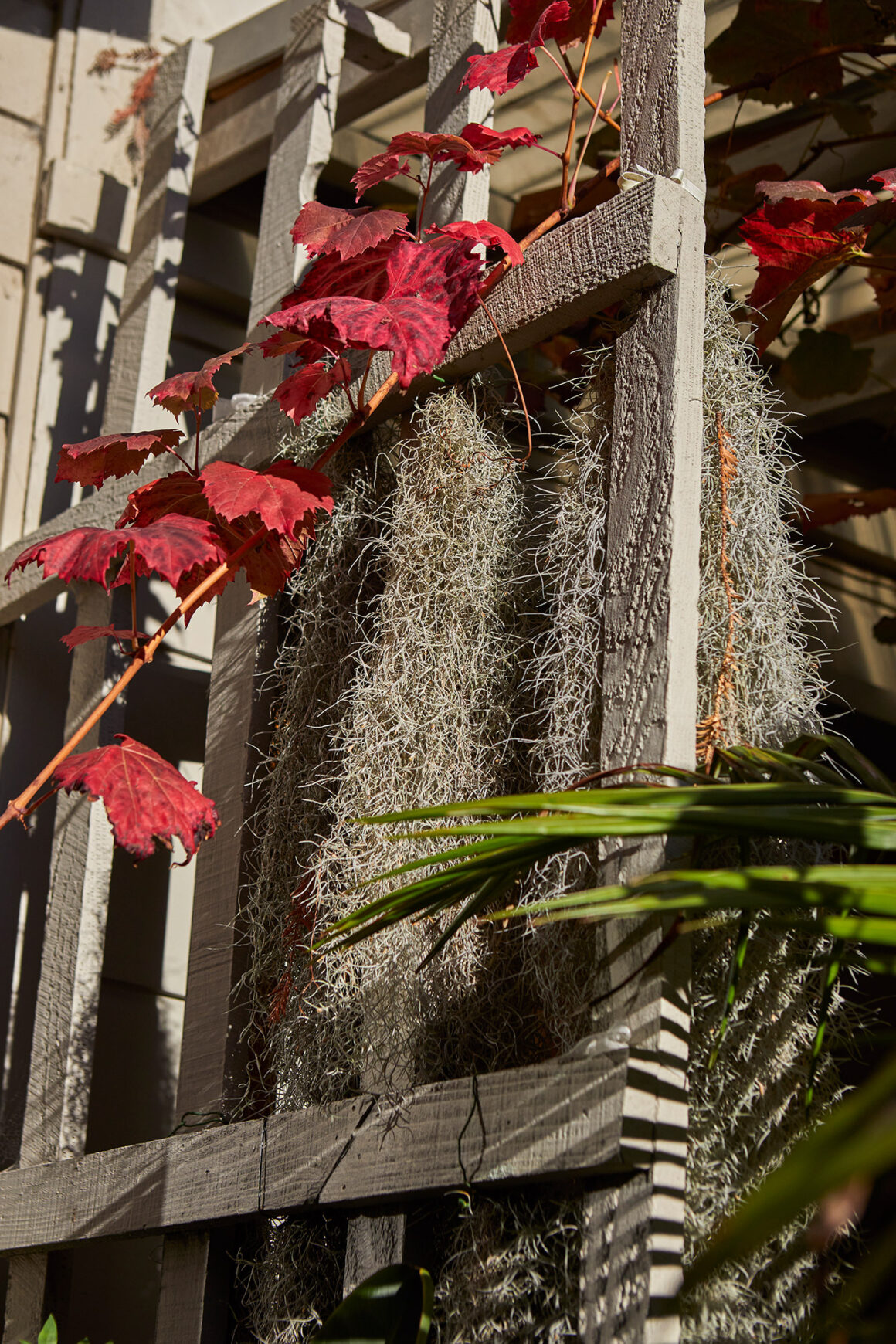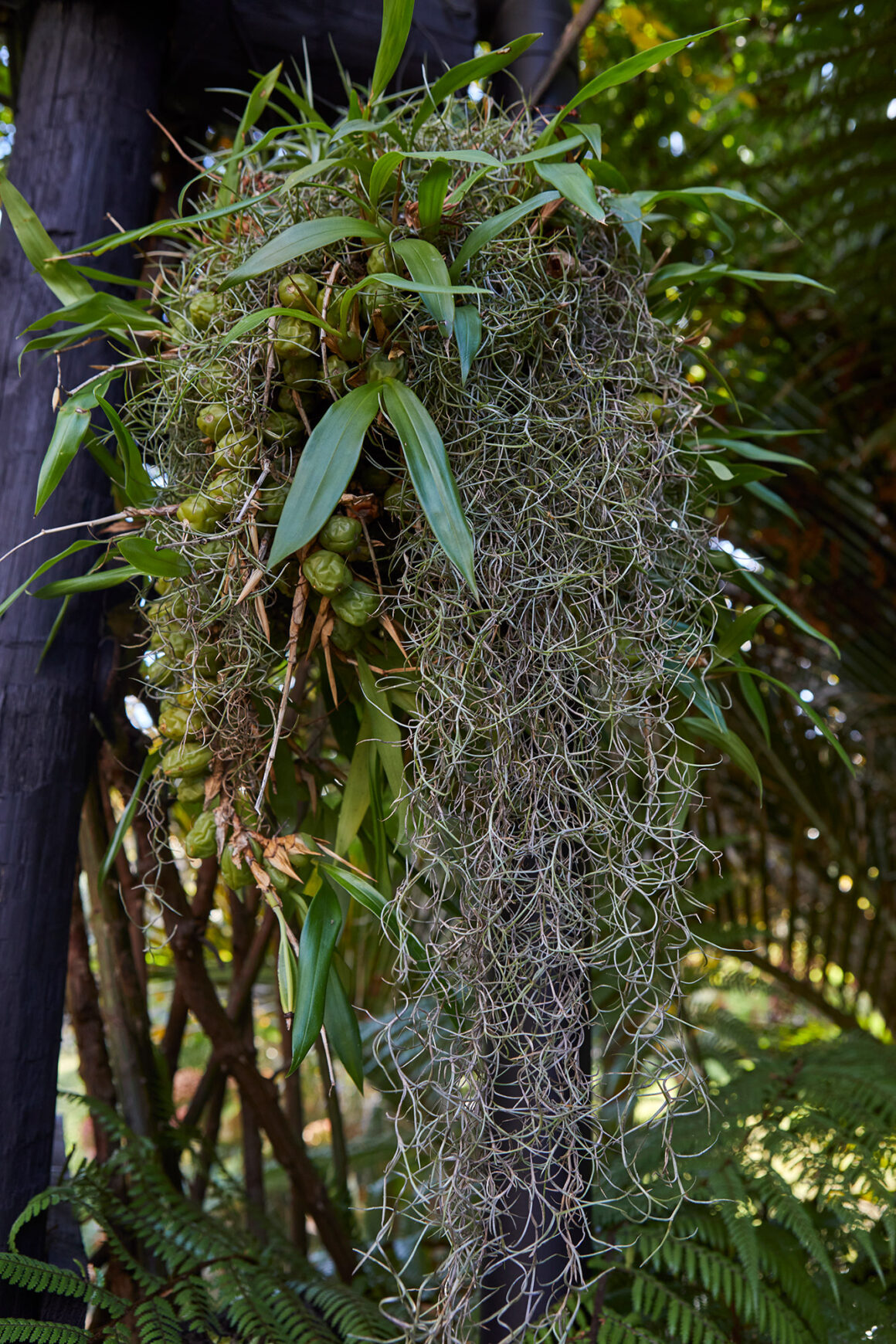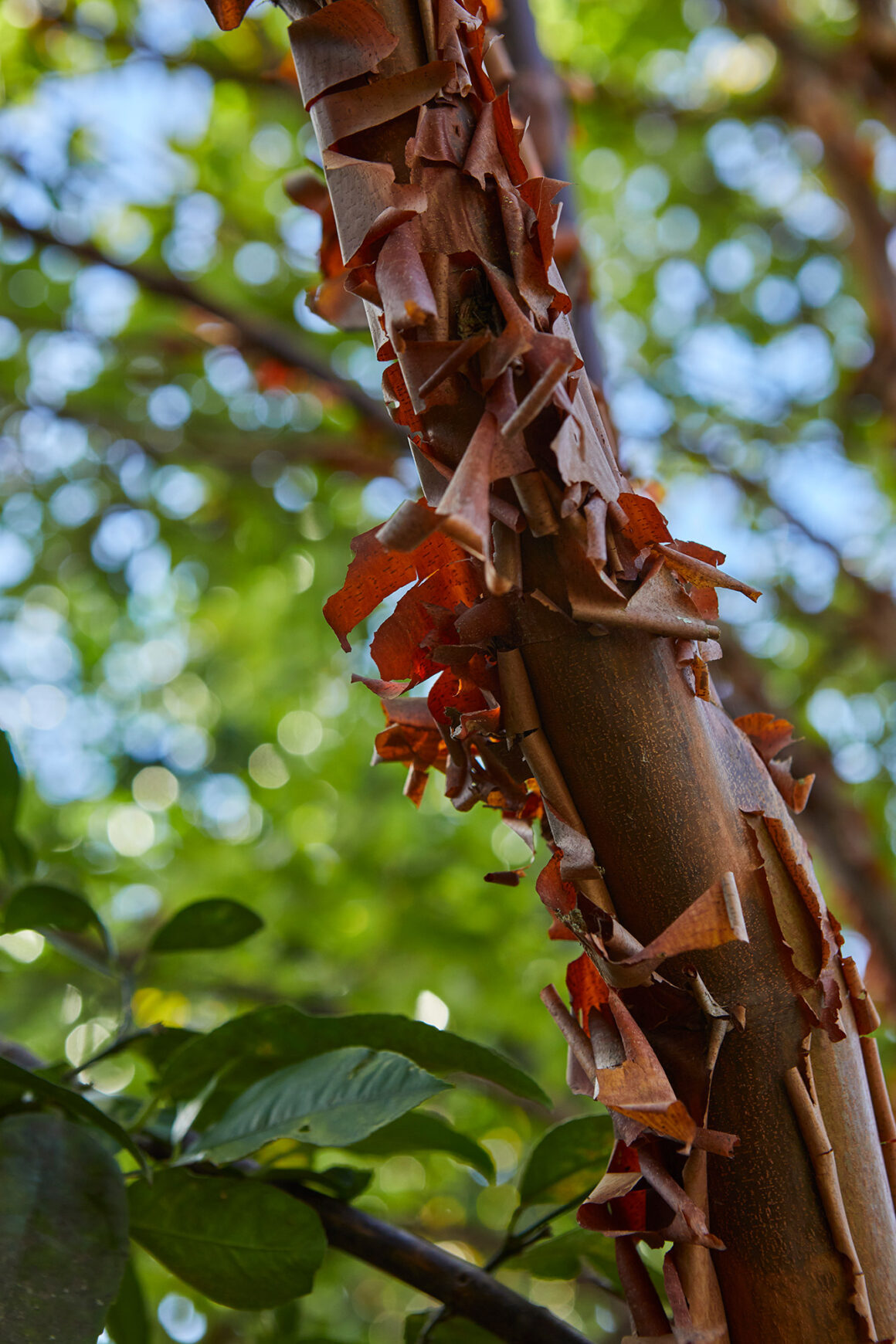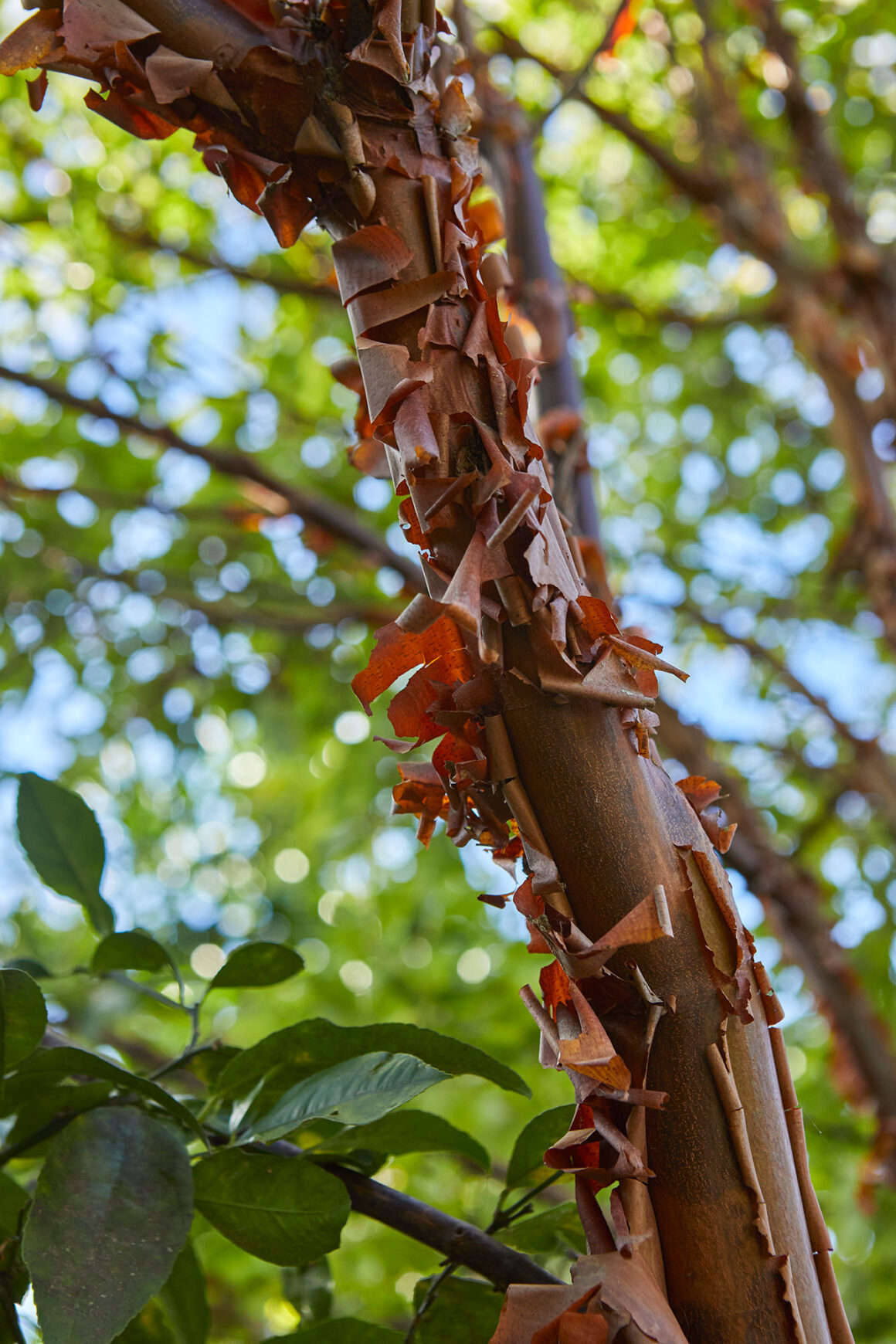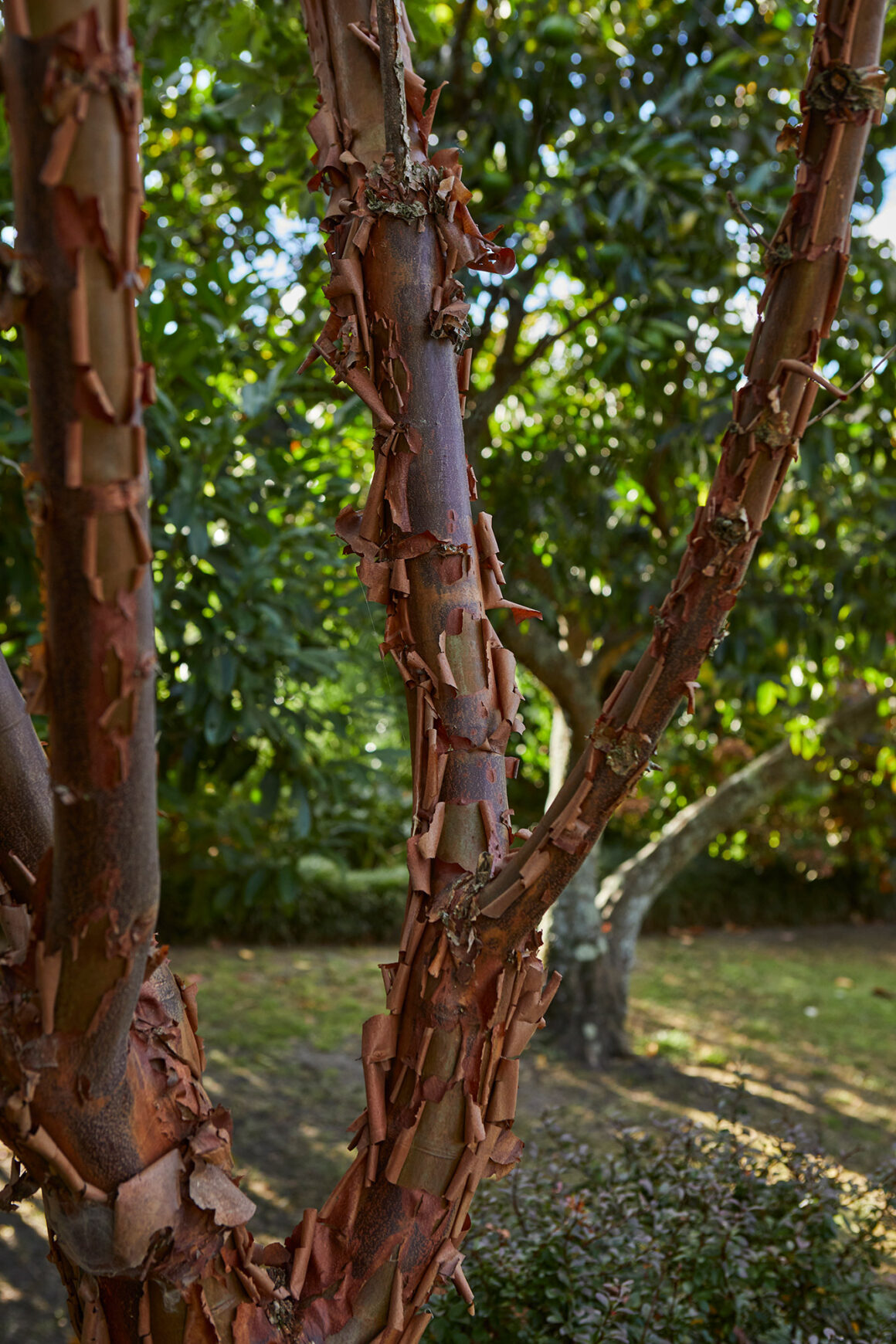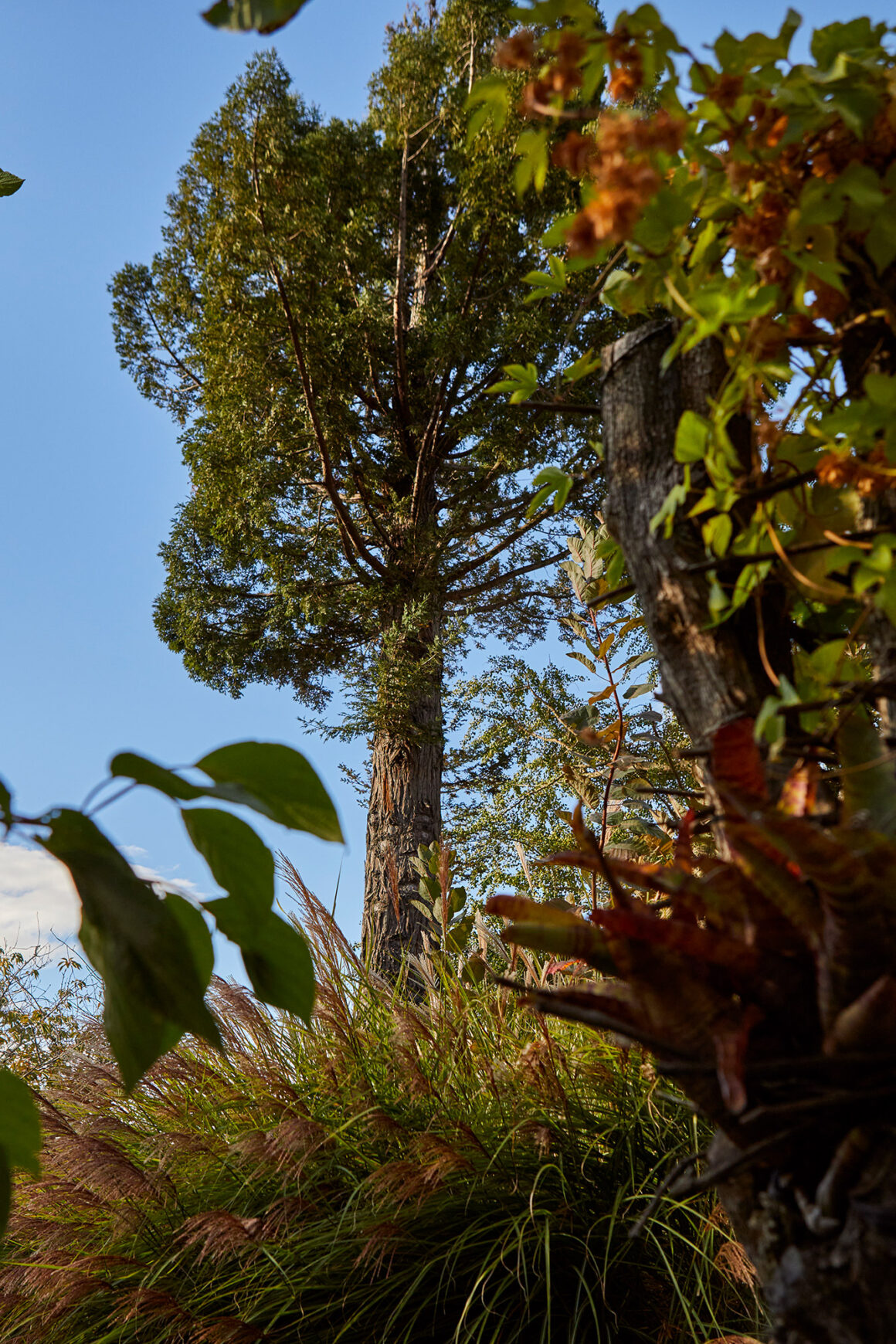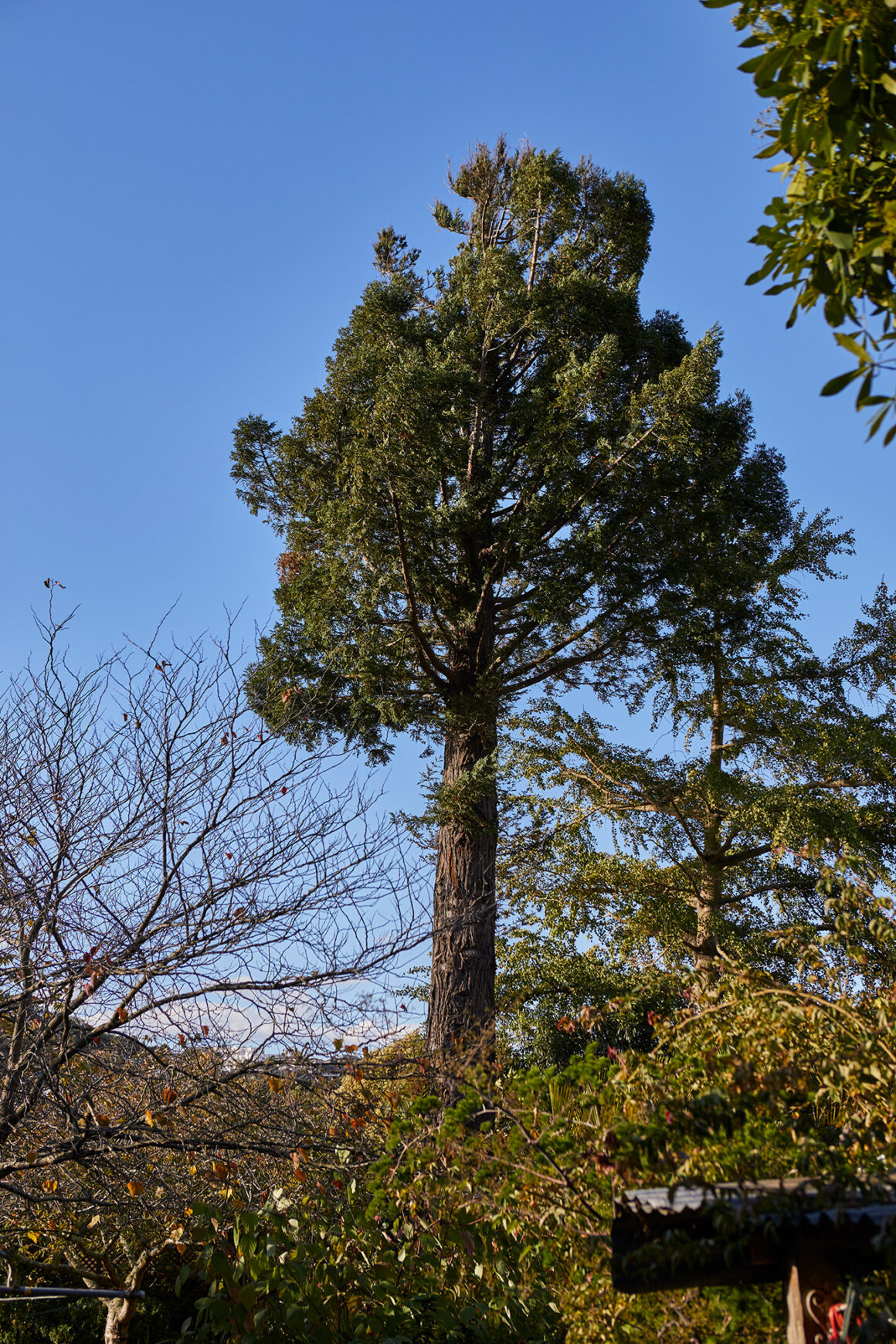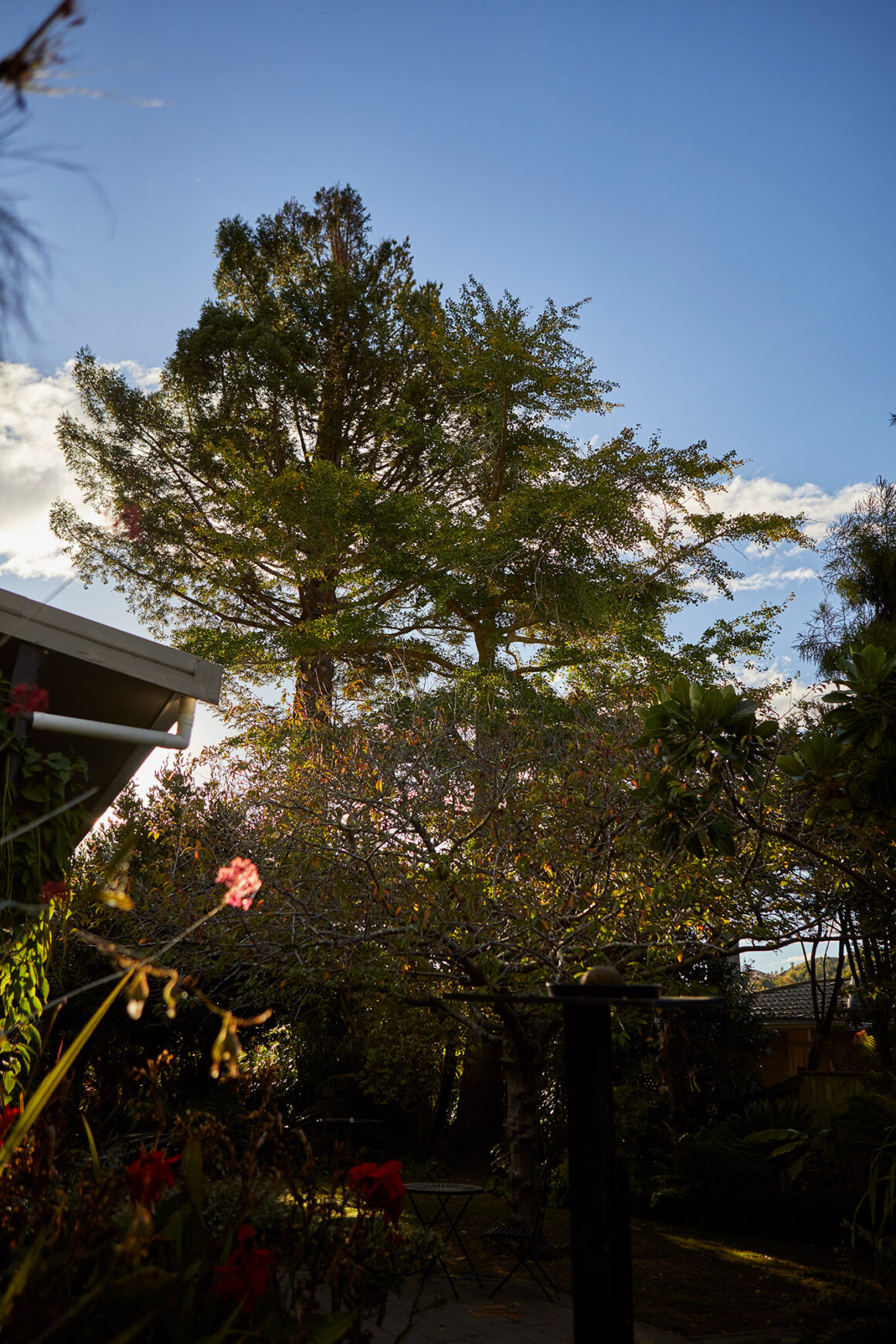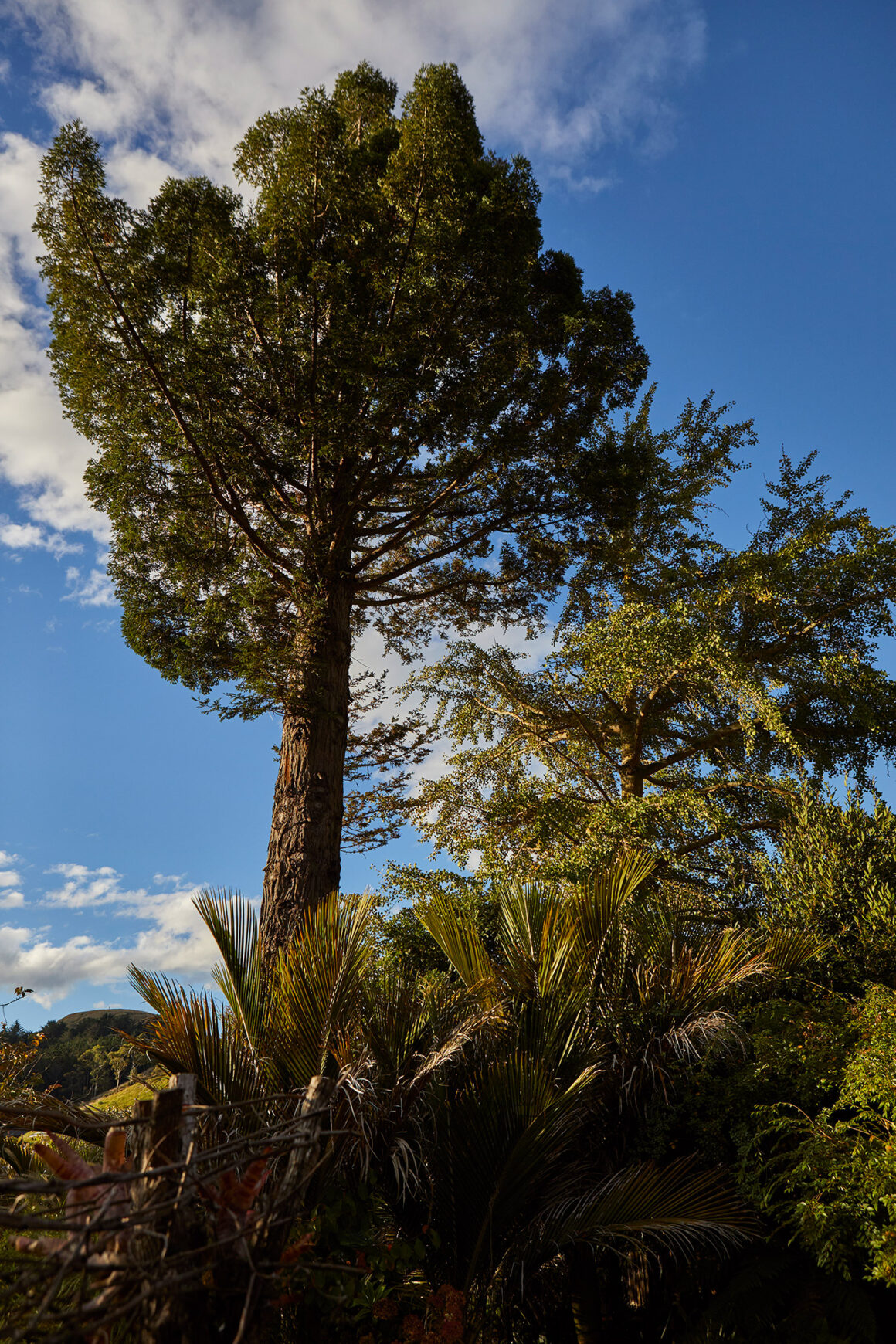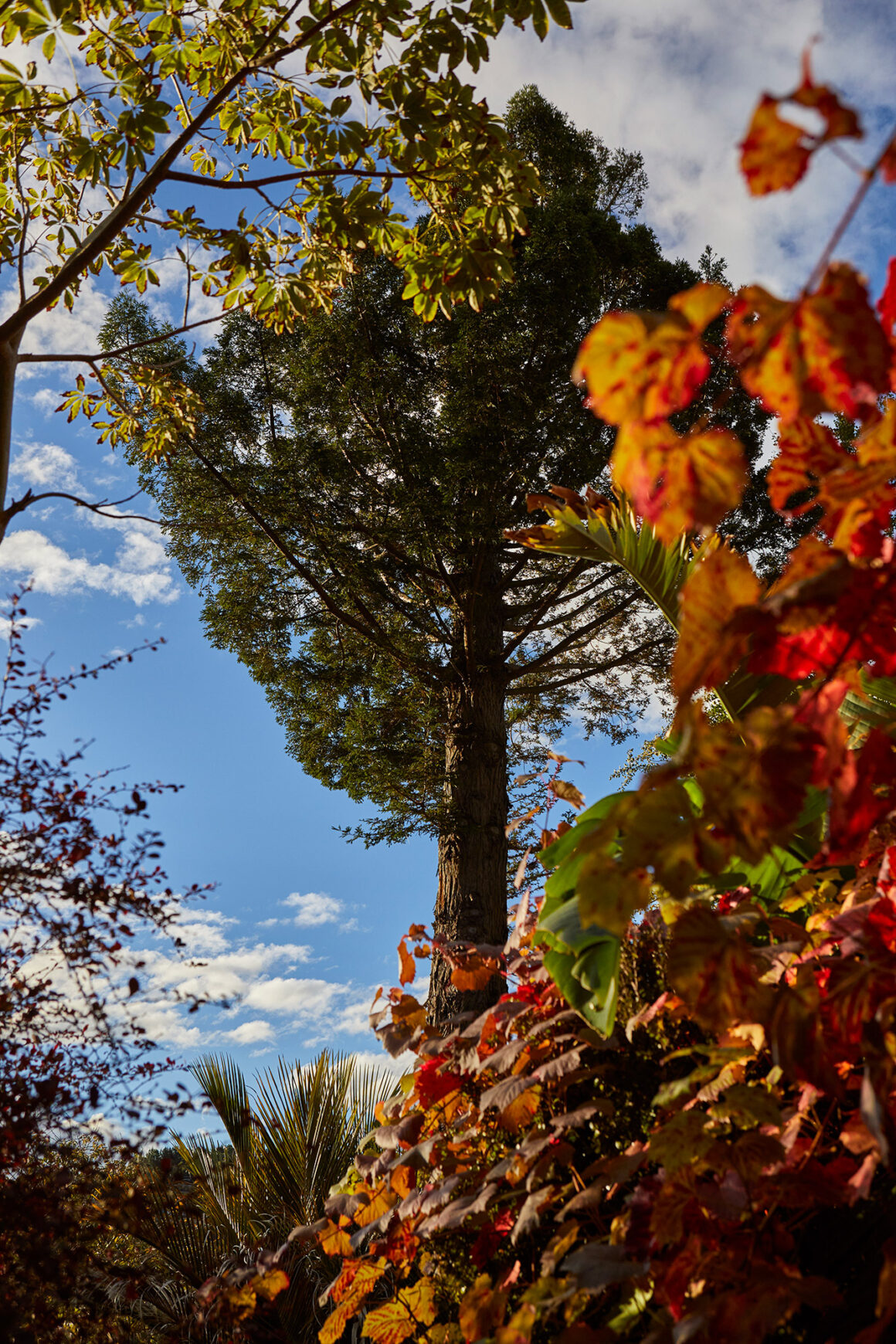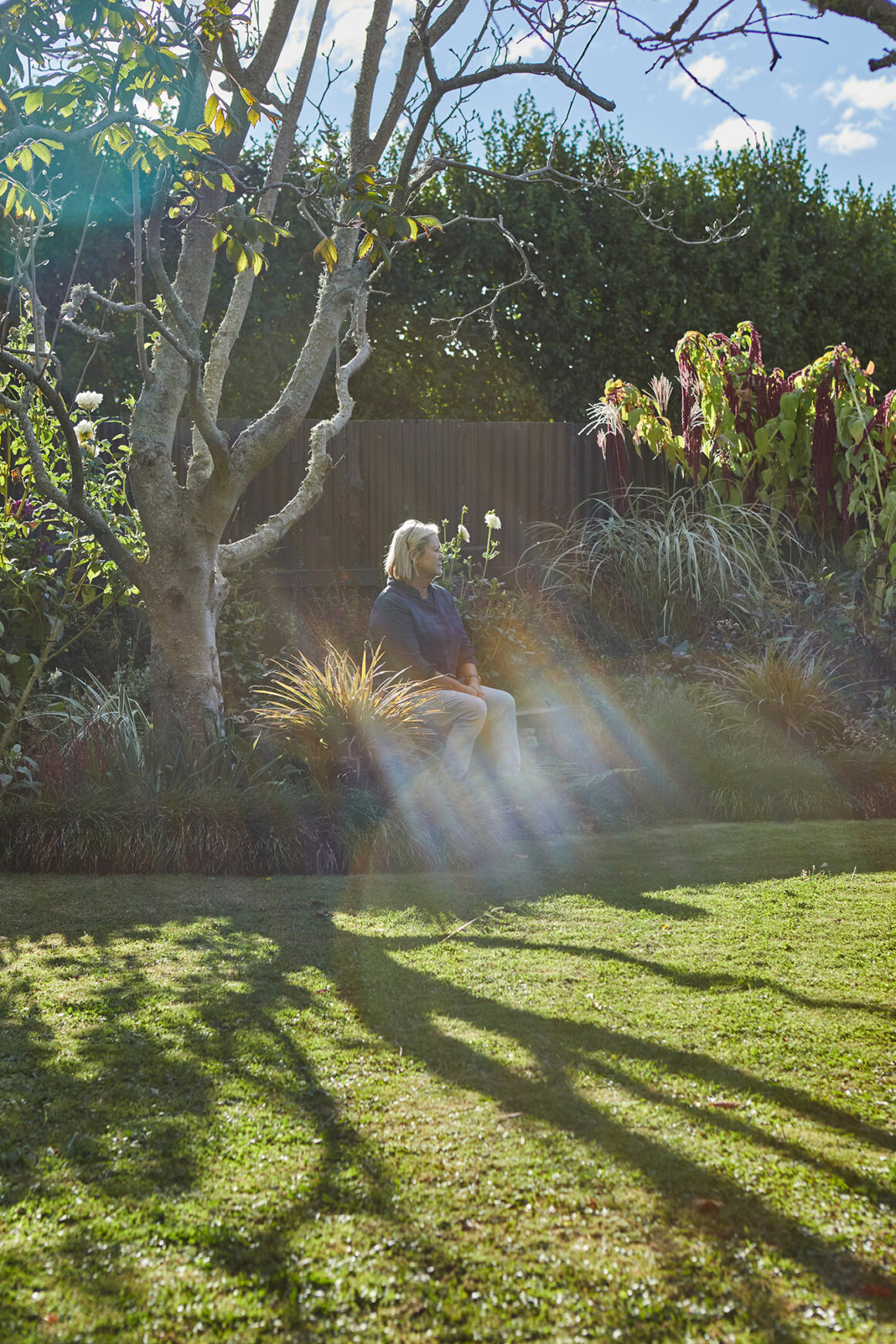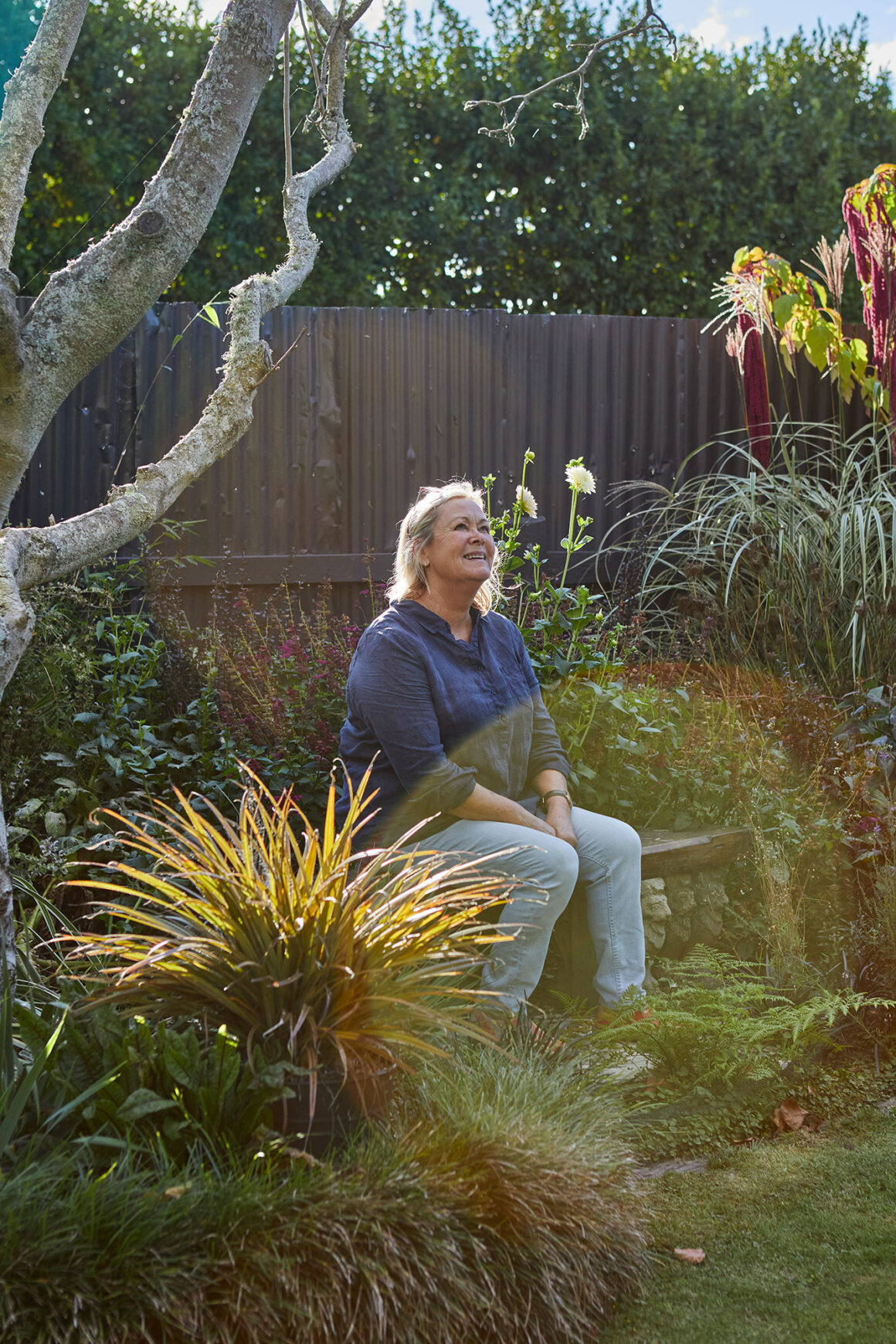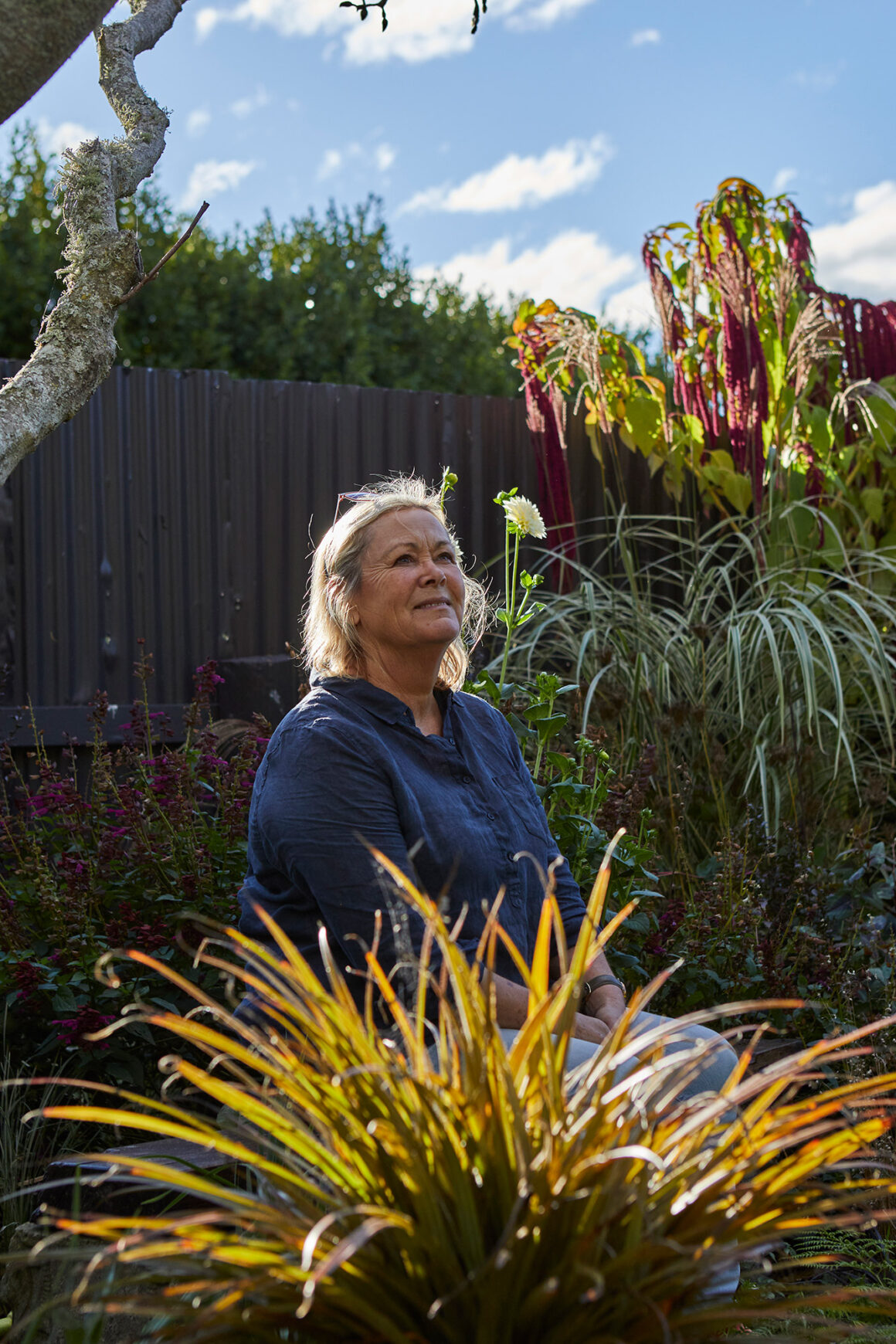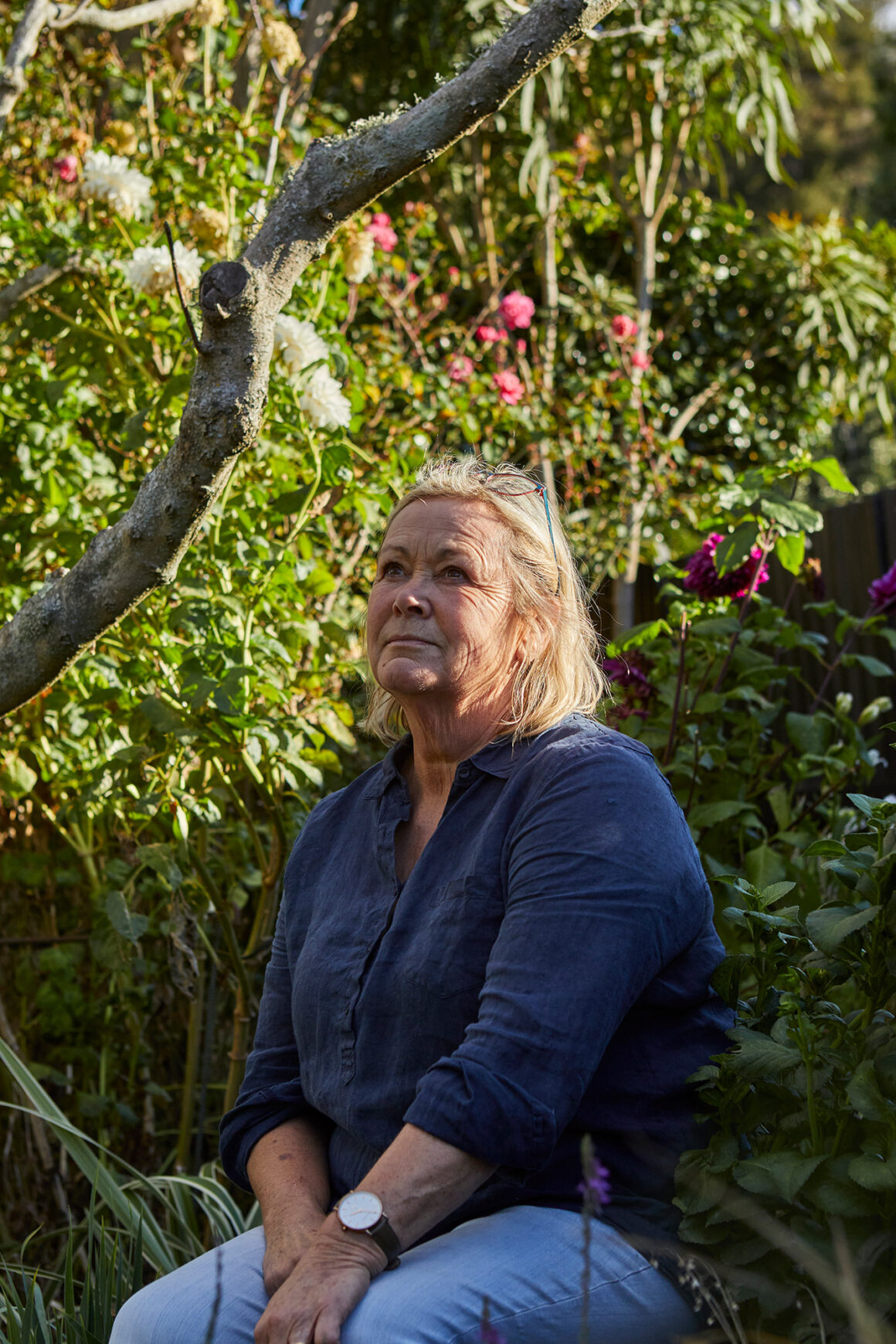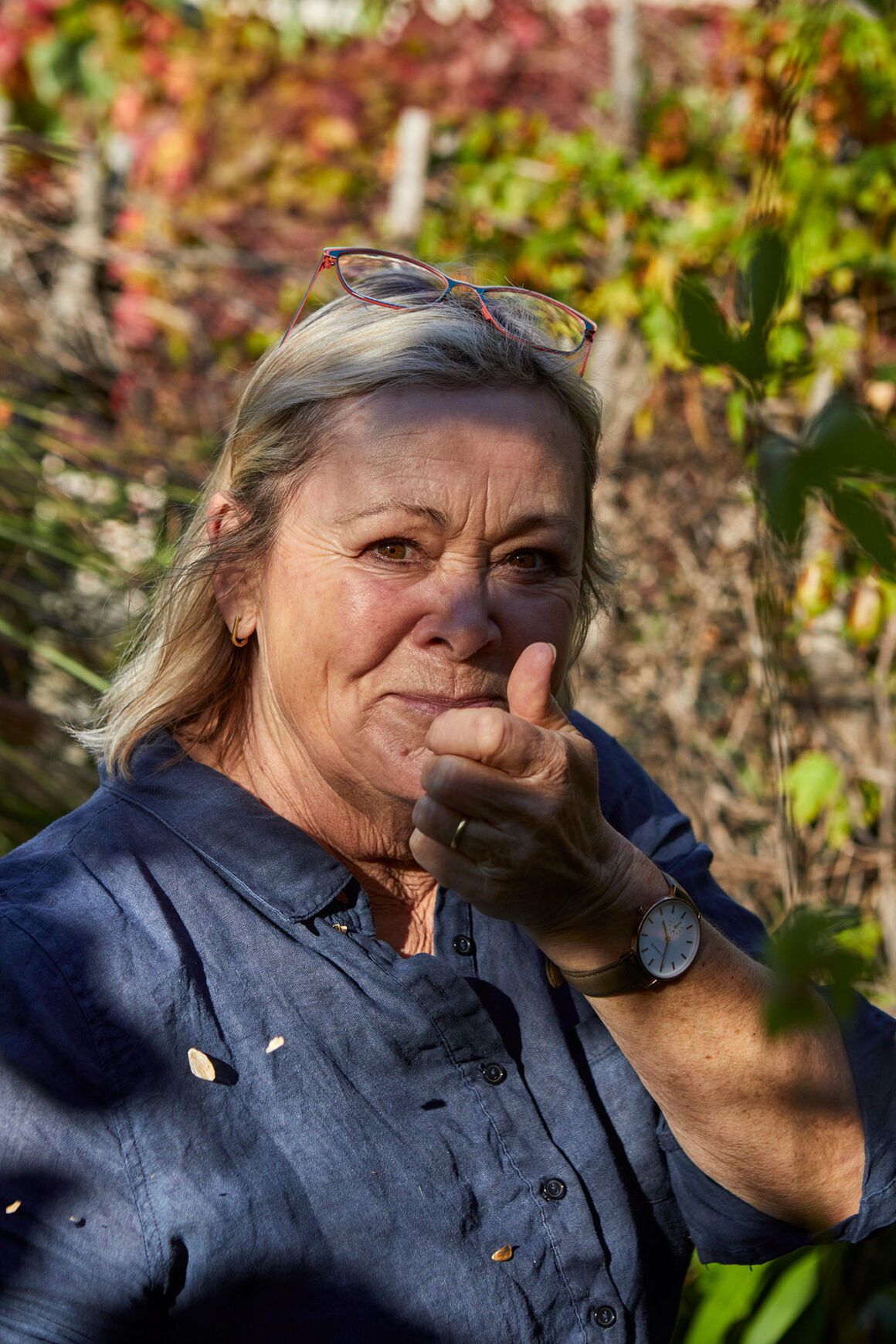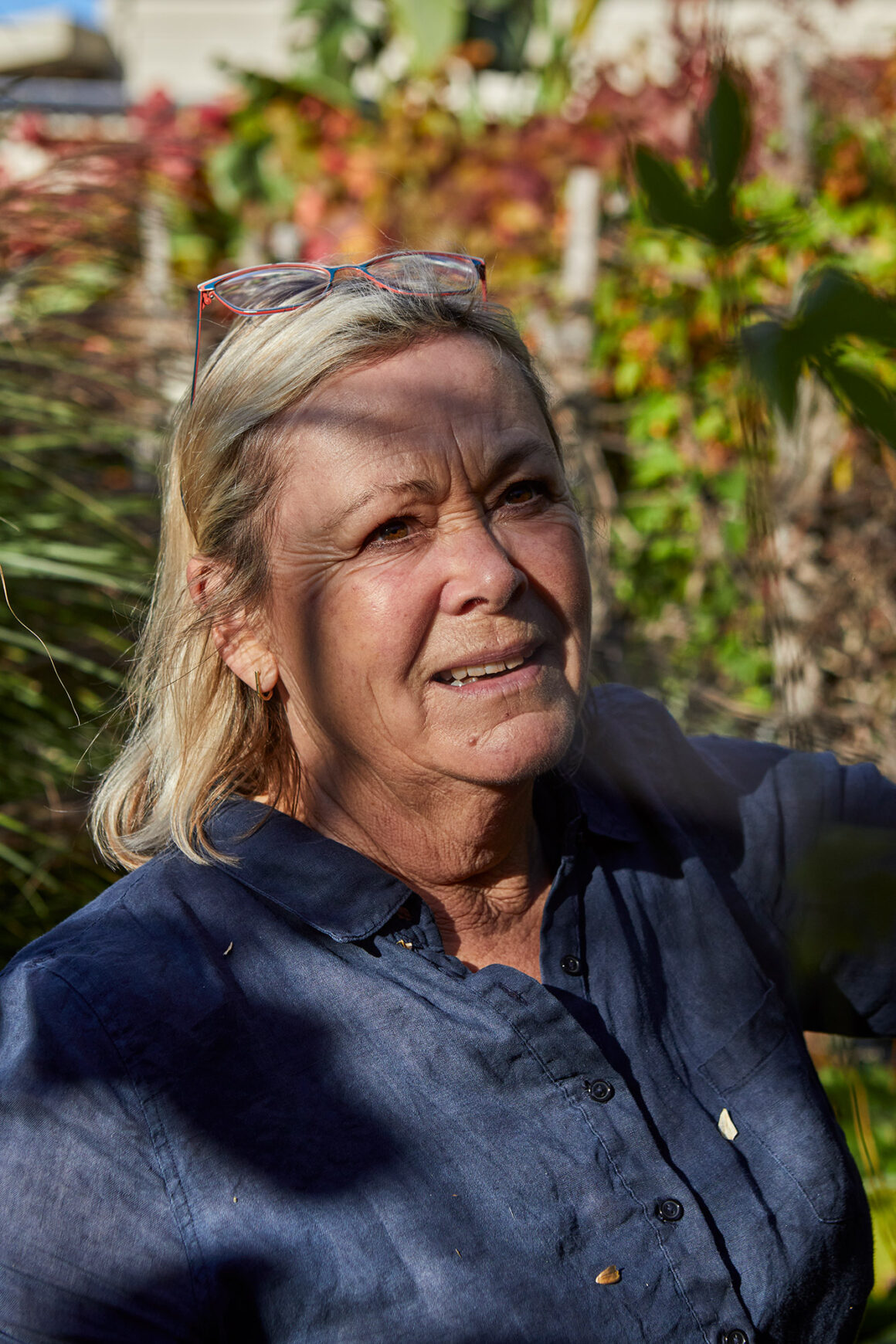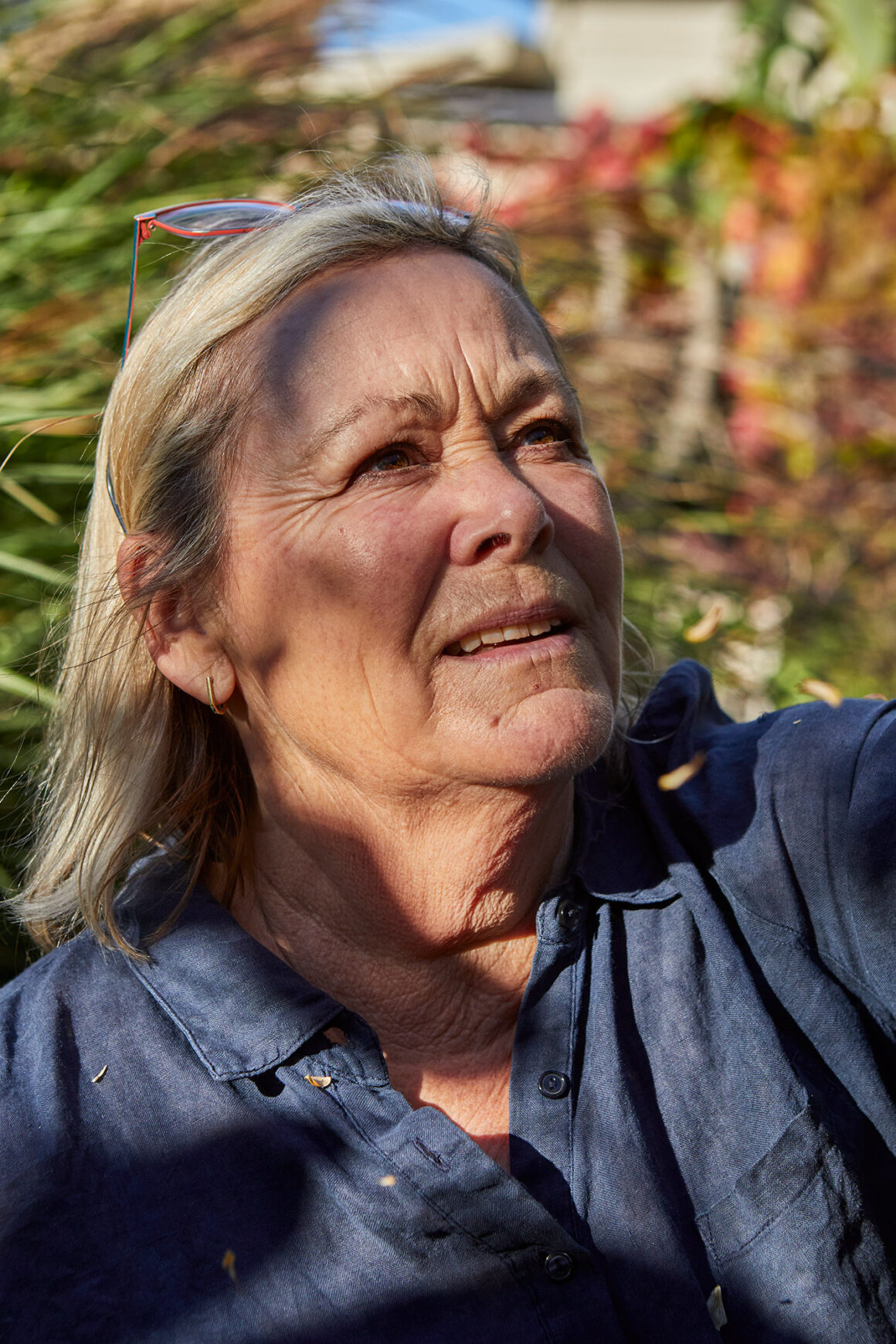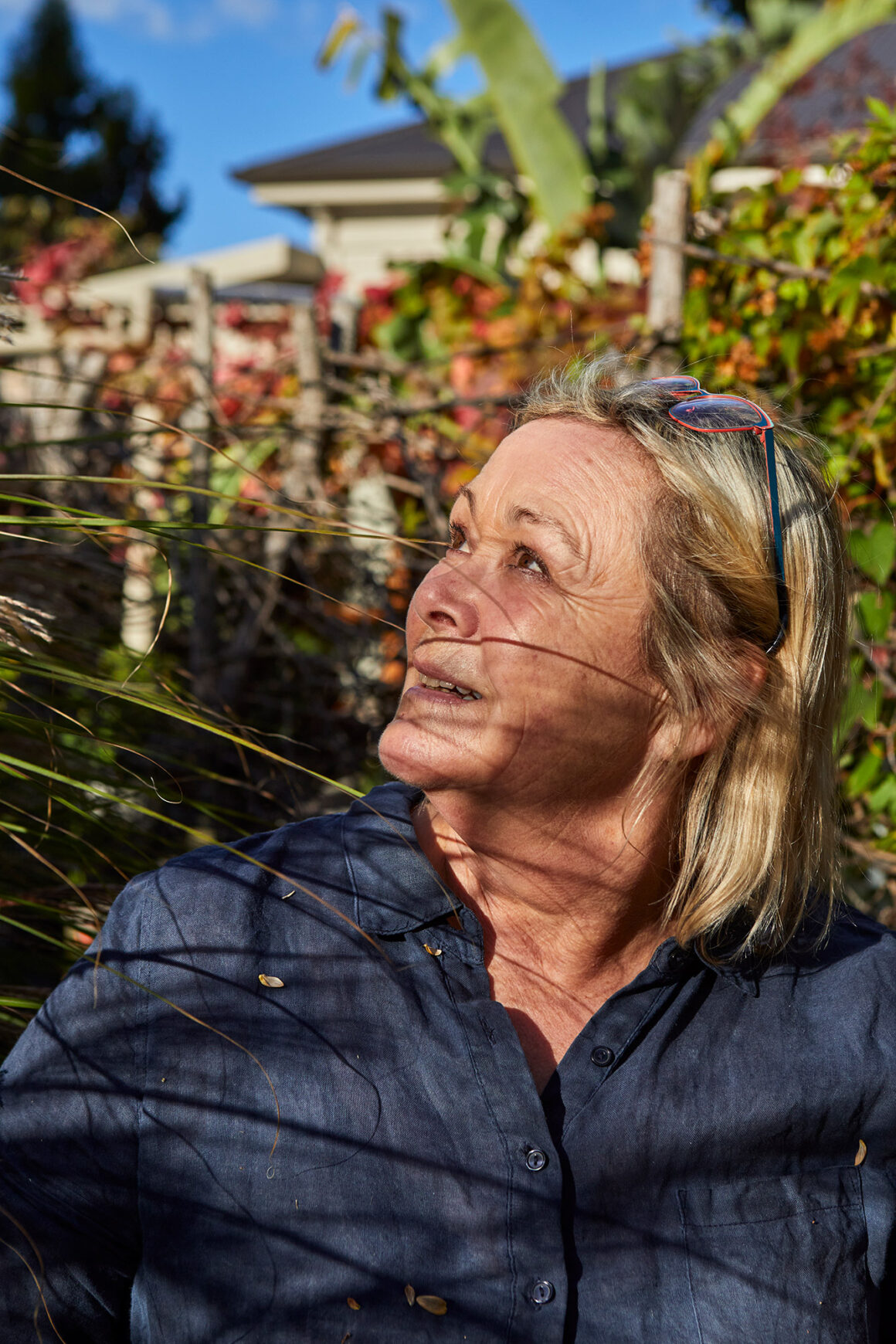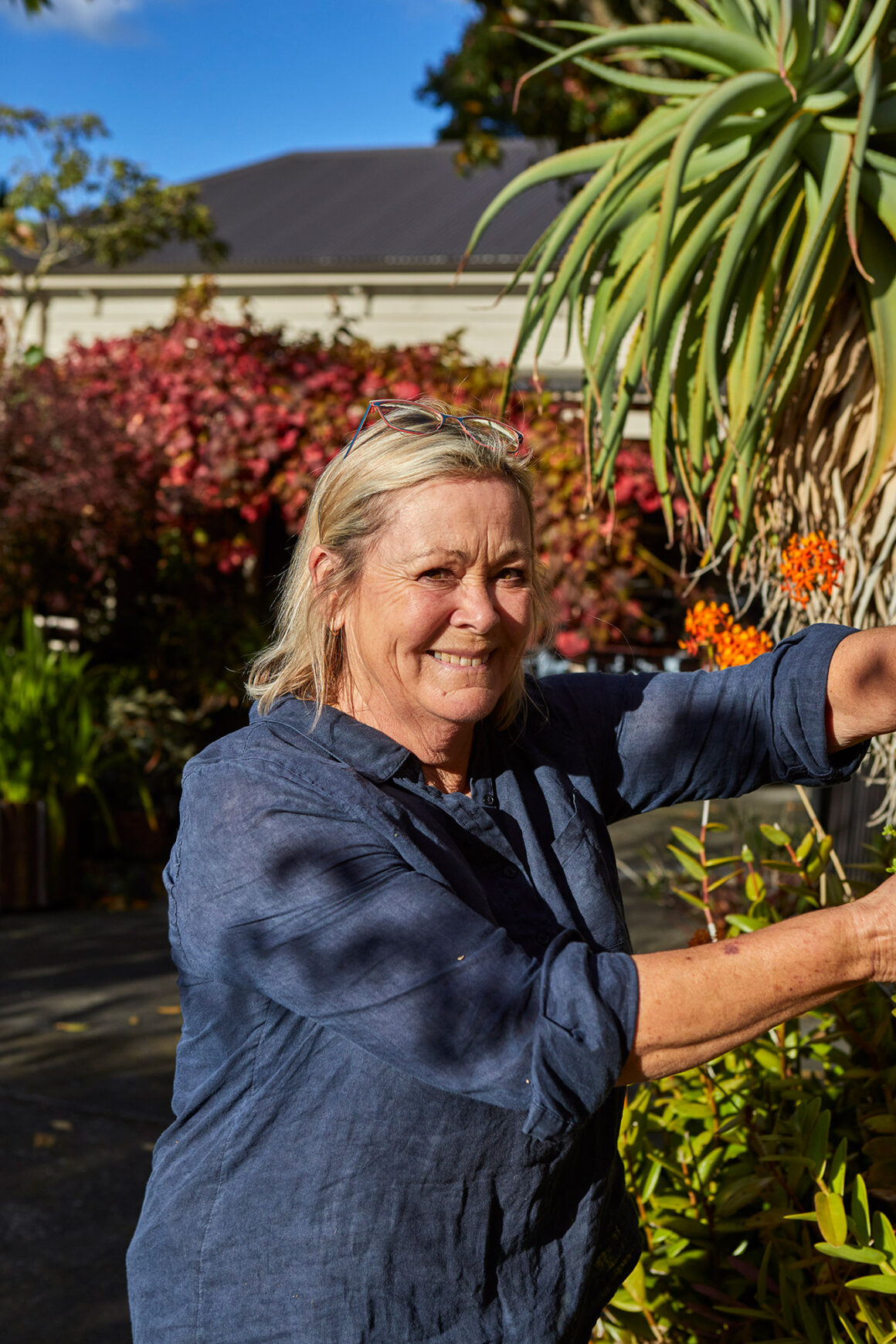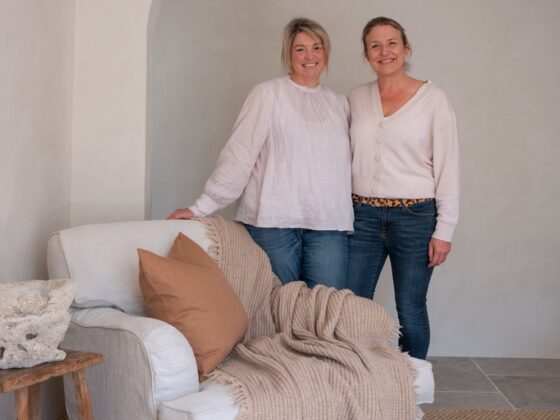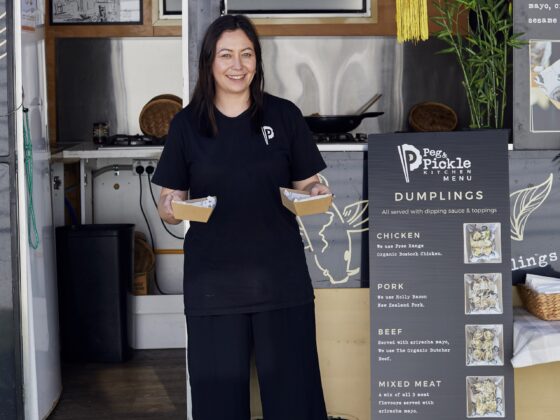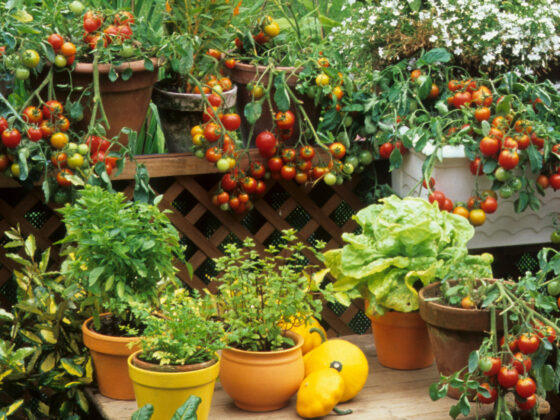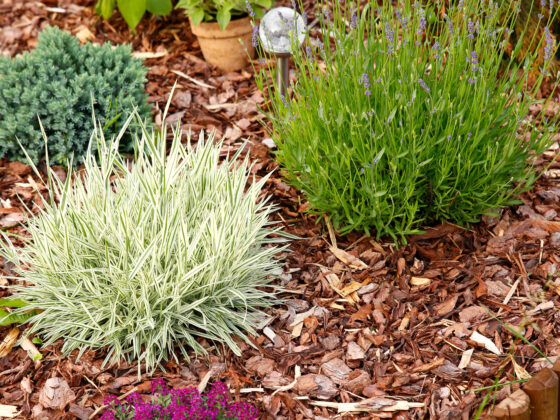Ever searching for the next intriguing garden, David came across another gem on the outskirts of Taradale. He took the opportunity to find out more and chatted with Sue Davies about the changing nature of her secret garden.
They say the average time a family lives in a property before moving on is less than seven years. Occasionally you find those who buck that trend. For Sue Davies, spending over 30 years living in the one property has created opportunity to continually build layers of gardening development. Sue has a wonderful philosophy about how and why gardens evolve: “Each time an event happens that affects the garden or the family, it creates an opportunity to make changes or replace with different plants.”
Sue says that as the family grew, the garden changed, and as wind, rain or cyclones have happened over the years, these have caused some of the established trees to simply die and so, they decide to change the garden again. As I look through gaps in the fencing leading to a reserve area, I learn of the recent prolonged high-water table that has caused a griselinia hedge, kawakawa, pseudopanax and putaputaweta to die off. These all helped define the boundaries of the garden from the reserve and played an important part in protecting the section from the westerly weather. The process of change is again in full swing. There is a real sense that this garden will constantly be in change mode, it’s that kind of garden.
Sue and Hamish live on the western edge of Taradale on a half-acre section. The original homestead is a 1910 farmhouse style with modern extensions, built to cope with an expanding family needing more space and Hamish’s consulting business needing its own space. Thirty-three years ago, their home was surrounded by farmland, and this gave them views up the valley, which is now the established Kent Terrace development.
Sue’s garden is anchored by two large trees, the most dominant is the California redwood (Sequoia sempervirens), the grandad of the garden, with approximately 50 years of oversight. Once when Sue’s kids were very small, they were attracted to the challenge of climbing the redwood. Fearing the worst, Sue would climb up after them to get them down. Consequently, the grandad of the garden received a delimbing of its lower branches. The second anchor is a gingko tree that almost equals the redwood in height and provides a gentle filtering shade for the lower plants. Several cherry blossom trees help define the difference in height, bringing the eye carefully down to the mass plantings at ground level. There is much to see here, and you learn quickly that you can’t navigate with haste through this garden. Sue’s passion for gardening is channelled into form and texture. She is fascinated with plants and loves creating an experience that brings out the texture for a tactile response, and contrasting forms, including colour and structure, running monocots with dicots and lush with the stringy. Everywhere you look it’s like an antagonistic pairing that is intriguing and makes you pay close attention to your surroundings.
The garden’s appearance is unstructured, but like most deliberately unstructured gardens, there is some structure required to make it work. Sue is not into annuals; she says they are too labour intensive and too short lived. “I feel I want a longer and better return on investment from my plants – more bang for my buck!” she says.
A striking aspect of vibrant colour comes from the large ornamental grapevine, carefully layered on the pergola leading to the lounge doors. It forms a fabulous connection between home and garden, and when the doors are flung wide open and the afternoon sun drives the autumn colours through the deck and outdoor table setting, it becomes clear this is the spot to be at the end of the day through the summer months and into autumn.
Sue has a creative eye for repurposing anything that might add value to the garden. When the house roof was replaced, offcuts from the sheets of iron were riveted to plastic barrels for planters. A tall steel cylinder, once used from a factory, creates a perfect pedestal planter. Jetty planks repurposed from a bach in Rotorua now line the entranceway to the hot and dry corner where carefully selected plants and succulents sunbathe.
The garden covers such a wide range of plants, spanning every season’s preference. Different species of bromeliads and cordylines give a sub-tropical feel to the garden and a richness of colour and lush growth in contrast to the aloe species. Grasses of various sizes keep the garden flow, however the large Miscanthus sinensis (maiden grass) really is a showstopper for its demanding bulk appearance and changing colour in autumn.
The silk floss tree (Ceiba speciosa, formerly Chorisia speciosa) is a party all to itself. The bark has very sharp, warty cone spines, which are also on the branches, and the leaves are palmate. Flowers, funnel-shaped, pink and creamy white in the centre, manufacture pods of kapok.
Several varieties of acers provide the perfect environment for the intensive undergrowth plants, with one in particular, Acer griseum (paperbark maple), providing a spectacular bark display, each wisp of bark creating a light show of its own.
The orchard section is a marmalade maker’s dream with lemons, mandarins, grapefruit and limes leading the food producer section. Feijoas and the odd vegetable complete the diet. Sue likes to make her own compost, experimenting with different methods, and has repurposed an old dog cage to become a compost bin, ideal for grass clippings and autumnal leaves.
Tillandsias (air plants) add another dimension of curiosity, with the lengthy silvery coloured strands of Spanish moss cascading like long grey hair. Also fascinating for effect is the hops trellis: the seeds create a very interesting smell, kind of nature sweet with a hint of chemical, while the plants make for a great divisional barrier within the garden. Many little walkways take you on small adventures as you wander through. It’s like they take you backstage where you experience an alternative perspective of each part of the garden. Sue says the birdlife here is amazing; bellbirds, tūī, wax eyes, kererū and even a grey heron are regular visitors. I’m sure they find the garden as equally intriguing as we do.
Sue shows how a garden can be part of the family and part of the home, removing any separation of departments, by having plants lead you to and from every doorway, changing the garden as the family grow and move on, and being adaptable when nature presents the need for fresh ideas. Sue’s garden is a never-ending adventure.
To visit Sue’s garden book online through secretgardens.co.nz – texture garden



